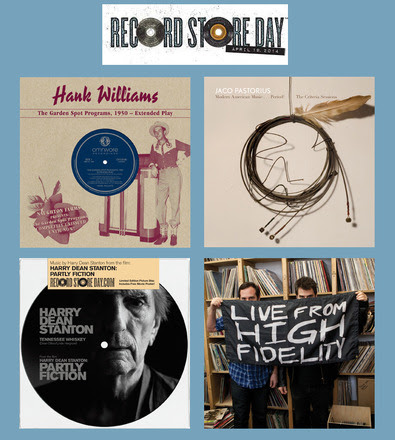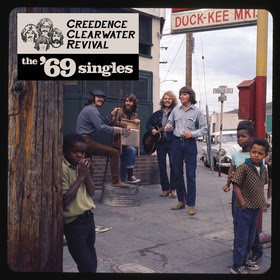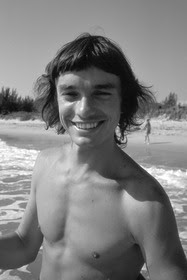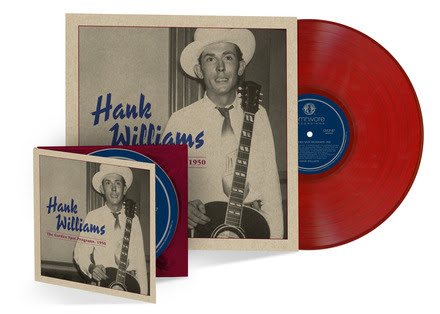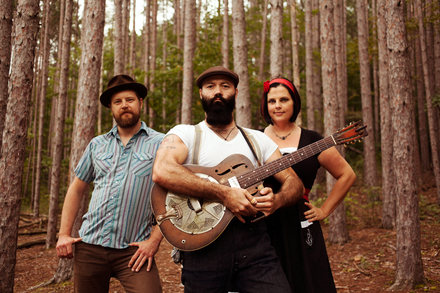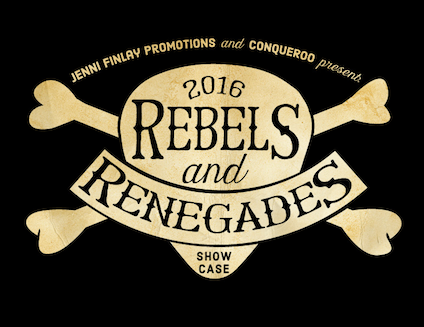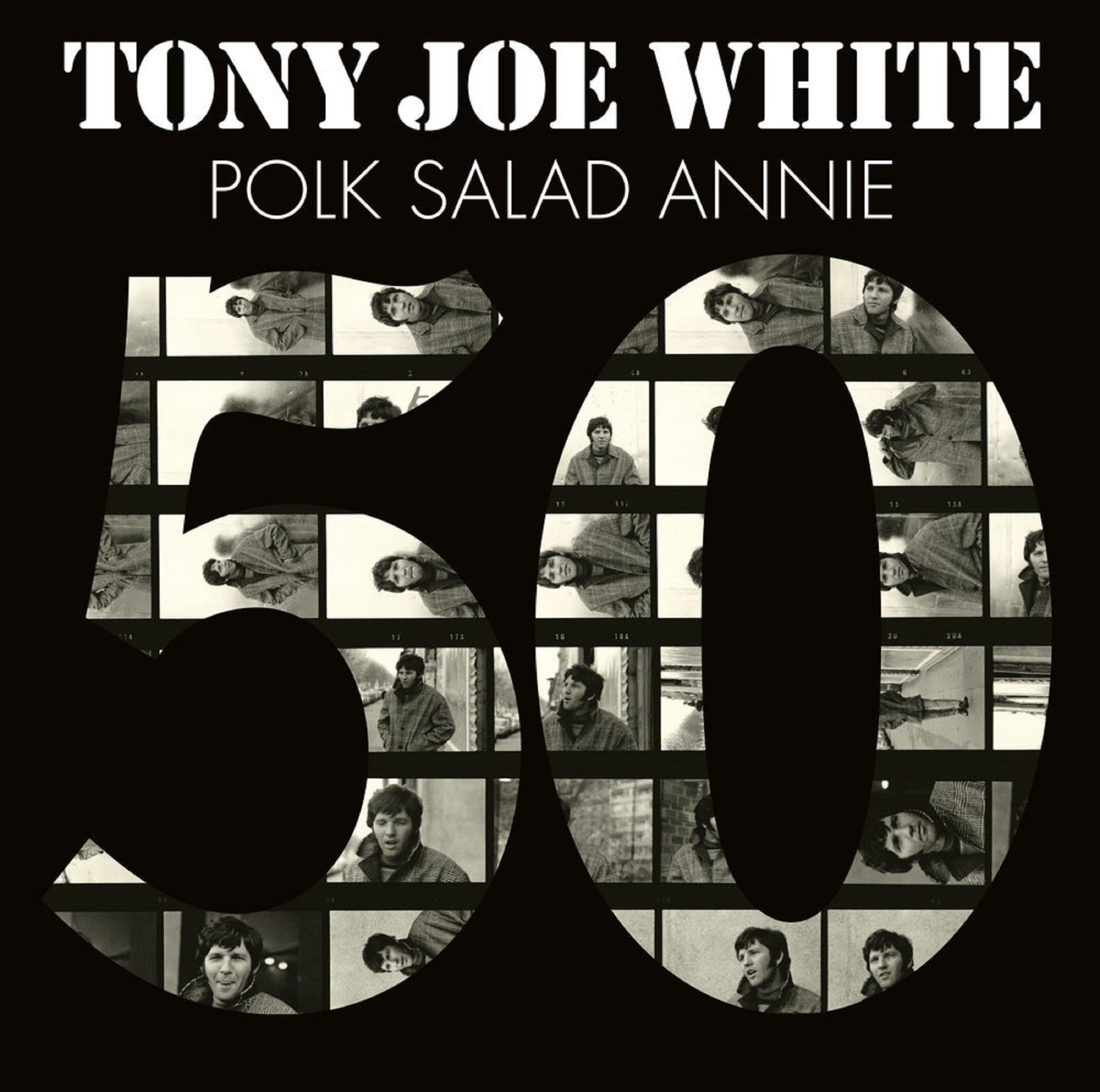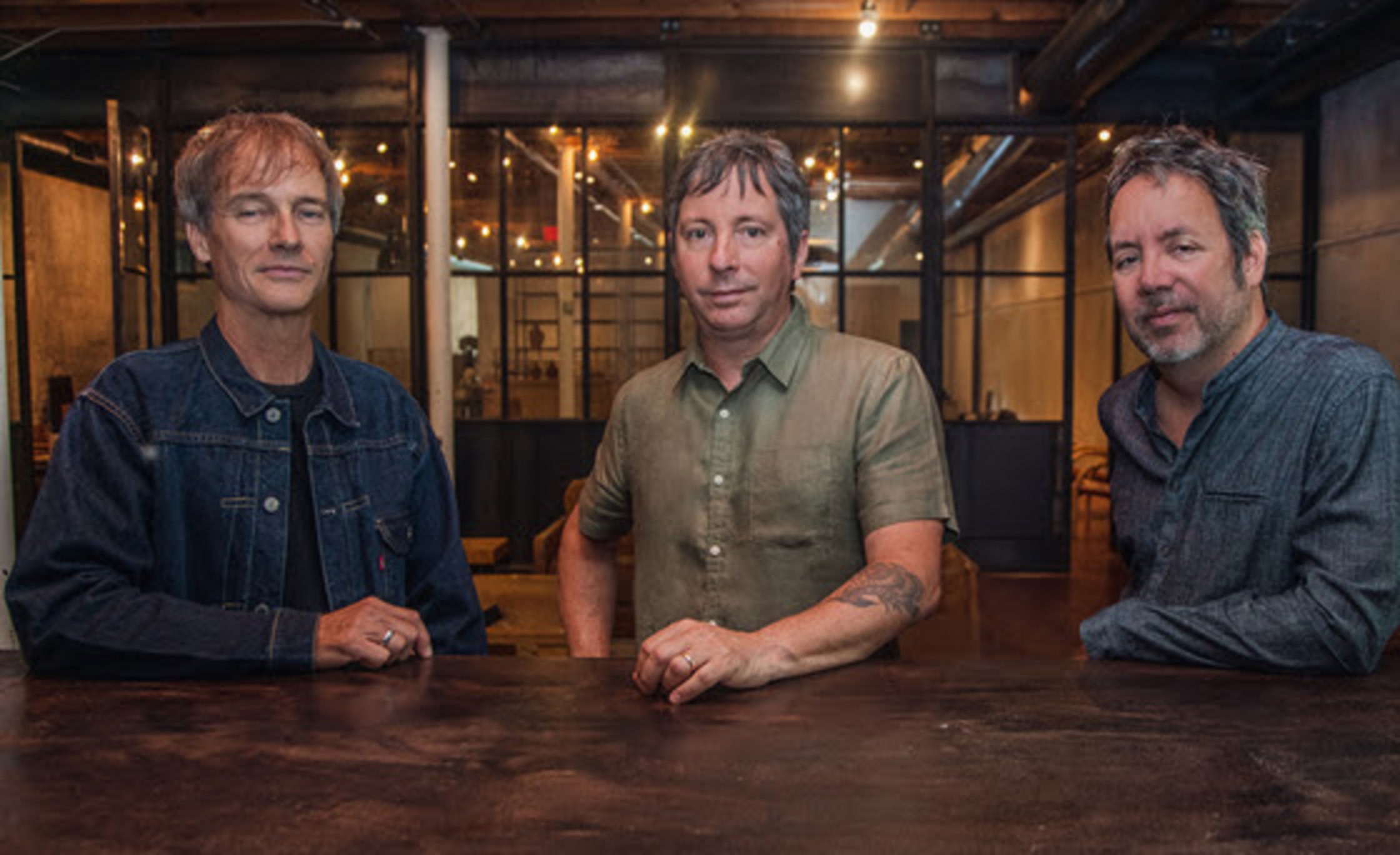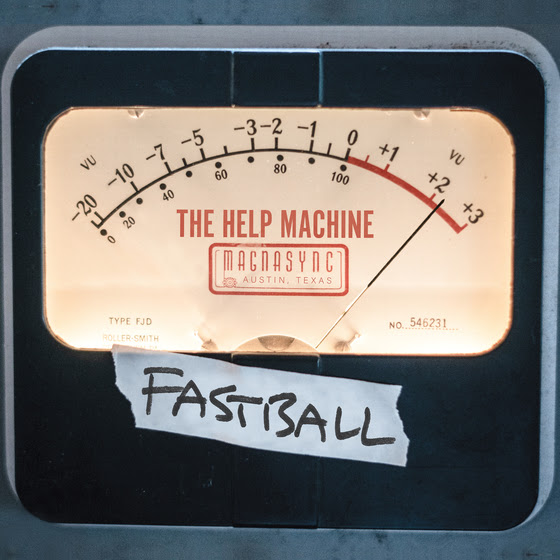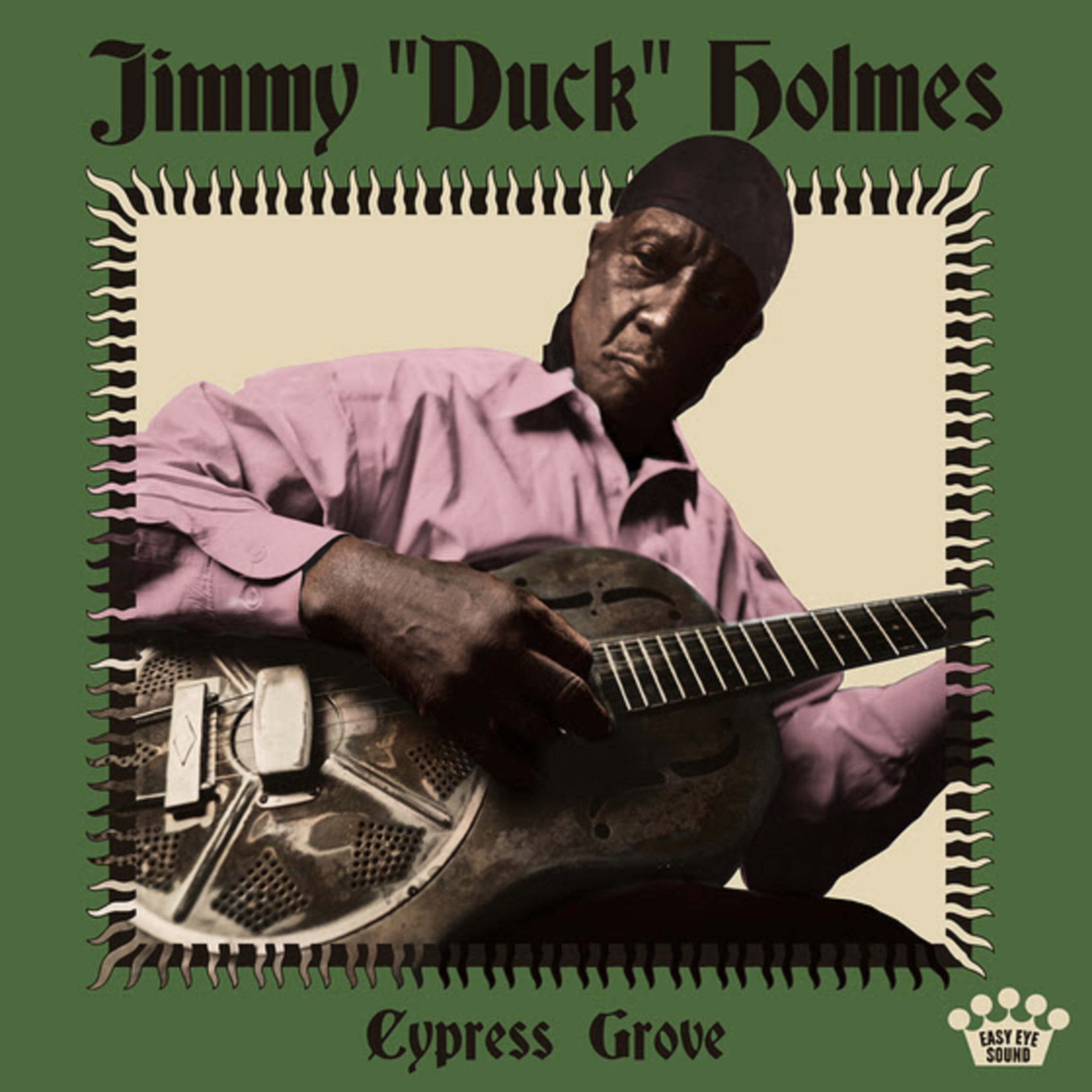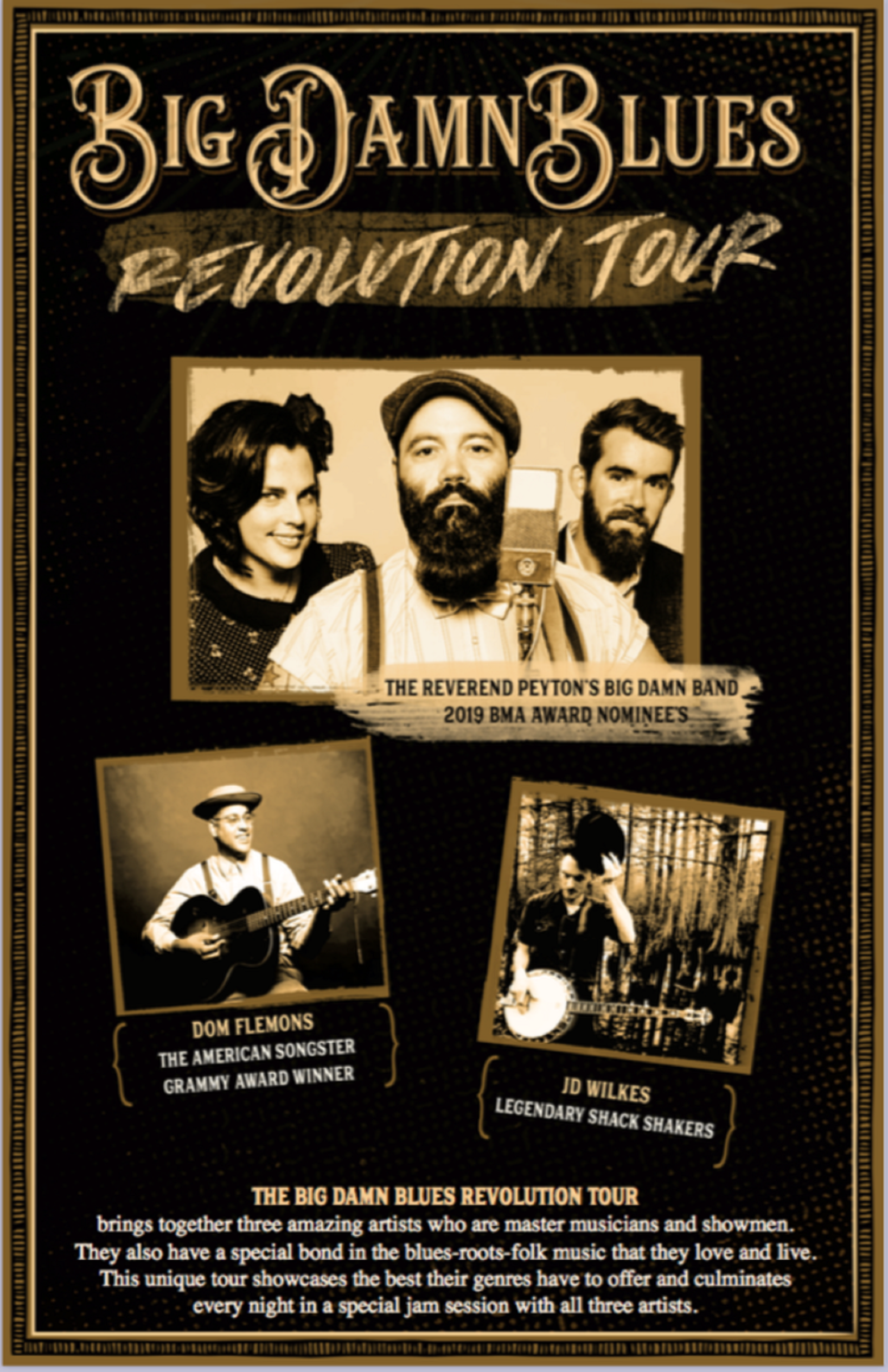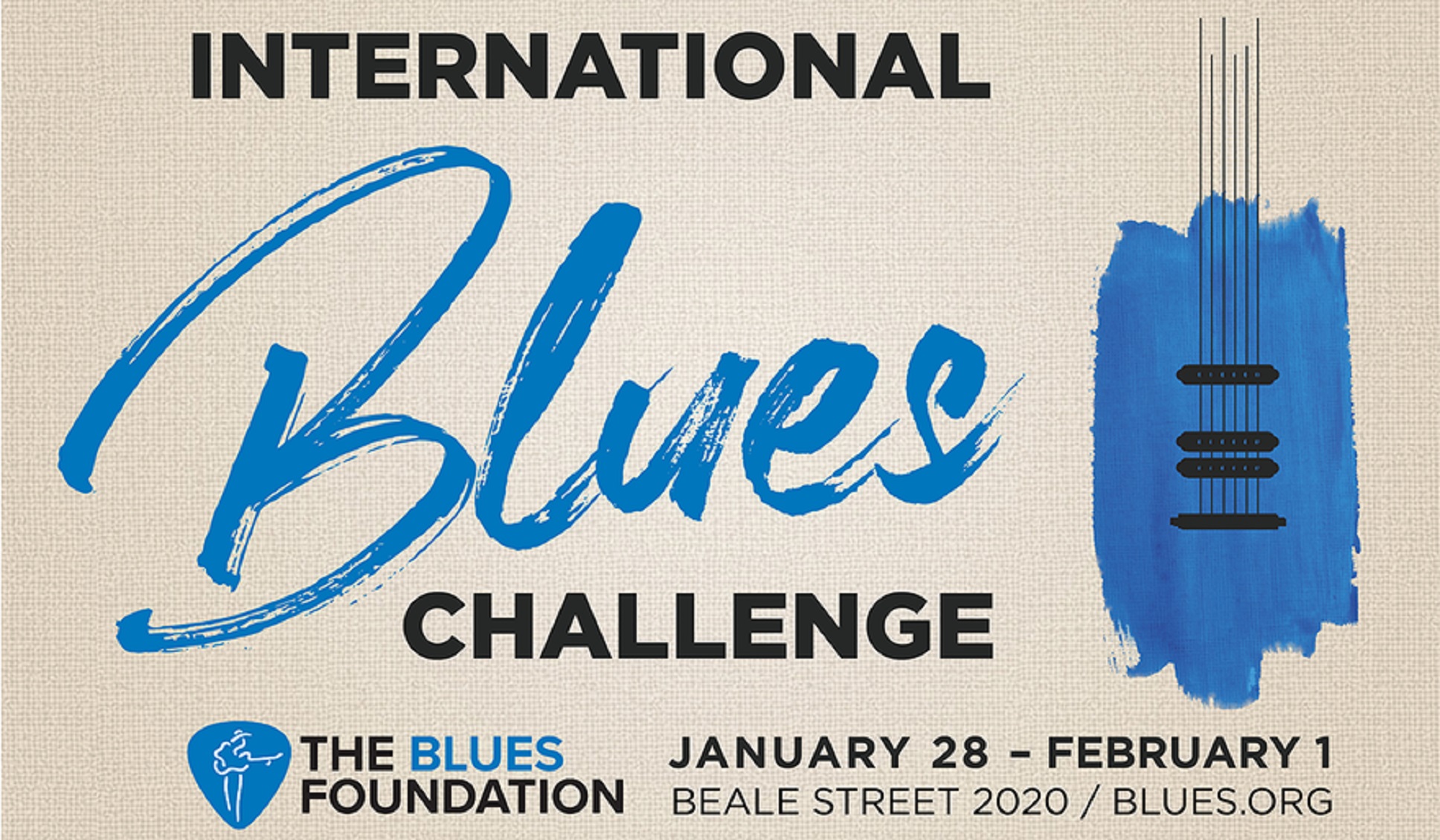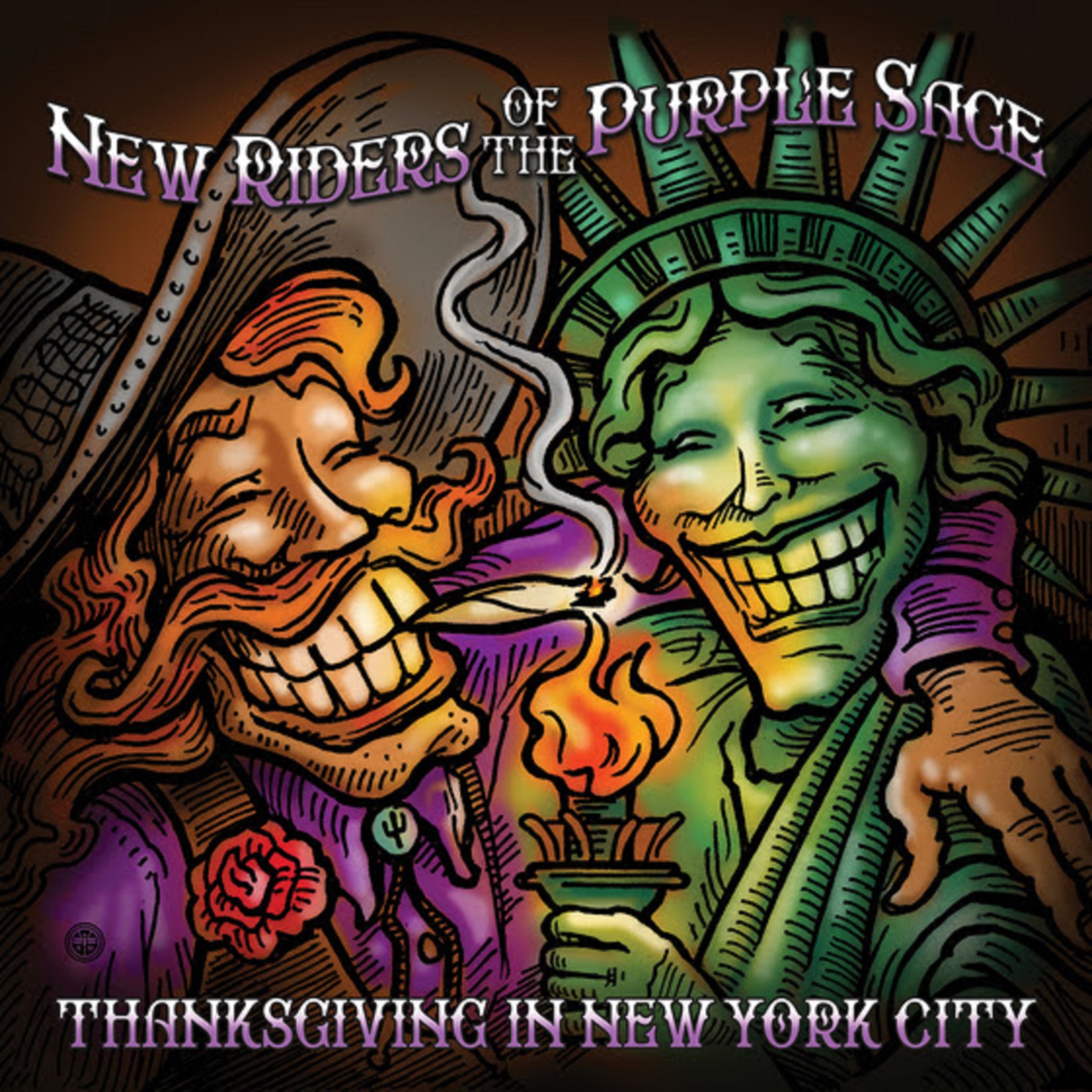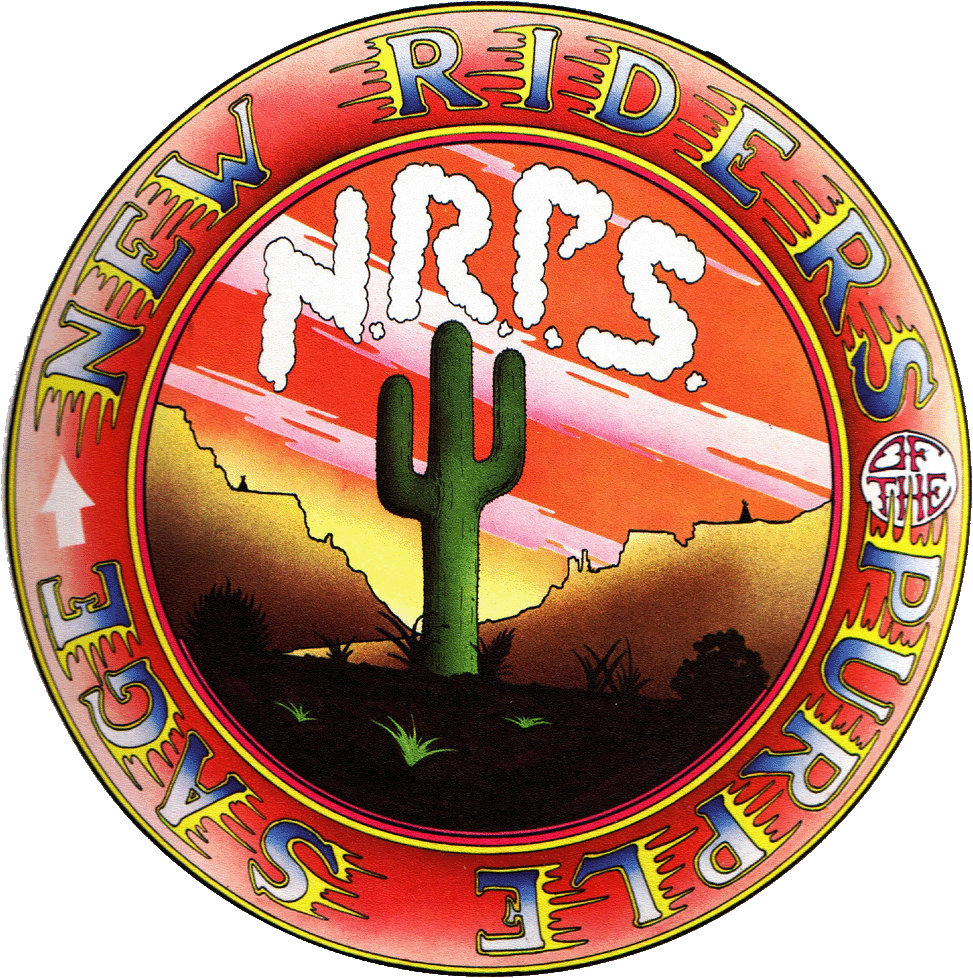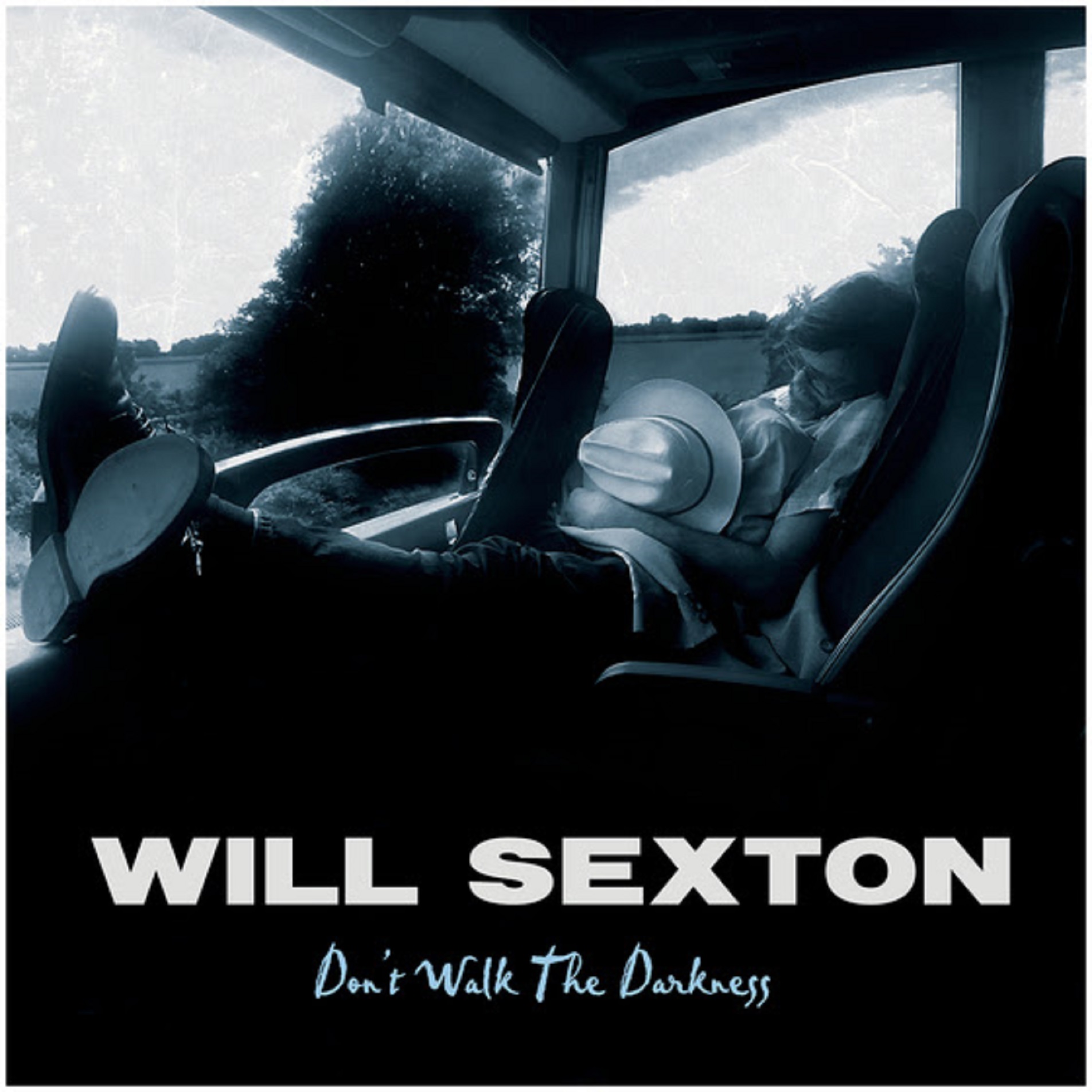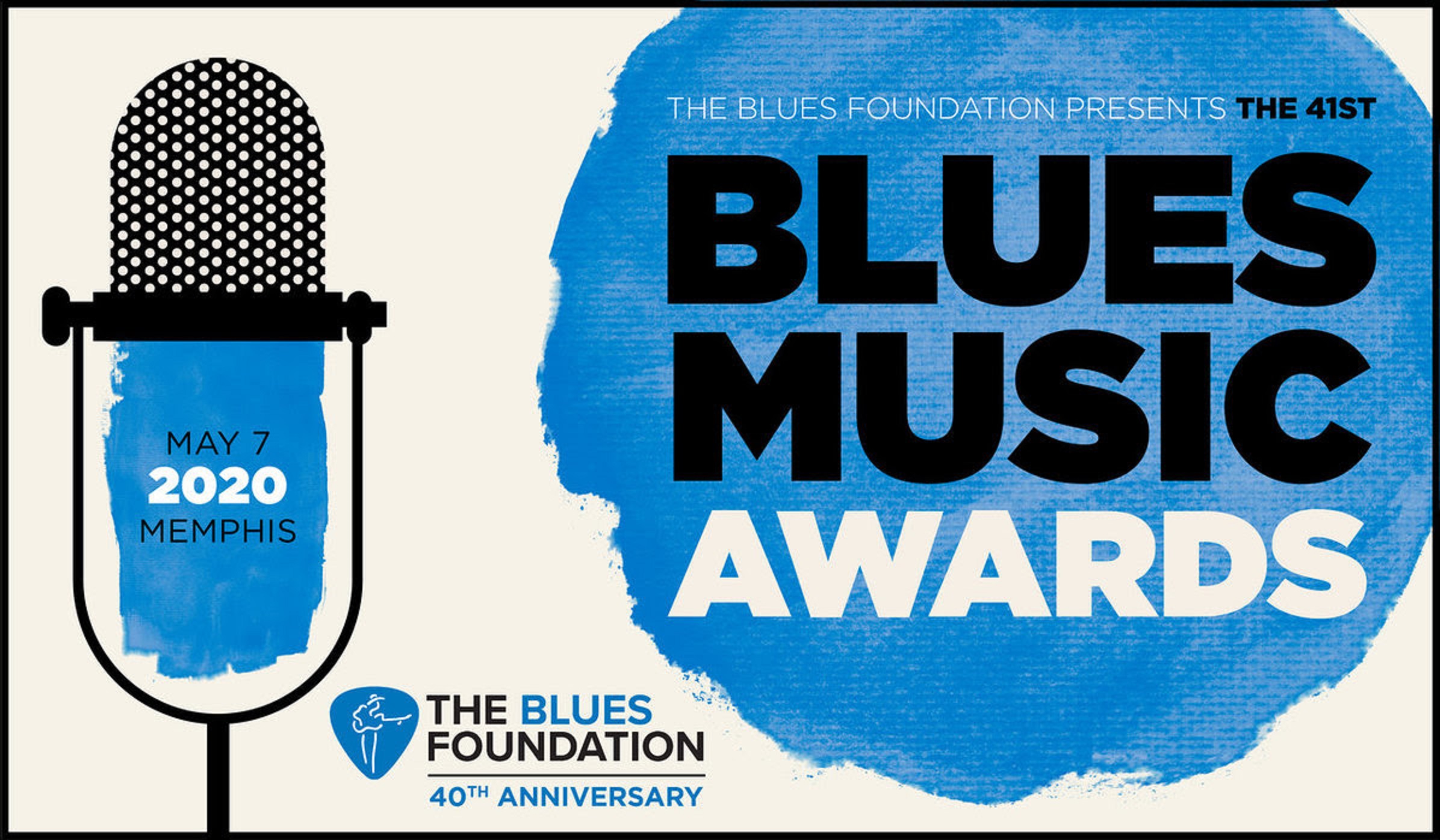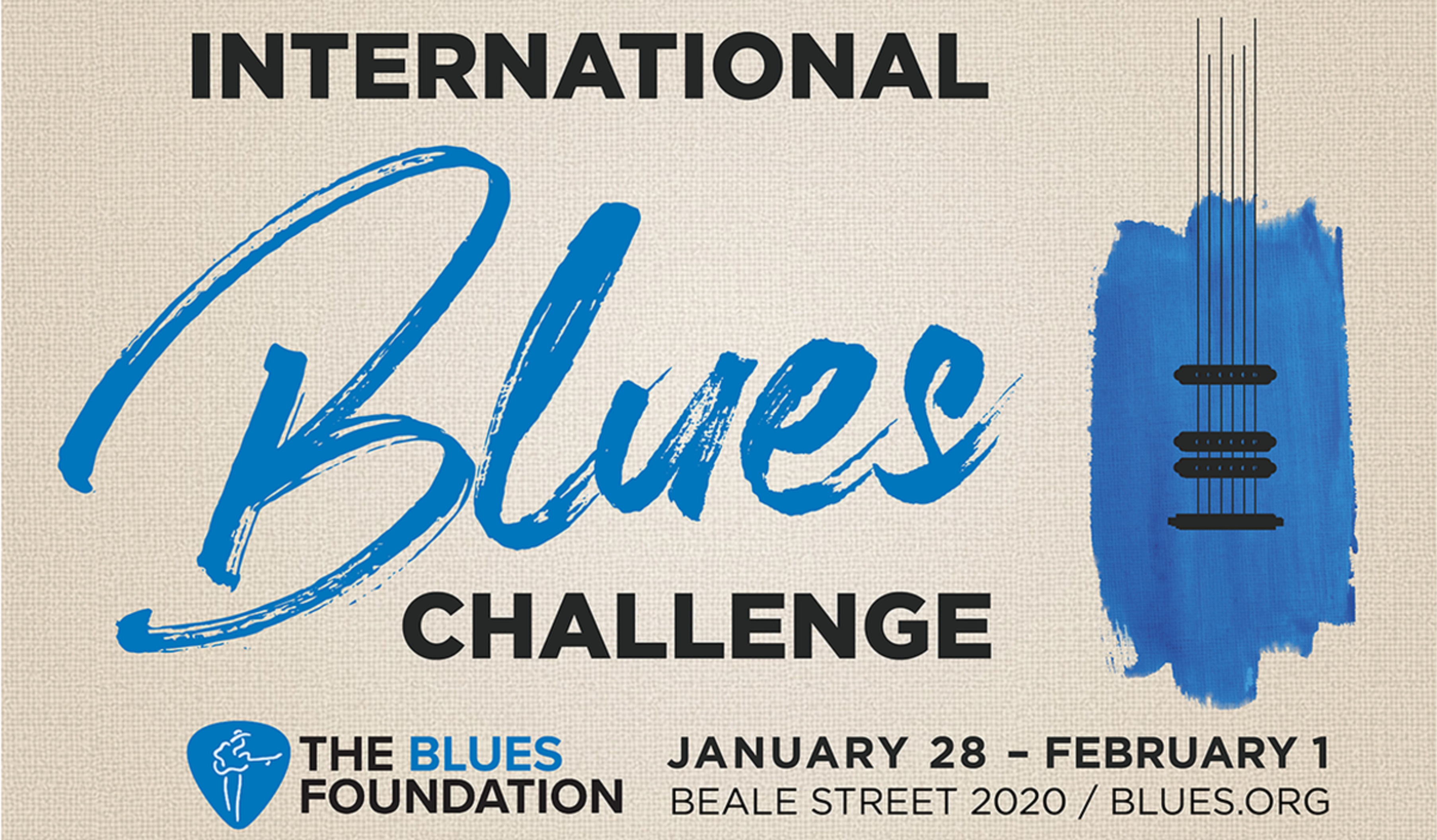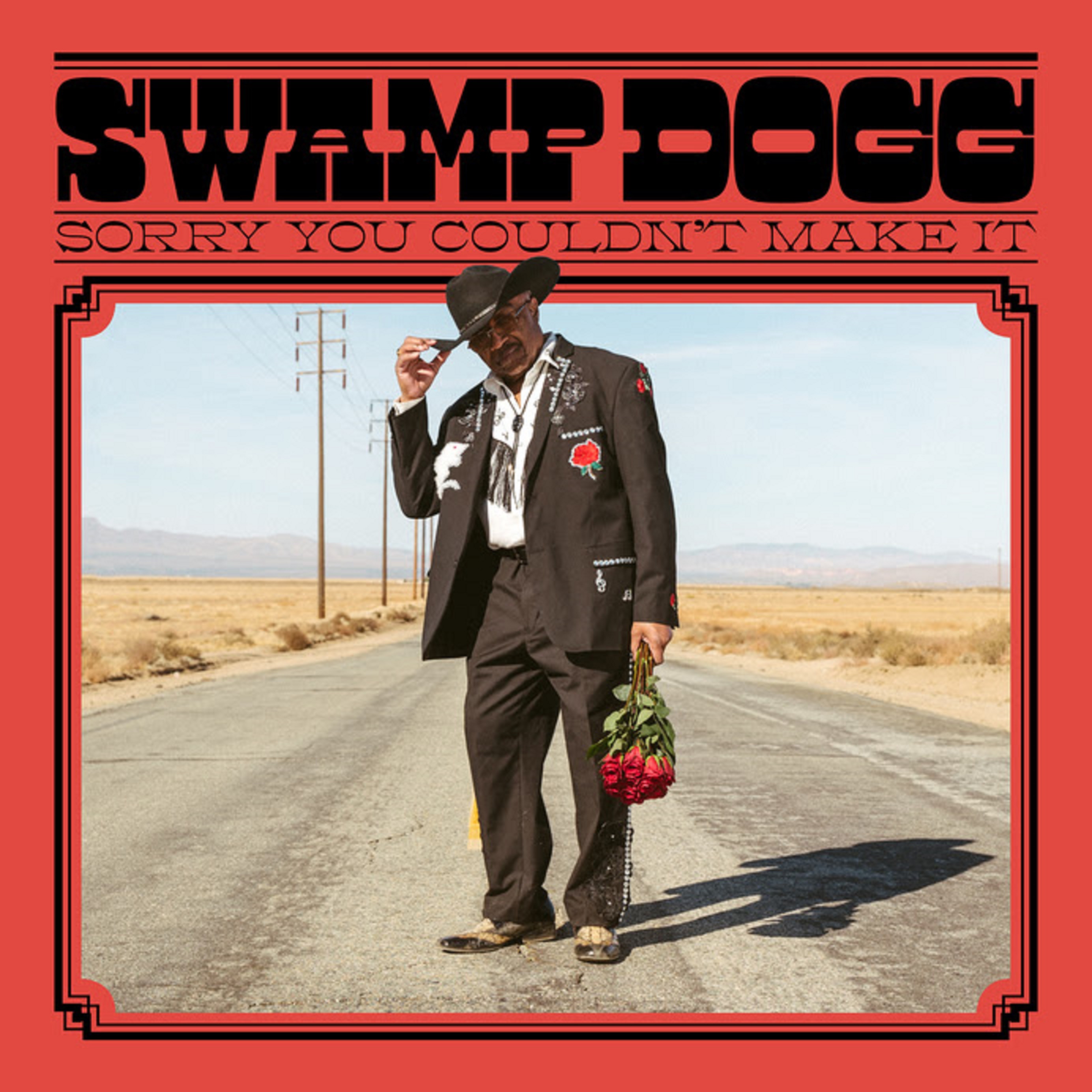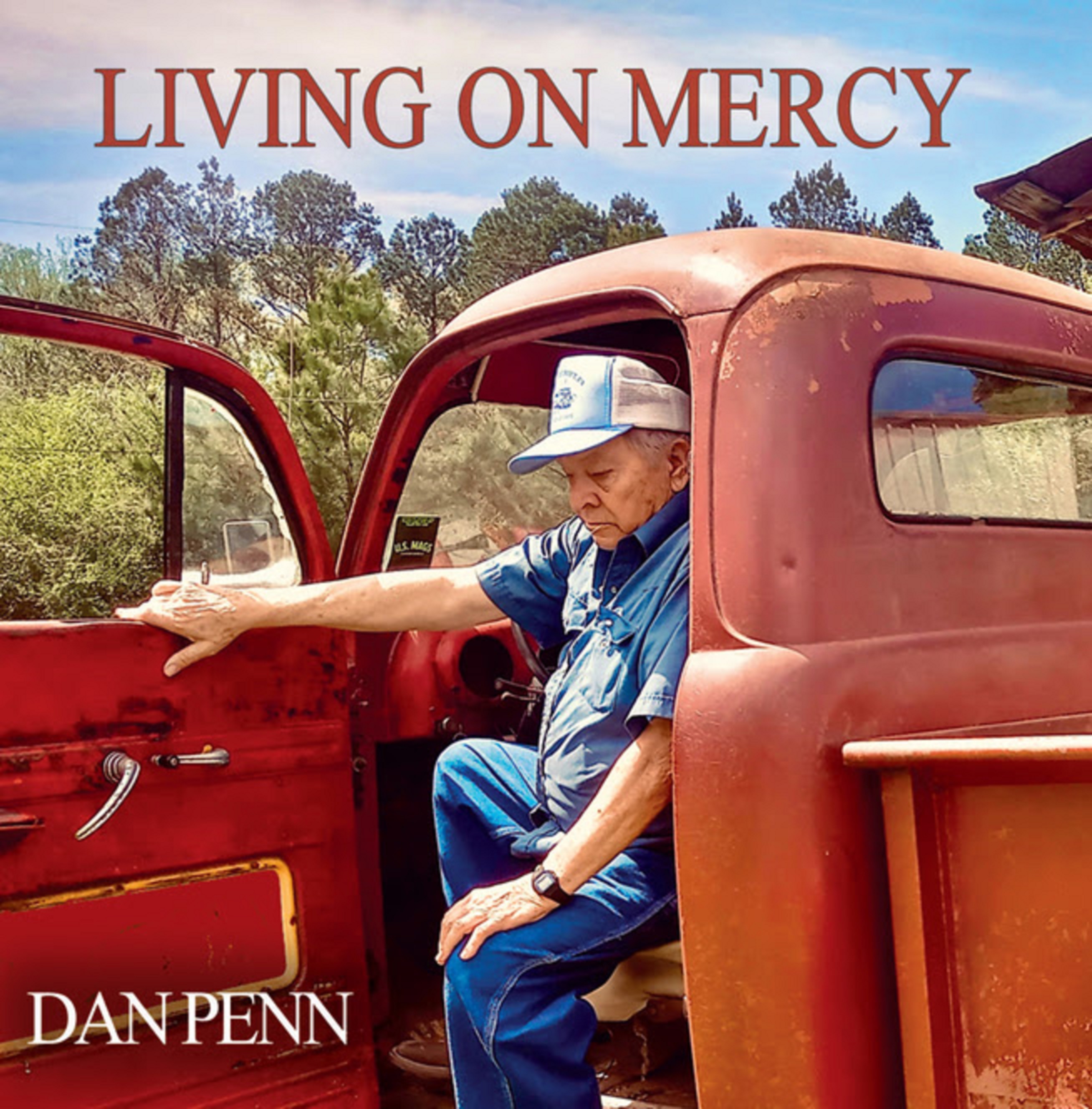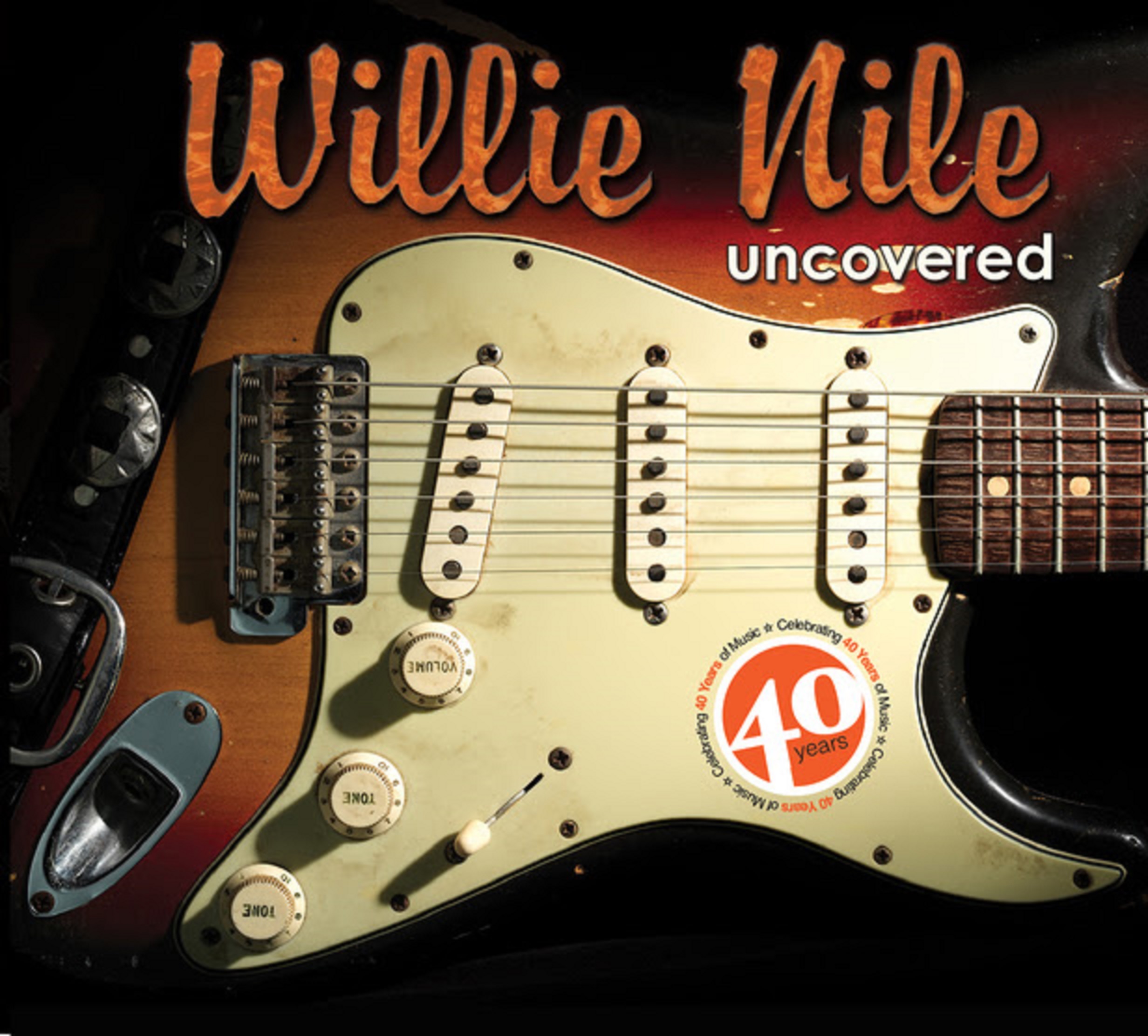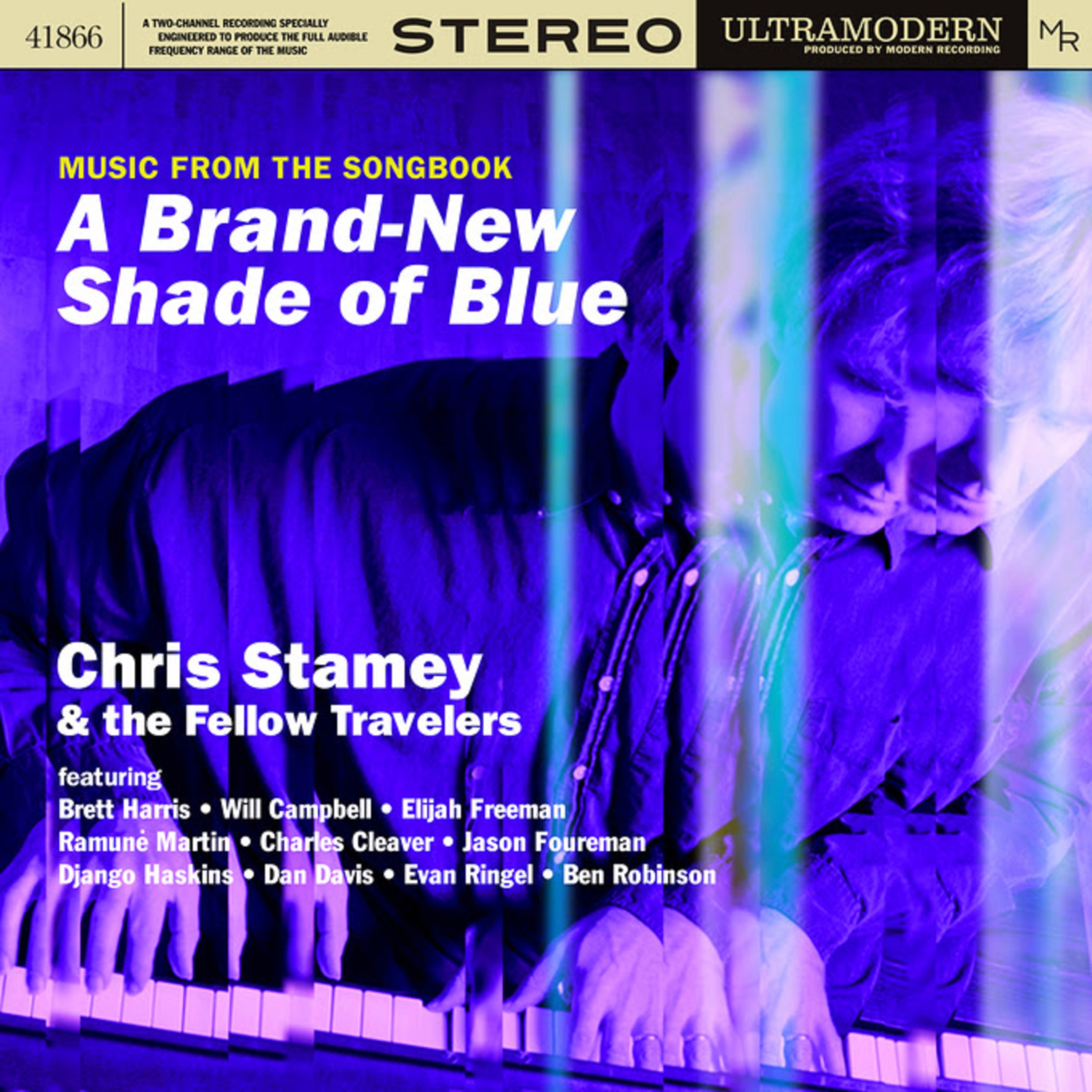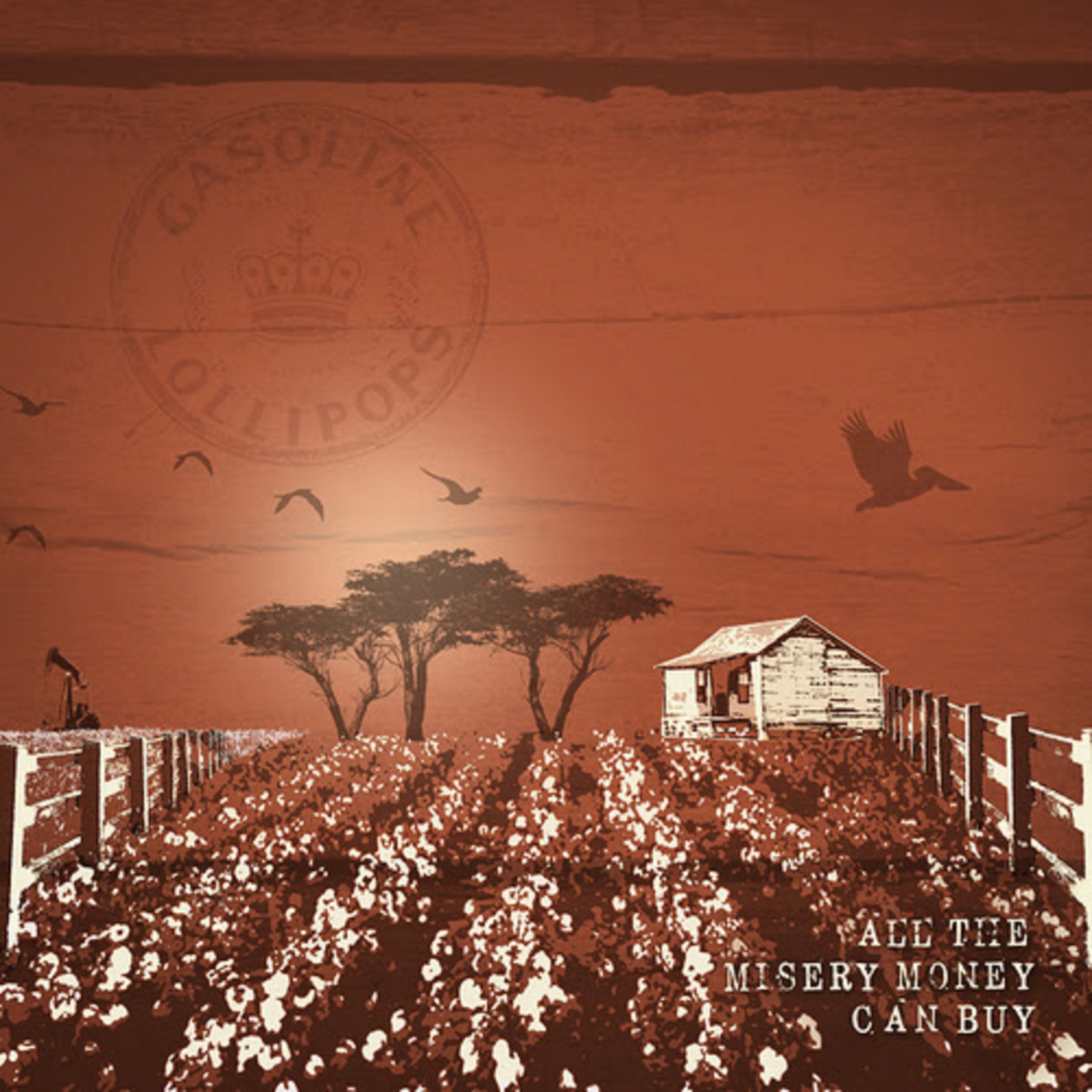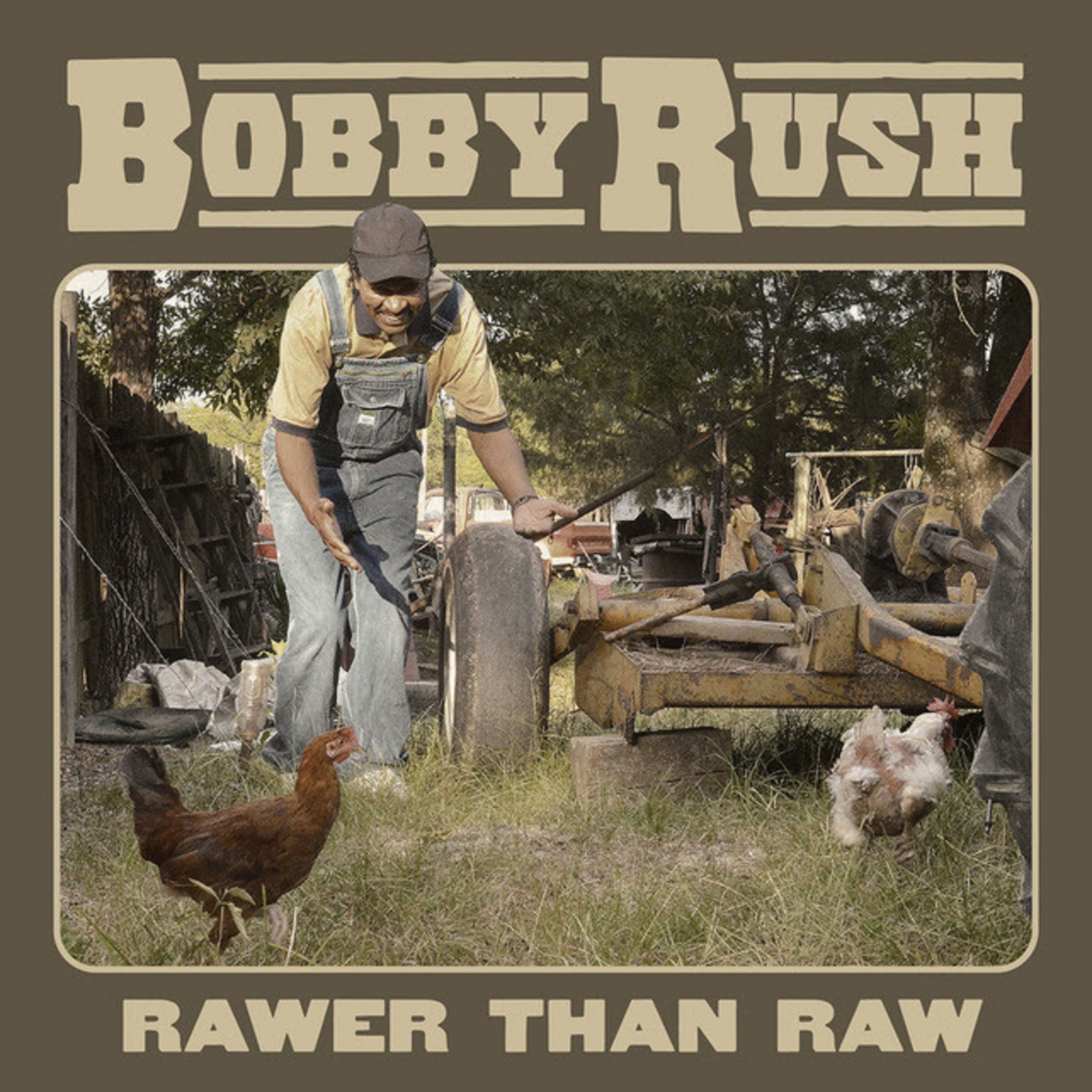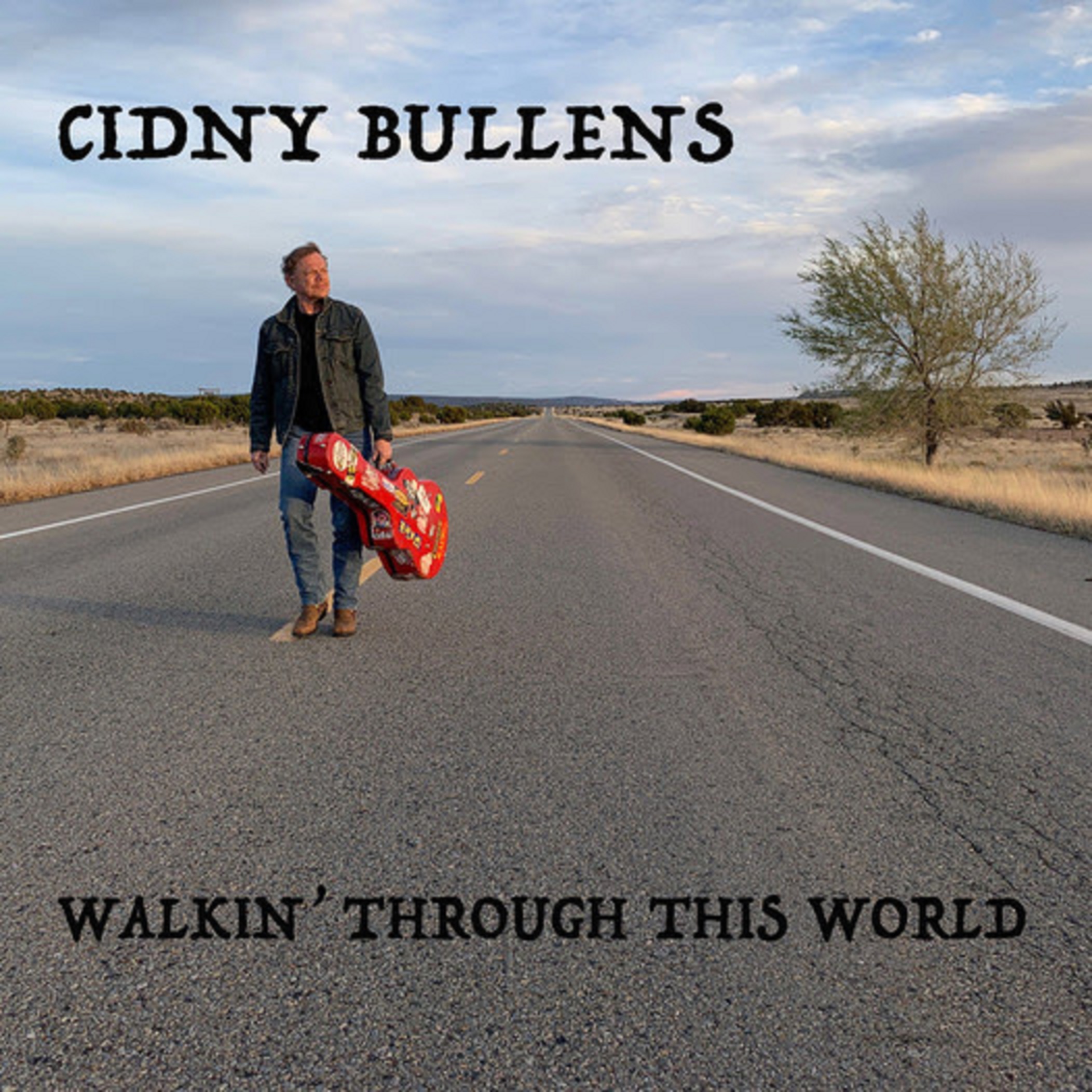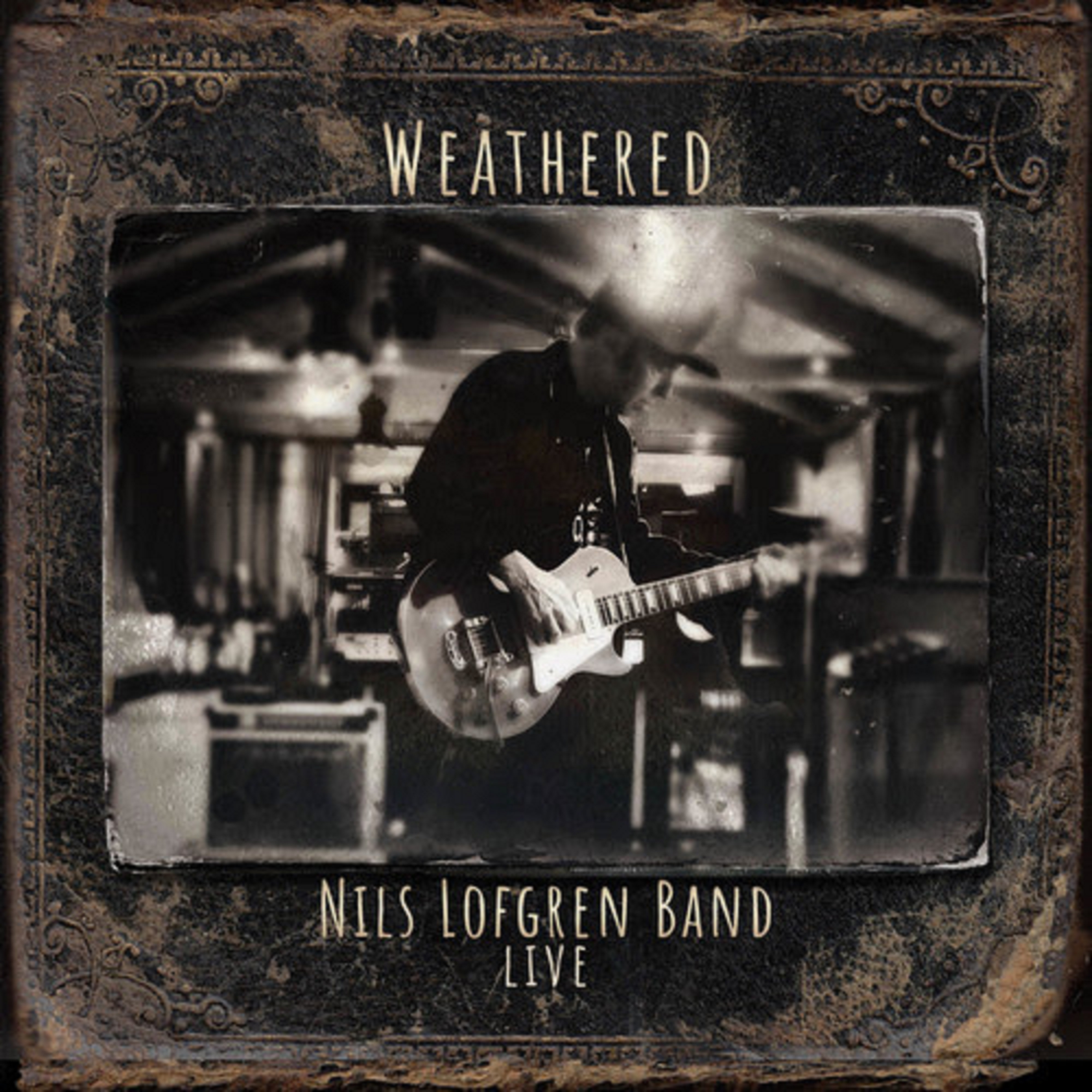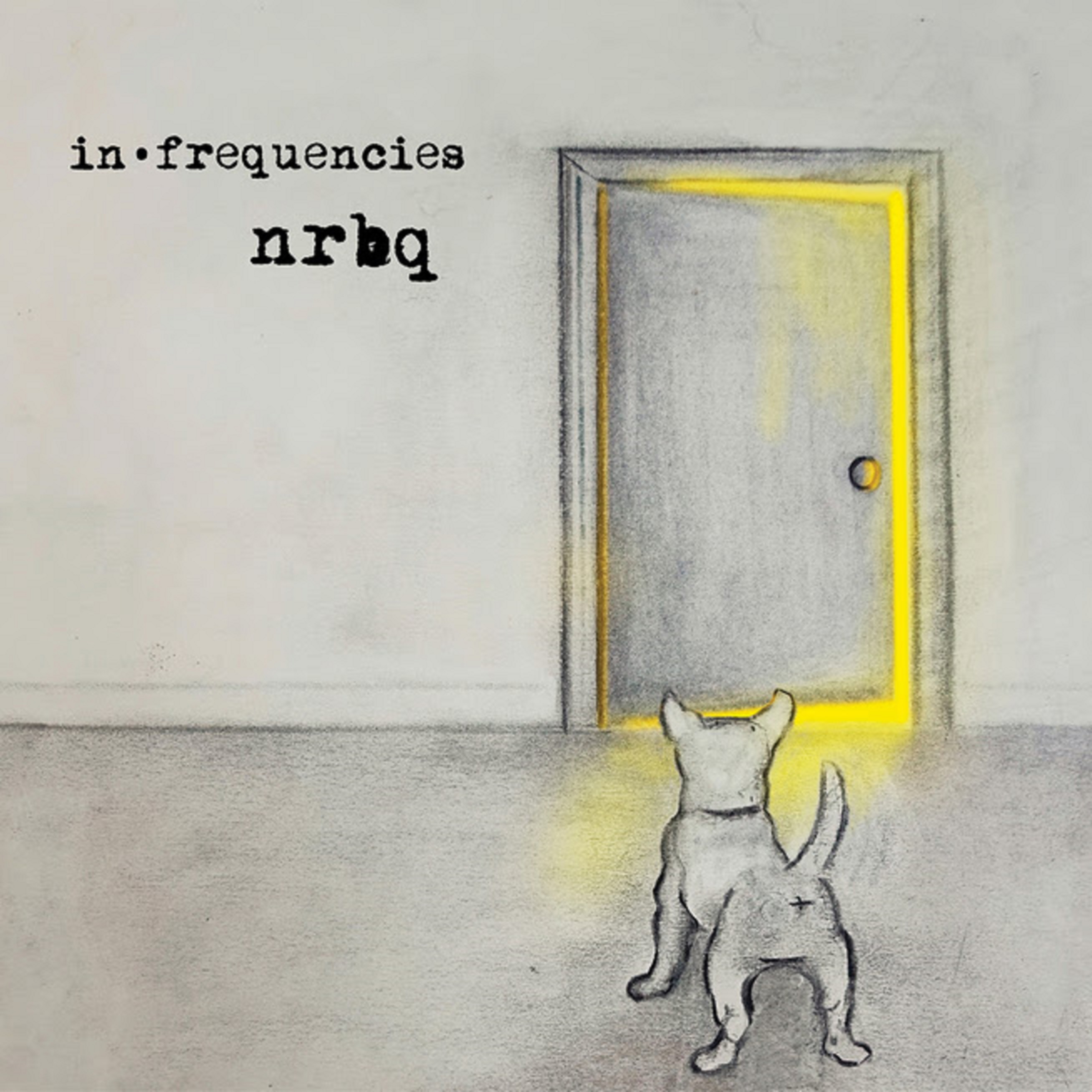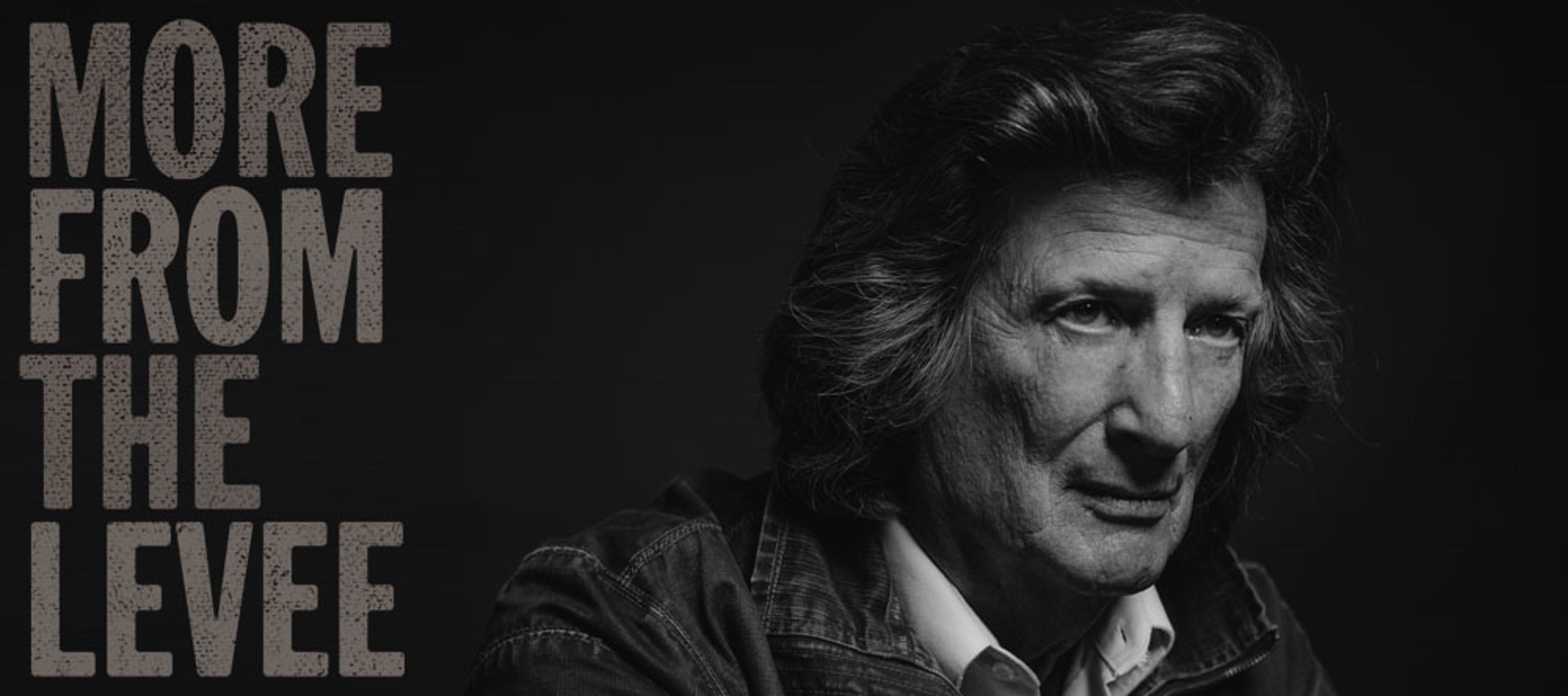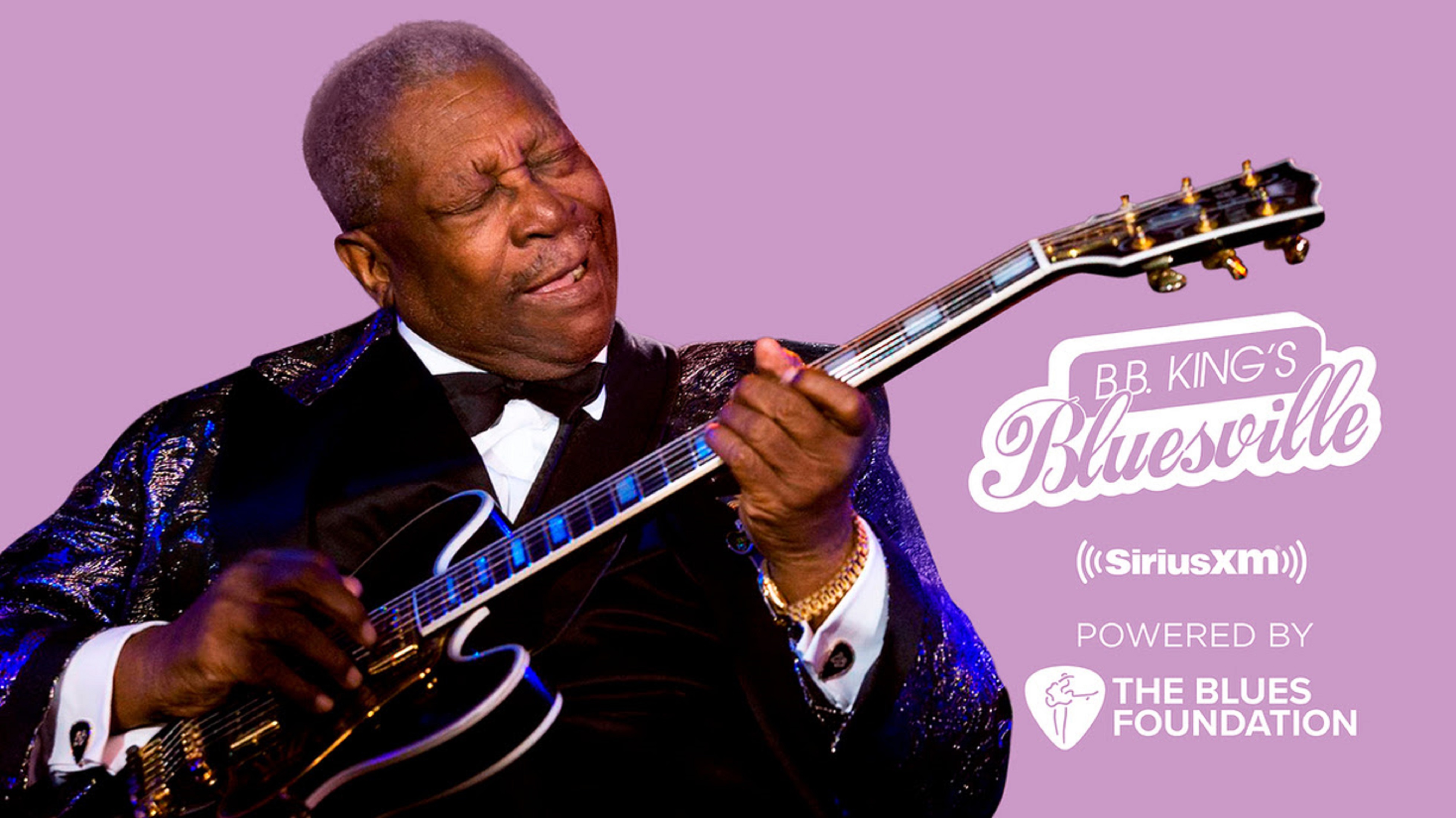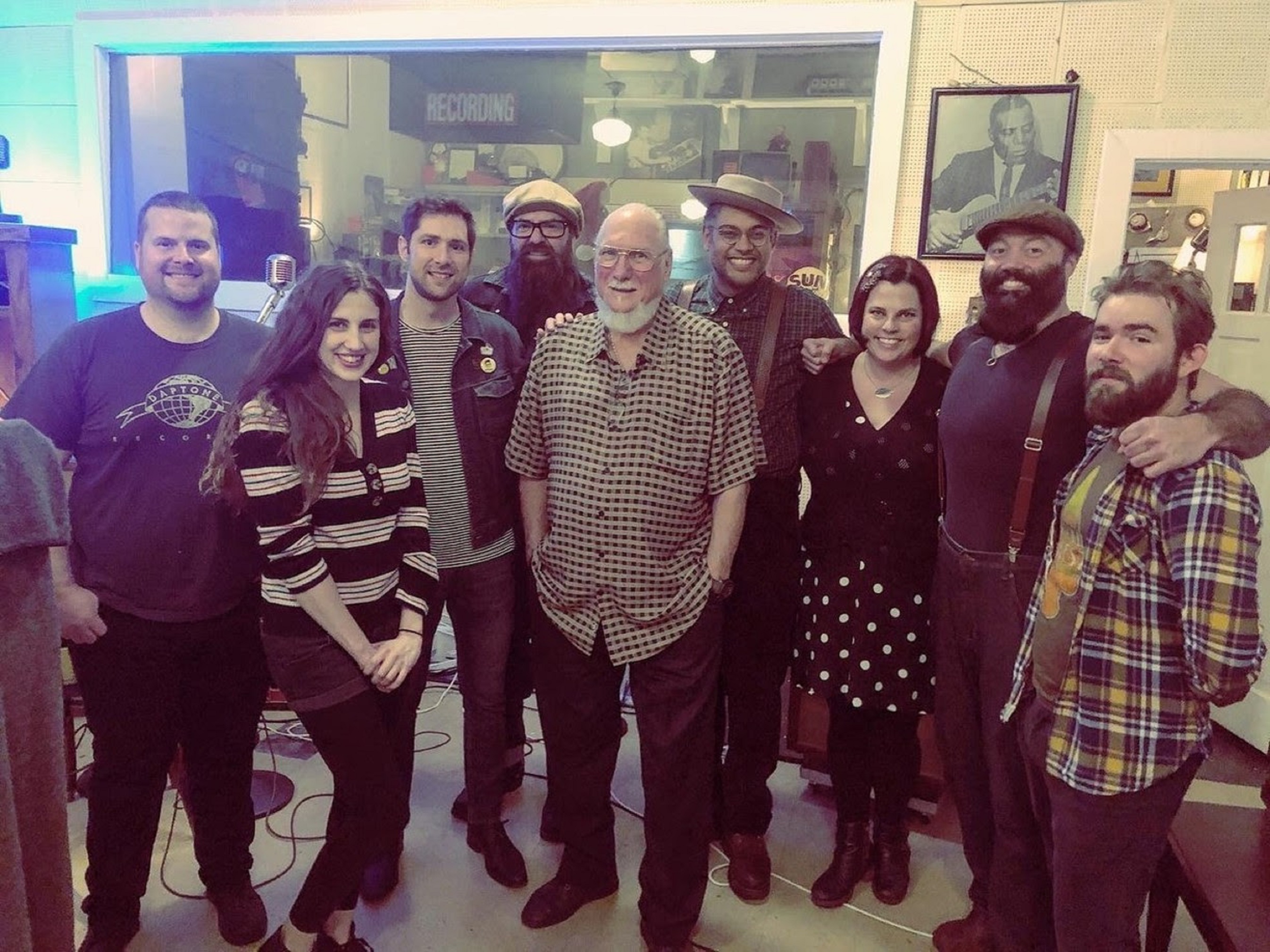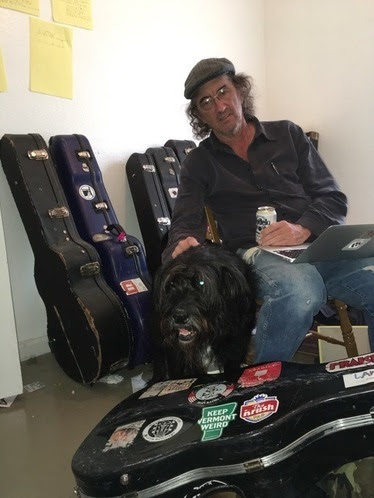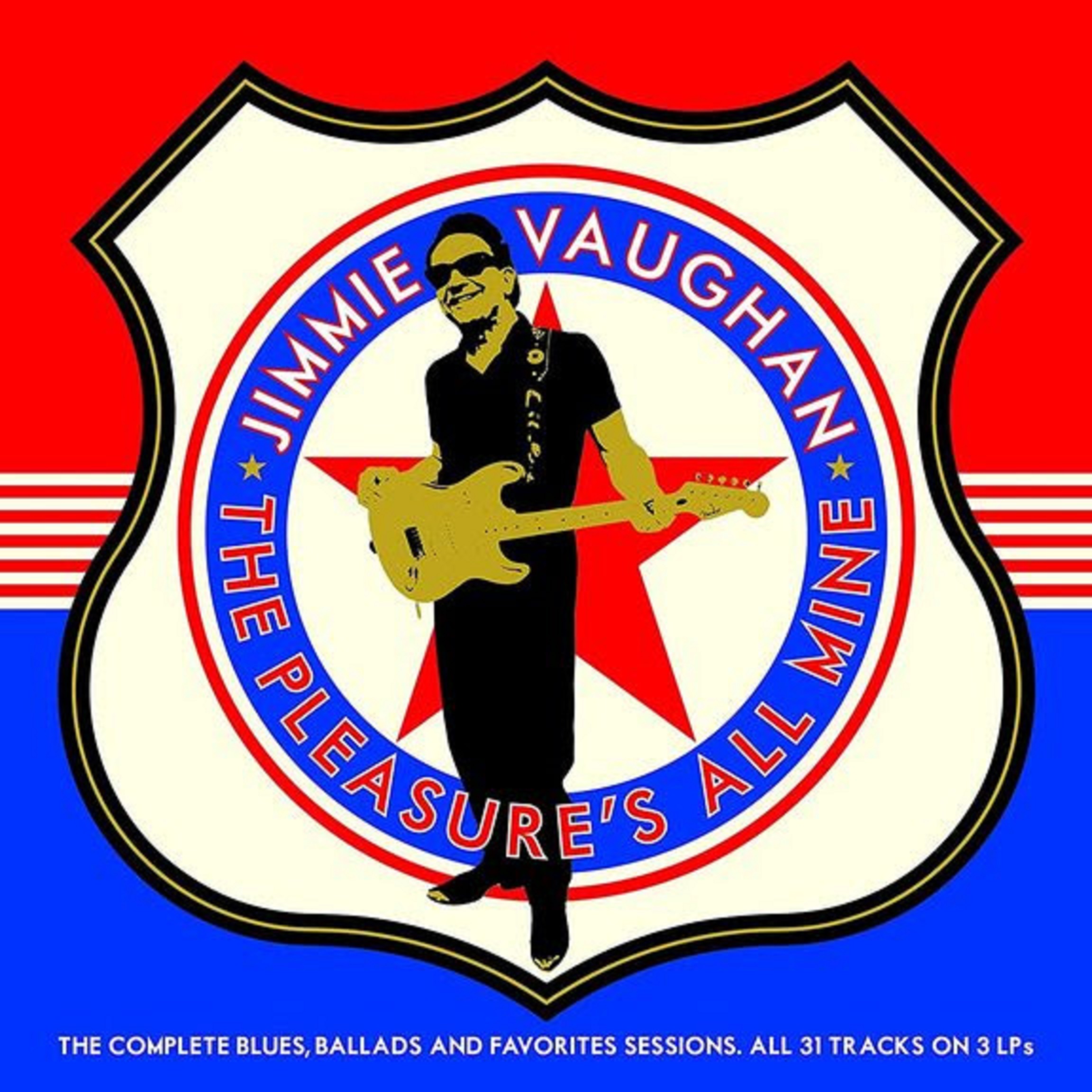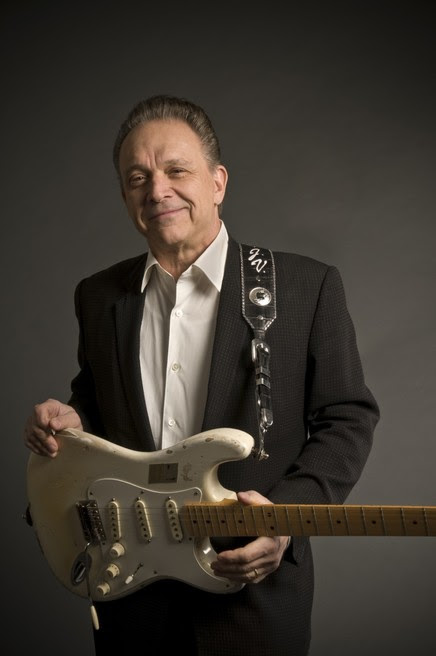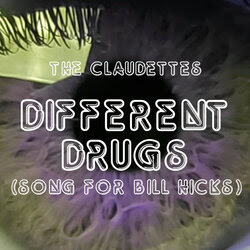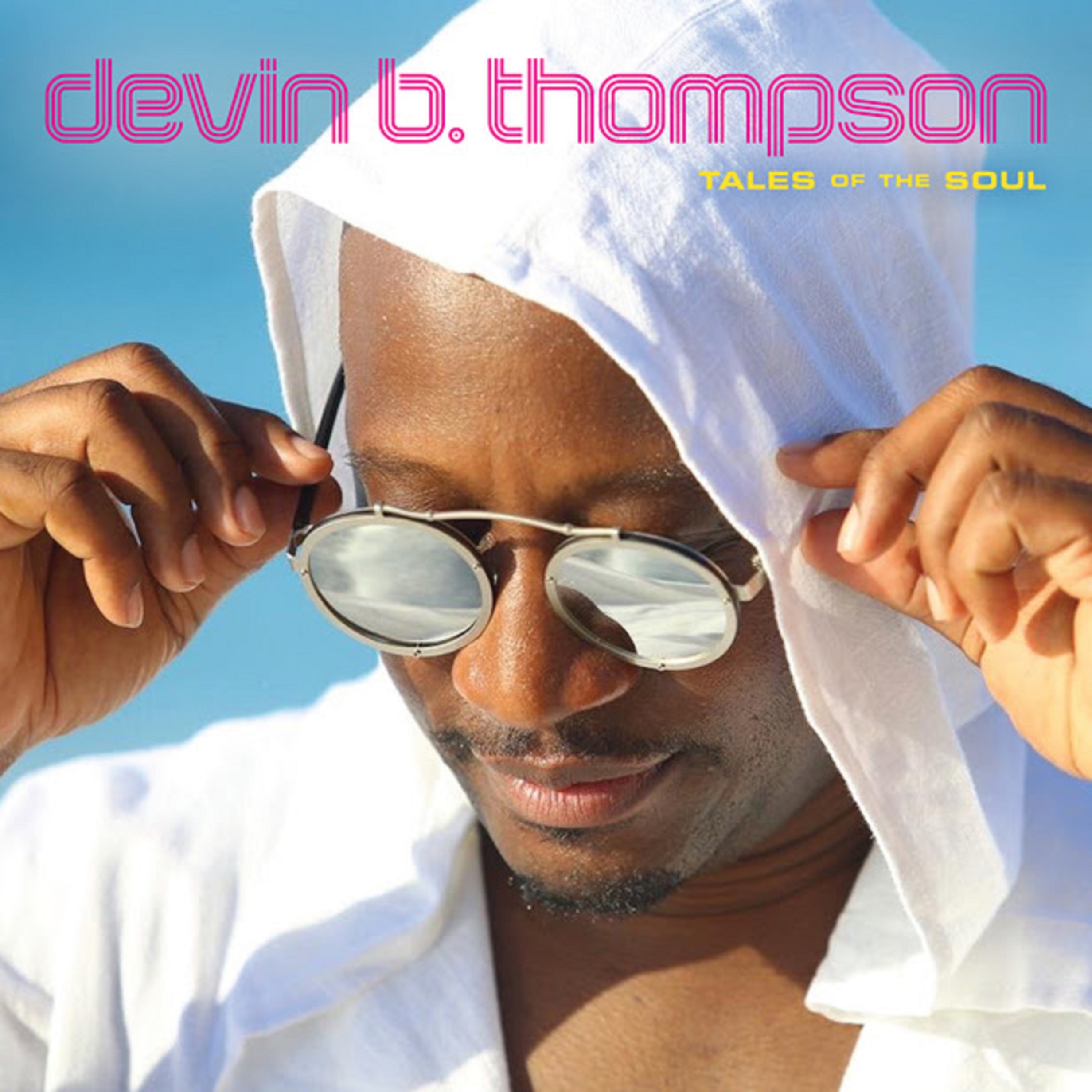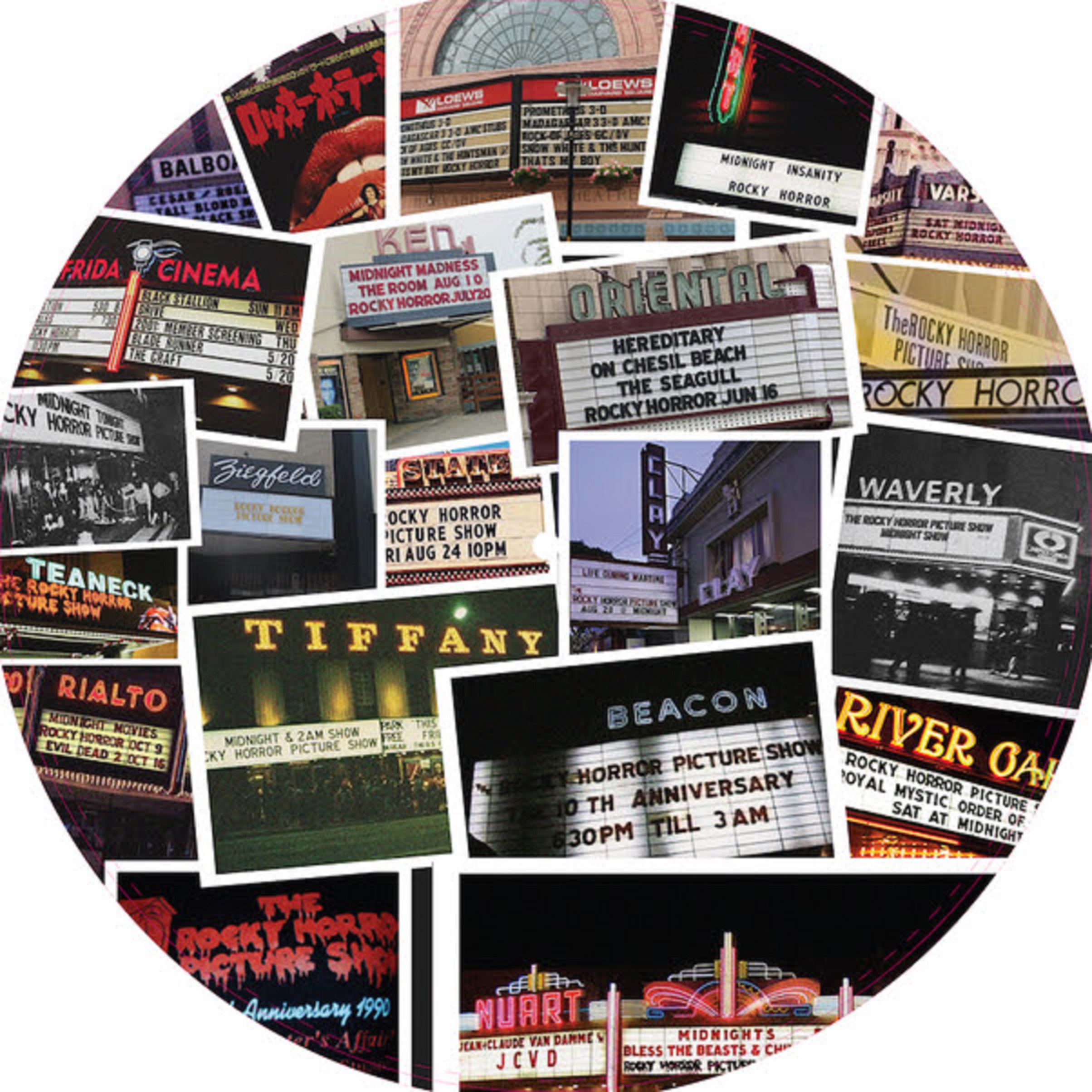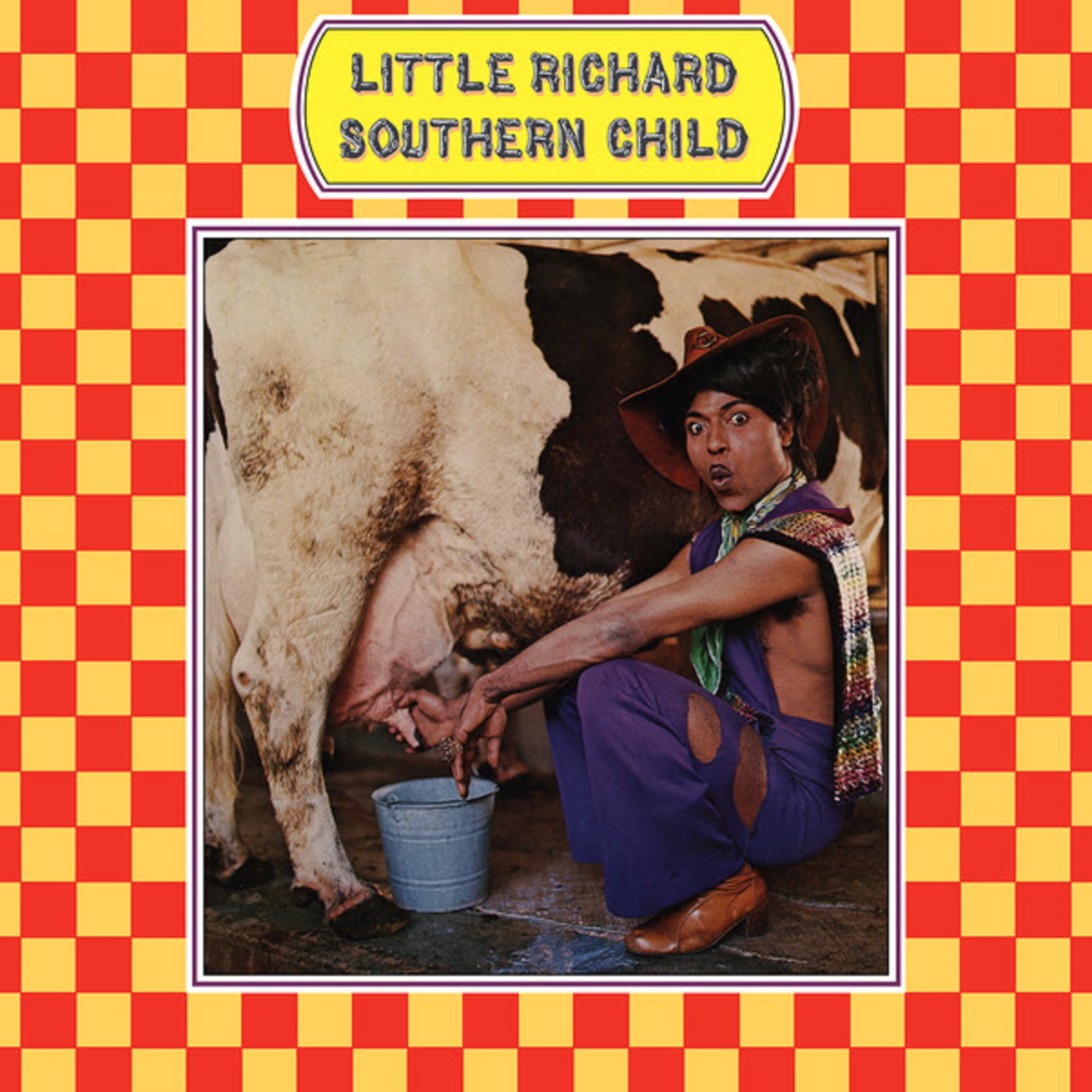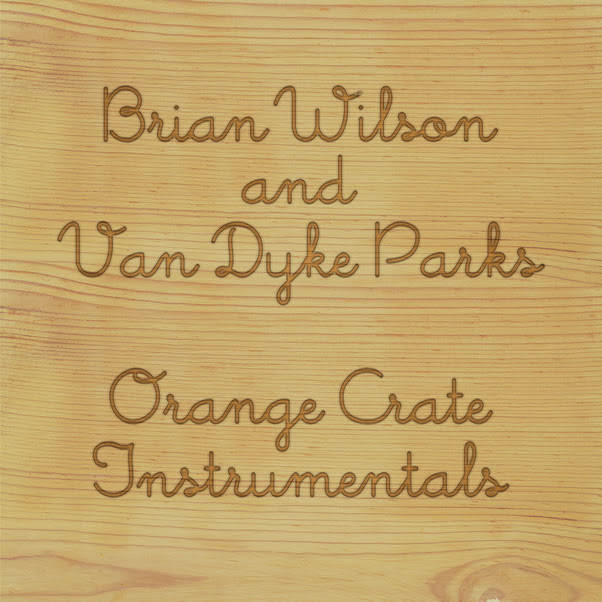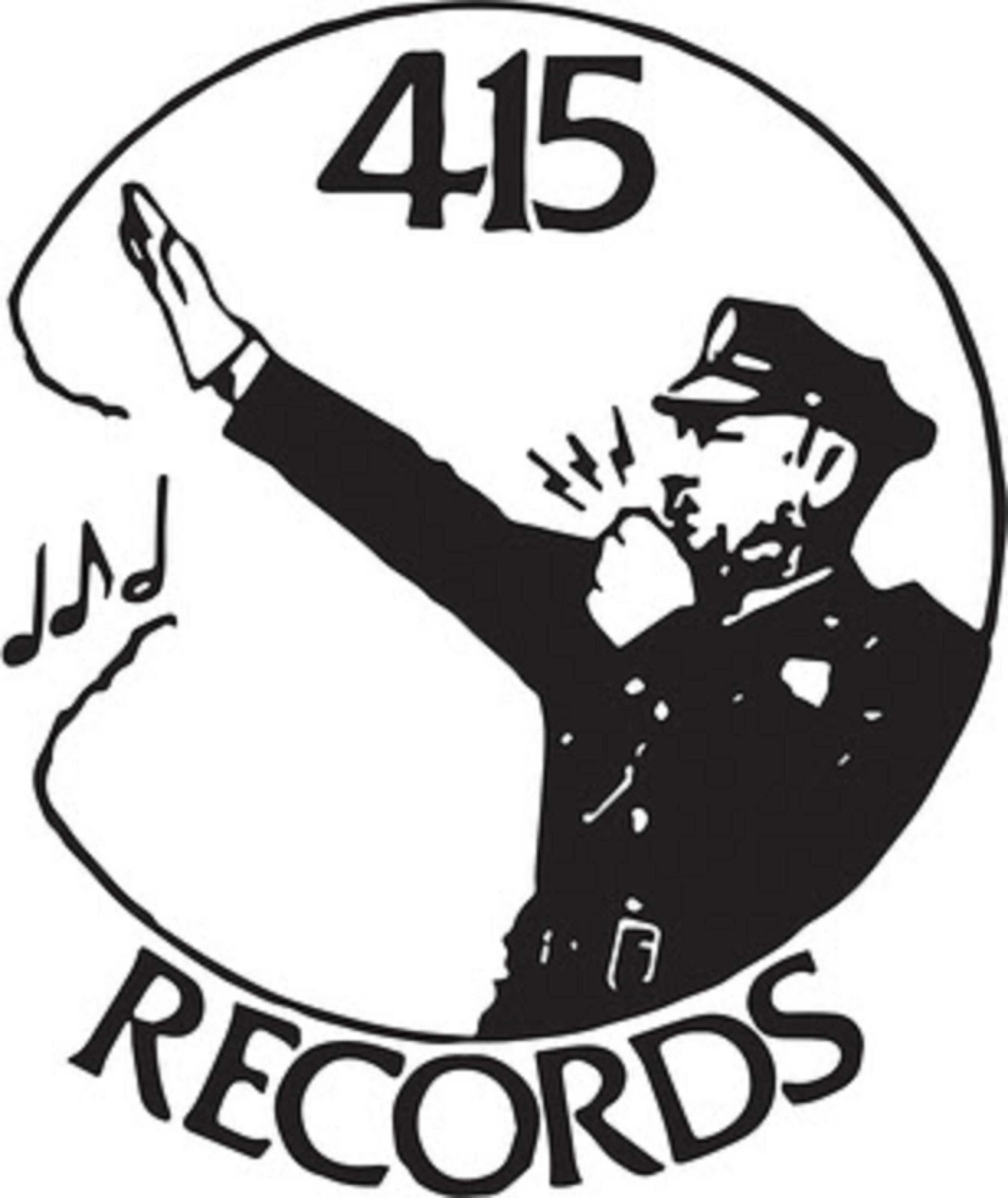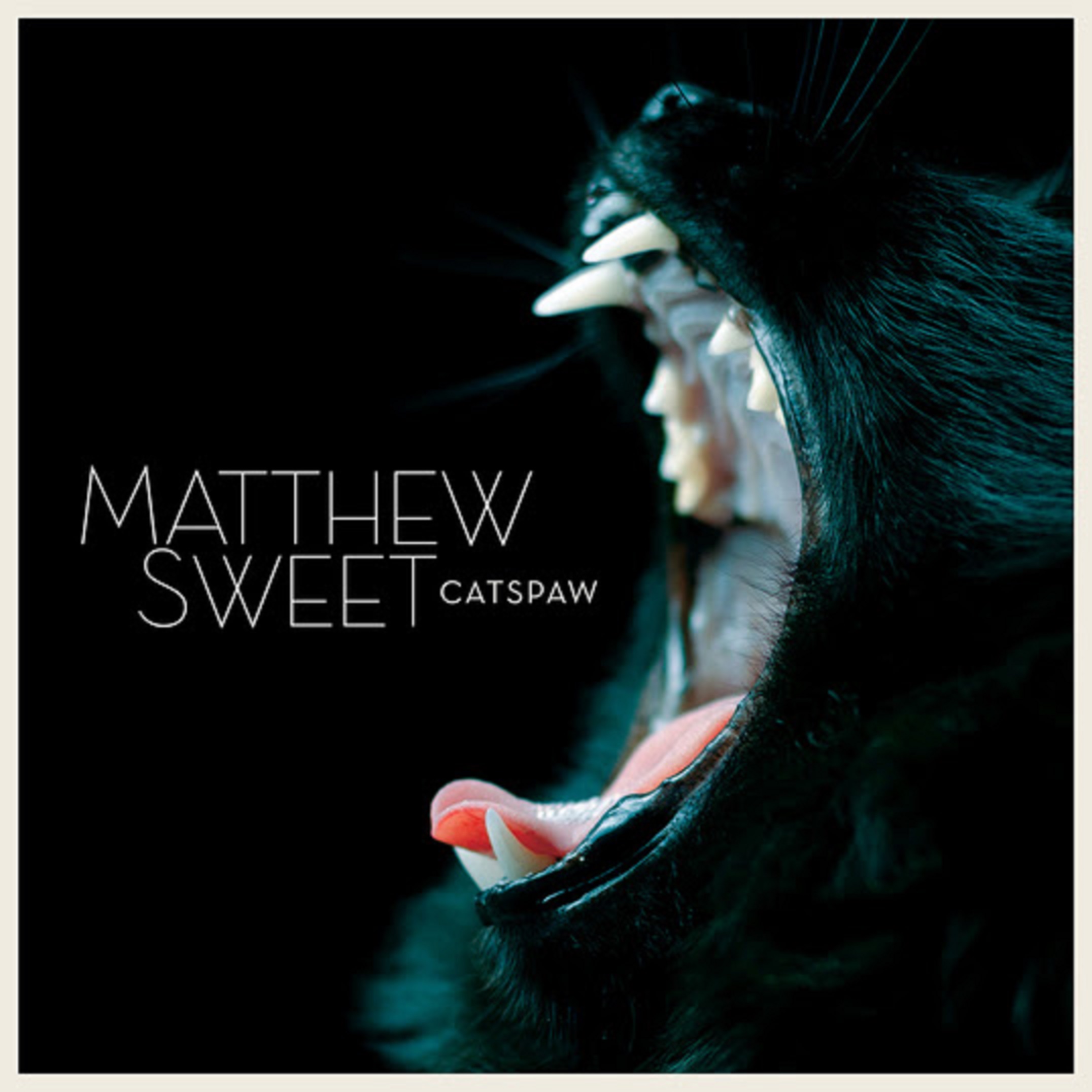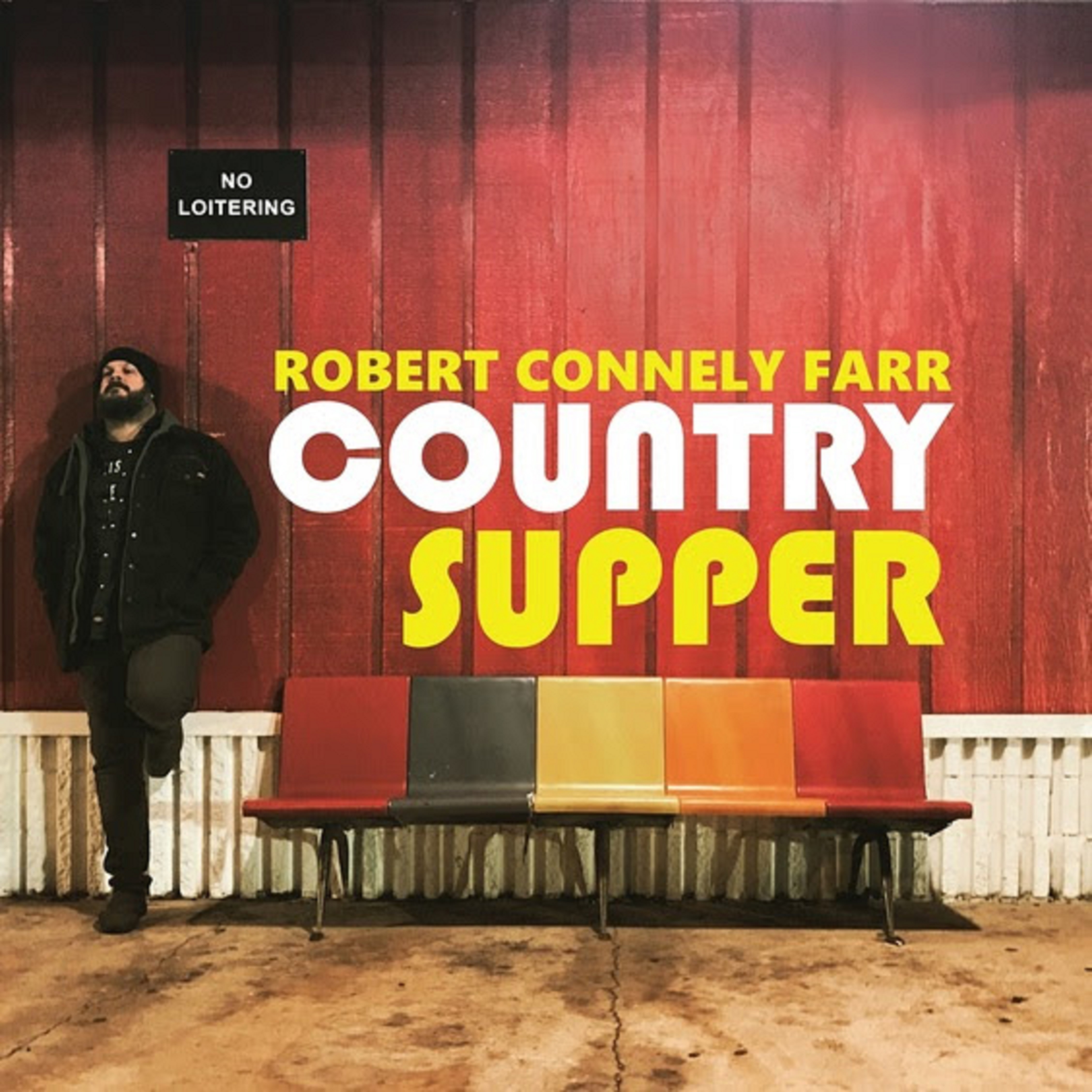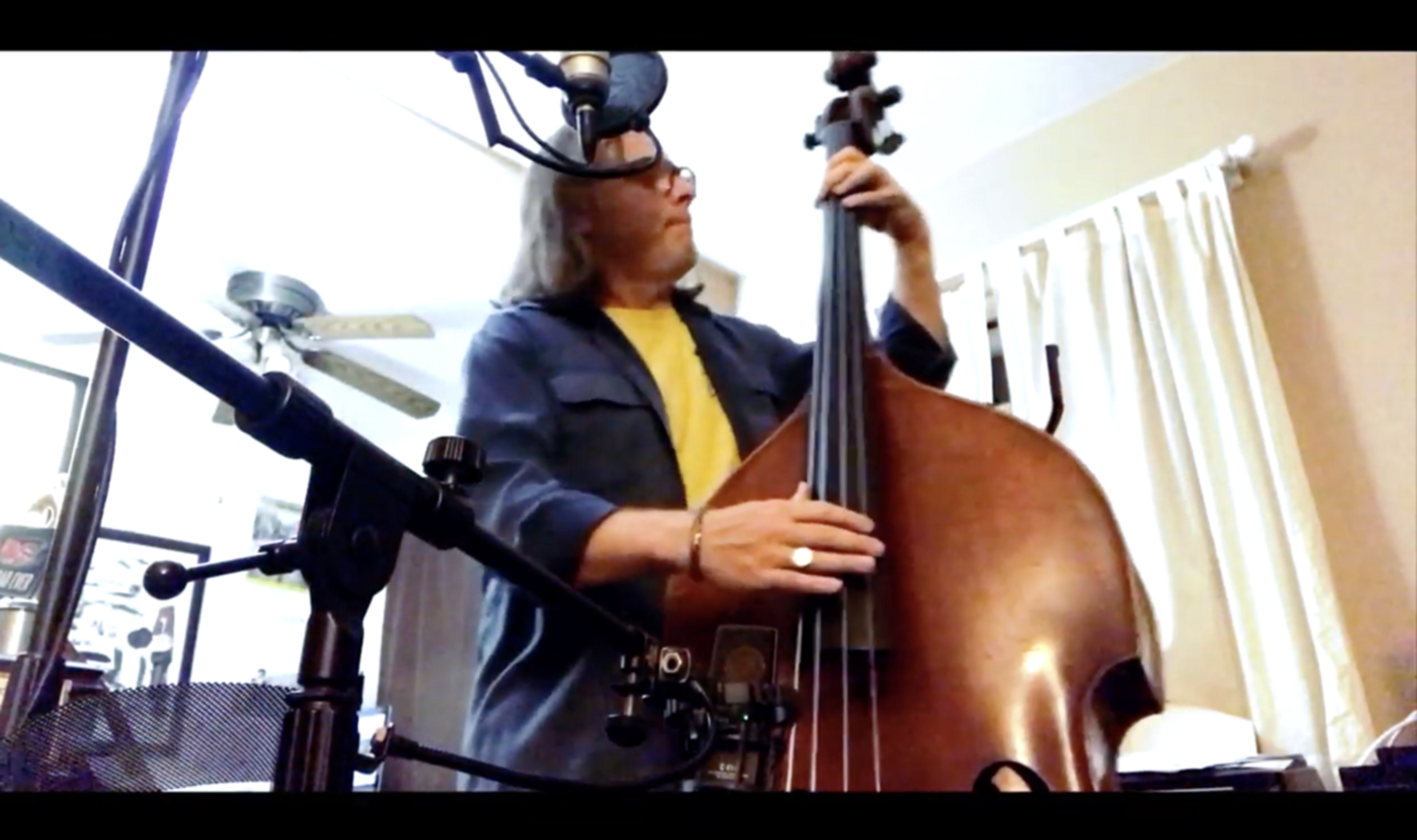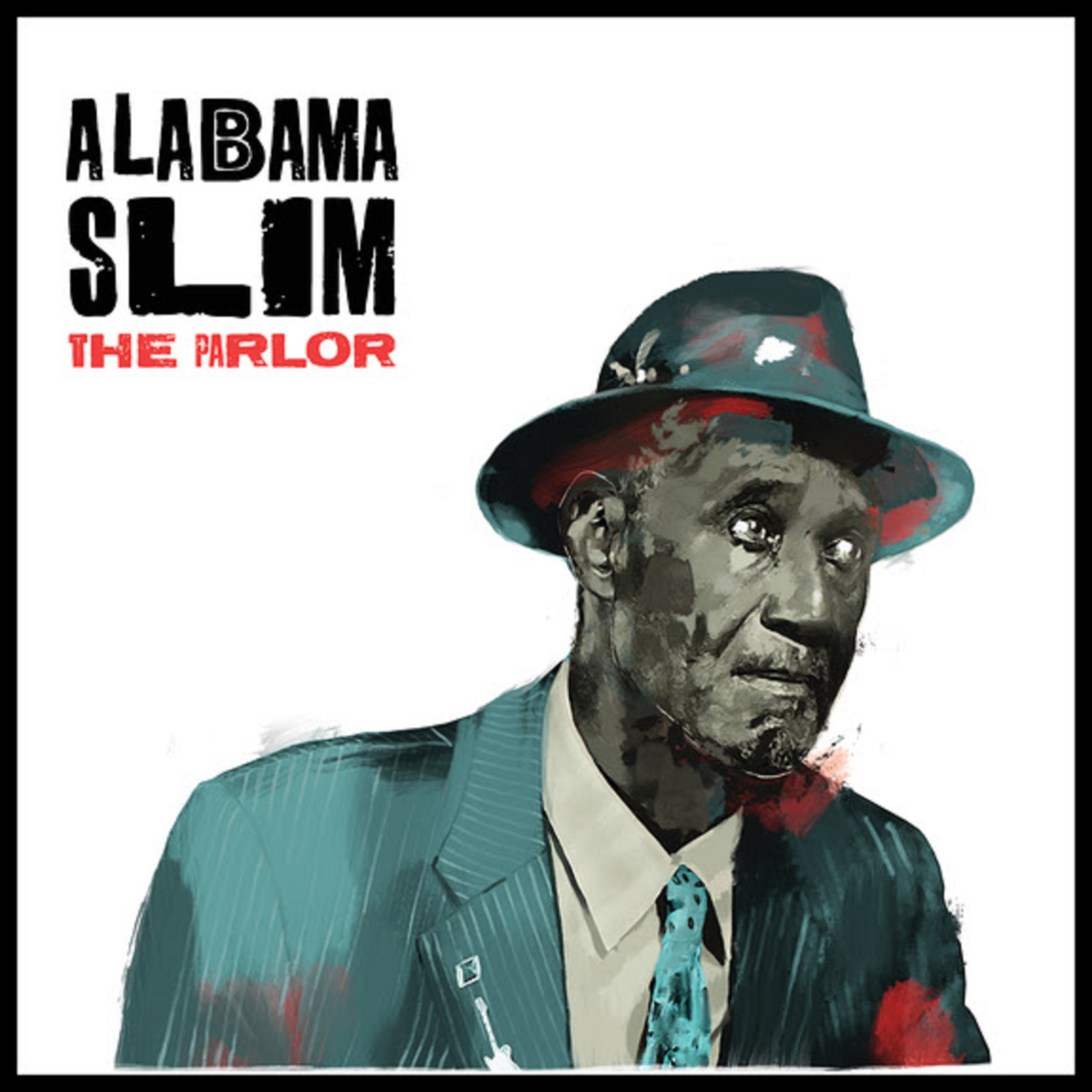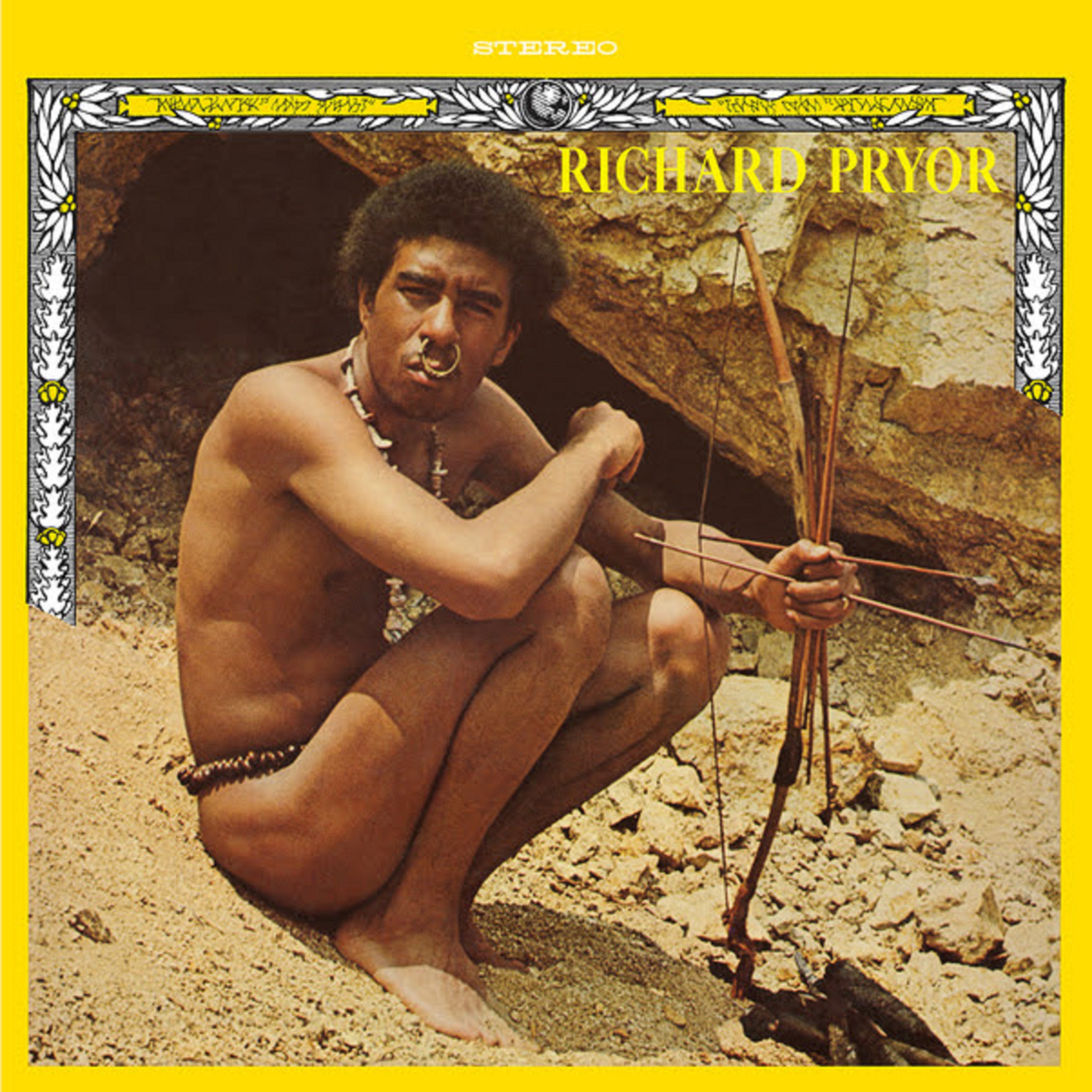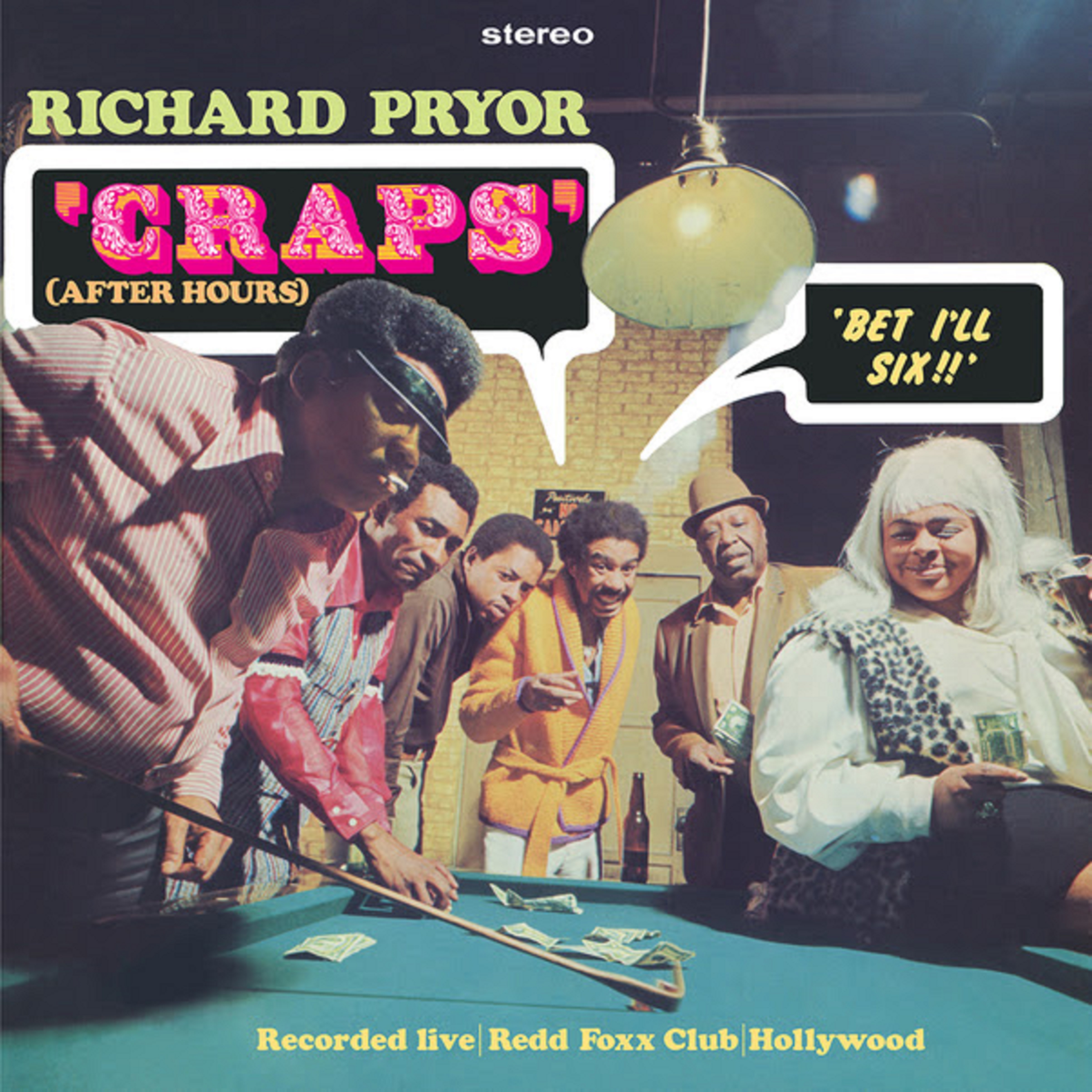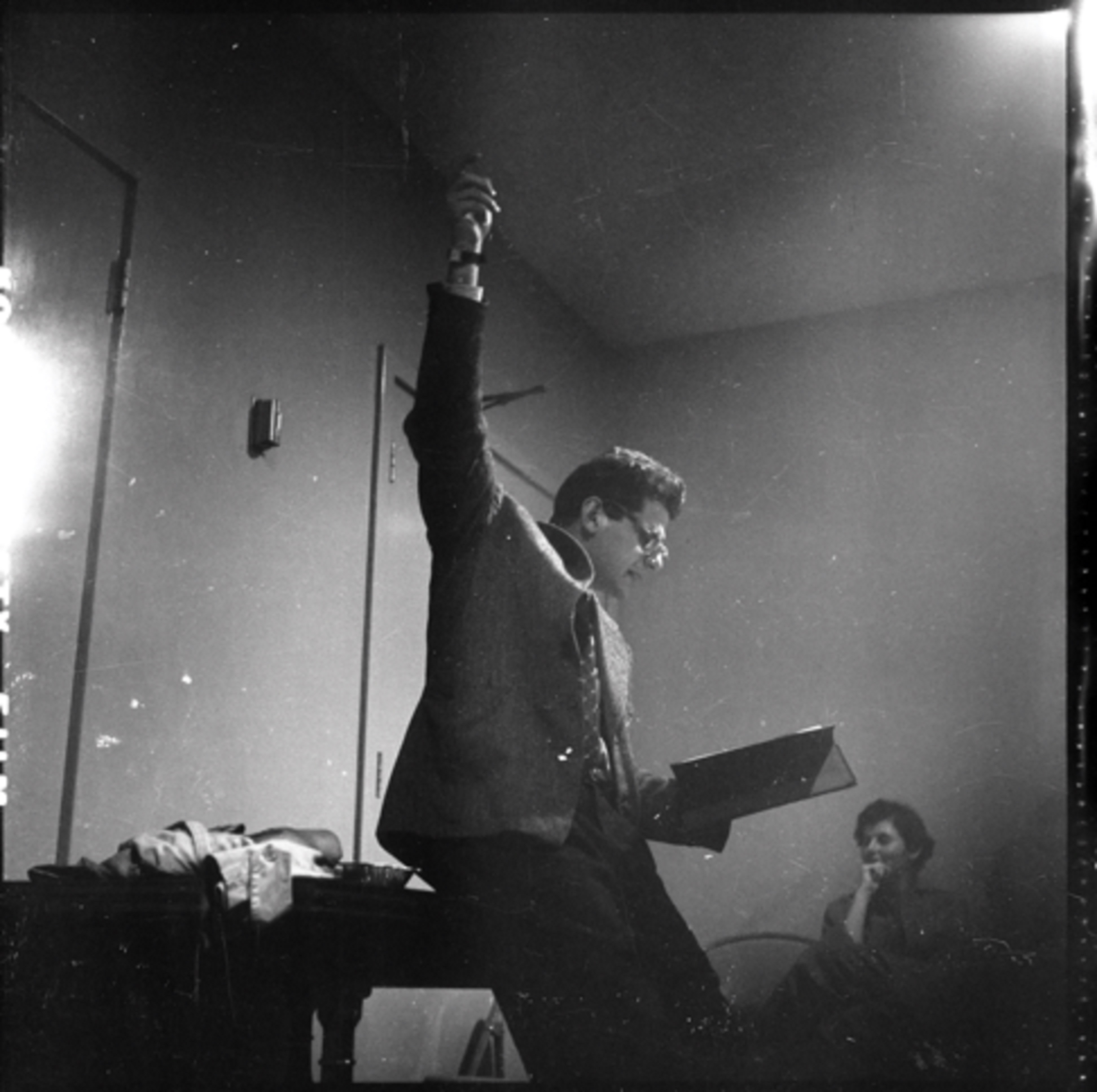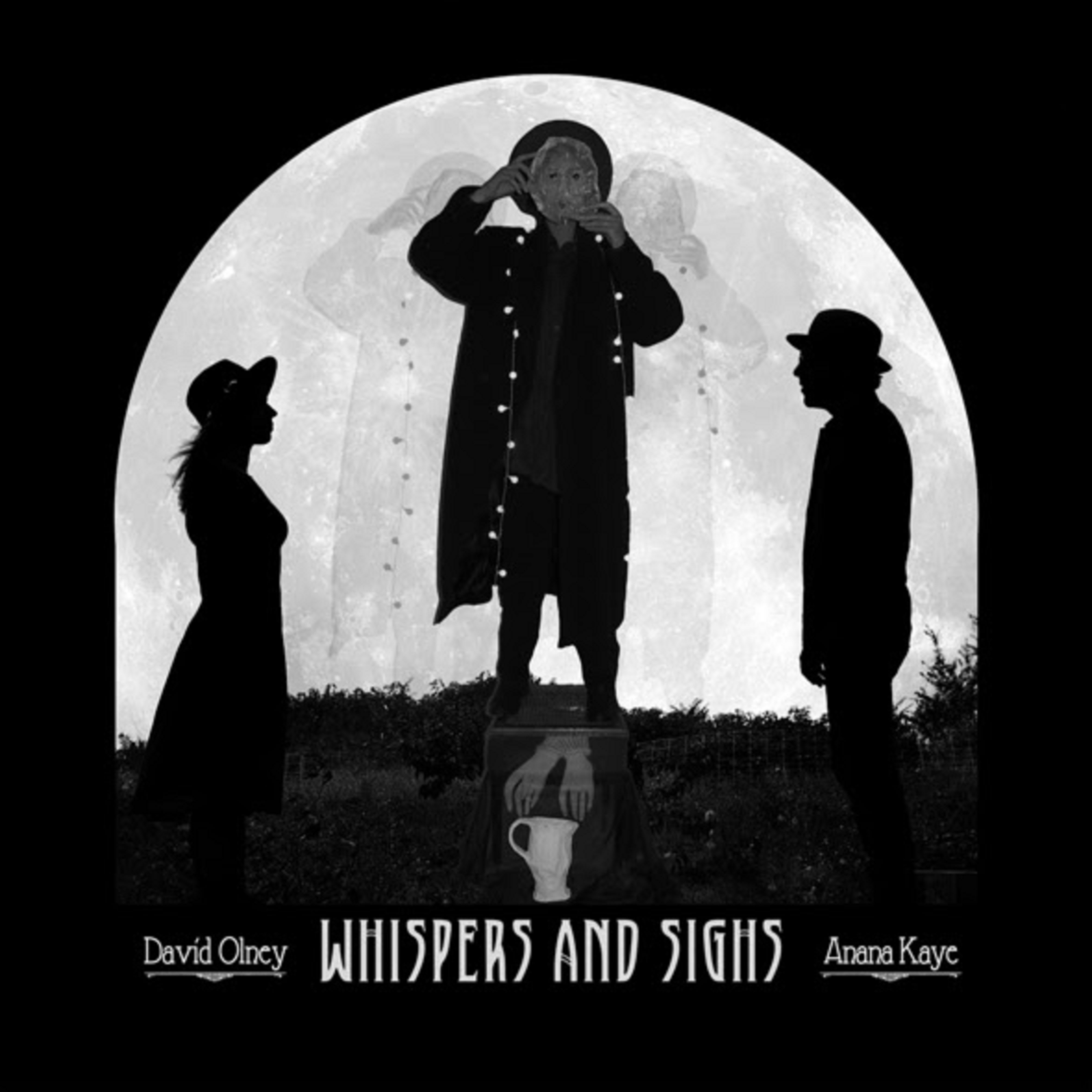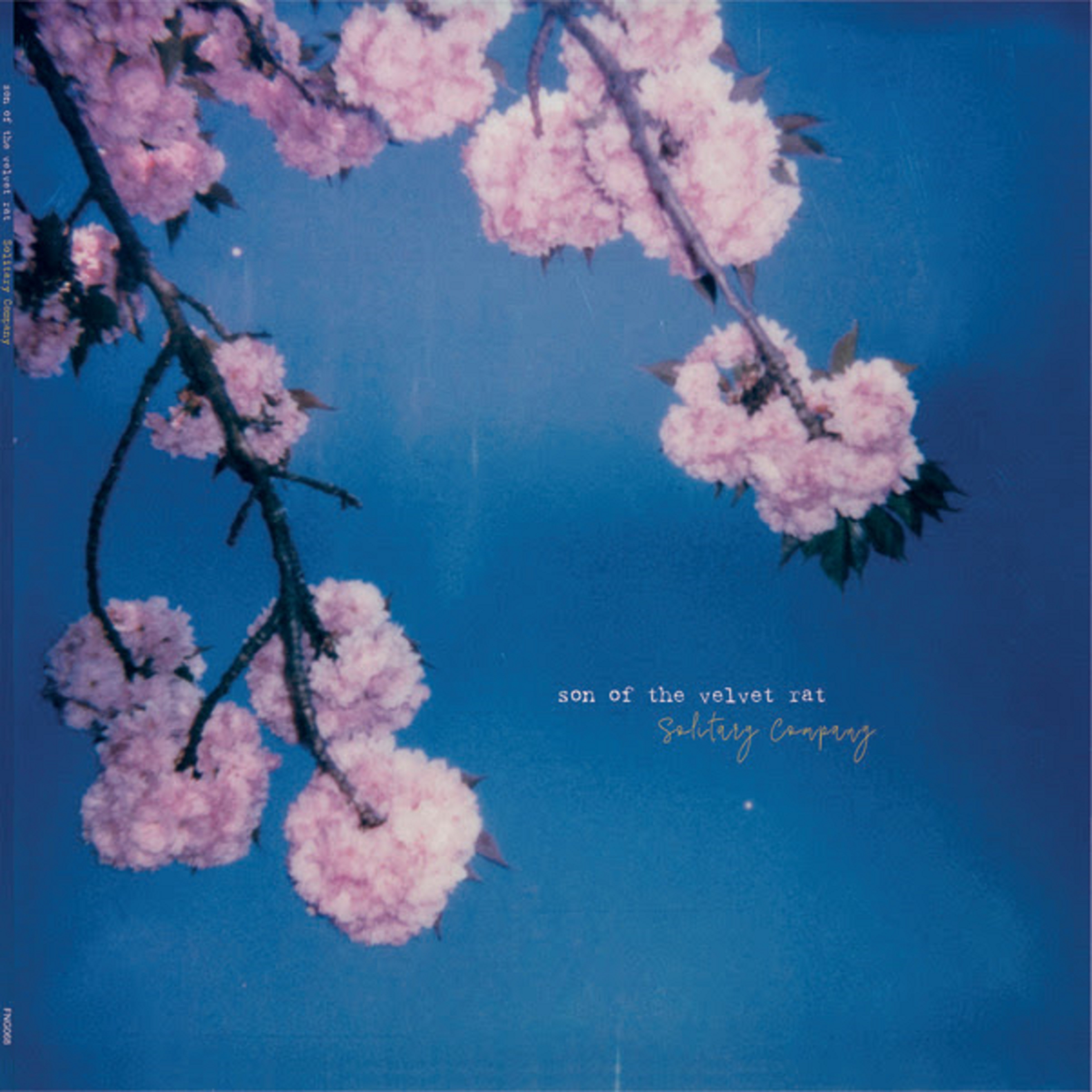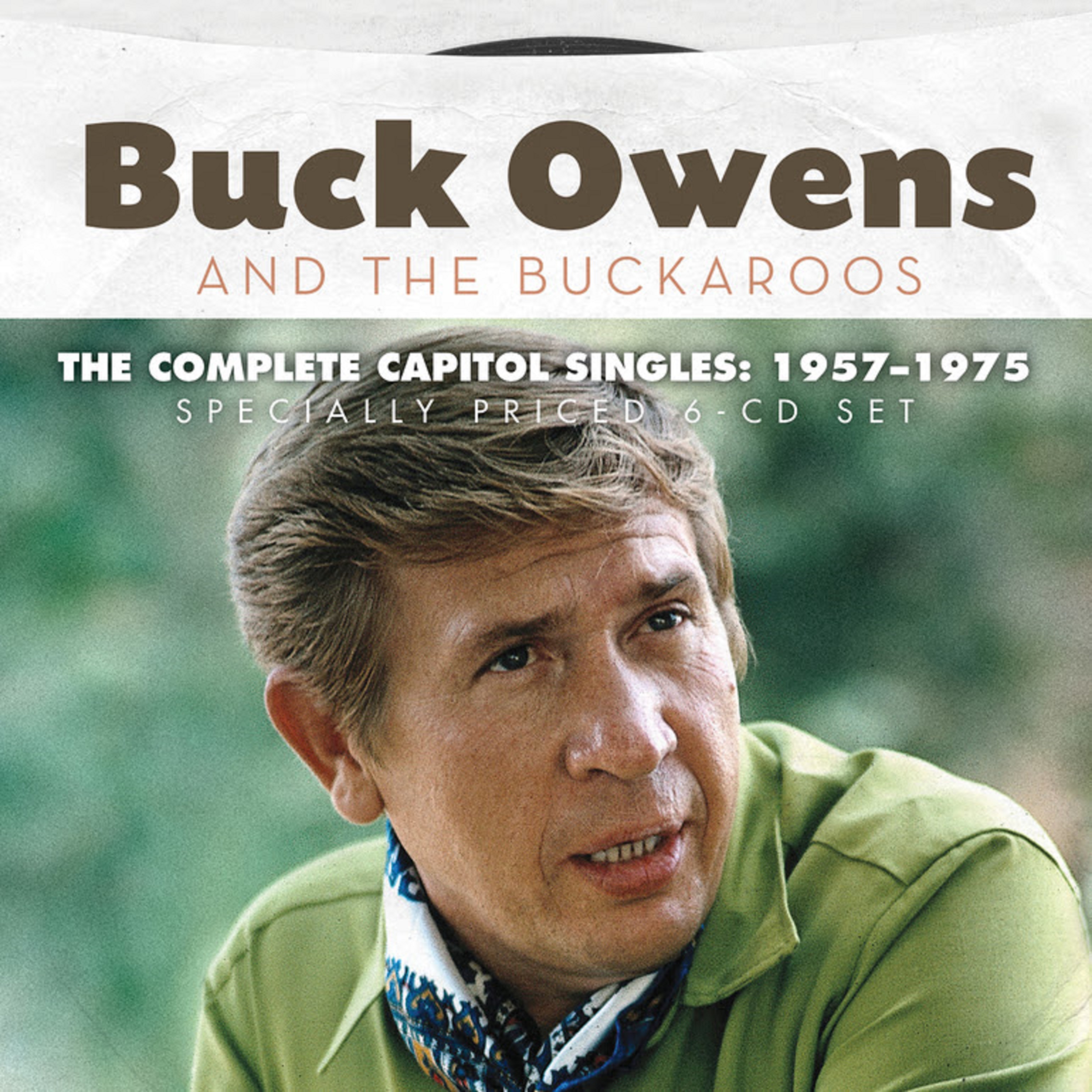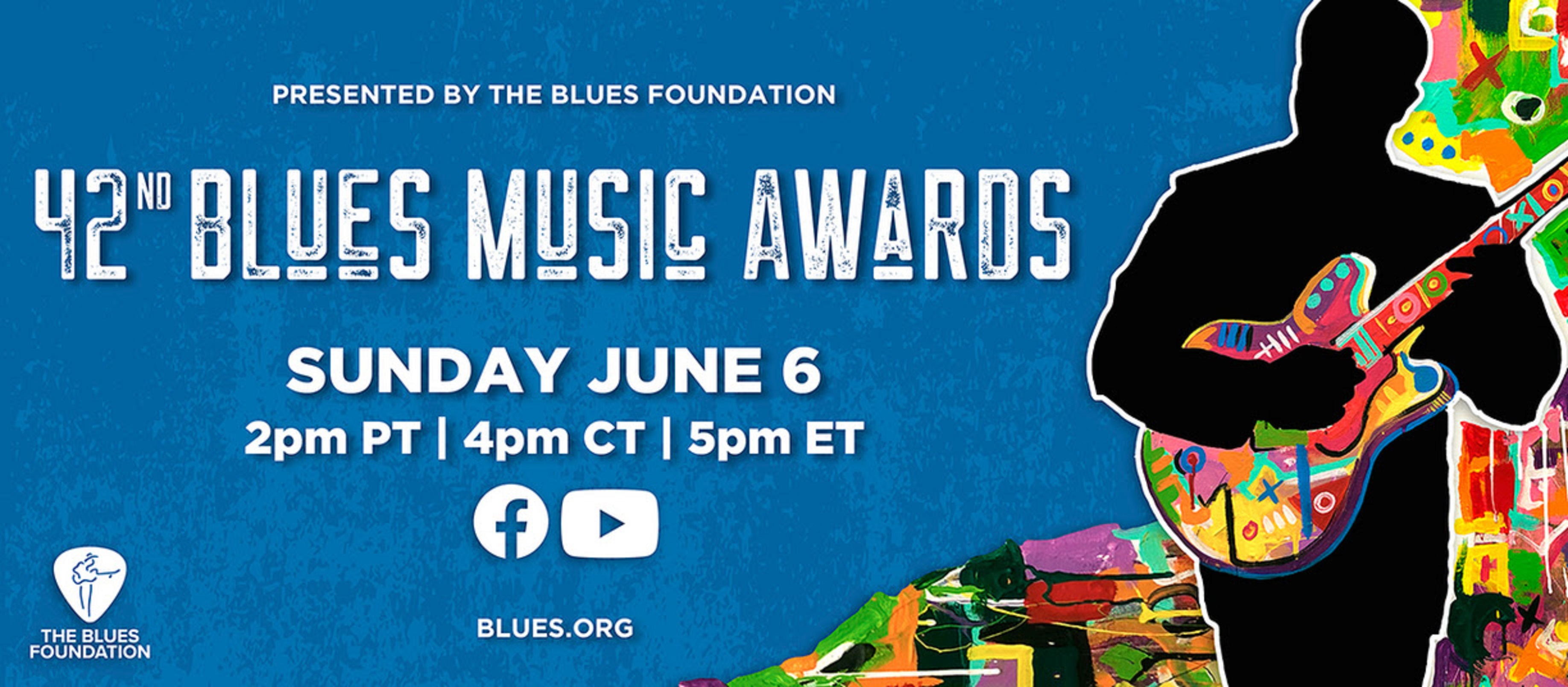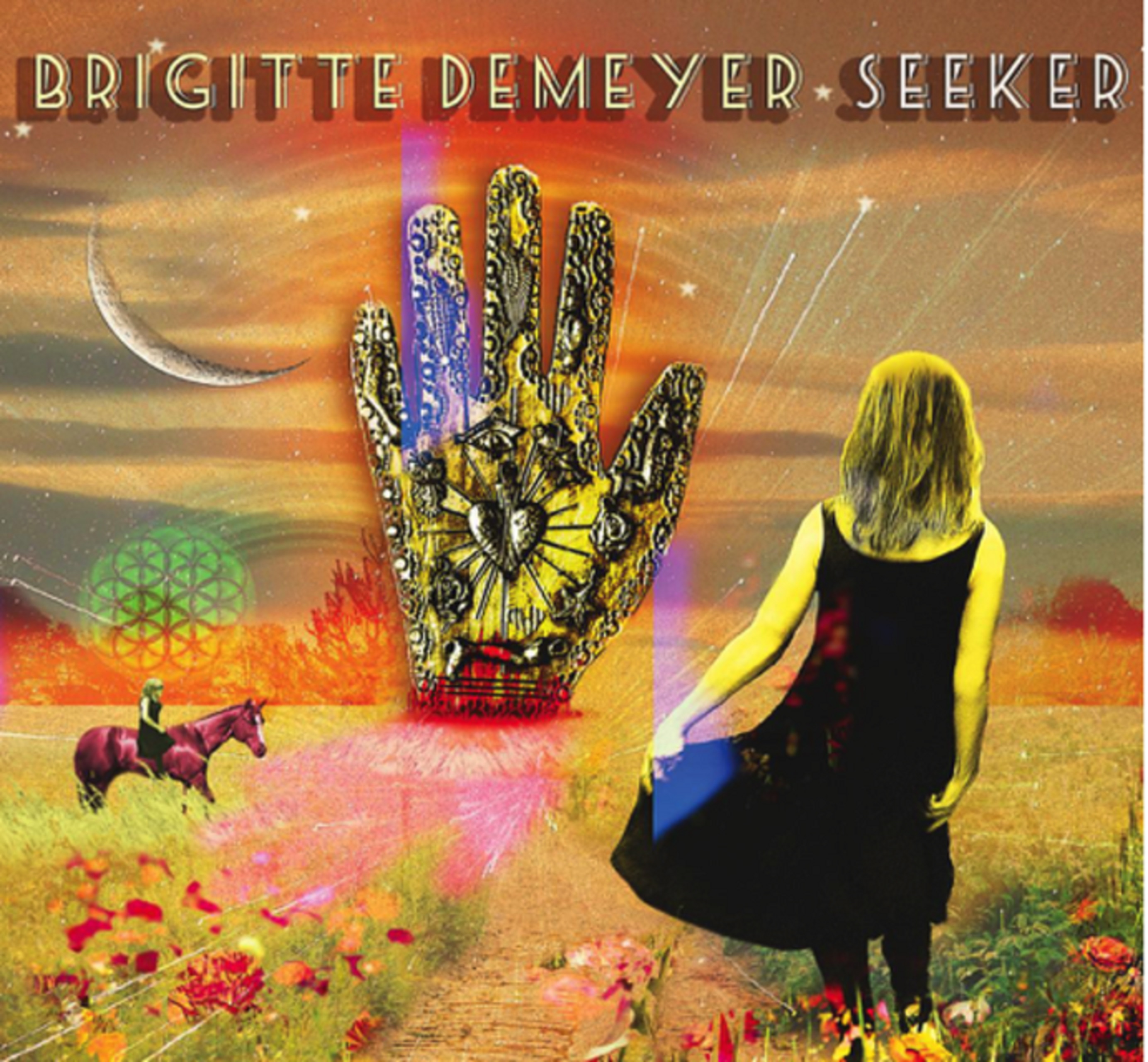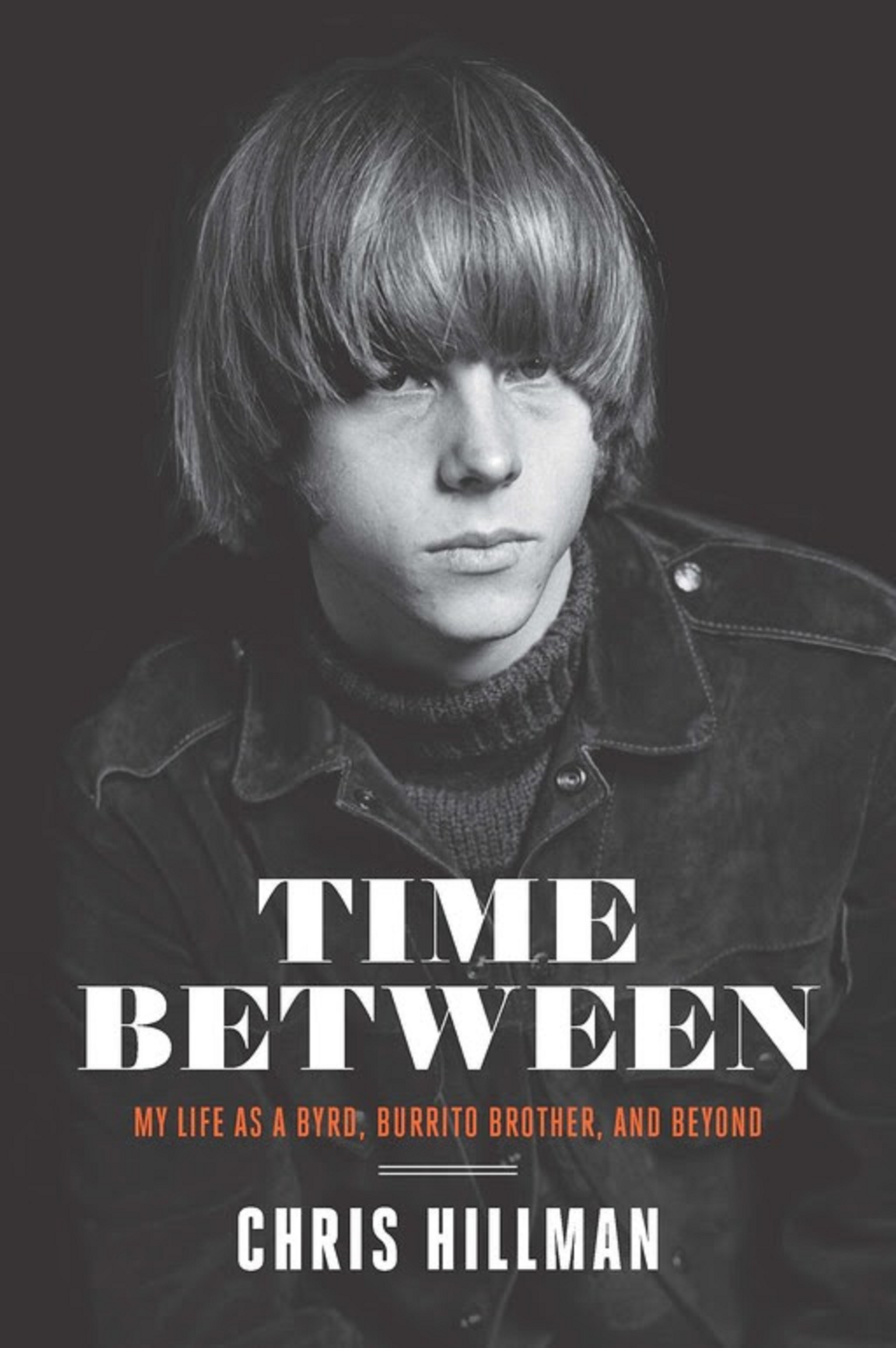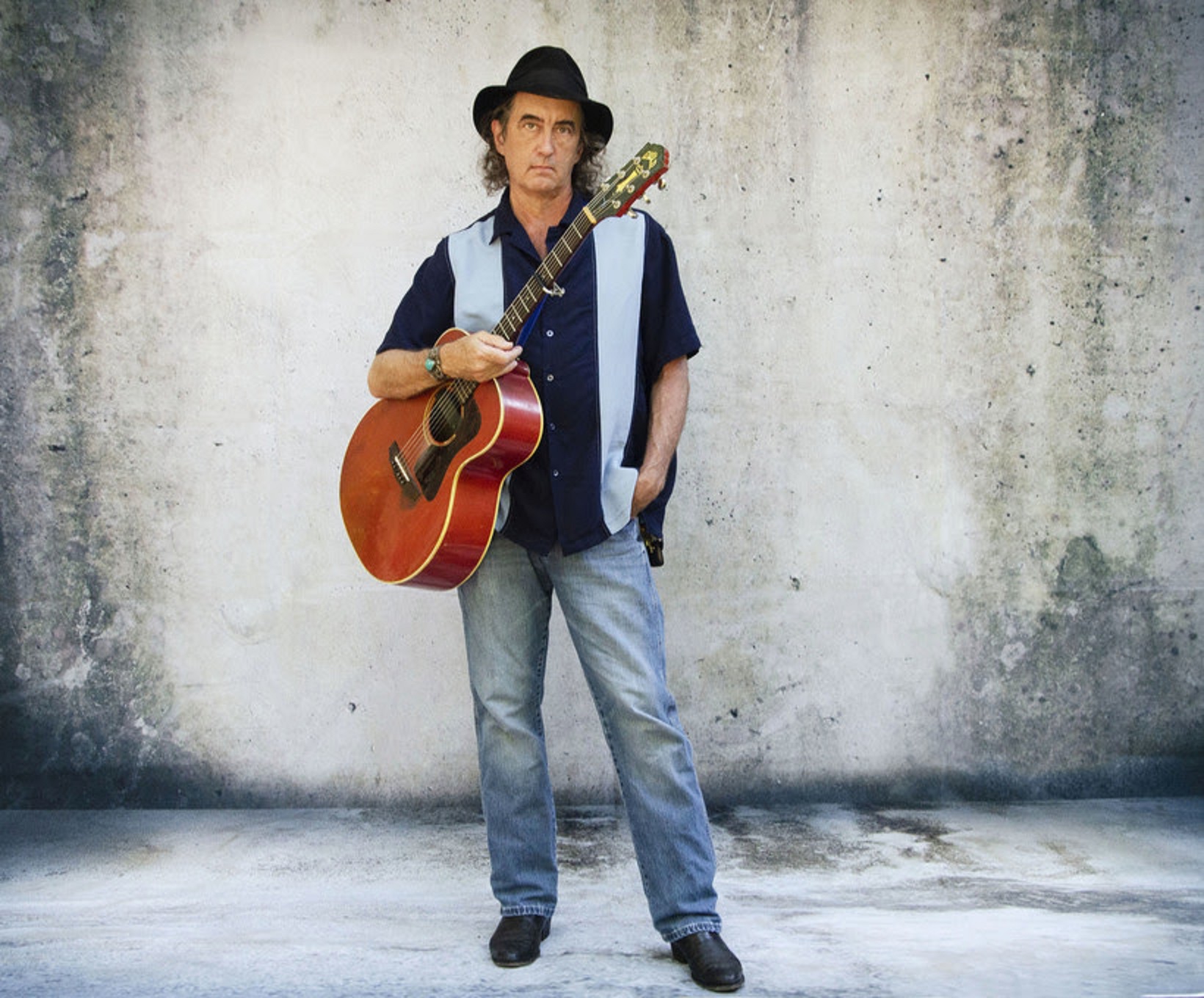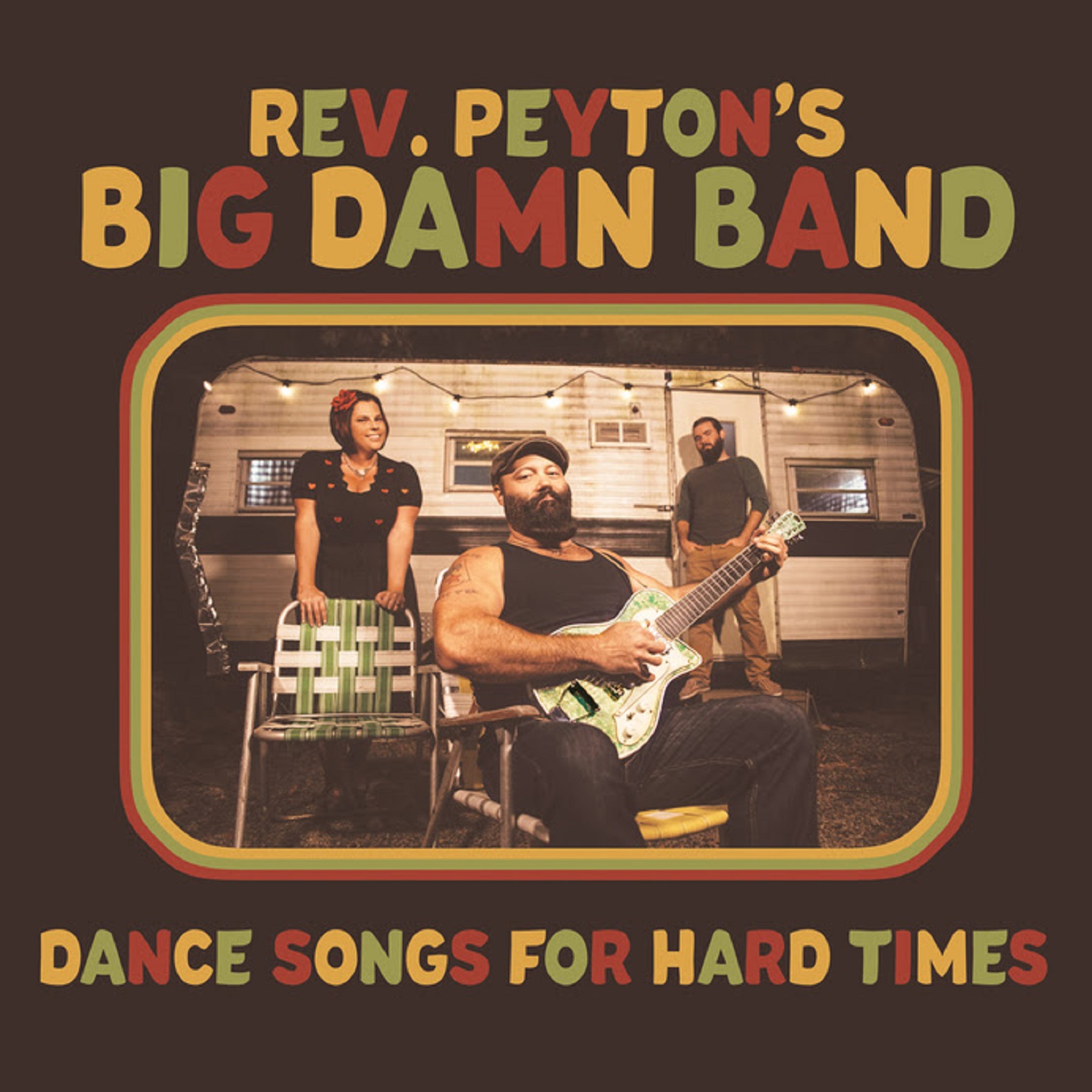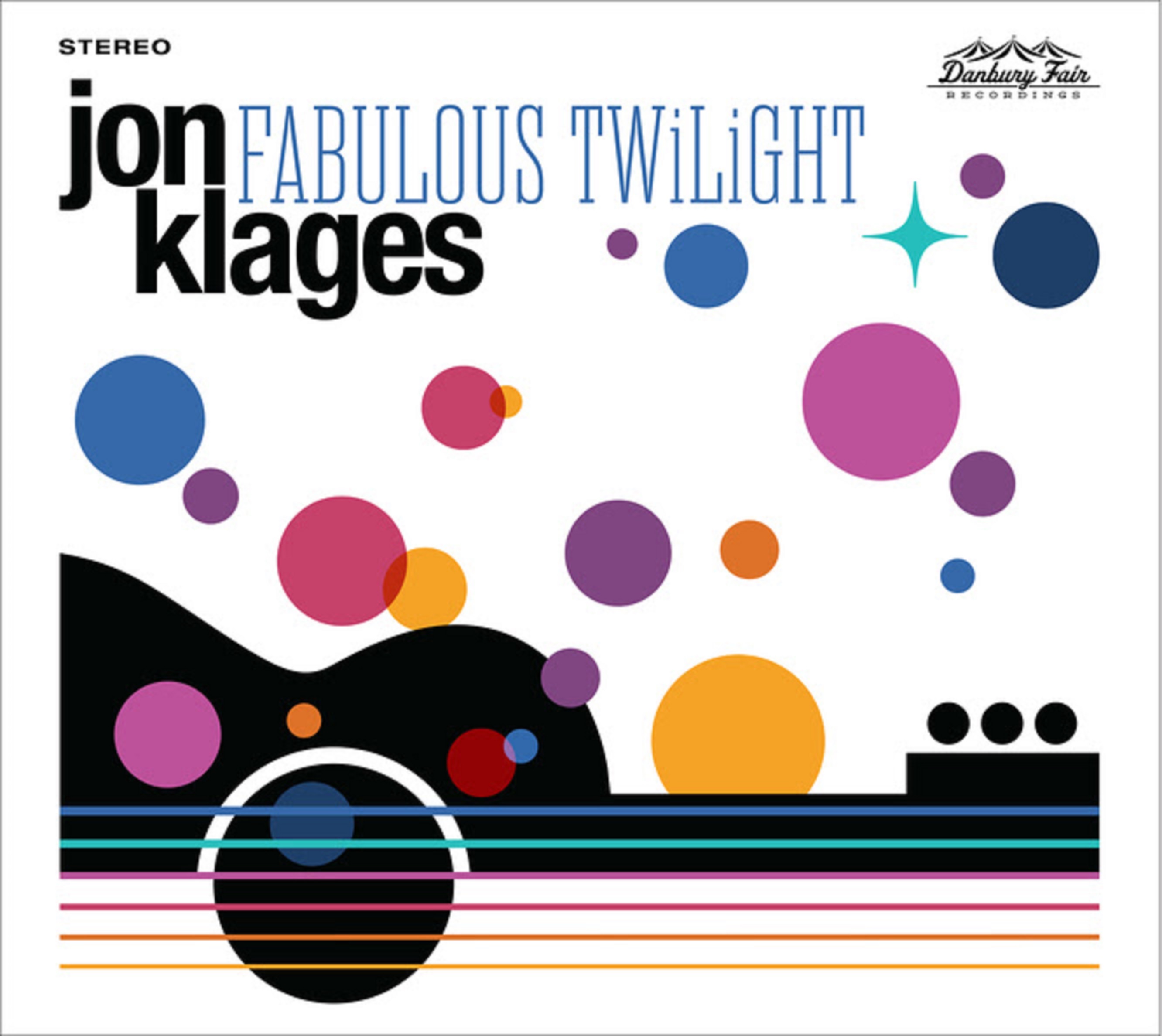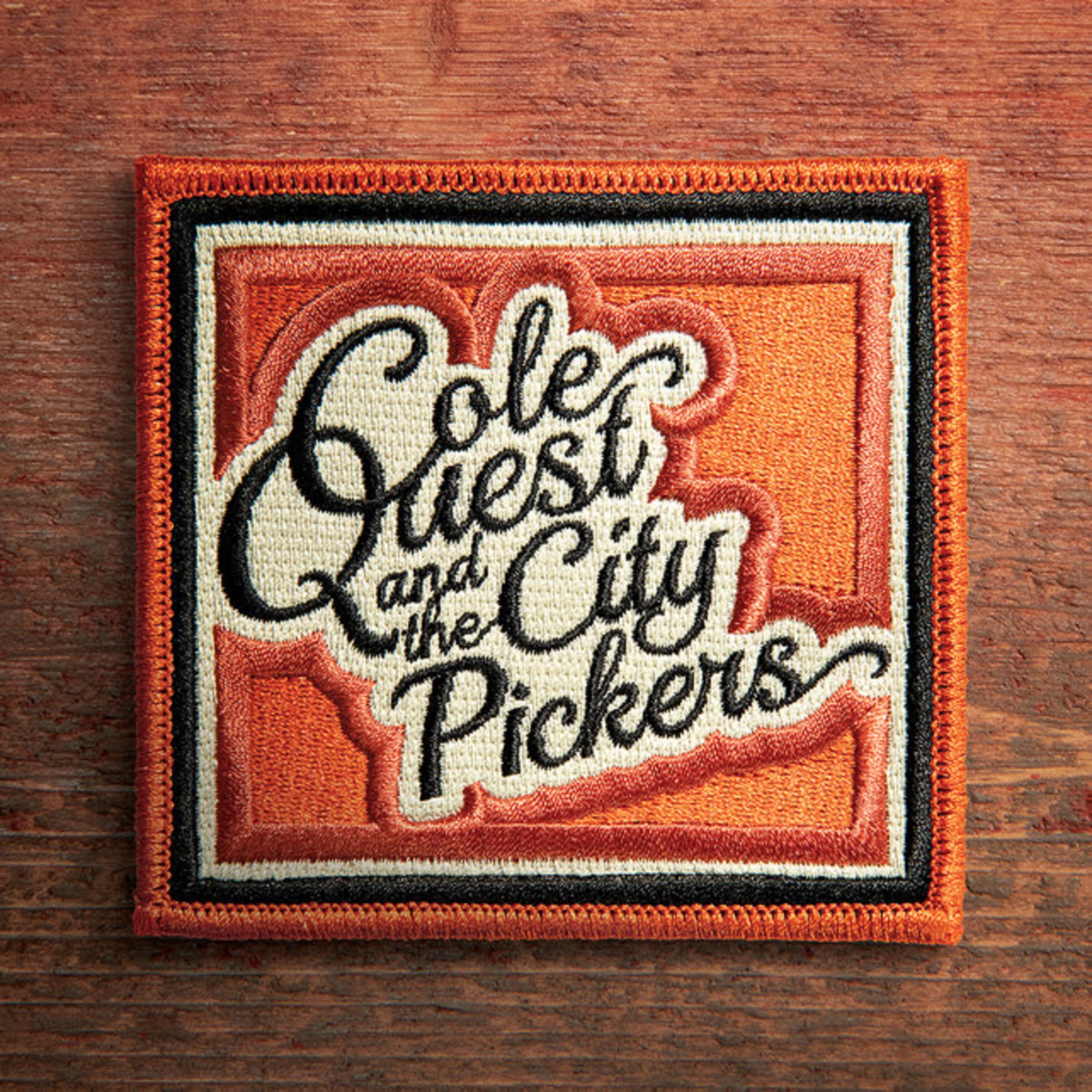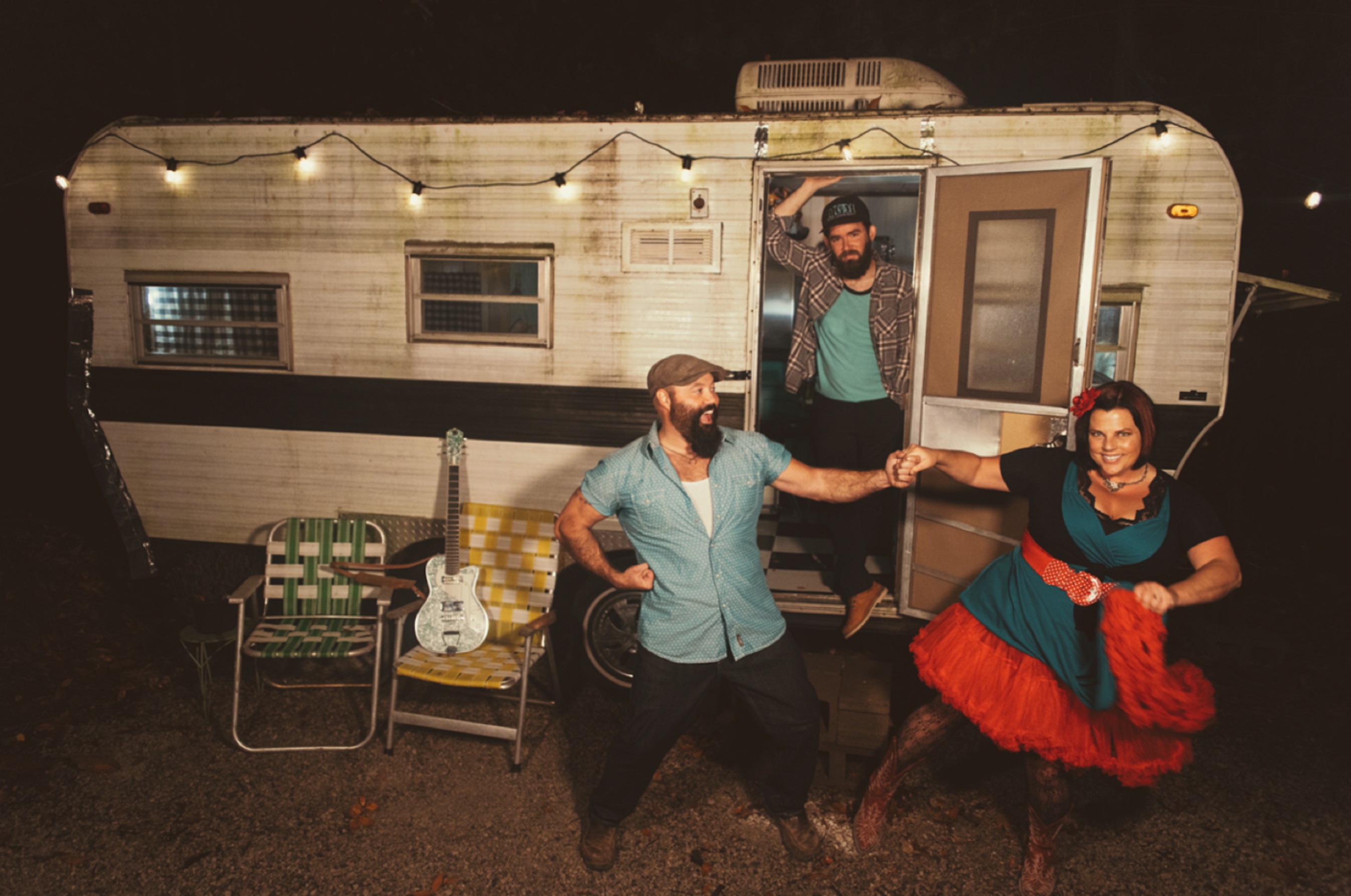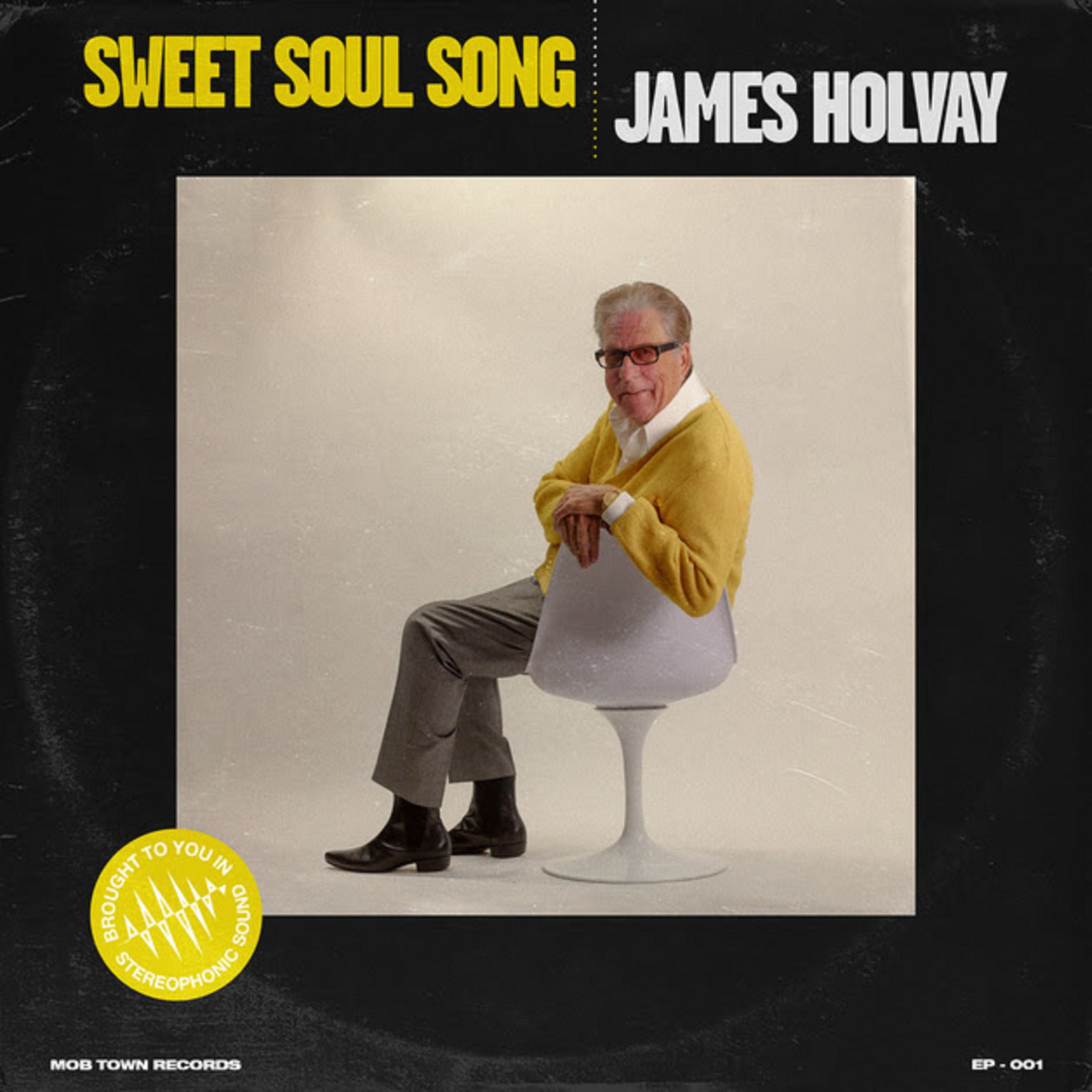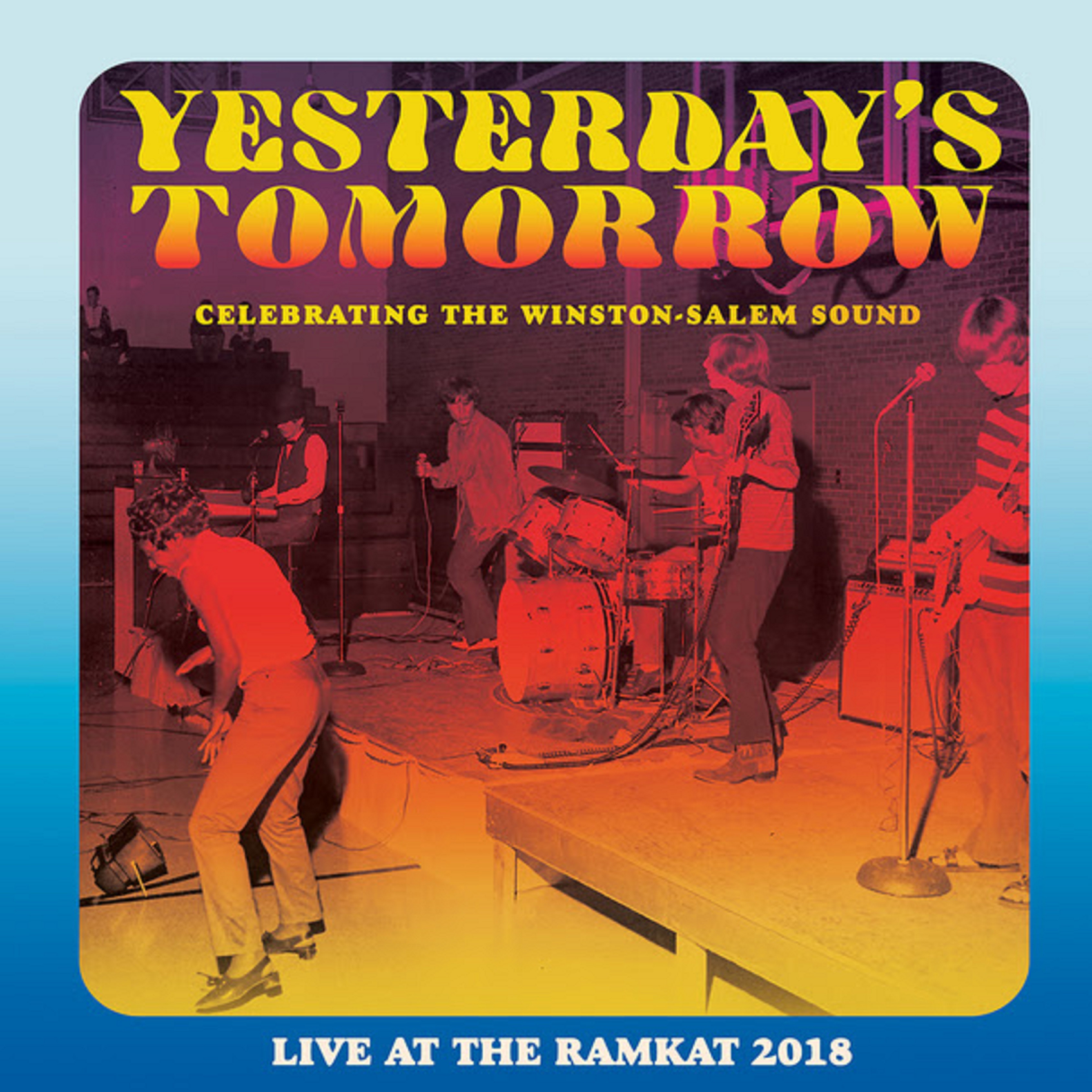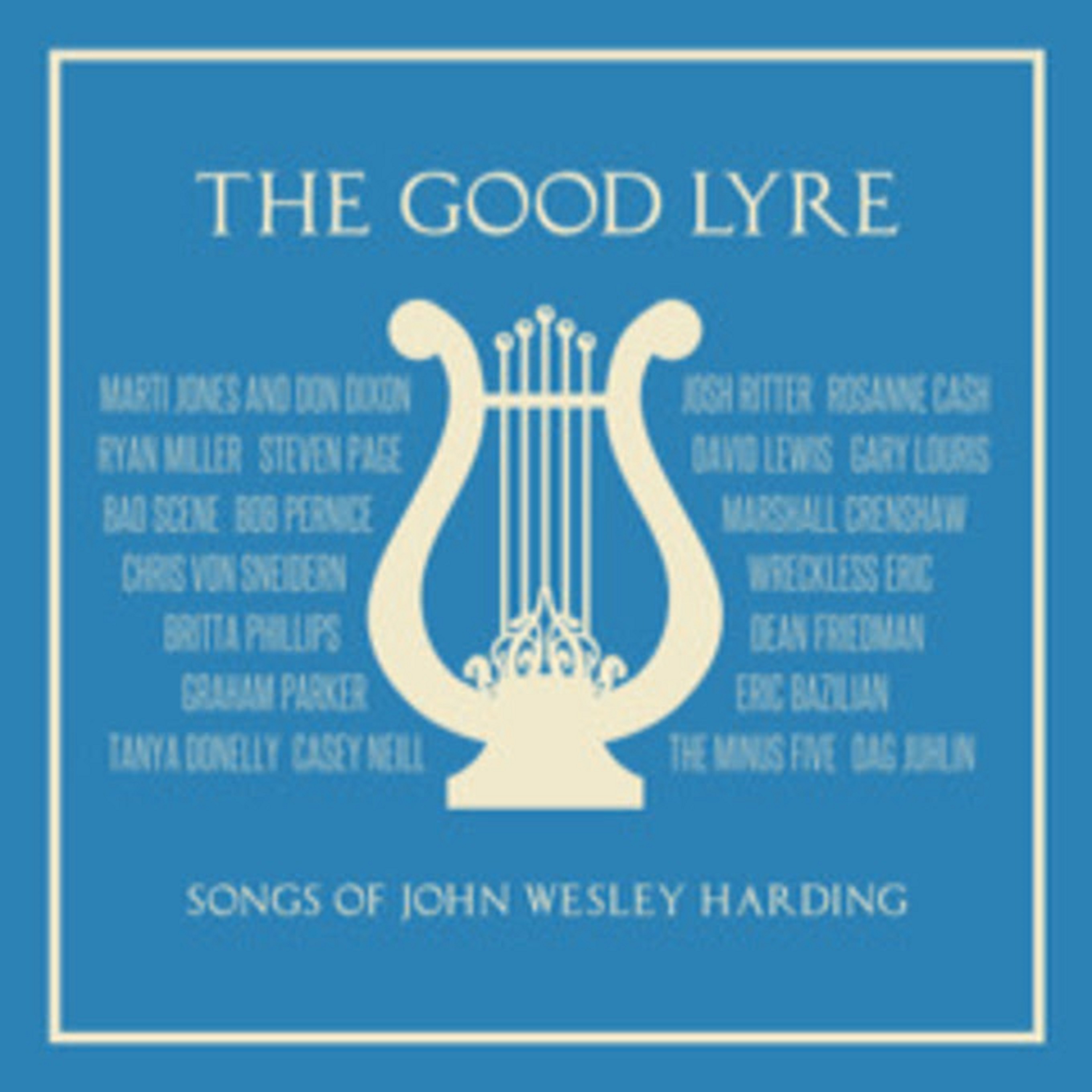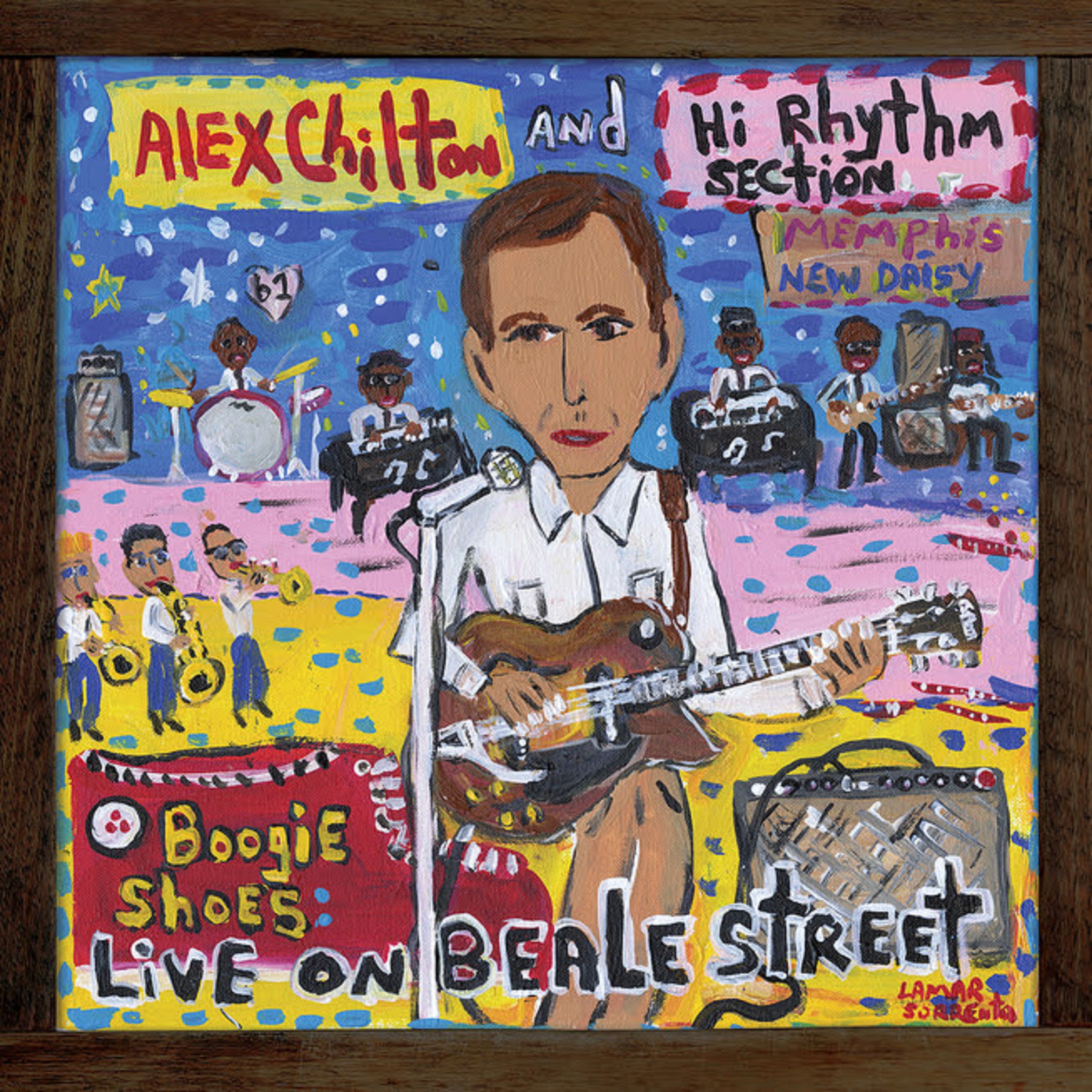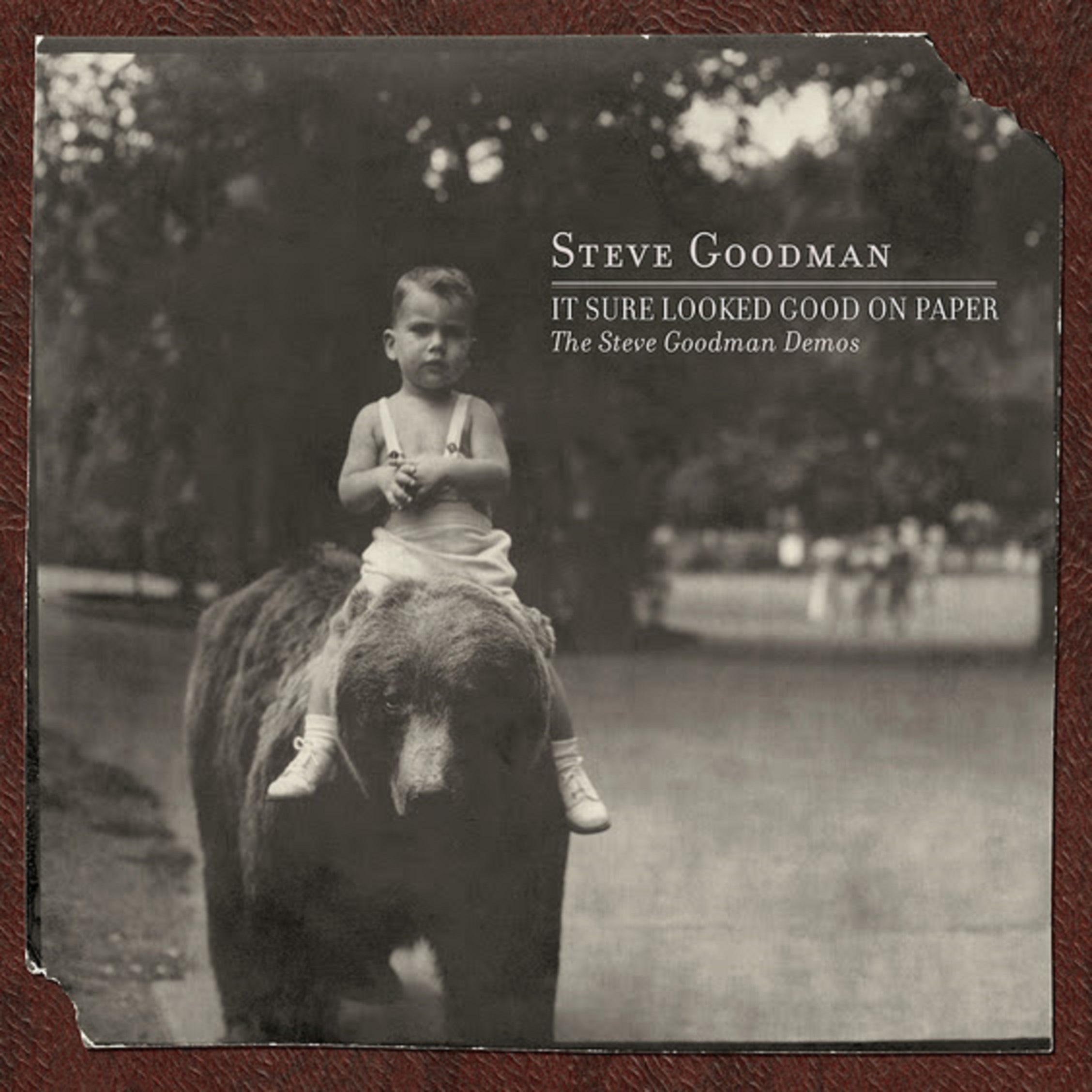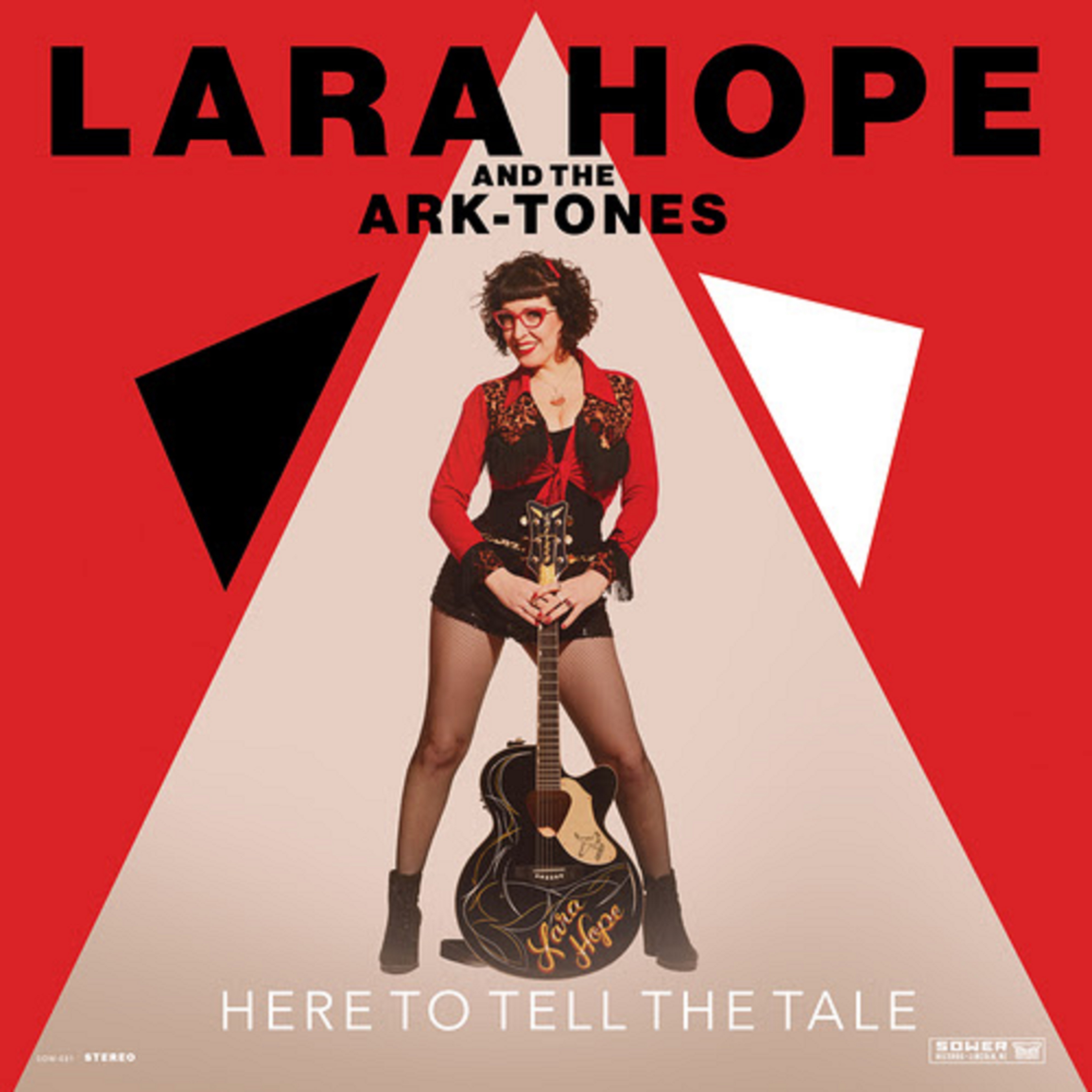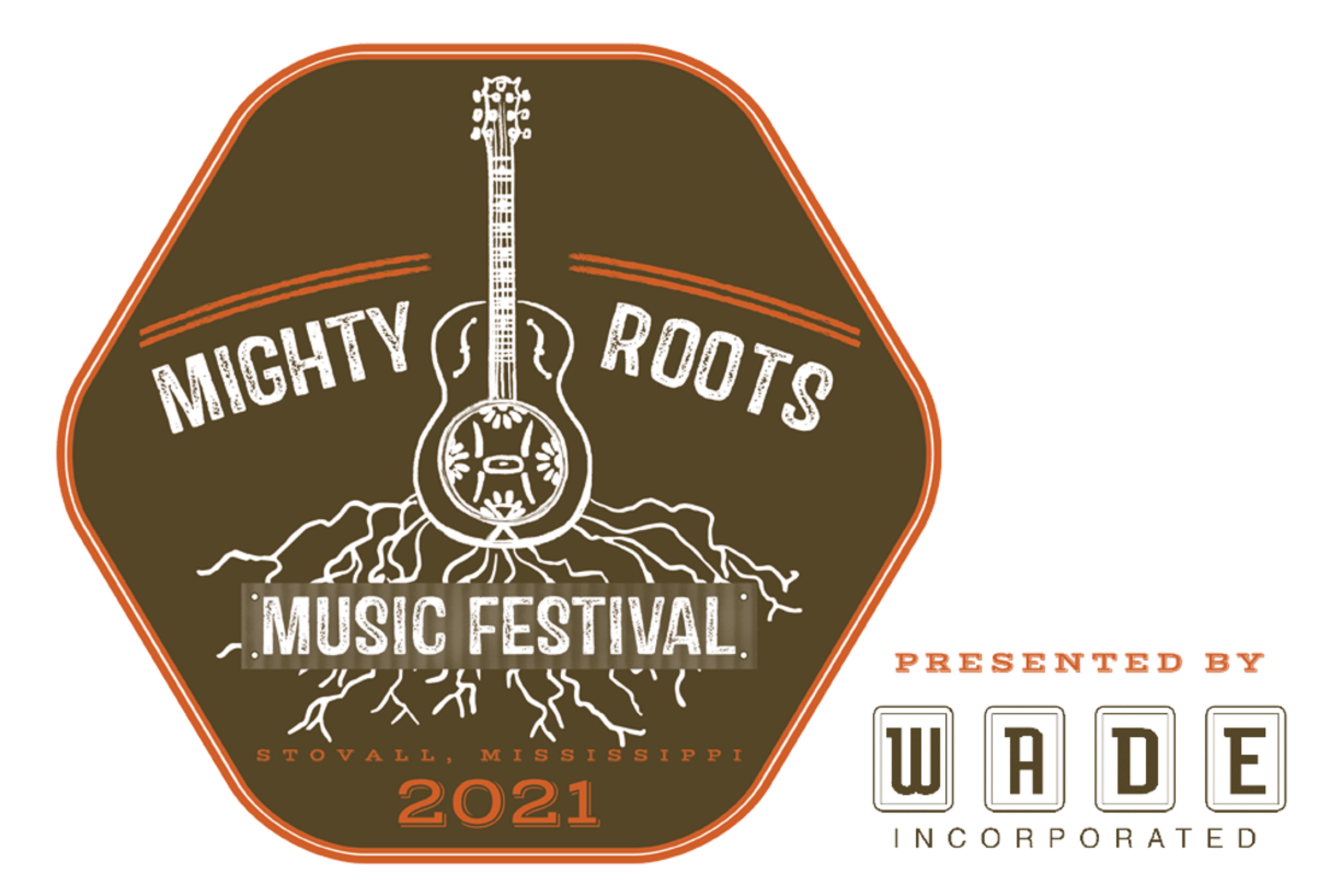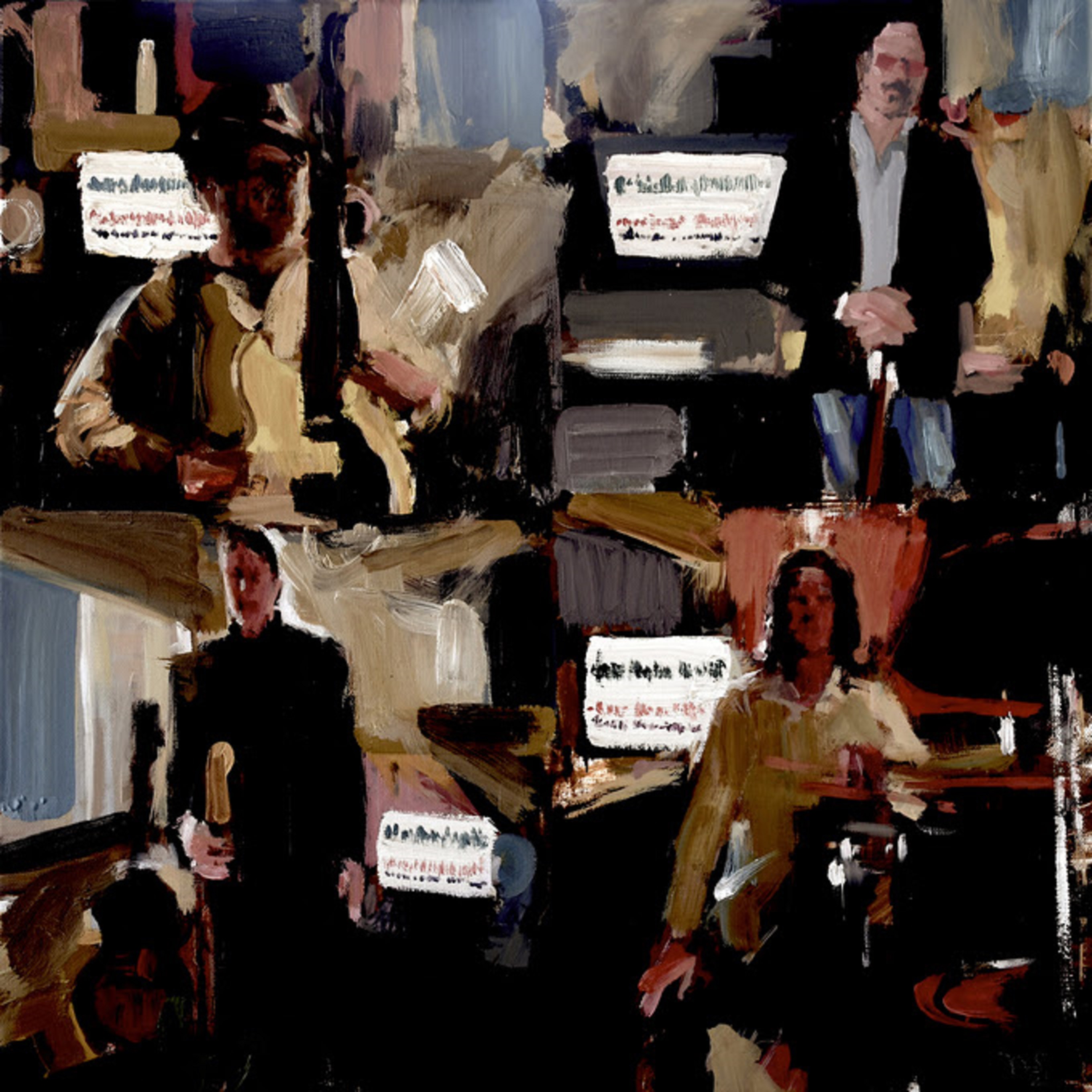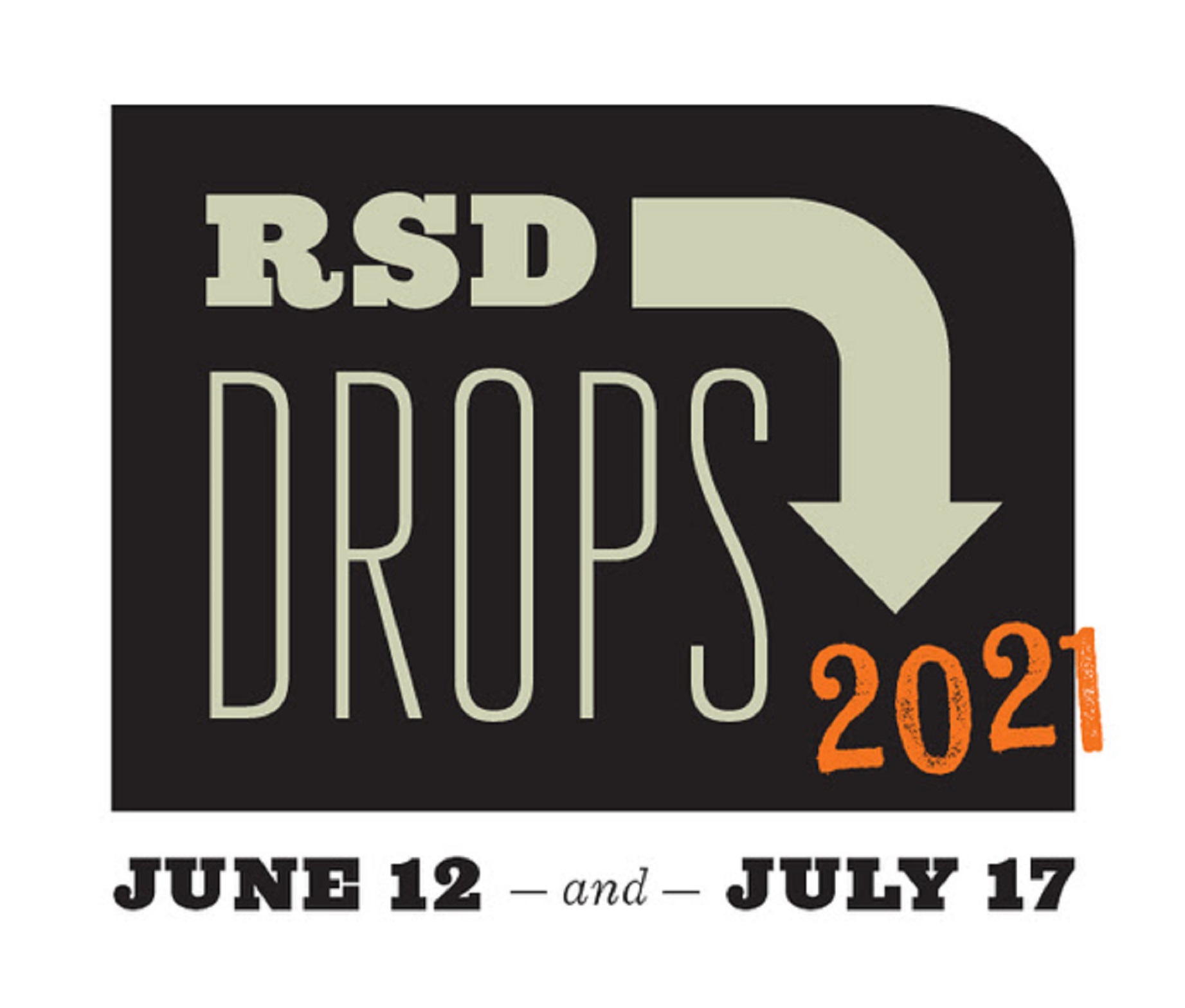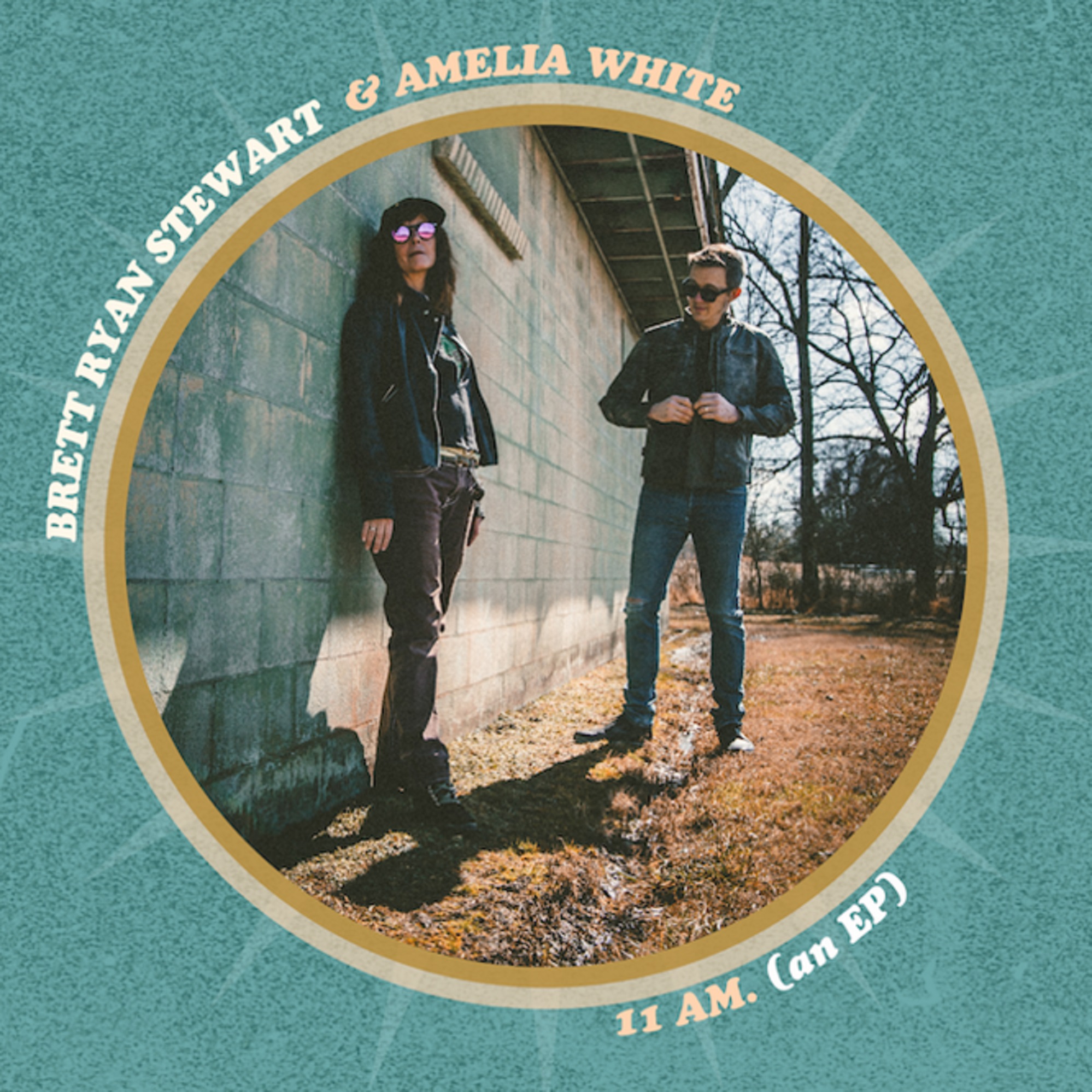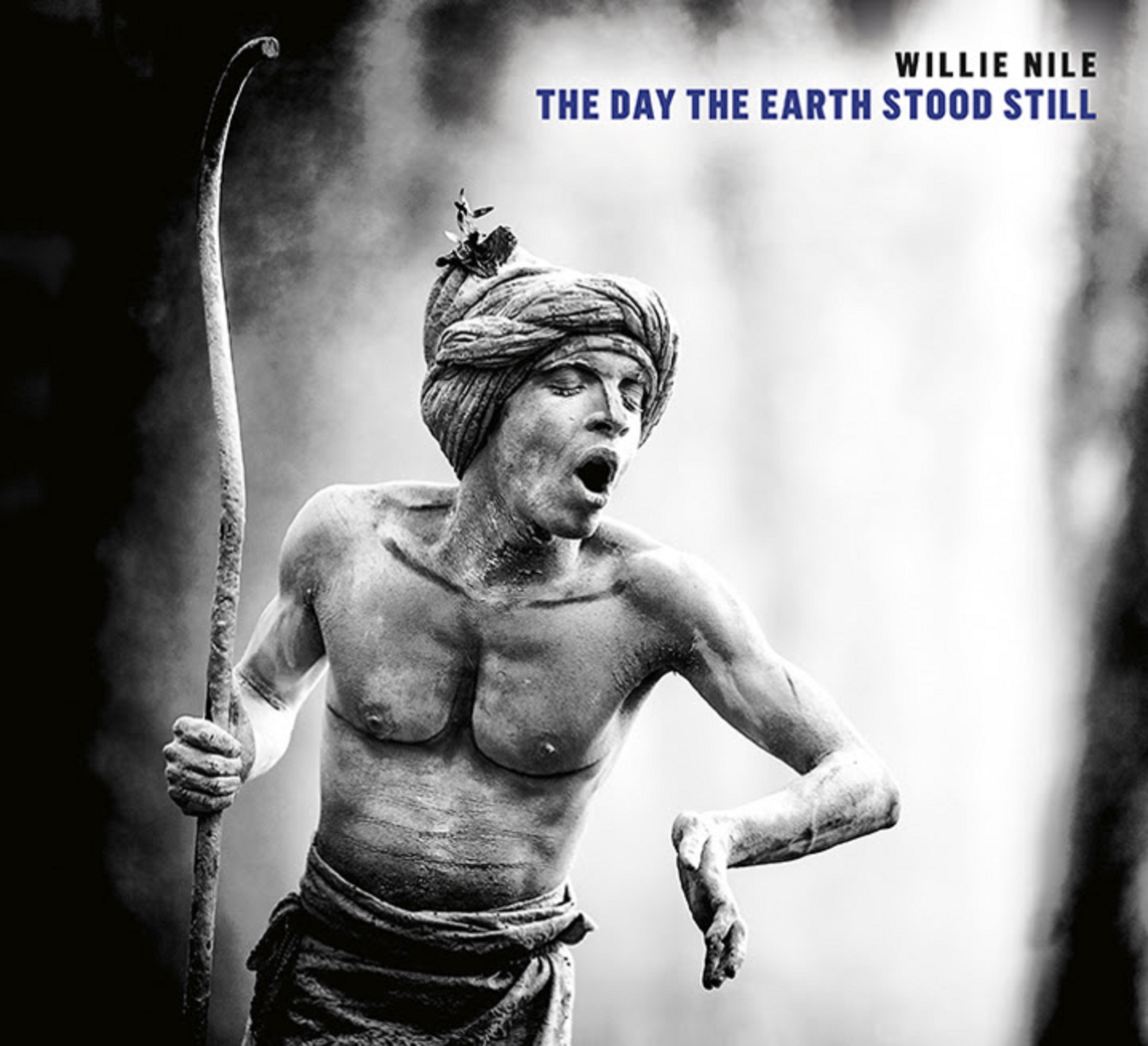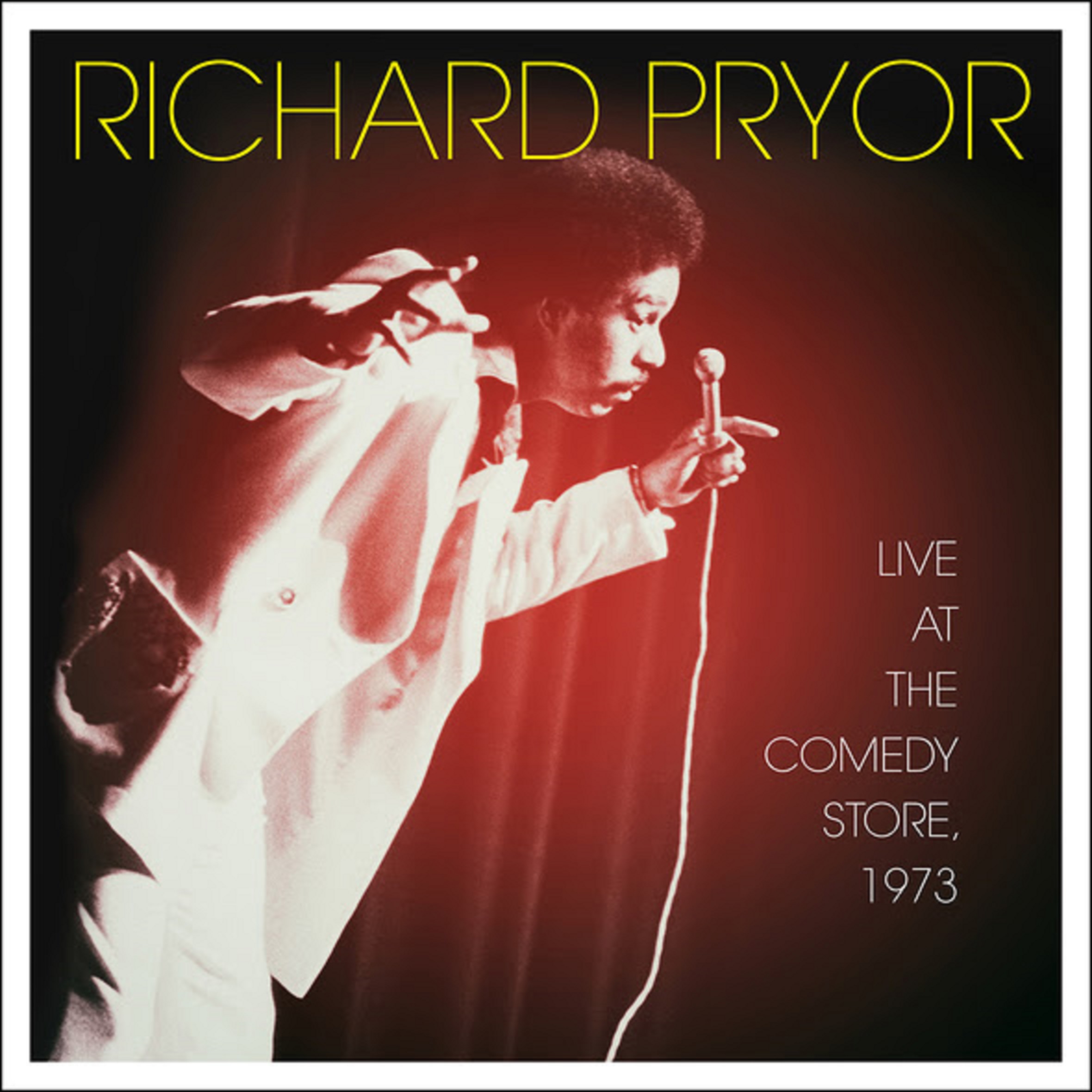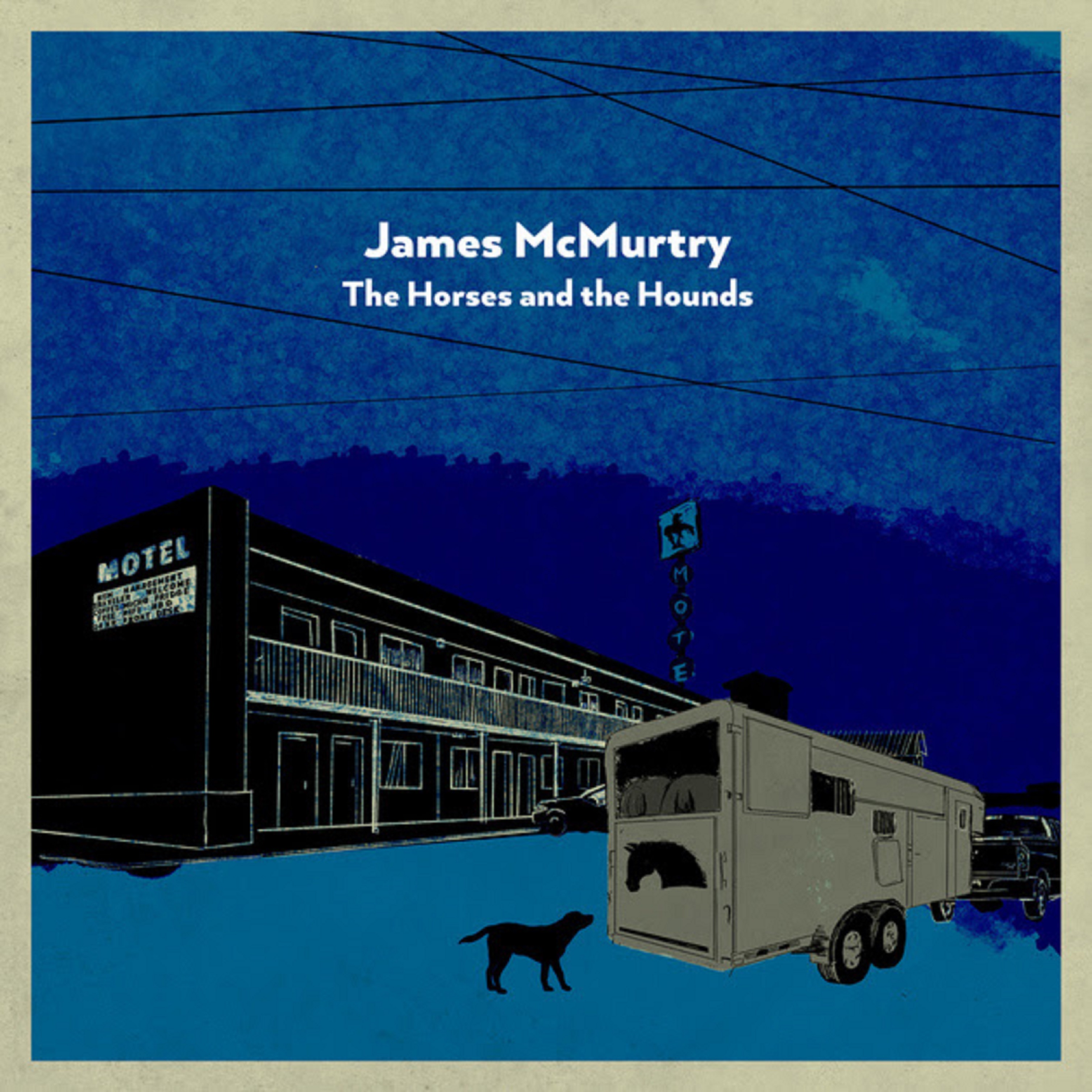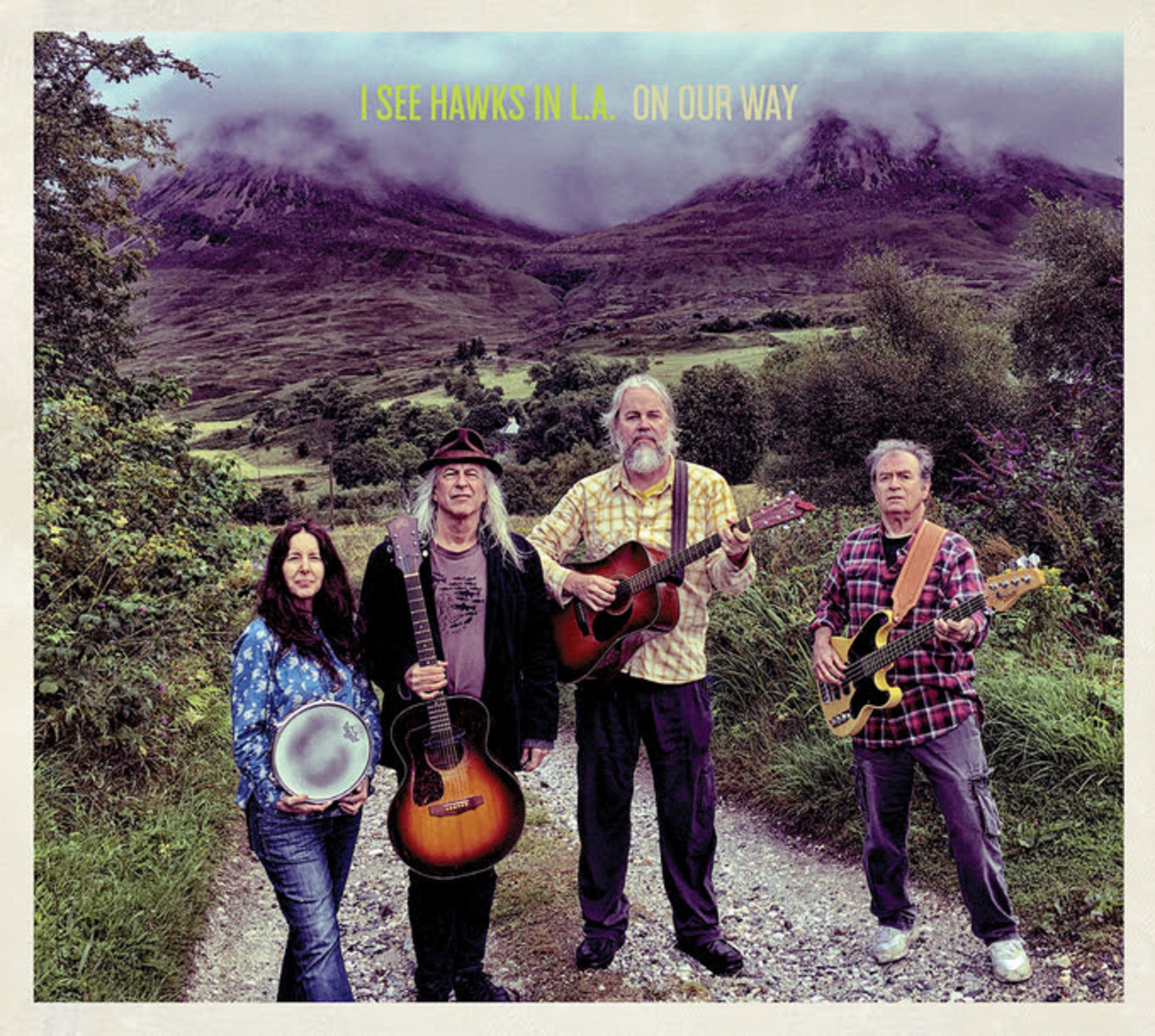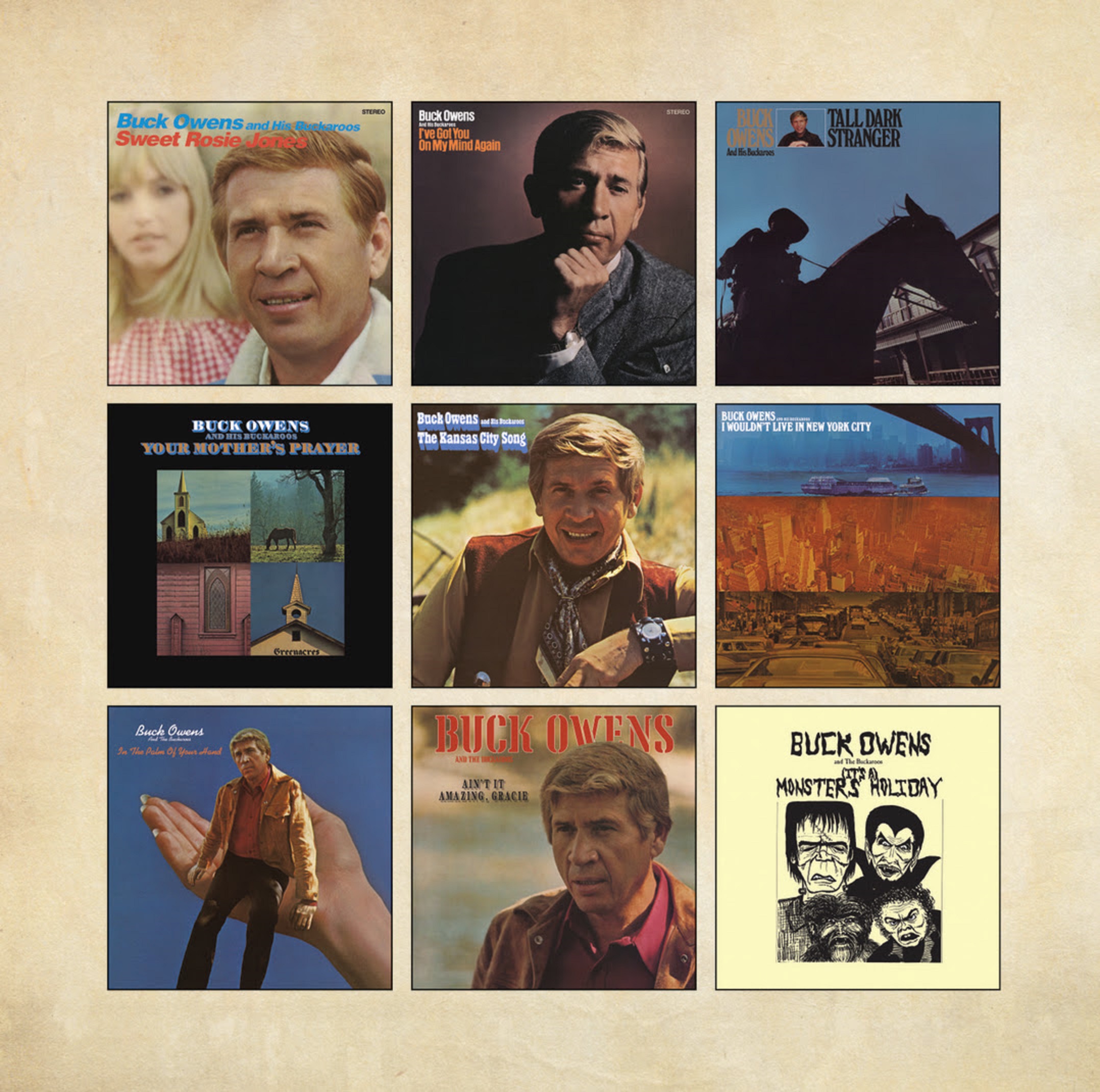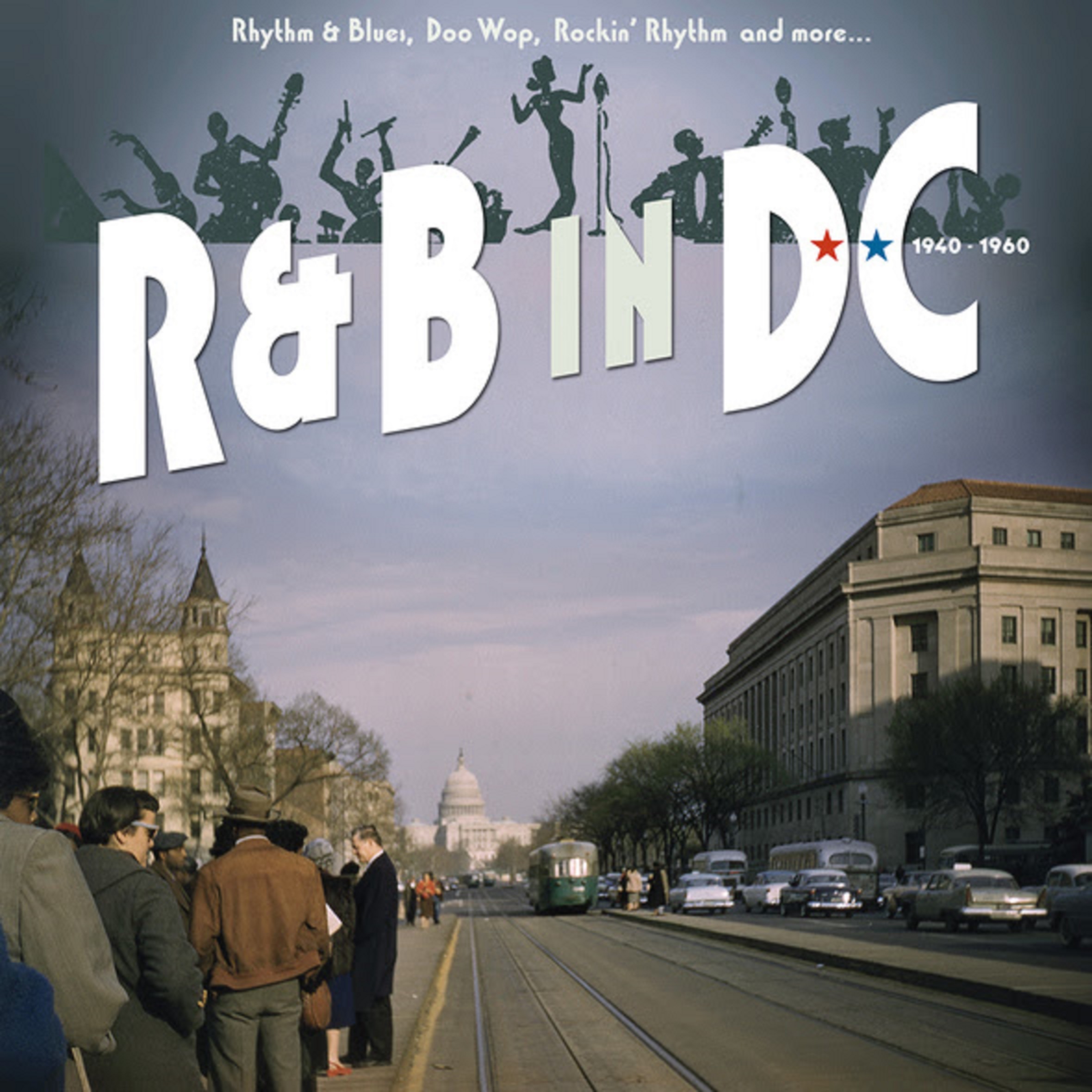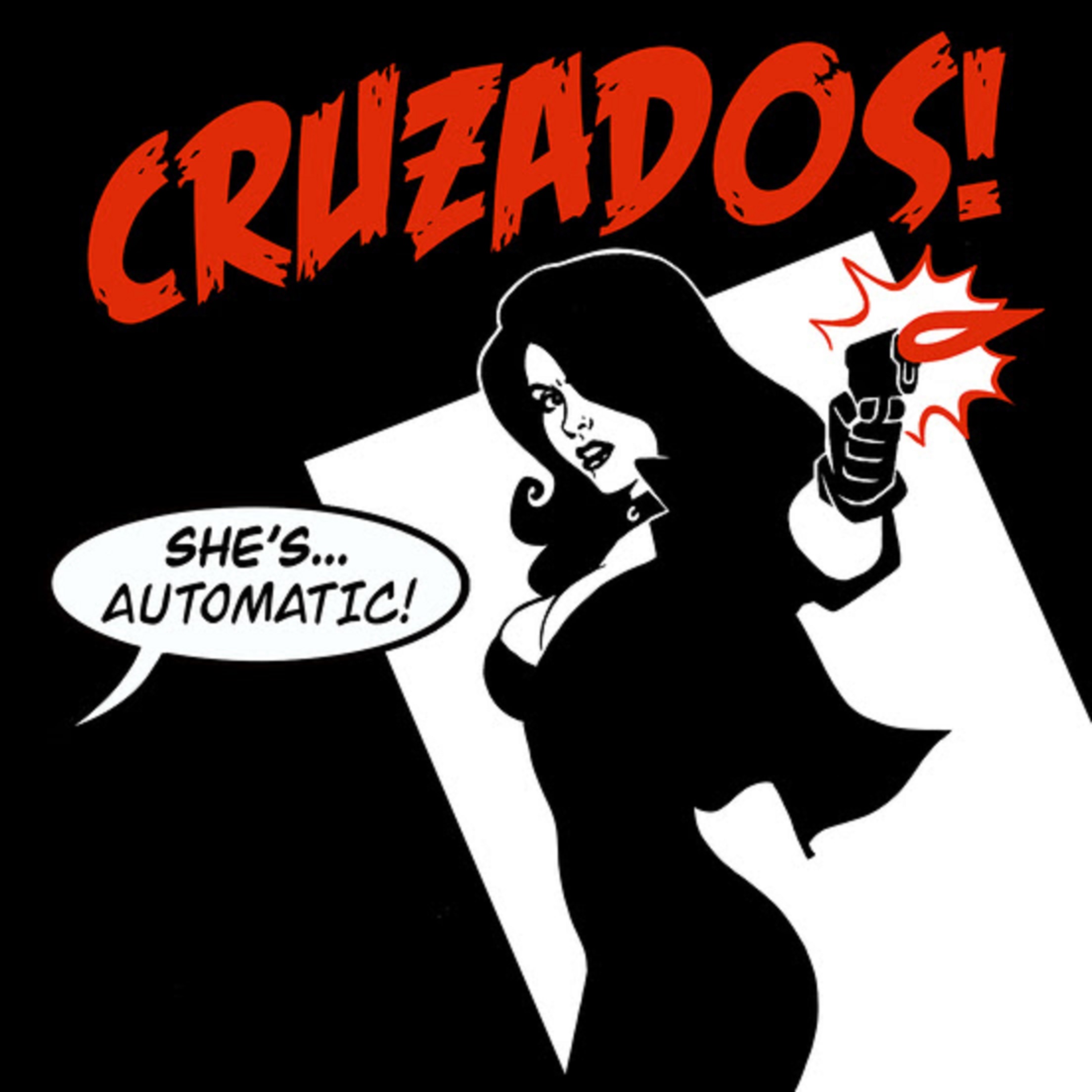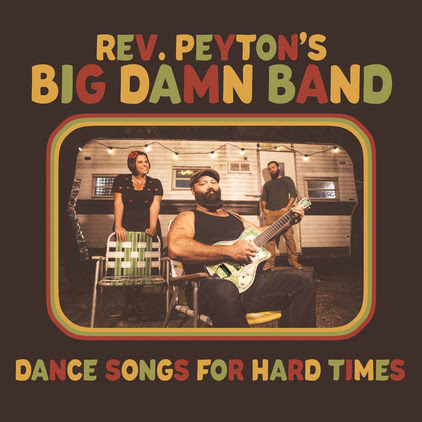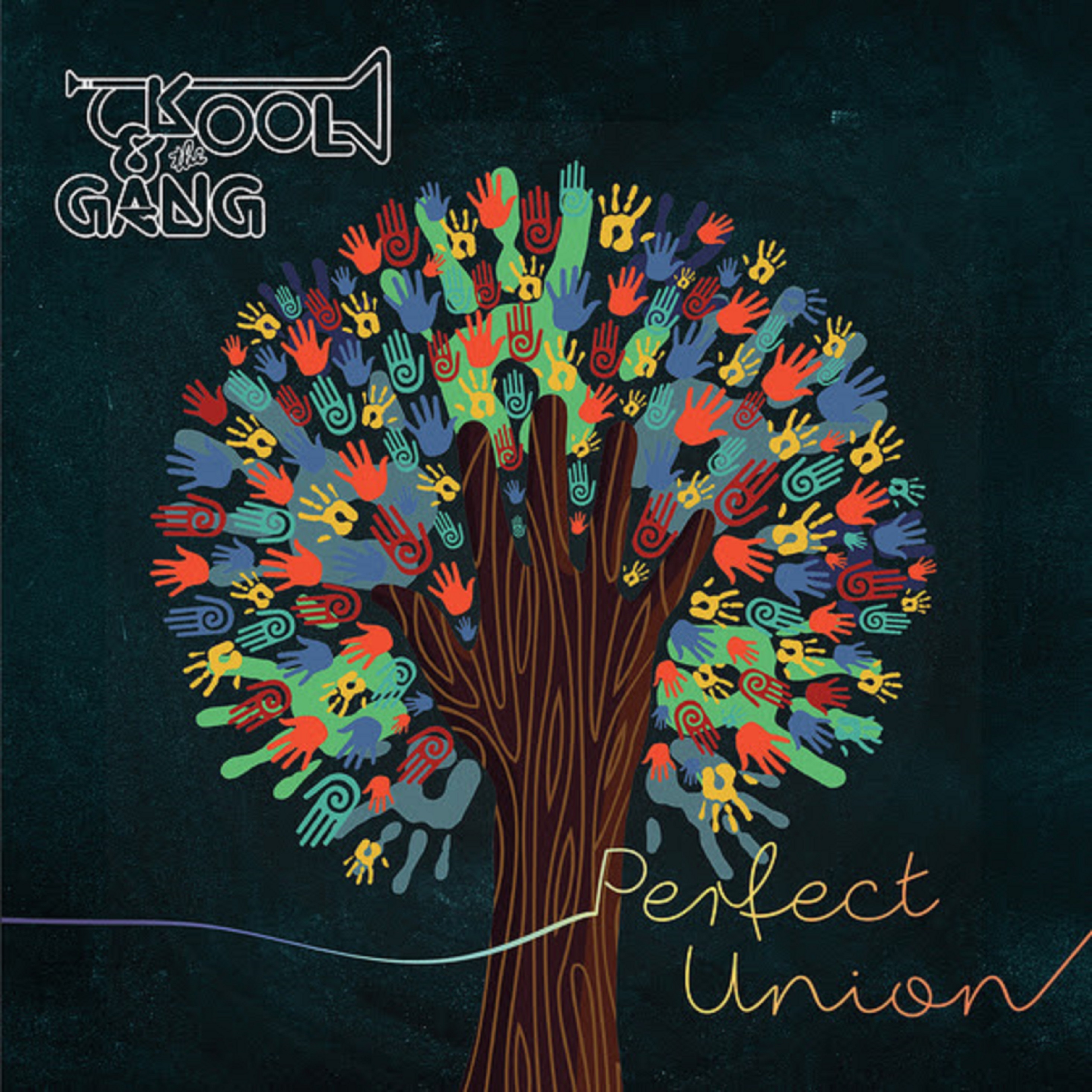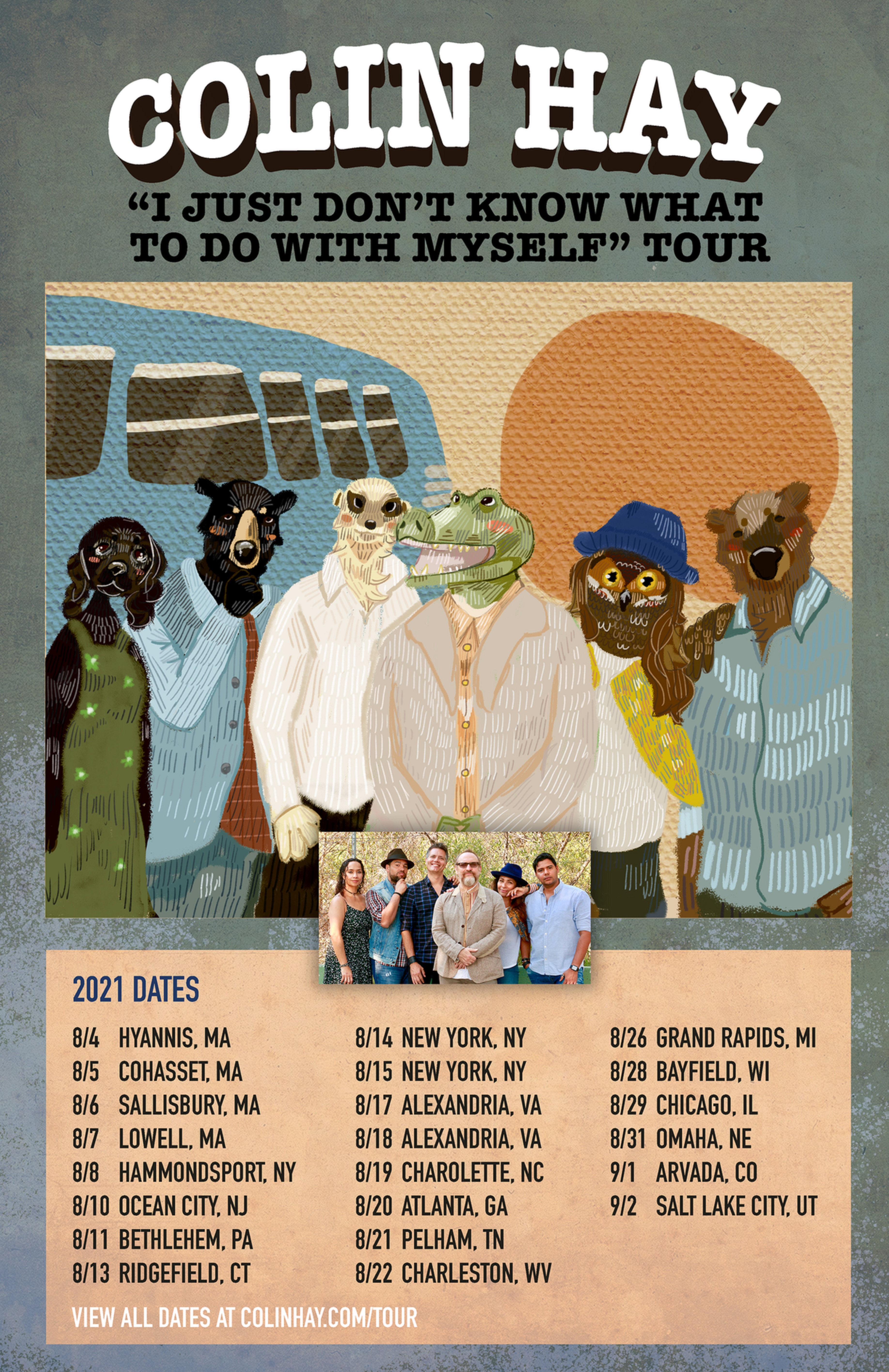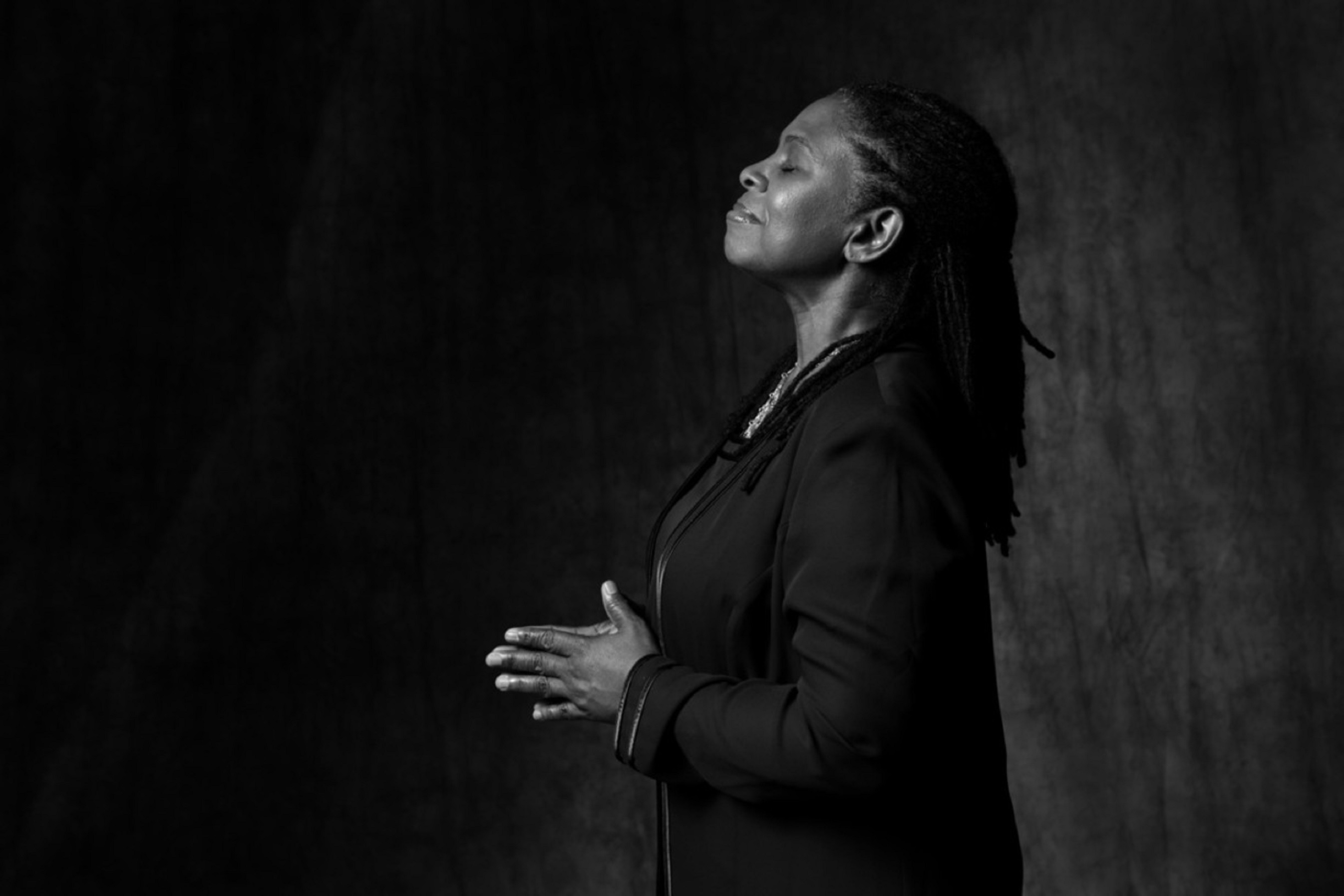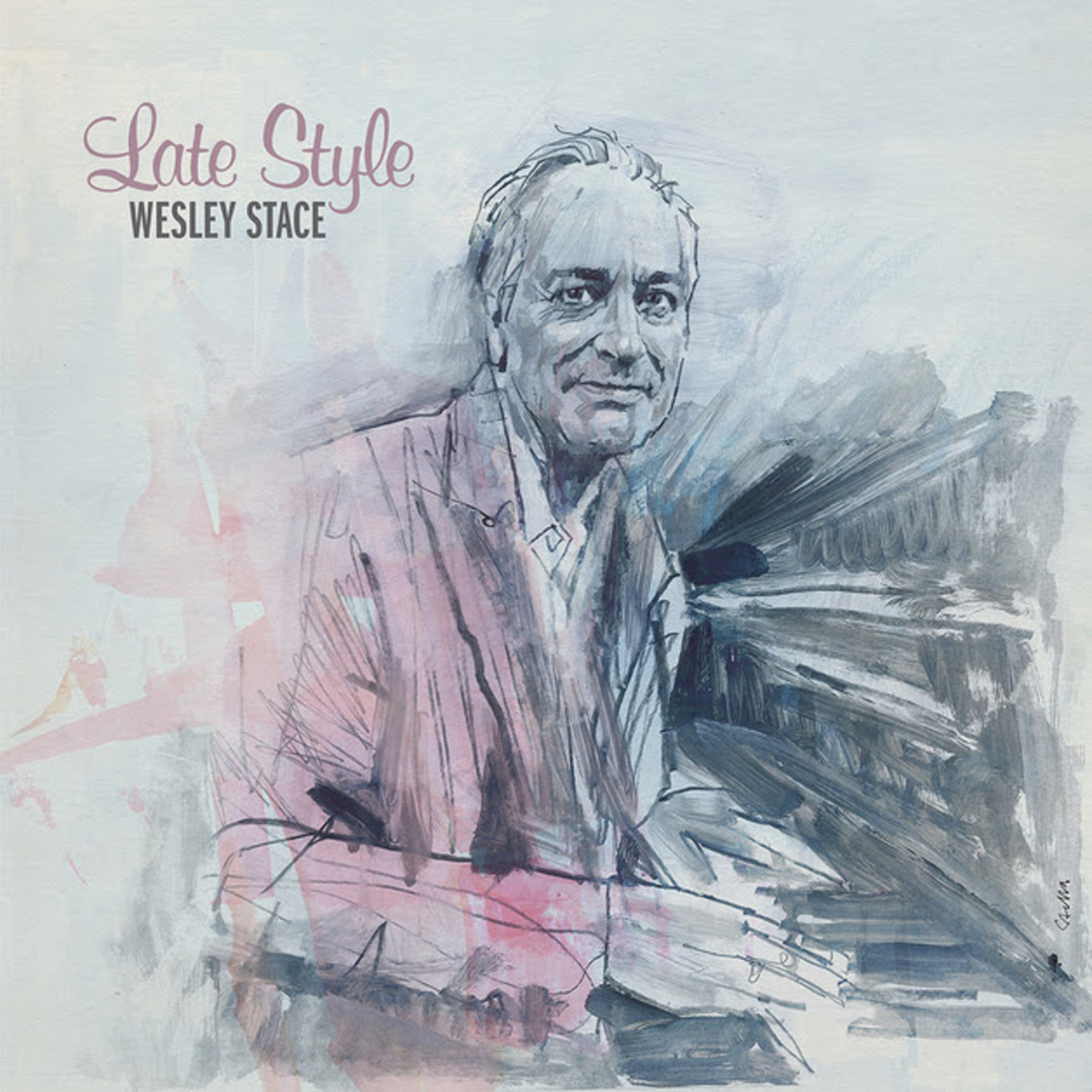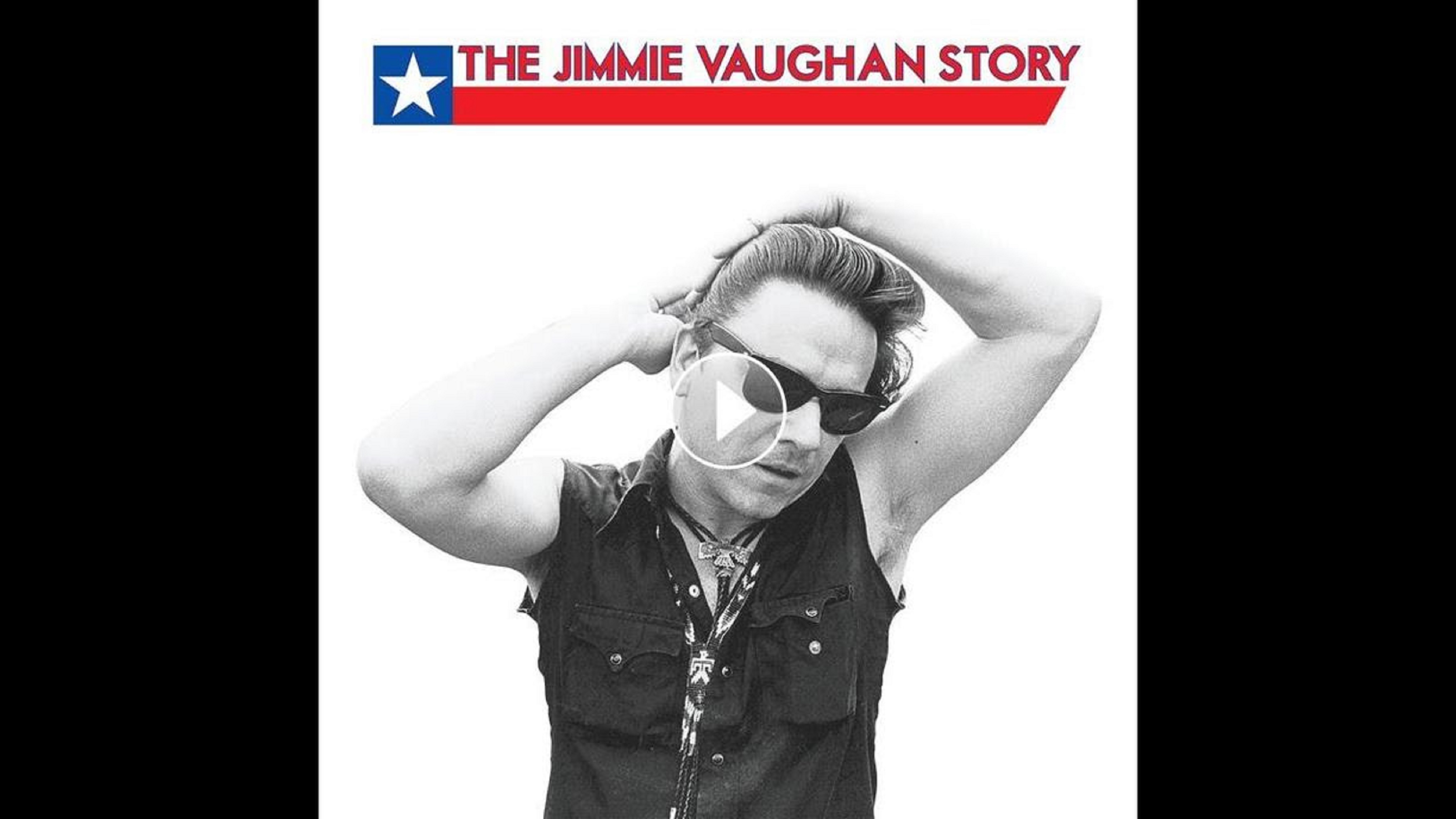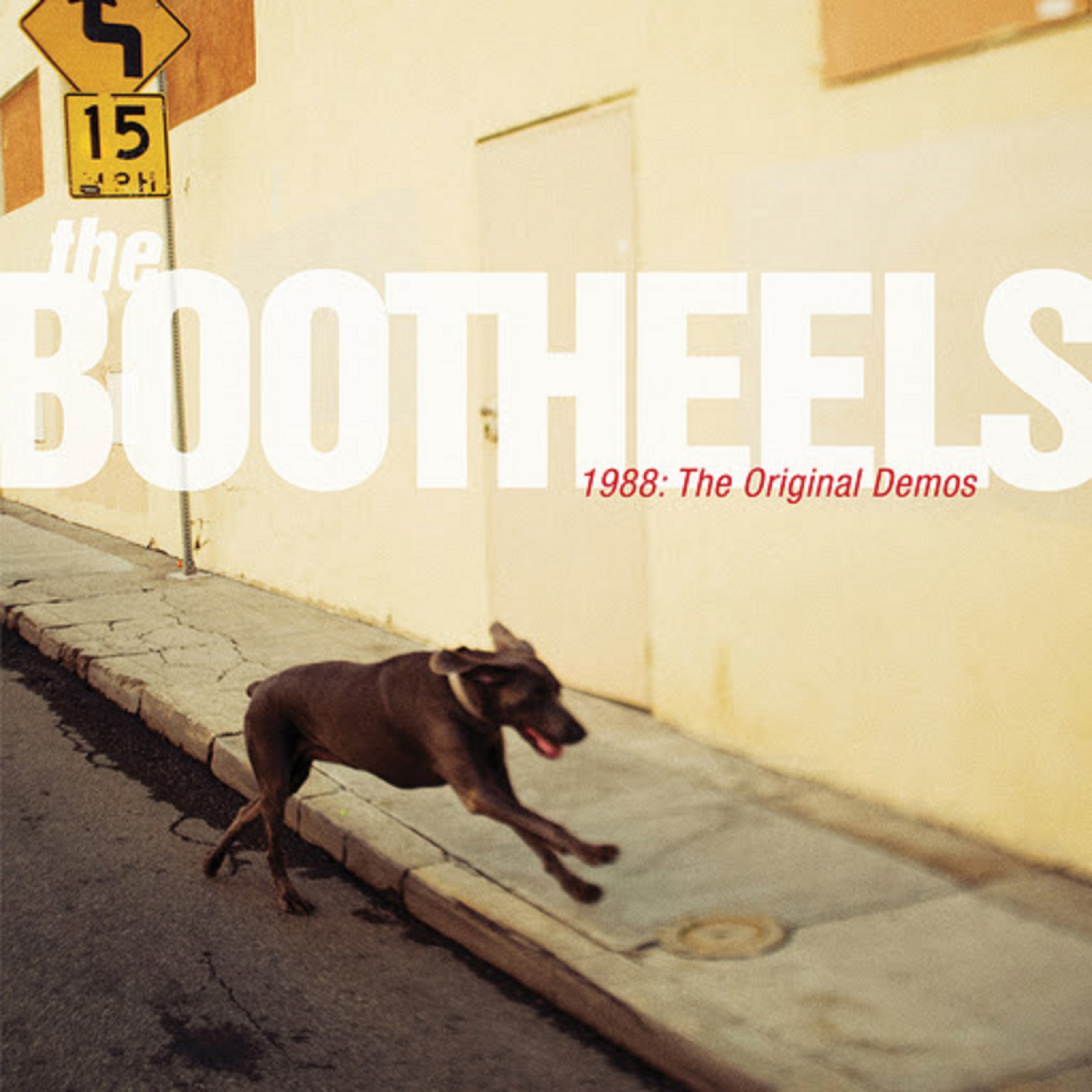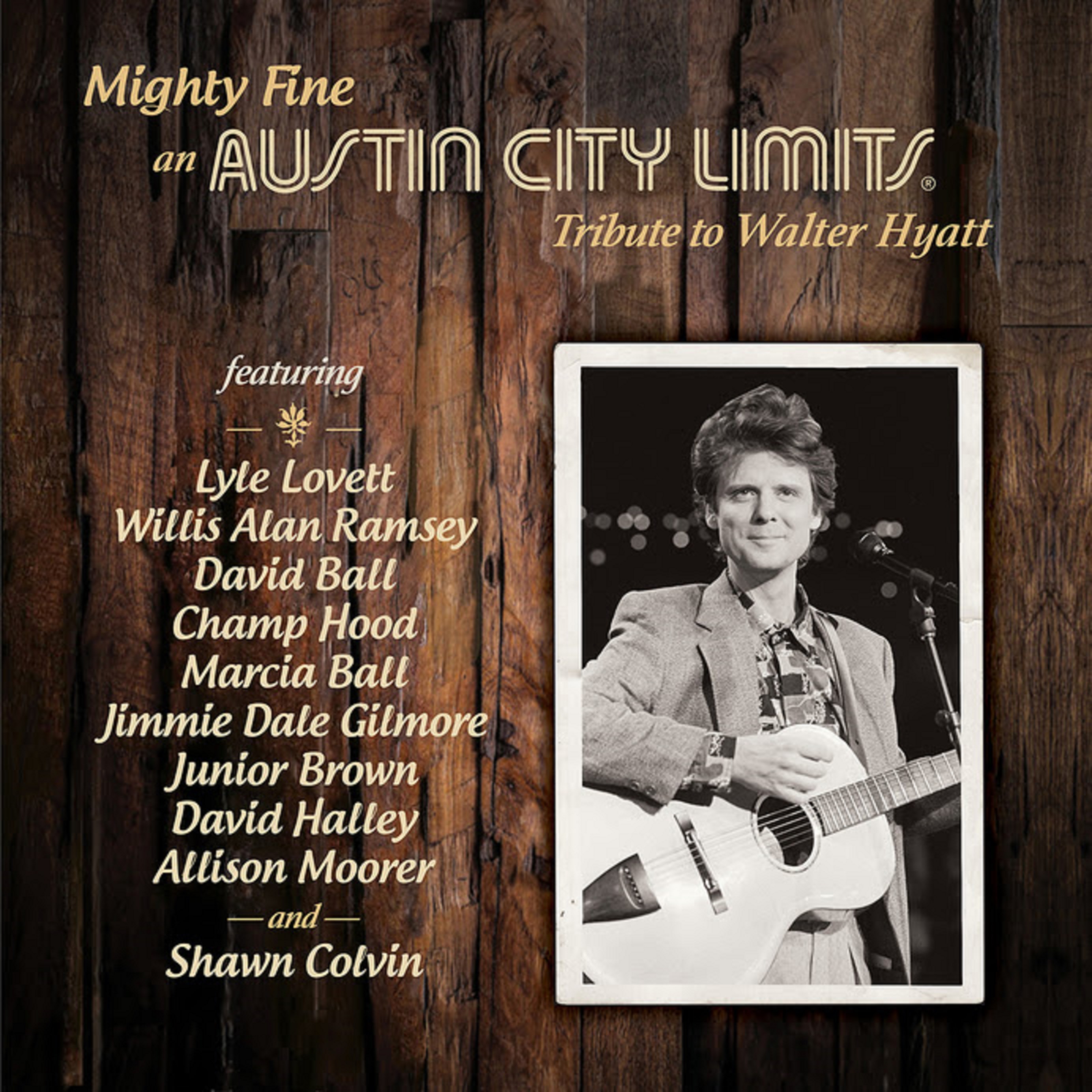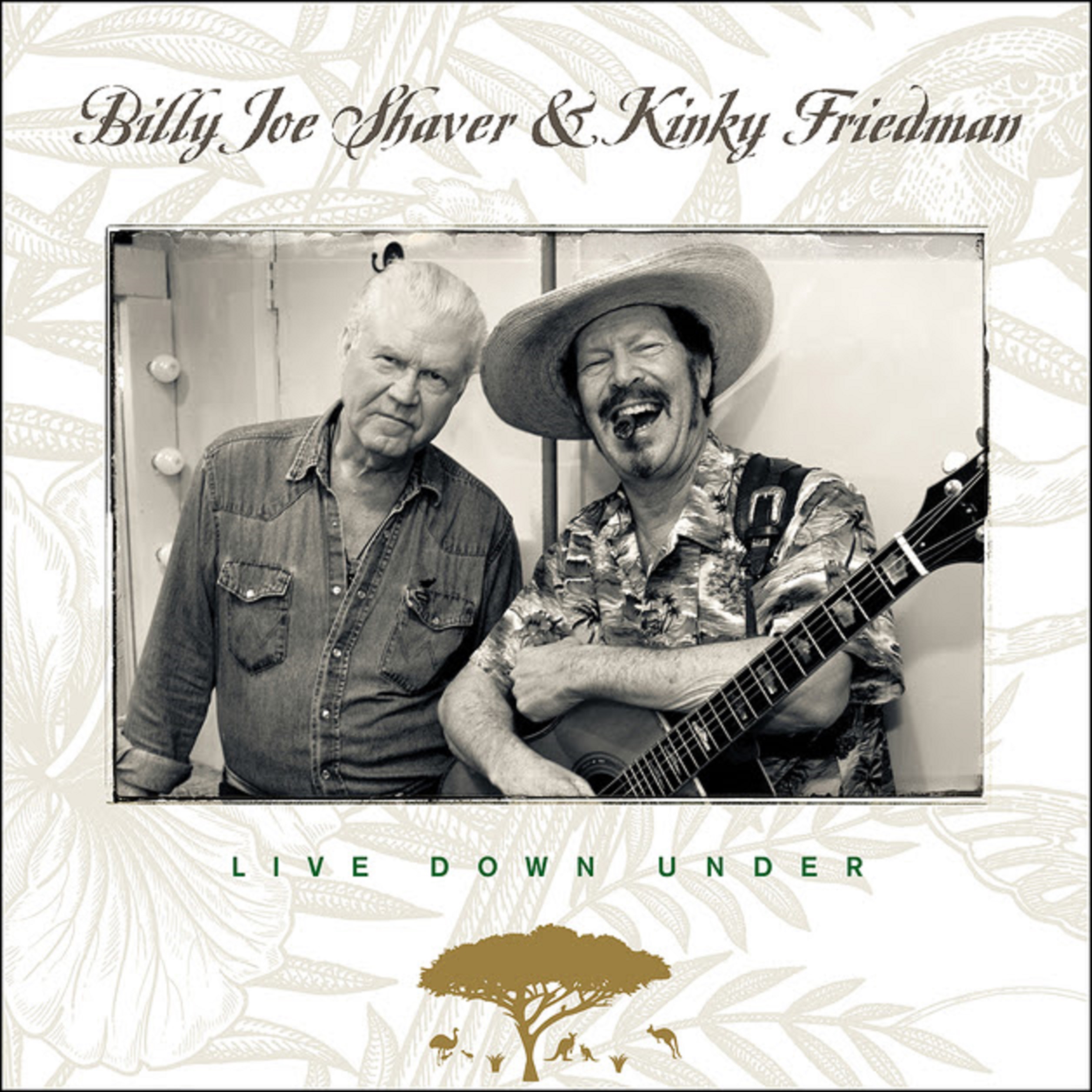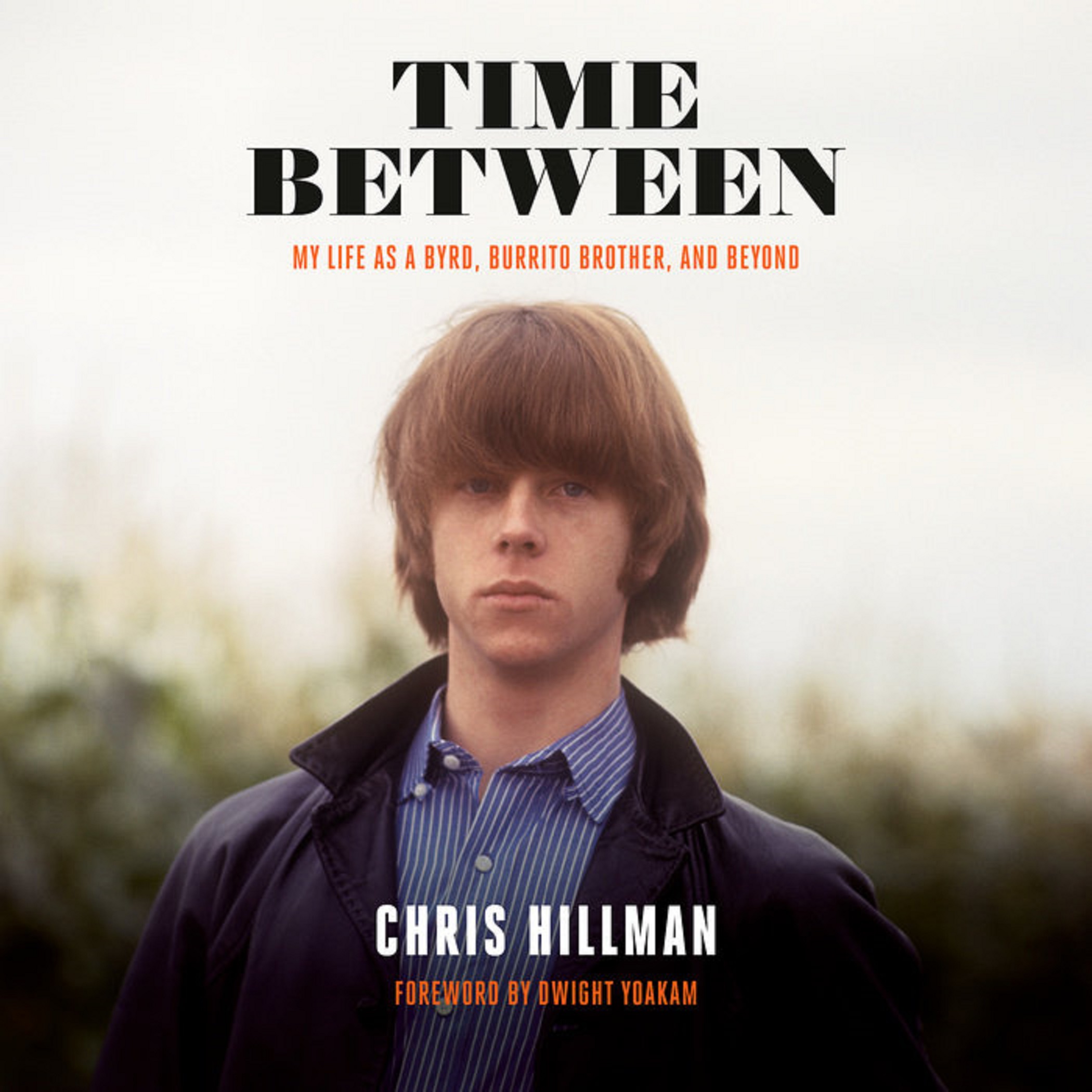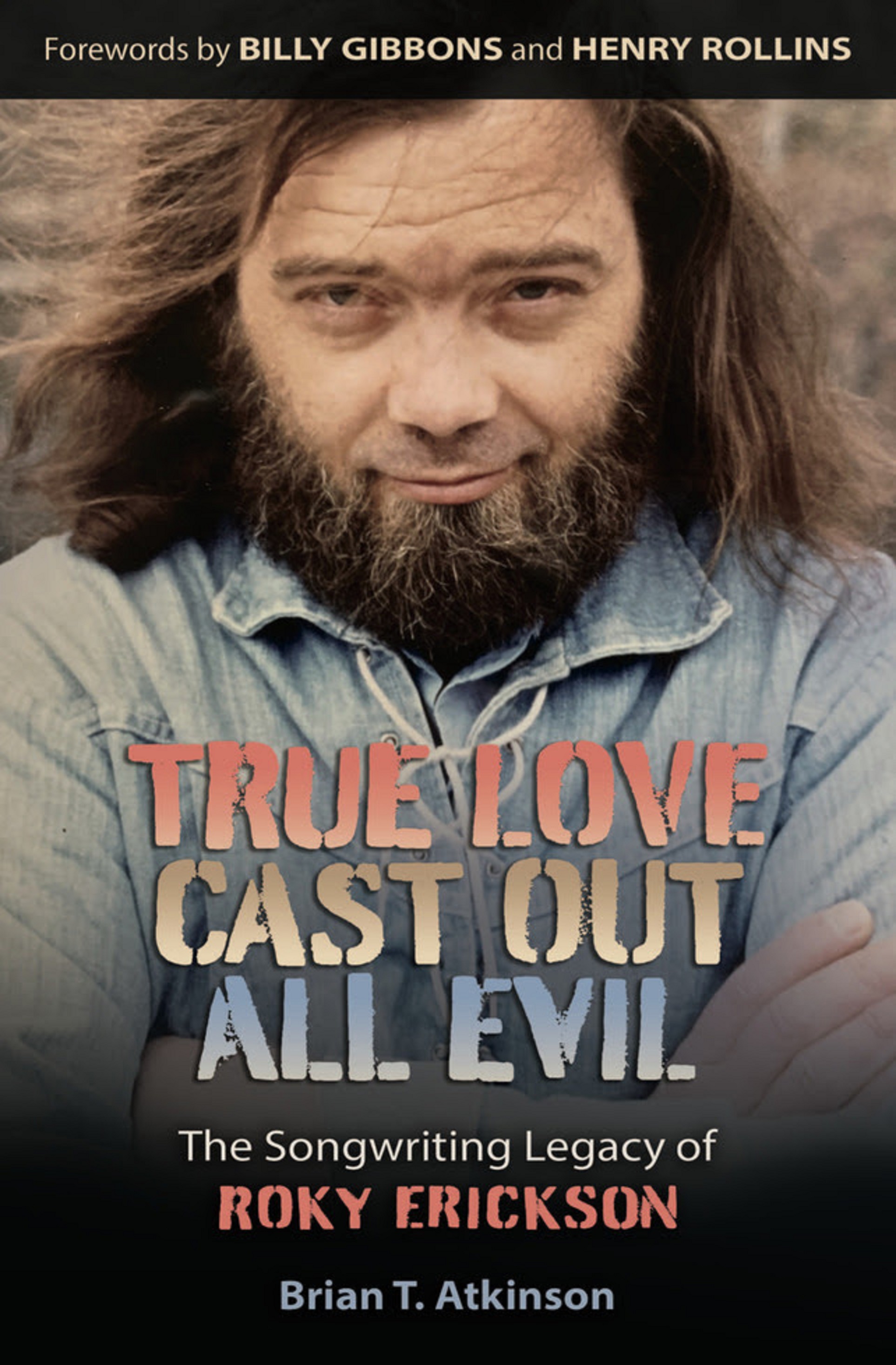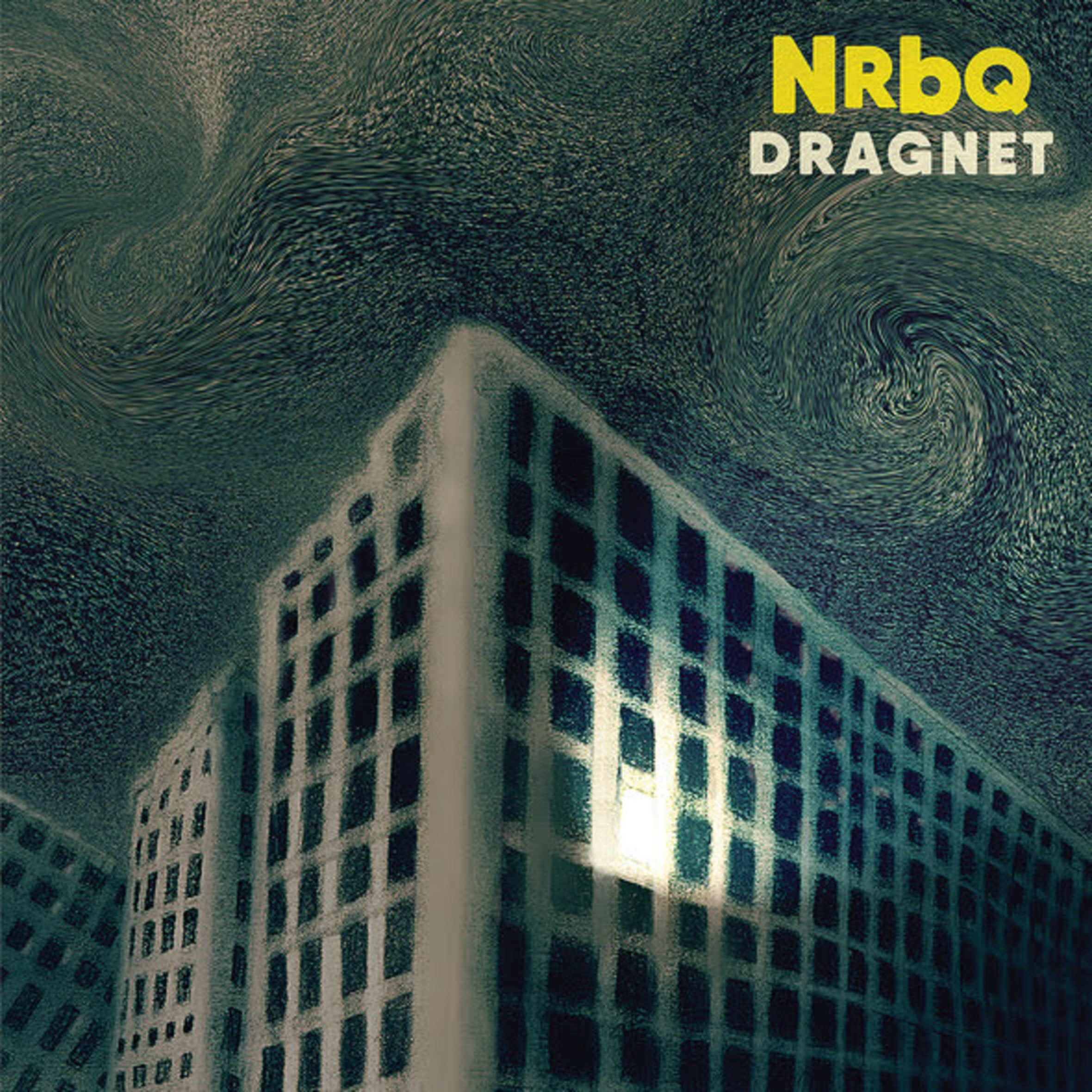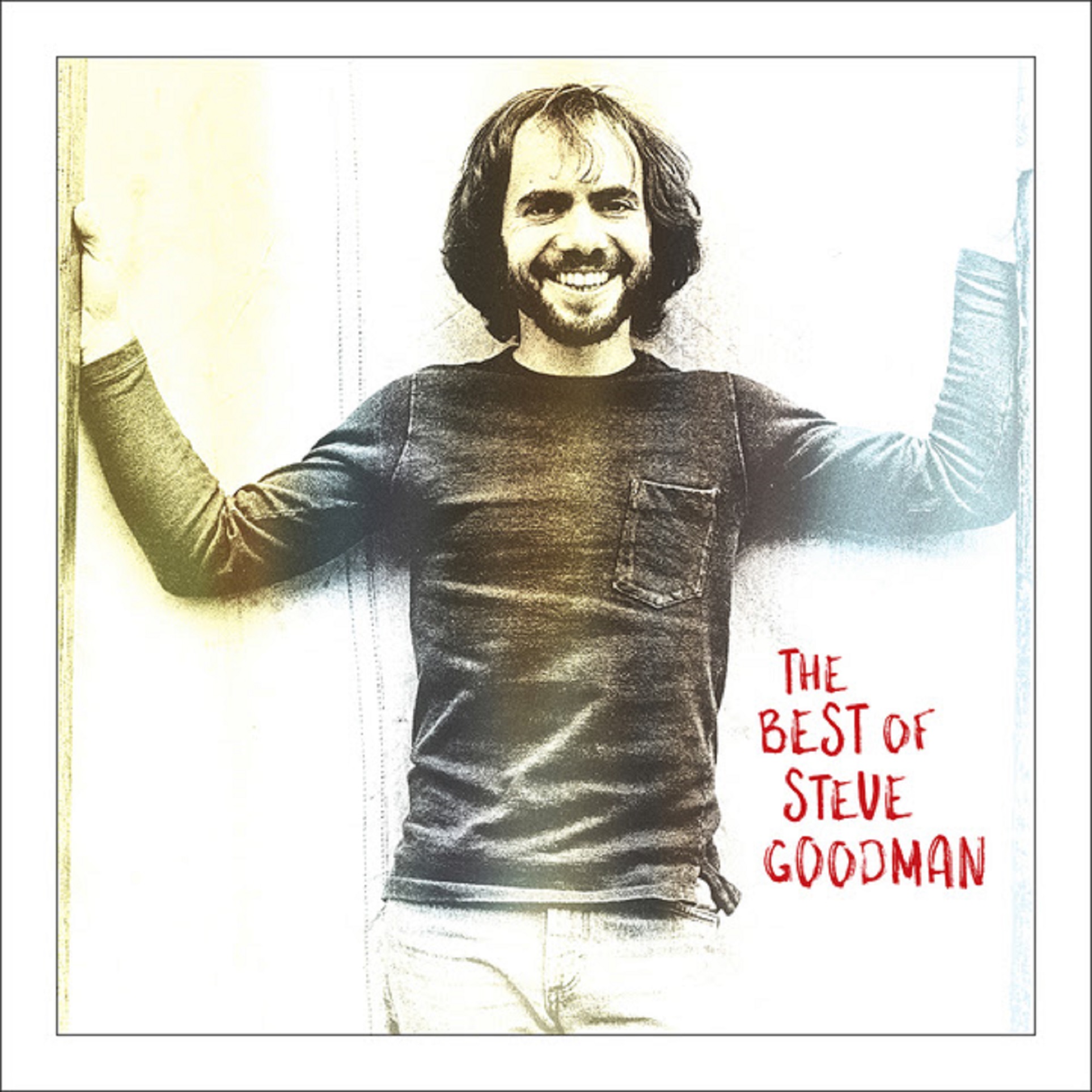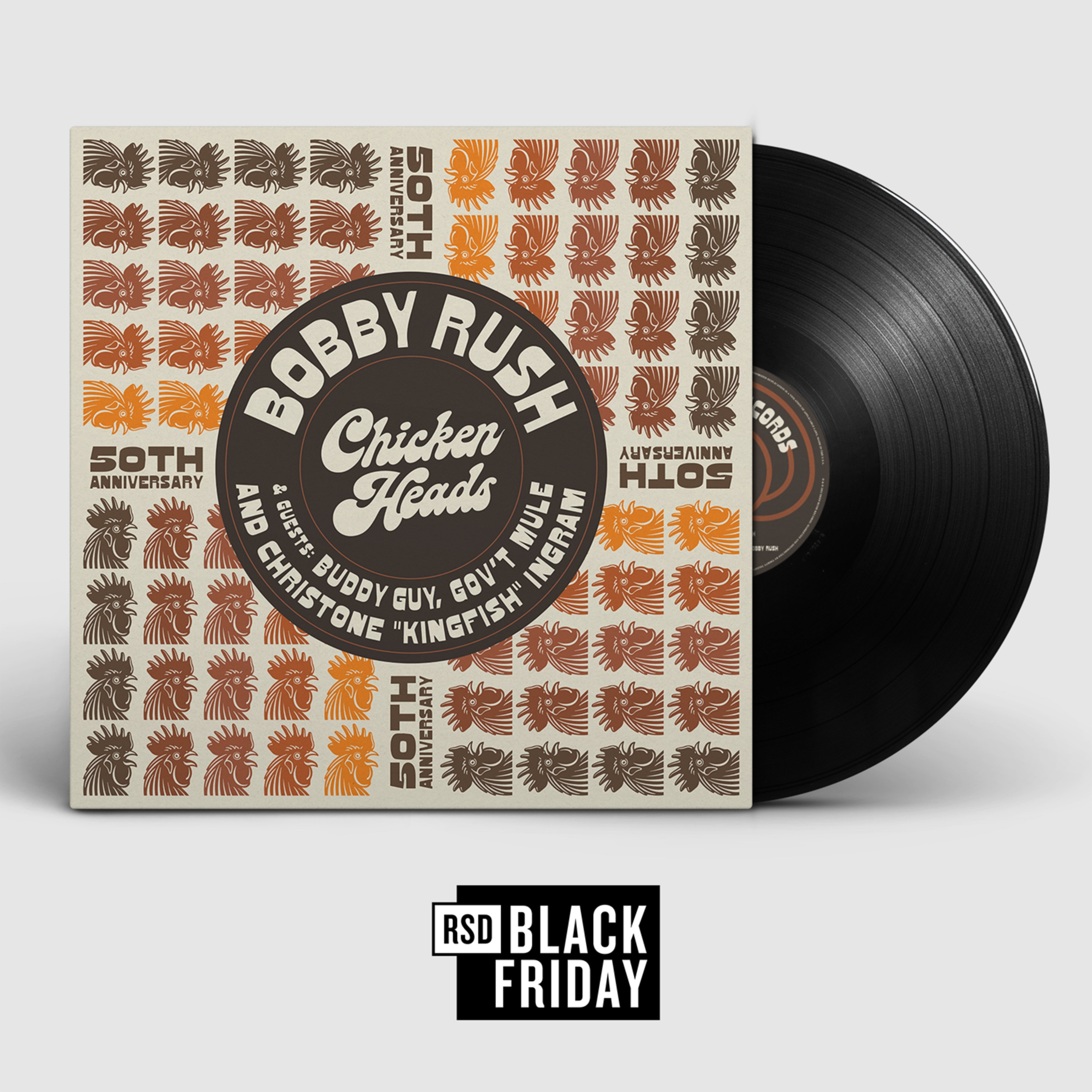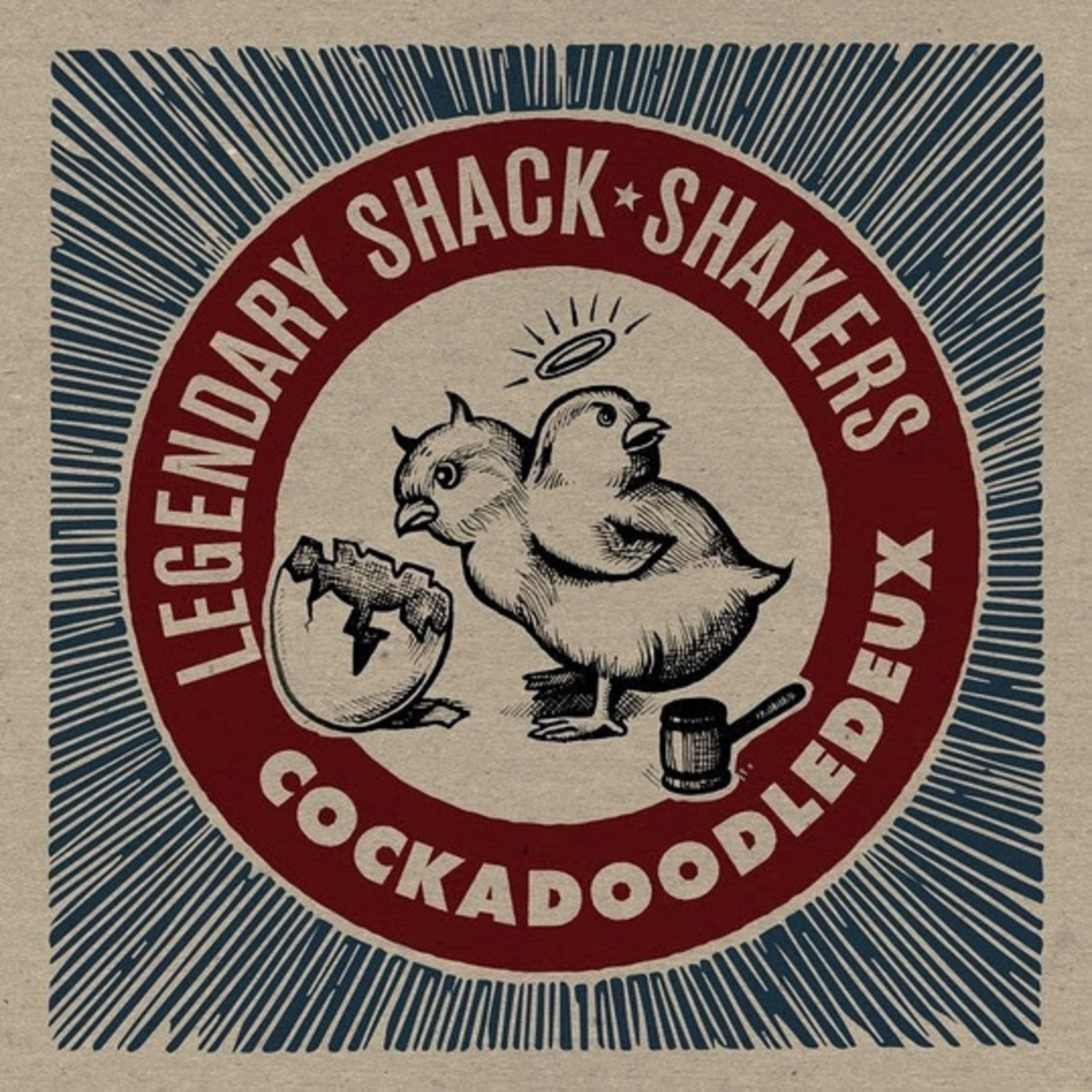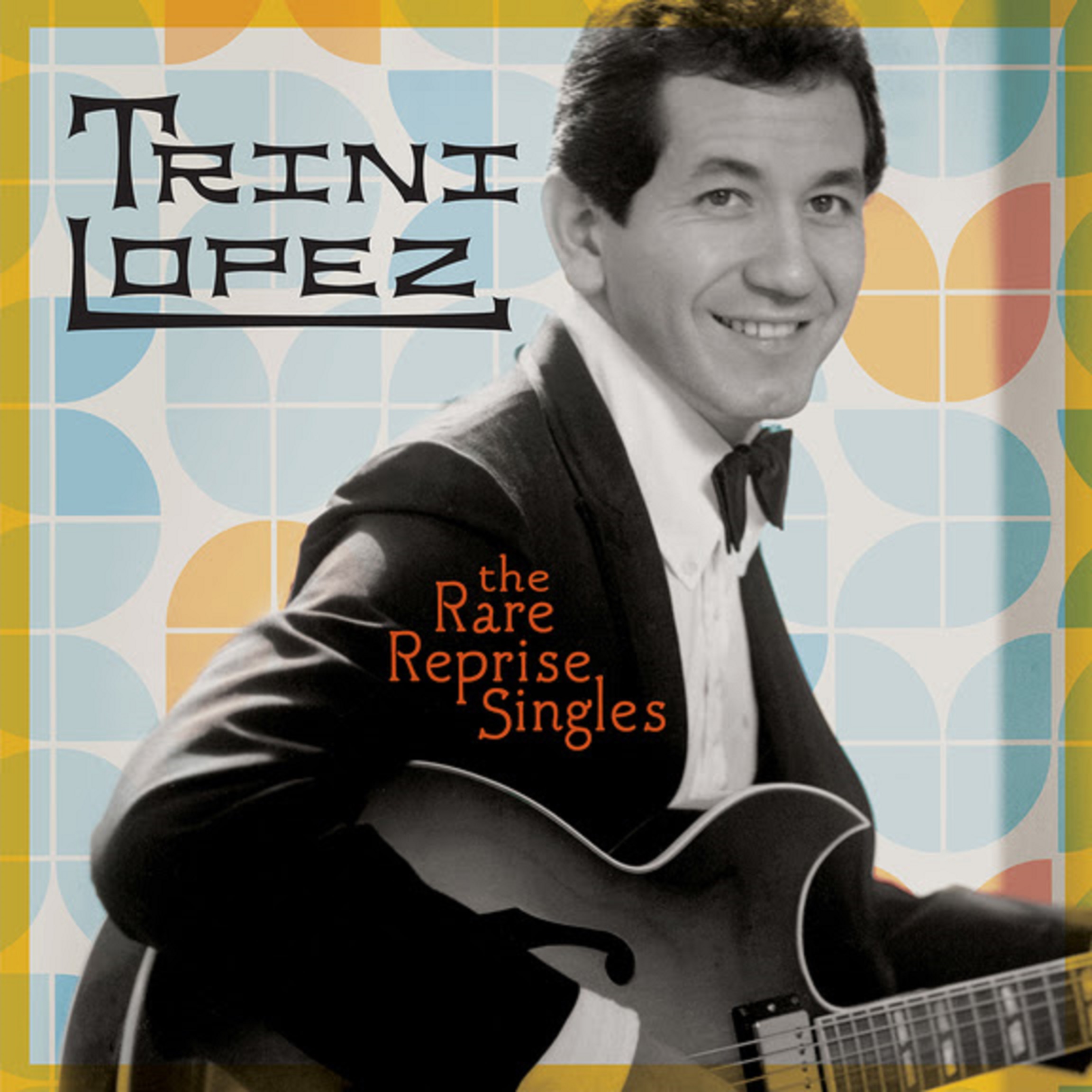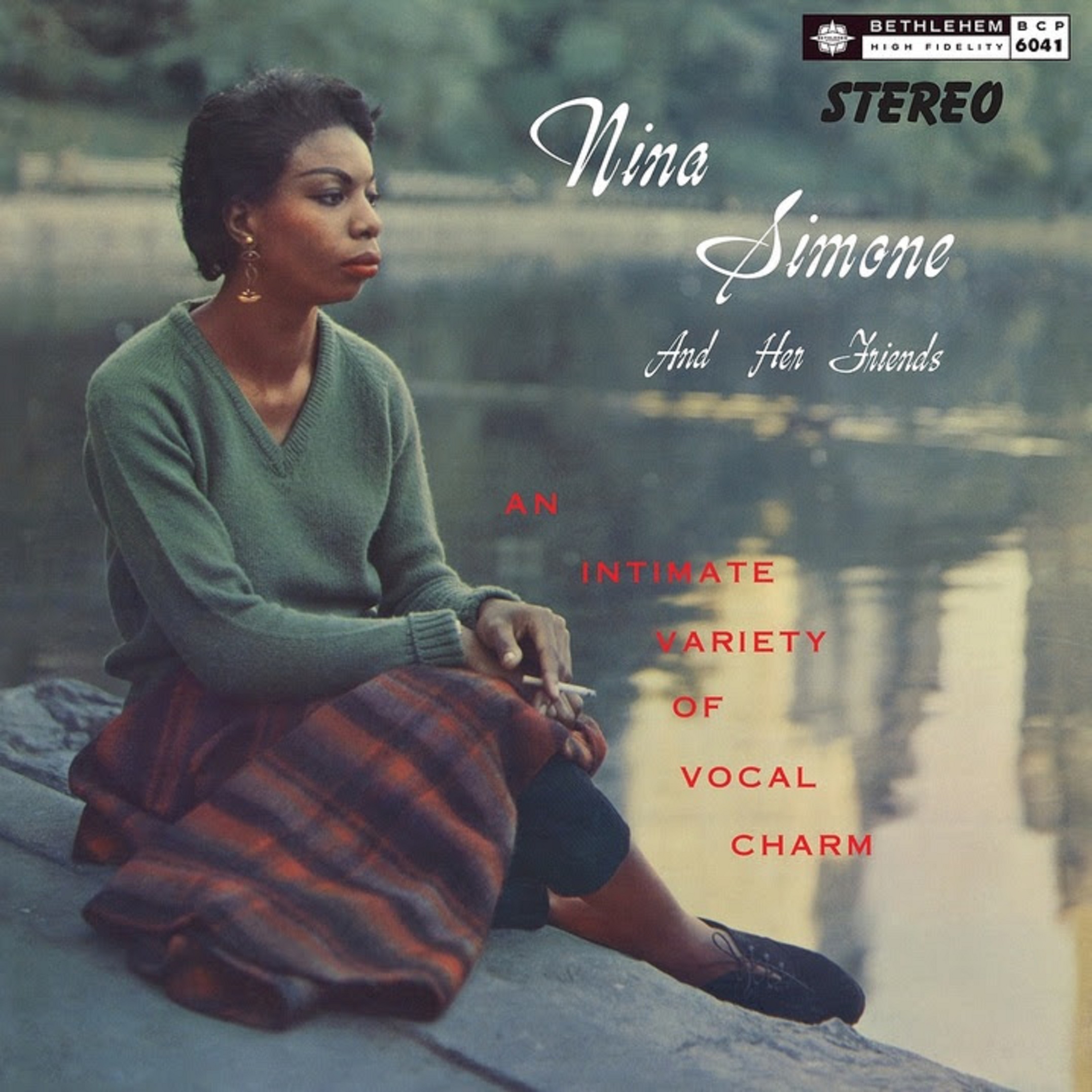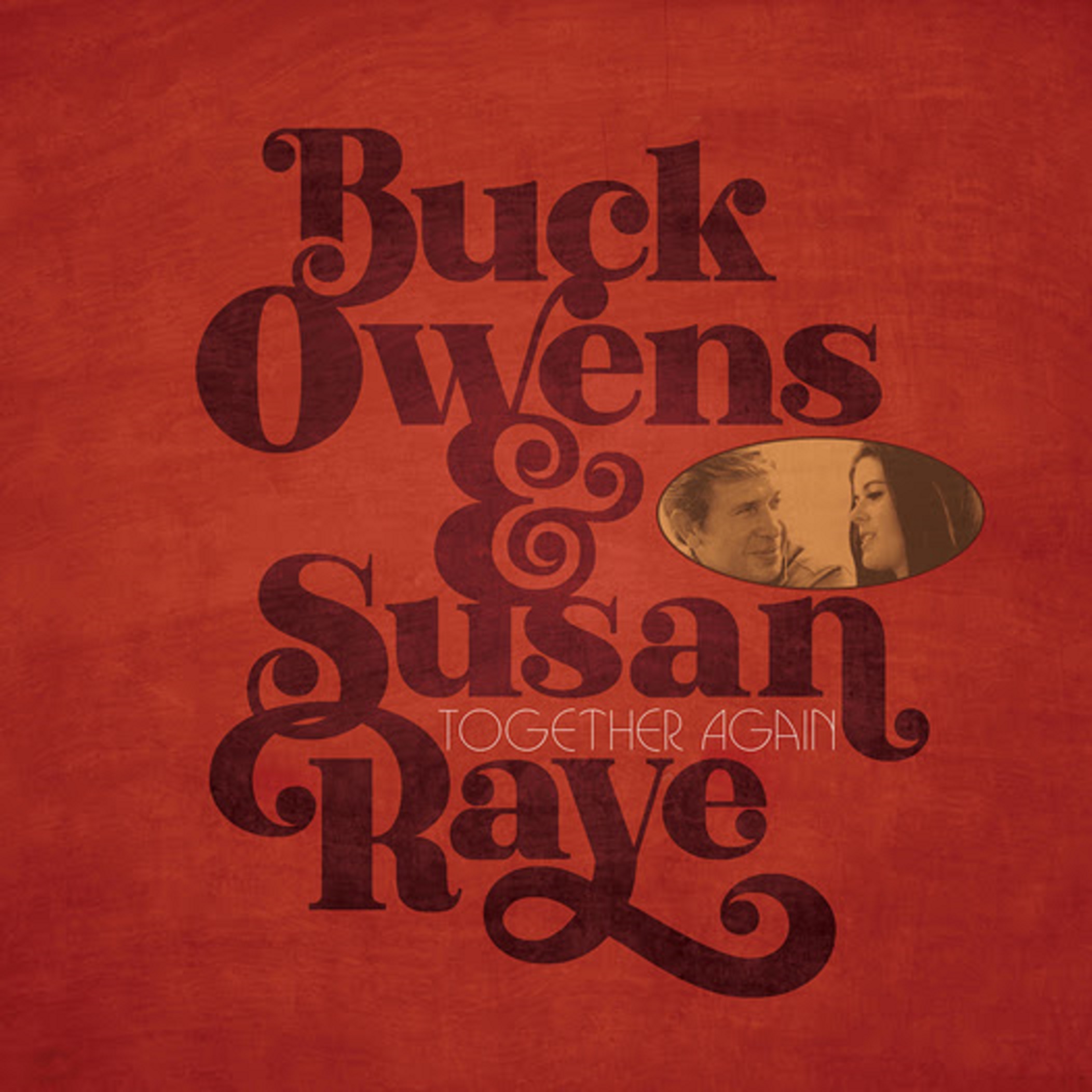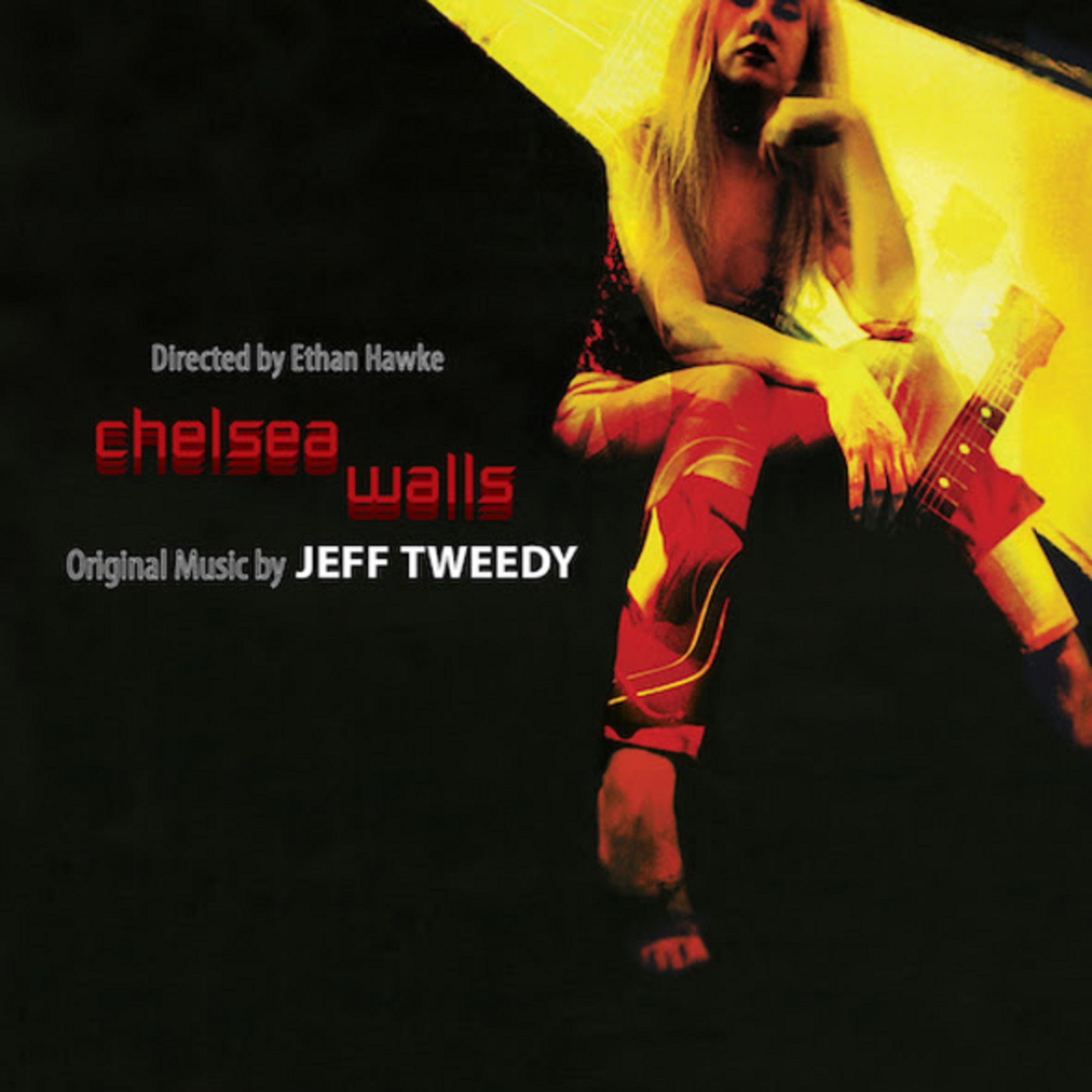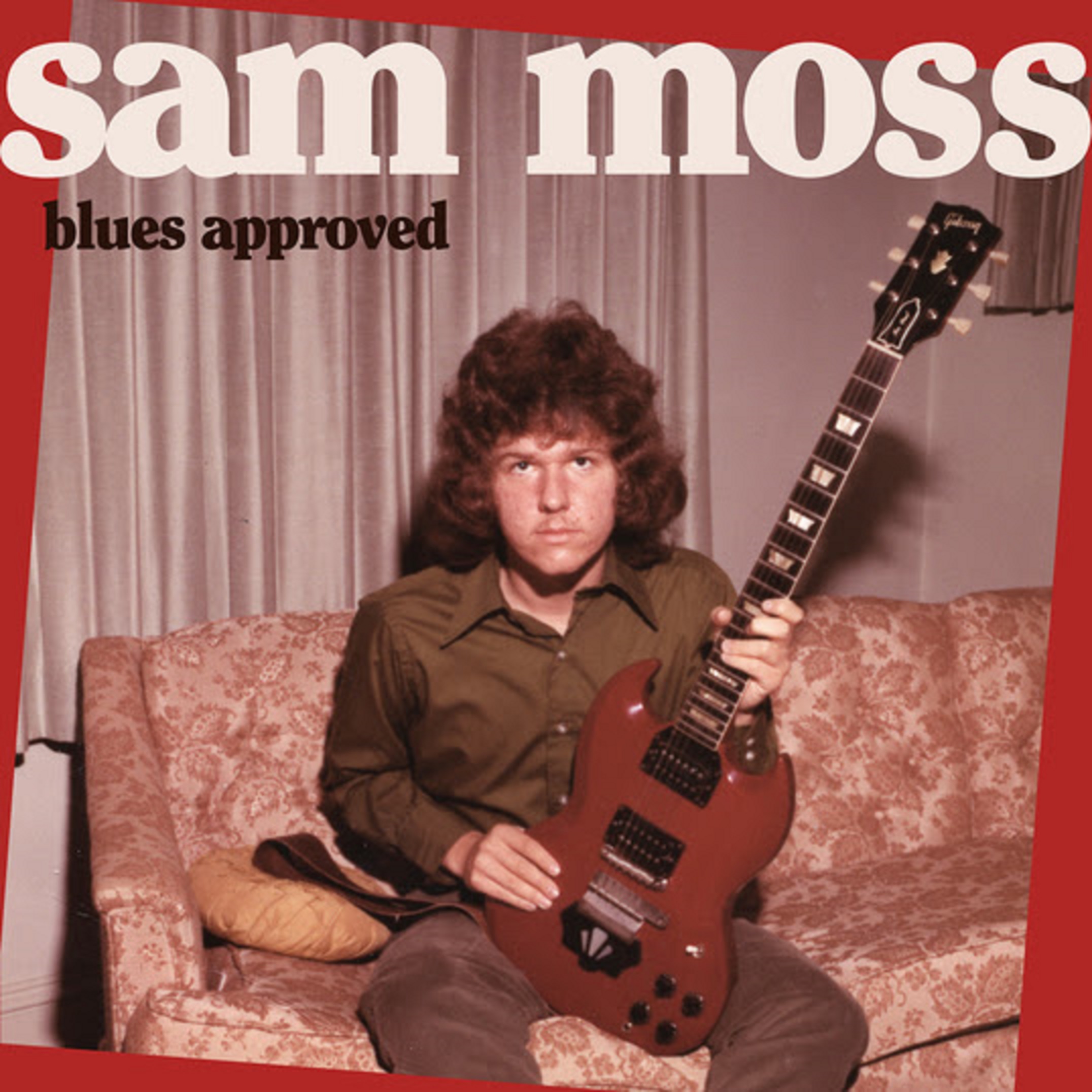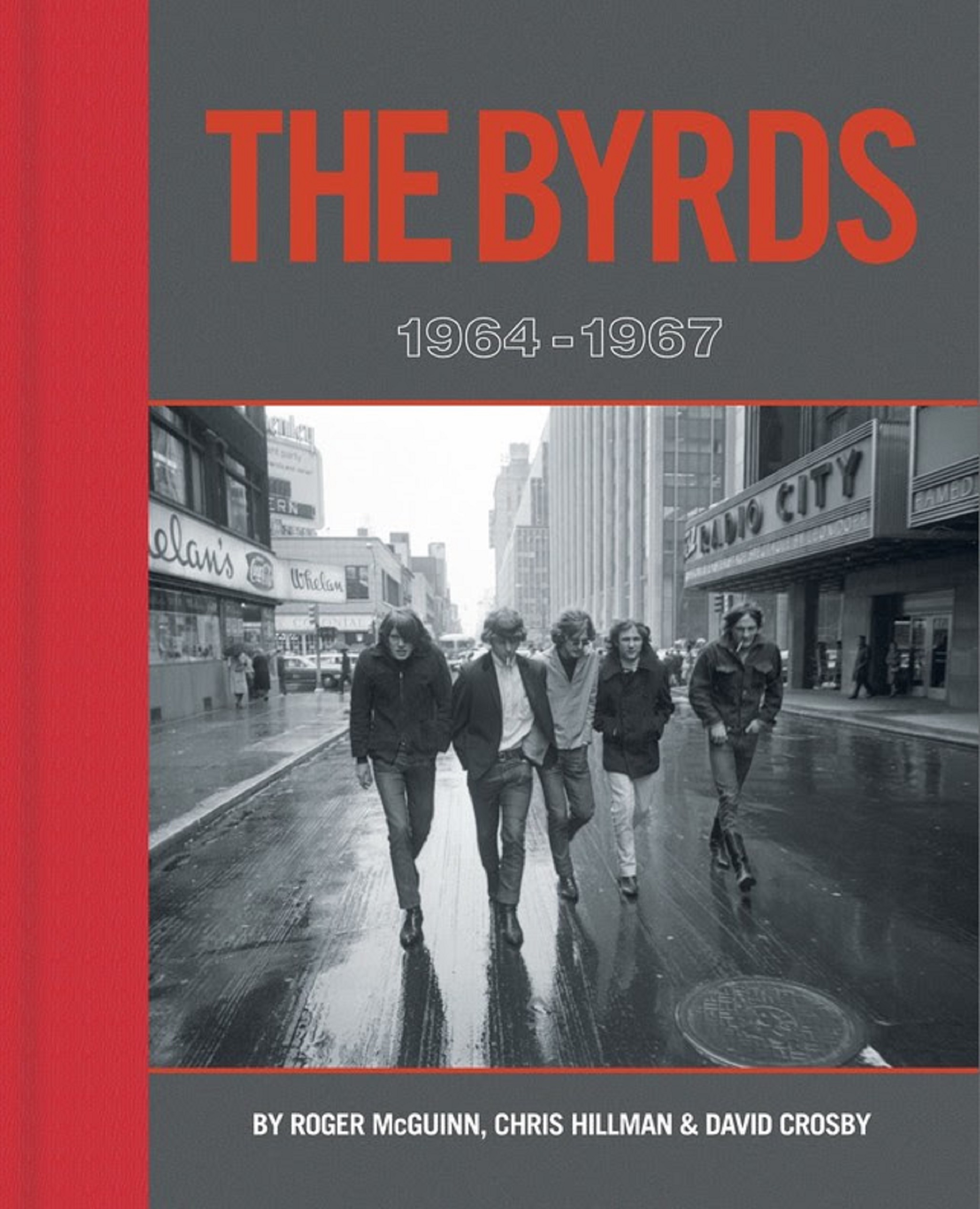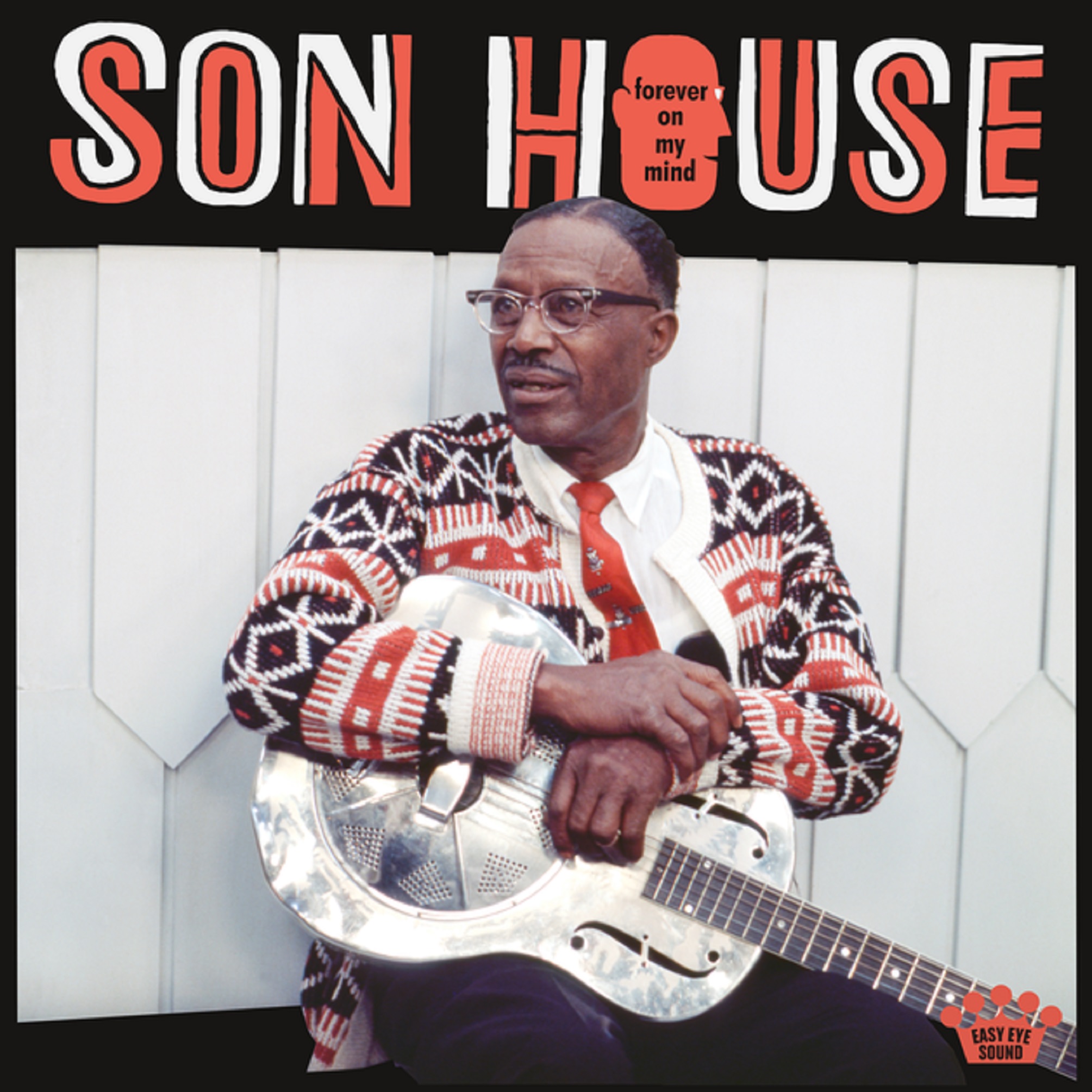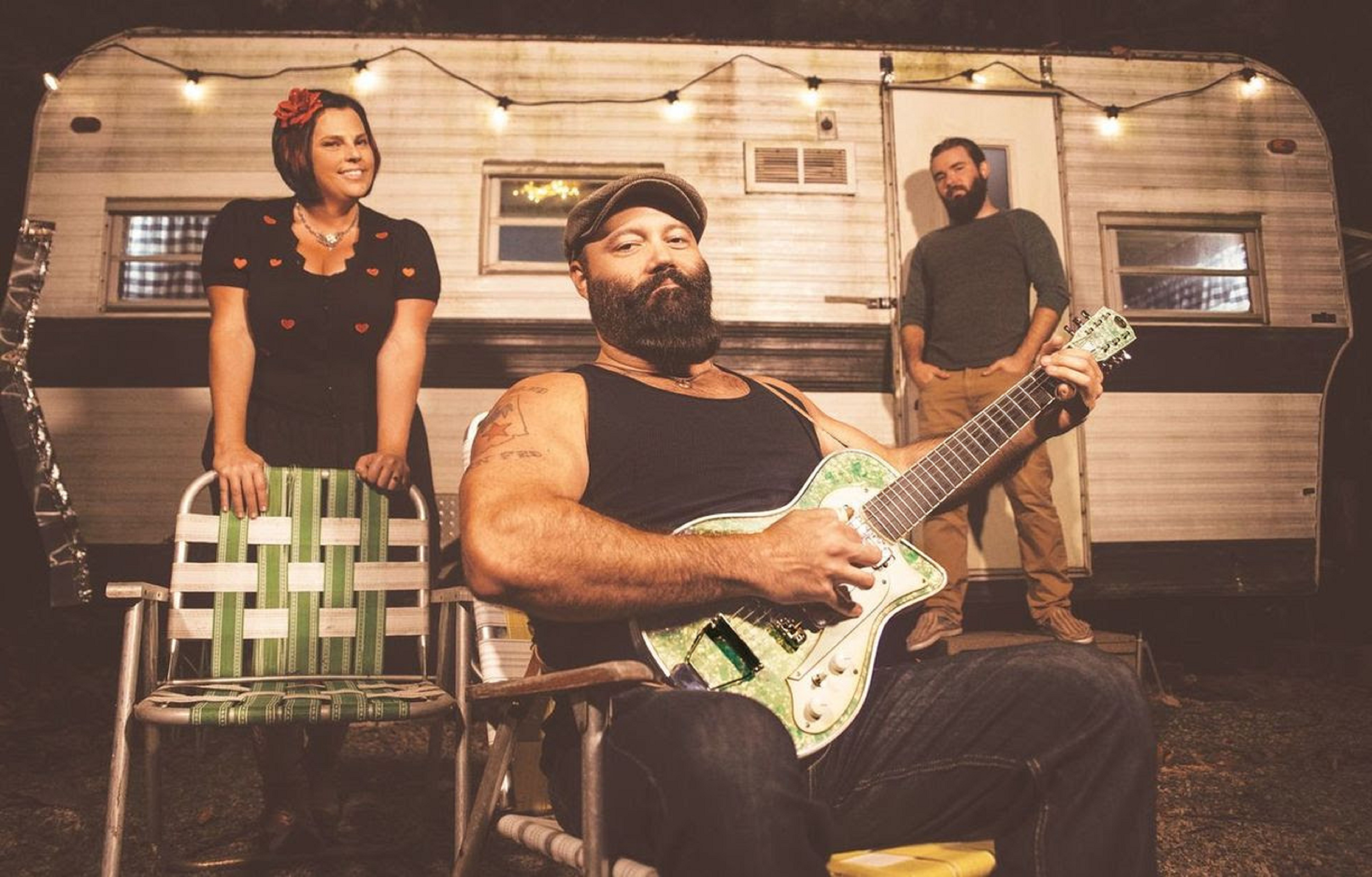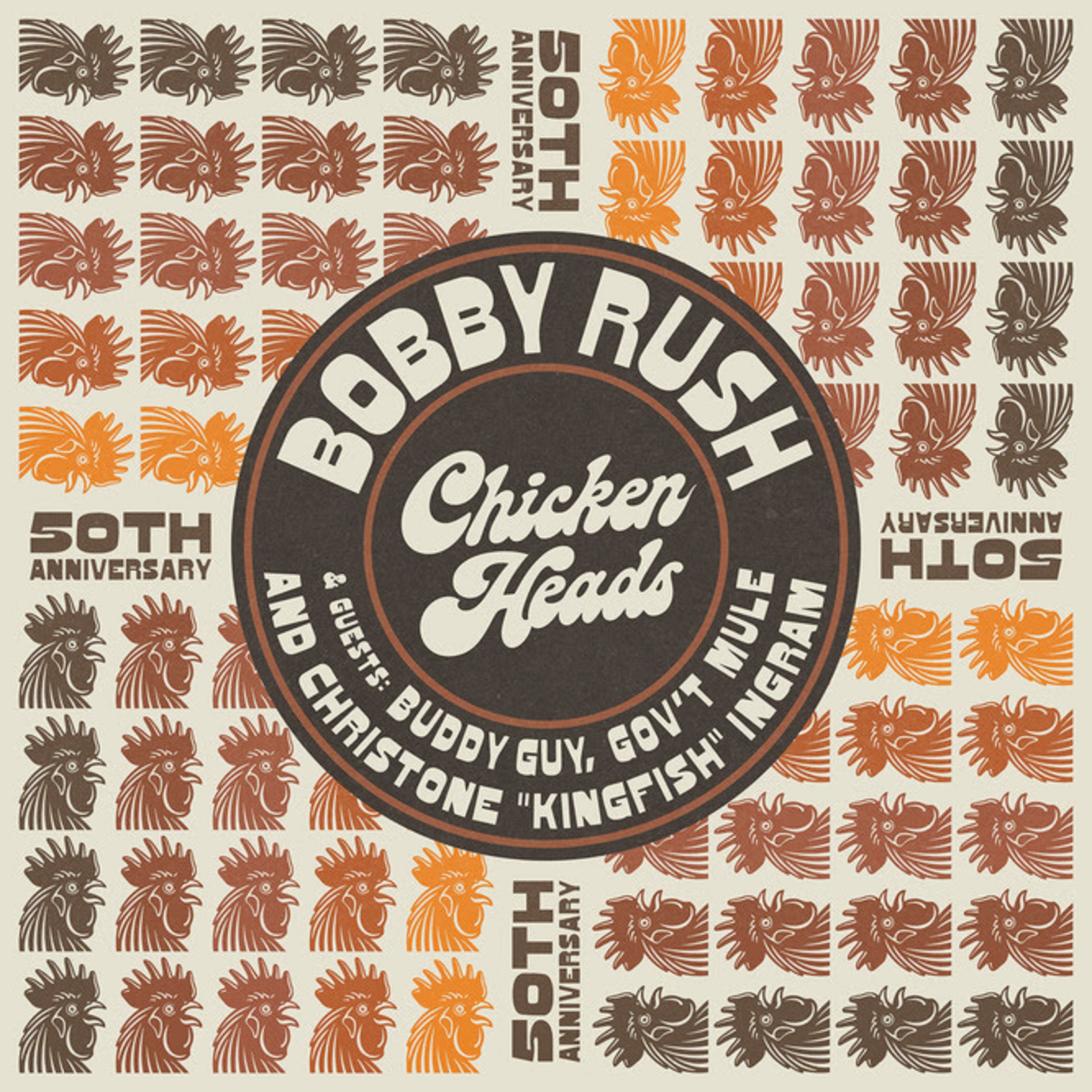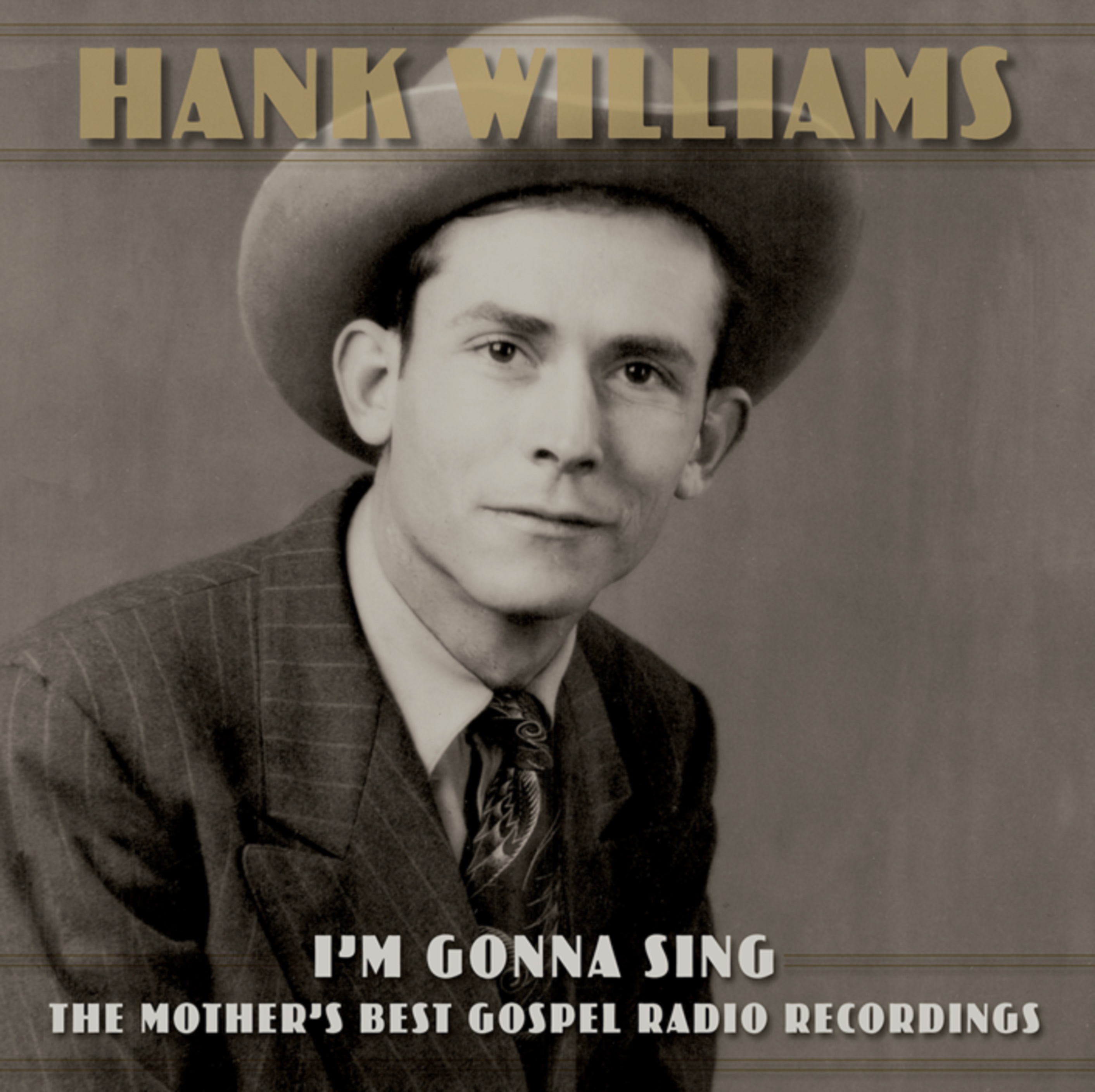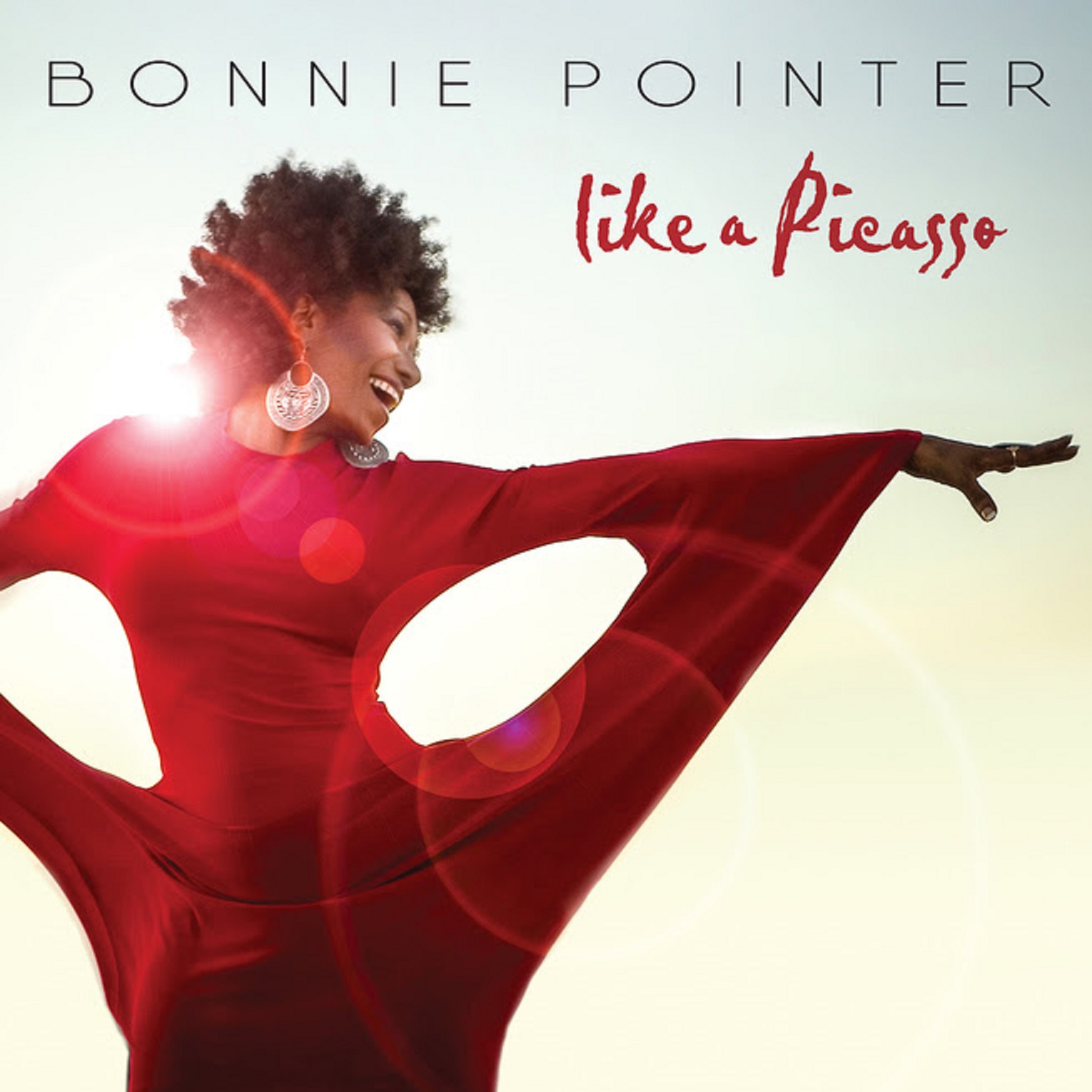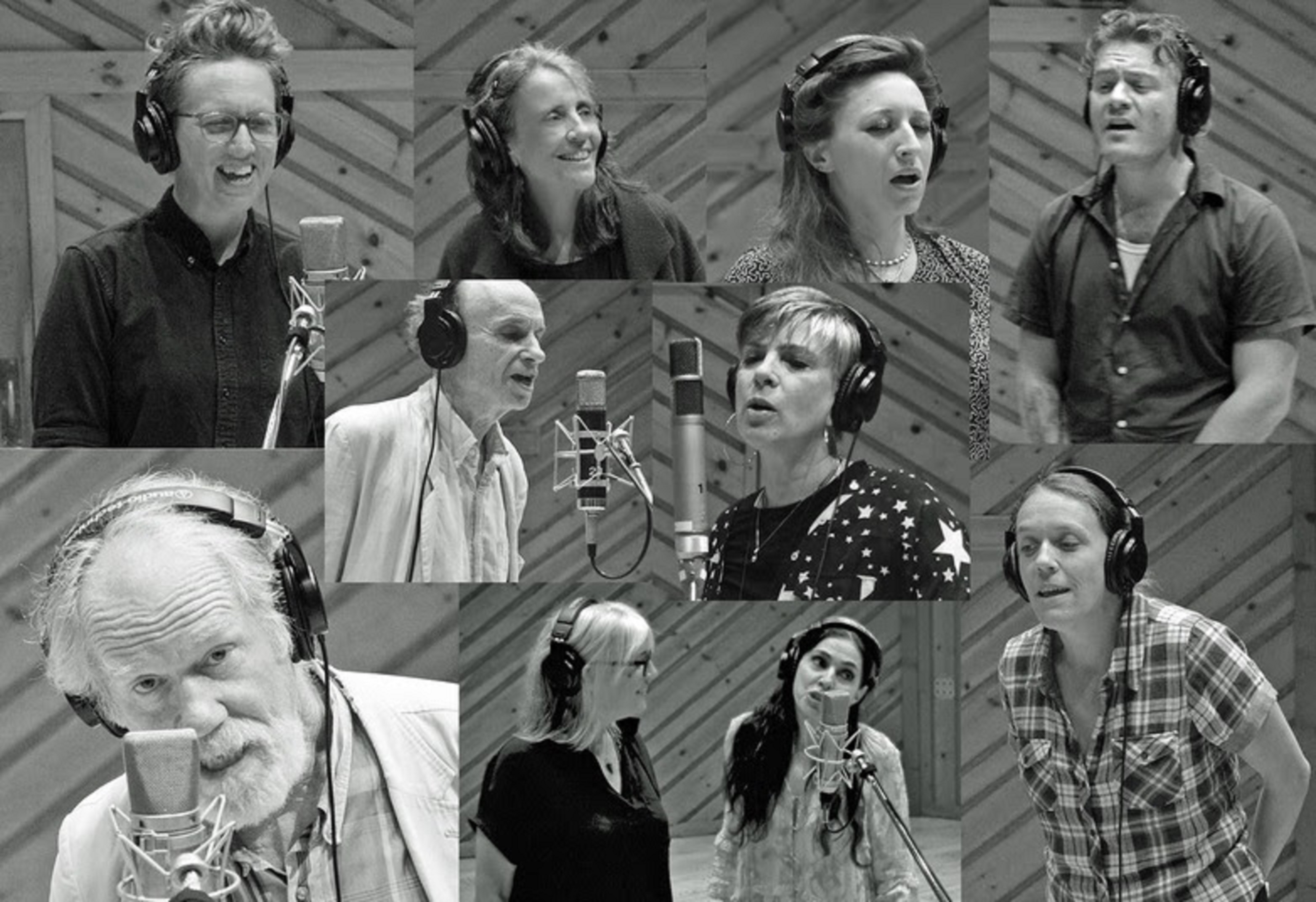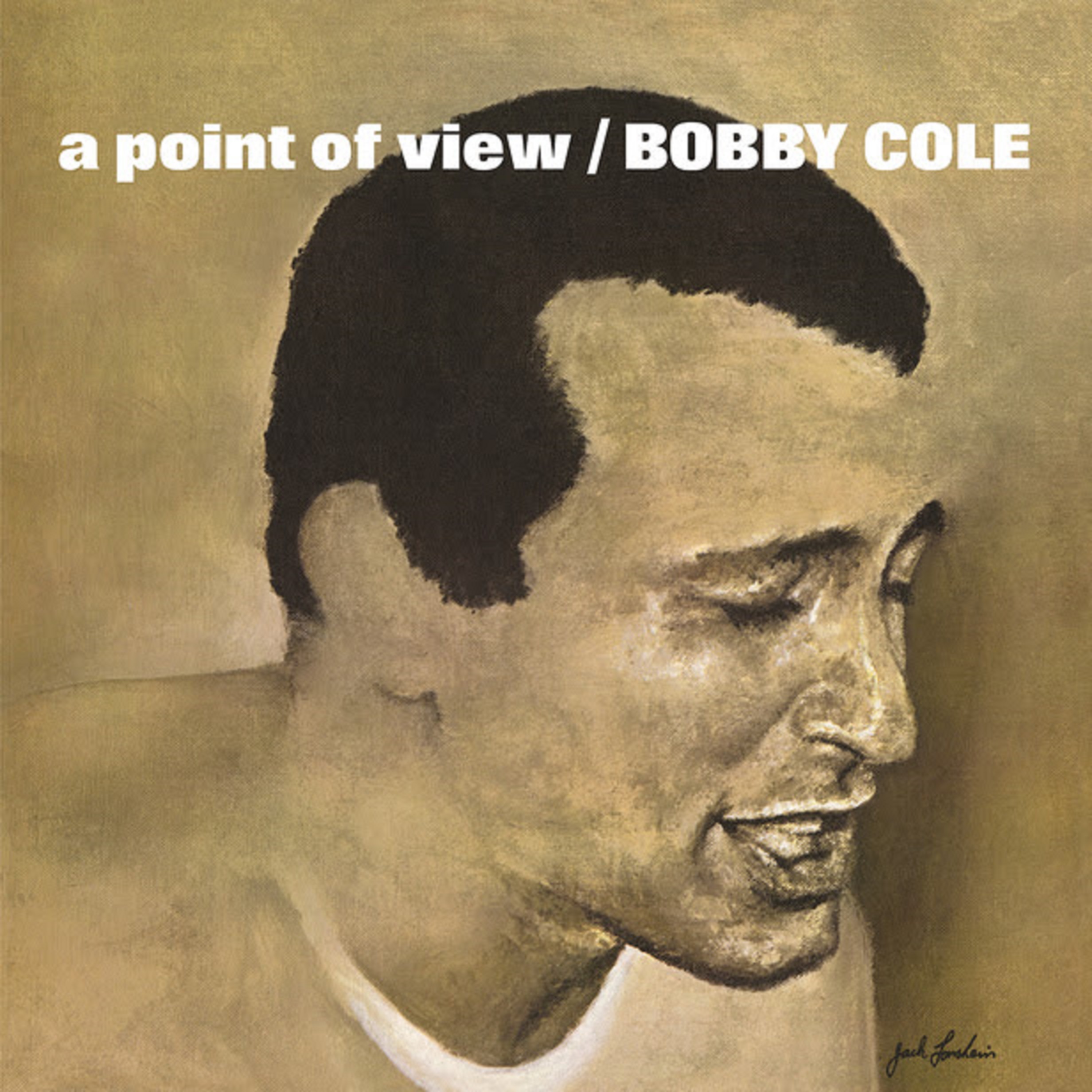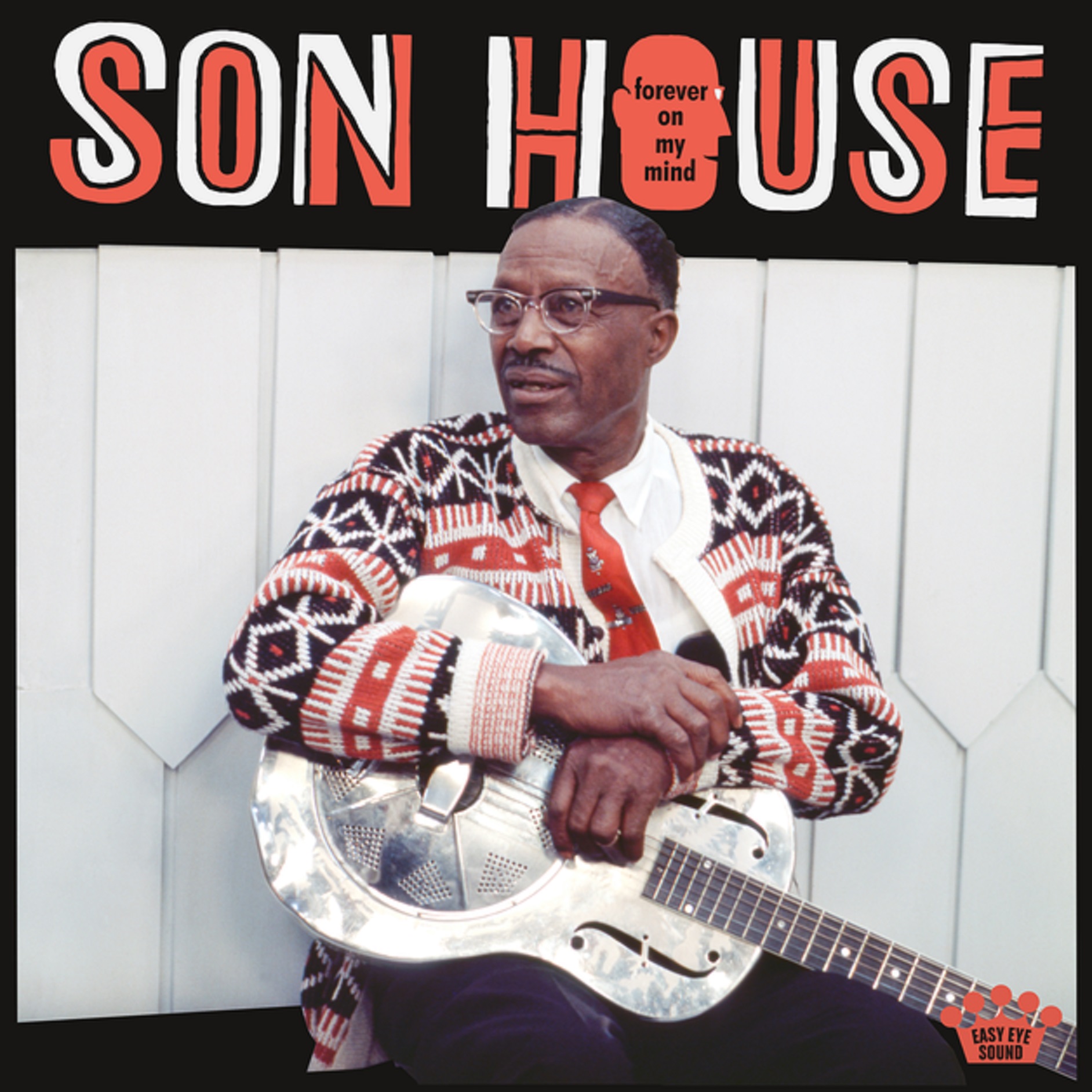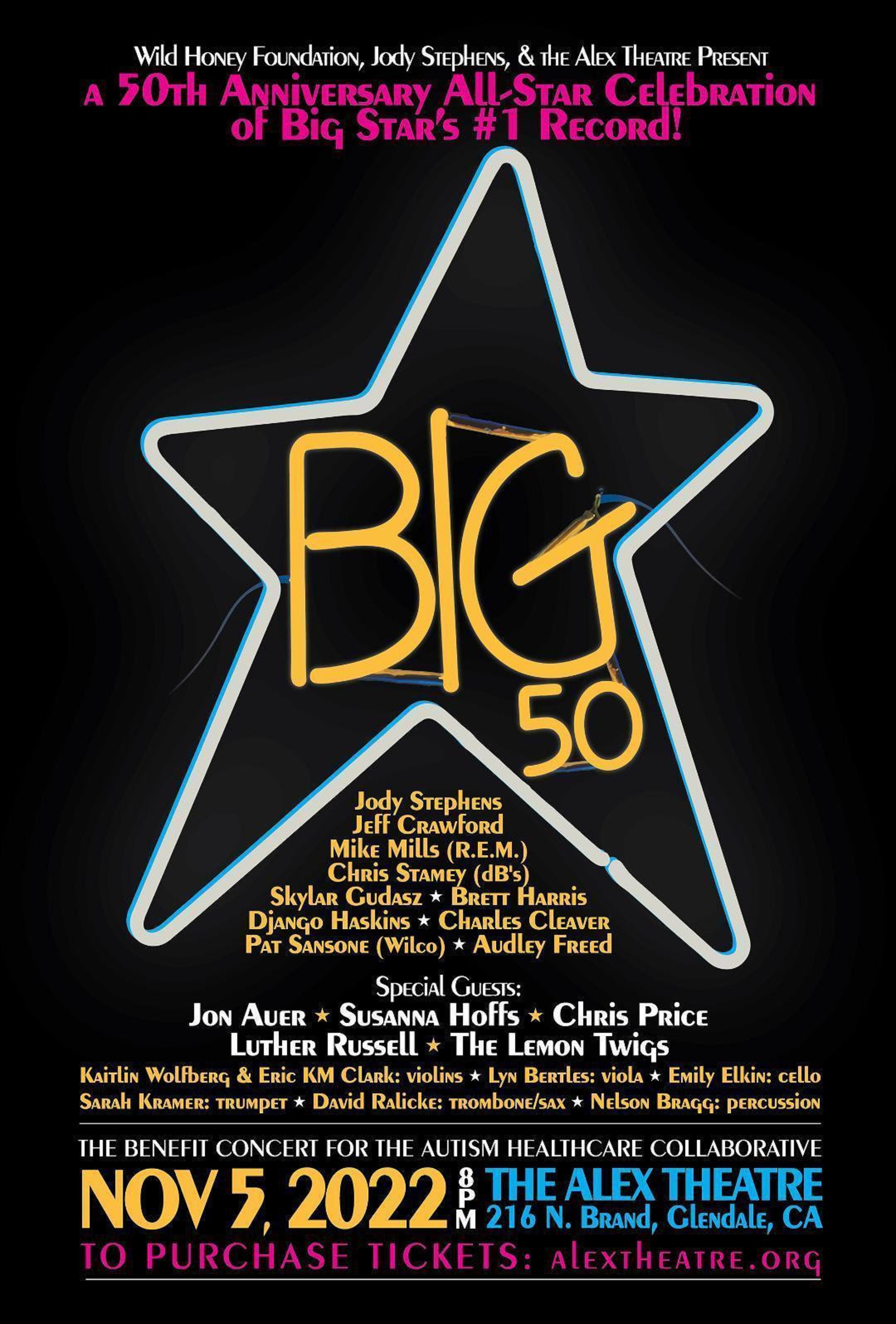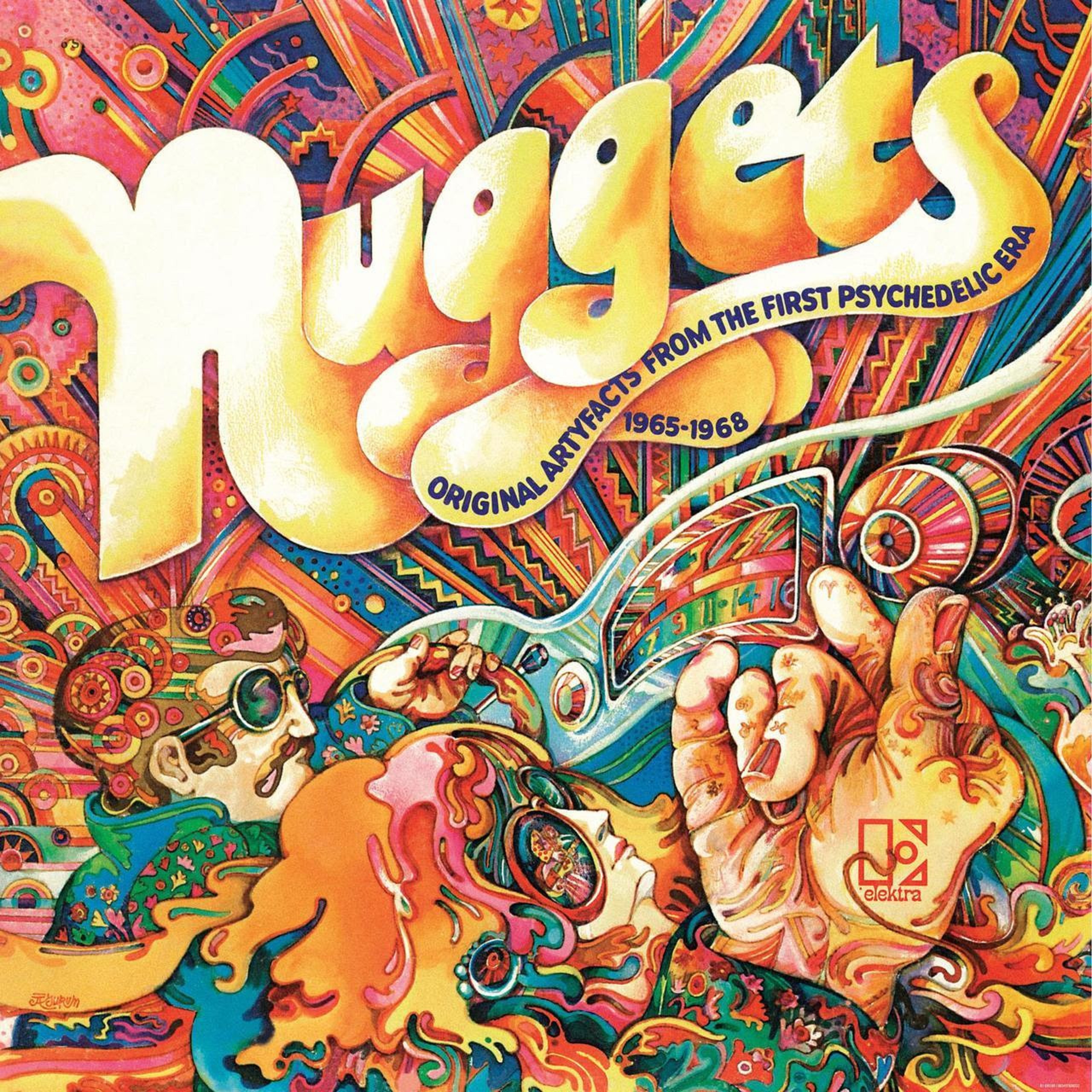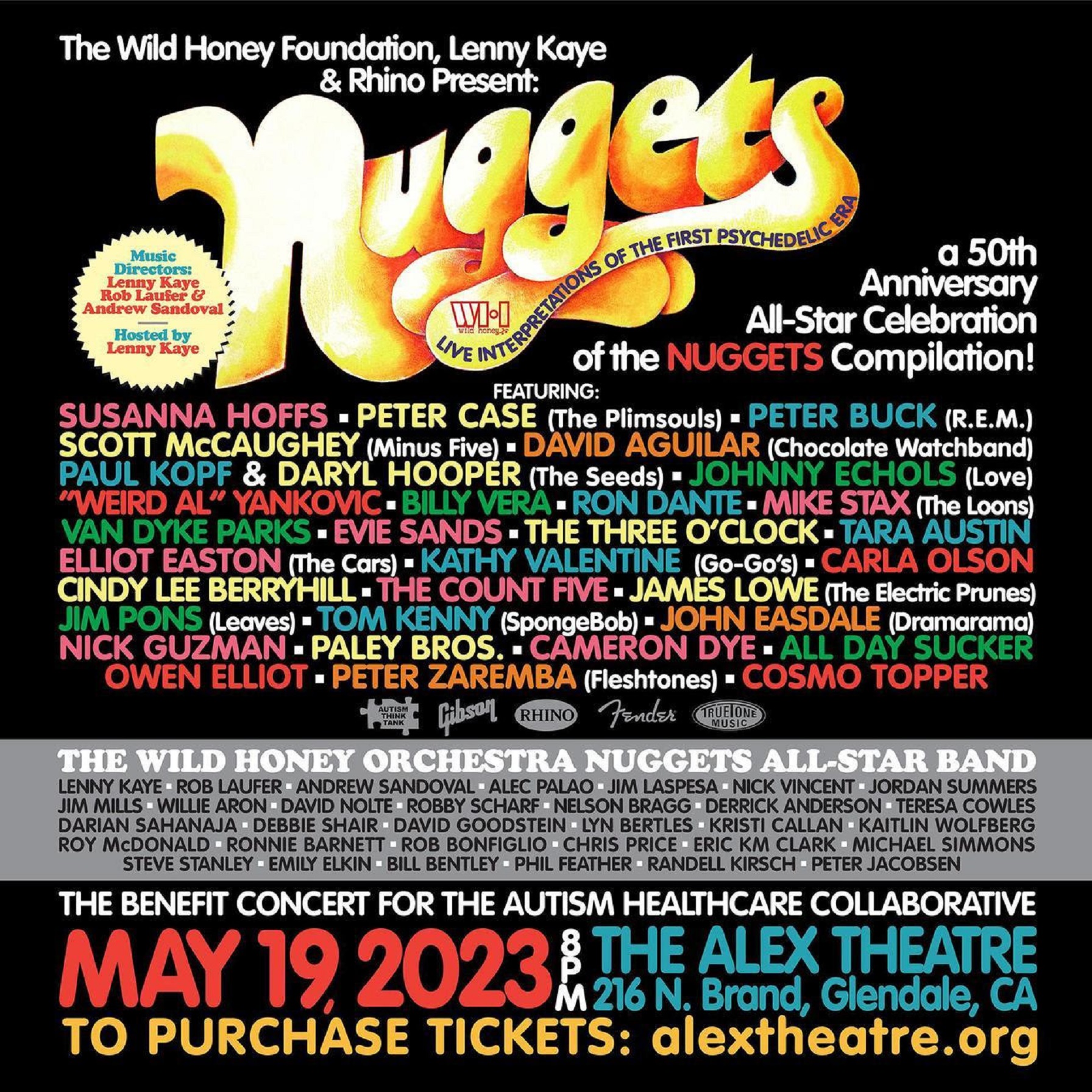An impressive assembly of blues music masters, ranging from Blues Hall of Famers to rising stars, will gather in Memphis on Thursday May 7, for the 41st annual Blues Music Awards. Presented by The Blues Foundation, the BMAs honor the past year’s exceptional achievements in blues music recording, performance, and songwriting, as well as supporting the blues’ rich cultural traditions. This celebratory evening, recognized internationally as the blues world’s premier event, not only attracts nearly all the nominees, but also presents them in performance.
The event takes place at Memphis’ Cannon Center for the Performing Arts (255 North Main Street), where a Blue Carpet will lead to the theater. Doors open at 5:30 p.m., with the ceremony commencing at 6:30 p.m. sharp. Tickets range from individual seats for $80 to full boxes of 10 for $2,500 per box, with most seats being at a $150 per person price point. All tickets (unless otherwise noted) include admission to the post-show After Party, which will feature additional live performances by nominees, buffet dinner, cash bars, and more festivities. The After Party takes place in the newly renovated Grand Lobby of the Renasant Convention Center, which is attached to the Cannon Center via an indoor walkway. Ticket sales are now open and can be purchased at 2020 Blues Music Awards Tickets
Topping the list of talented BMA contenders are Rick Estrin and his band Rick Estrin & the Nightcats, with eight nominations. It’s a familiar situation for Estrin and the group as they garnered eight overall nominations two years ago, which led to a trio of BMA victories (Band of the Year, Song of the Year, and Traditional Blues Artist). This year, they are again up for their 2018 winning categories along with Contemporary Blues Album (for their aptly named Contemporary). Additionally, Estrin has earned B.B. King Entertainer of the Year and Instrumentalist: Harmonica nominations, while guitarist Christoffer “Kid” Andersen and drummer Derrick D’Mar Martin are in the running for their respective instrumental categories.
Just behind Rick Estrin & the Nightcats in the nomination count is Sugaray Rayford. Last year’s Soul Blues Male Artist is not only attempting to retain that title, he’s also nominated for the B.B. King Entertainer of the Year, Soul Blues Album (for Somebody Save Me), Instrumentalist: Vocals, and with the Sugaray Rayford Band for Band of the Year, while “Time To Get Movin’,” penned by Somebody Save Me’s producer Eric Corne, is competing for Song of the Year.
The Cash Box Kings and Christone “Kingfish” Ingram both are hoping to rule the BMAs too as each act nabbed a handful of nods. Ingram is one of the fastest rising stars in the blues scene, so it’s no surprise finding his name in the Best Emerging Artist Album category. Kingfish, however, also has earned nominations for Contemporary Blues Male Artist and Instrumentalist: Guitar, and his album Kingfish is up for Traditional Blues Album and Album of the Year. Midwestern titans The Cash Box Kings are also competing for Album of the Year and Traditional Blues Album (for Hail to the Kings!), as well as Band of the Year. Their recorded song “The Wine Talkin’,” written by Joe Nosek, John Hahn, and Oscar Wilson, is up for Song of the Year honors, while bandmember Kenny “Beedy Eyes”Smith is among the contenders for Instrumentalist: Drums.
Chicago blues stalwart Billy Branch also has picked up numerous nominations. His album with The Sons of Blues, Roots and Branches: The Songs of Little Walter, is in the battle for Album of the Year and Traditional Blues Album while Branch is nominated for Instrumentalist: Harmonica, Traditional Blues Male Artist, and B.B. King Entertainer of the Year, where he is facing Estrin, Rayford and Blues Hall of Famers Mavis Staples and Bobby Rush. However well he does at the BMAs, Branch is guaranteed to have a triumphant 2020 as he will be inducted into The Blues Foundation’s Blues Hall of Fame the day before the Blues Music Awards along with Bettye LaVette who is nominated for Soul Blues Female.
The 2020 nominations prove that the blues is very much alive and well. In addition to Kingfish’s five nominations, numerous award nominations are also going to young blues artists, including Jontavious Willis, nominated in two categories (Best Emerging Artist Album and Traditional Blues Album, for Spectacular); Larkin Poe, nominated for Band of the Year, with bandmember Rebecca Lovell receiving a nod for Song of the year for “Beach Blonde Bottle Blues”; Samantha Fish, up for Contemporary Blues Female Artist; Annika Chambers, trying to reclaim her Soul Blues Female Artist Award; and 2018 Best Emerging Artists Southern Avenue, nominated this year in the Soul Blues Album category for Keep On.
The day before the BMAs, The Blues Foundation’s Blues Hall of Fame Induction Ceremony takes place Wednesday, May 6, at Memphis’ Halloran Centre at the Orpheum (225 South Main Street). Following a 5:30 p.m. cocktail reception, the inductions begin at 6:30 p.m. in the Halloran Theater. Tickets, which include ceremony and reception admission, are $75 each and, as with any other musical event or charitable donation, they are non-refundable. Tickets to all Blues Music Awards week events will be available at Will Call only; pick-up location information will be released one week ahead of the Blues Music Awards.
The complete list of Blues Music Award nominees can be found below and on The Blues Foundation’s website —www.blues.org. The ballot will be open for voting by current Blues Foundation members only until 5 p.m. CST on Friday, February 28. To become a Blues Foundation member, visit www.blues.org and click on the Join button to learn about the different membership levels and how to easily and securely join online. Upon membership confirmation, new and renewing members will be sent instructions on how to access the 2020 Blues Music Awards Ballot.
Major funding for the 41st Blues Music Awards is provided by ArtsMemphis, Tennessee Arts Commission, Memphis Tourism, Four Roses Bourbon, Visit Clarksdale, and the Gibson Foundation. Special thanks to special partners The Memphis International Airport and Ditty TV.
The Blues Foundation is a world-renowned Memphis-based organization whose mission is to preserve blues heritage, celebrate blues recording and performance, expand worldwide awareness of the blues, and ensure the future of this uniquely American art form. Founded in 1980, the Foundation has approximately 4,000 individual members and 173 affiliated blues societies representing another 50,000 fans and professionals worldwide. Its signature honors and events — the Blues Music Awards, Blues Hall of Fame inductions, International Blues Challenge, and Keeping the Blues Alive Awards — make it the international hub of blues music. Its HART Fund provides the blues community with medical assistance for musicians in need, while Blues in the Schools programs and Generation Blues Scholarships expose new generations to blues music. The Blues Hall of Fame Museum, located in Downtown Memphis, adds the opportunity for blues lovers of all ages to interact with blues music and history. Throughout the year, the Foundation staff serves the global blues community with answers, information, and news.
41st Blues Music Award Nominees
Acoustic Blues Album, Sponsored by Newman, DeCoster
Catfish Crawl- Catfish Keith
Confessin' My Dues -Terry Robb
Good as Your Last Dollar- Fruteland Jackson
Solo Ride - Bruce Katz
This Guitar and Tonight - Bob Margolin
Acoustic Blues Artist, Sponsored by Folk Alliance International
Eric Bibb
Guy Davis
Rhiannon Giddens
Fruteland Jackson
Doug MacLeod
Album of the Year, Sponsored by Rum Boogie Café and Blues Hall
Church of the Blues - Watermelon Slim
Hail to The Kings! - The Cash Box Kings
Kingfish - Christone “Kingfish” Ingram
The Preacher, The Politician or The Pimp - Toronzo Cannon
Roots and Branches: The Songs of Little Walter- Billy Branch & the Sons of Blues
B.B. King Entertainer of the Year, Sponsored by B.B. King’s Blues Club
Billy Branch
Rick Estrin
Sugaray Rayford
Bobby Rush
Mavis Staples
Band of the Year
The Cash Box Kings
The Nick Moss Band featuring Dennis Gruenling
Rick Estrin and the Nightcats
Southern Avenue
Sugaray Rayford Band
Best Emerging Artist Album
Before Me - Ben Levin
Folie a deux - Hudspeth & Taylor
Kingfish - Christone “Kingfish” Ingram
Spectacular Class - Jontavious Willis
Through My Eyes - John "Blues" Boyd
Blues Rock Album
Killin' It Live - Tommy Castro & The Painkillers
Masterpiece- Albert Castiglia
Reckless Heart- Joanne Shaw Taylor
Survivor Blues - Walter Trout
Up and Rolling - North Mississippi Allstars
Blues Rock Artist, Sponsored by Landmark Band
Albert Castiglia
Tommy Castro
Tinsley Ellis
Eric Gales
Walter Trout
Contemporary Blues Album
Contemporary - Rick Estrin and The Nightcats
Don't Pass Me By: A Tribute to Sean Costello - Various Artists
Kingfish - Christone “Kingfish” Ingram
The Preacher, The Politician or The Pimp - Toronzo Cannon
Venom & Faith - Larkin Poe
Contemporary Blues Female Artist
Diane Blue
Vanessa Collier
Shemekia Copeland
Samantha Fish
Janiva Magness
Contemporary Blues Male Artist
Toronzo Cannon
Gary Clark Jr
Luther Dickinson
Rick Estrin
Christone "Kingfish" Ingram
Instrumentalist Bass
Willie J. Campbell
Patrick Rynn
Bill Stuve
Larry Taylor
Michael "Mudcat" Ward
Instrumentalist Drums
Tony Braunagel
Cedric Burnside
June Core
Derrick D'Mar Martin
Kenny "Beedy Eyes" Smith
Instrumentalist Guitar
Christoffer "Kid" Andersen
Laura Chavez
Christone "Kingfish" Ingram
Junior Watson
“Monster” Mike Welch
Instrumentalist Harmonica, Sponsored by Hohner Harmonica
Billy Branch
Rick Estrin
Dennis Gruenling
Brandon Santini
Kim Wilson
Instrumentalist Horn
Mindi Abair
Jimmy Carpenter
Vanessa Collier
Trombone Shorty
Nancy Wright
Instrumentalist Piano (Pinetop Perkins Piano Player)
Anthony Geraci
Bruce Katz
Dave Keyes
Jim Pugh
Victor Wainwright
Instrumentalist Vocals
Shemekia Copeland
Sugaray Rayford
Curtis Salgado
Mavis Staples
Dawn Tyler Watson
Song of the Year
“Bleach Blonde Bottle Blues,” written by Rebecca Lovell
“Lucky Guy,” written by Nick Moss
“Resentment File,” written by Rick Estrin, Joe Louis Walker, and JoJo Russo
“Time To Get Movin',” written by Eric Corne
“The Wine Talkin',” written by Joe Nosek, John Hahn, and Oscar Wilson
Soul Blues Album
Dog Eat Dog - Billy Price
Keep On- Southern Avenue
Real Street - Tad Robinson
Sitting on Top of the Blues- Bobby Rush
Somebody Save Me- Sugaray Rayford
Soul Blues Female Artist
Annika Chambers
Thornetta Davis
Bettye LaVette
Terrie Odabi
Vaneese Thomas
Soul Blues Male Artist
Billy Price
Sugaray Rayford
Tad Robinson
Curtis Salgado
Wee Willie Walker
Traditional Blues Album
Church of the Blues- Watermelon Slim
Hail to the Kings! - The Cash Box Kings
Lucky Guy! - The Nick Moss Band Featuring Dennis Gruenling
Roots and Branches: The Songs of Little Walter- Billy Branch & the Sons of Blues
Spectacular Class - Jontavious Willis
Traditional Blues Female Artist (Koko Taylor Award)





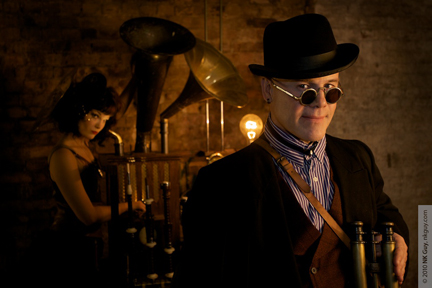
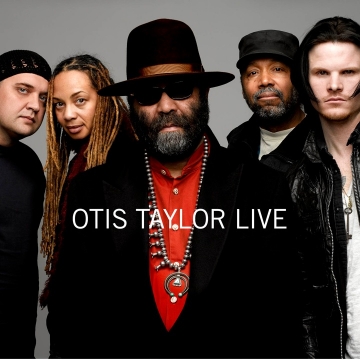
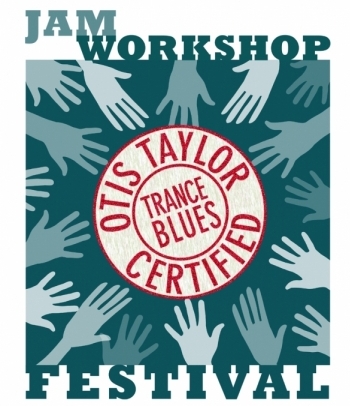 Taylor
Taylor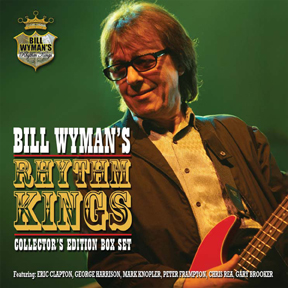
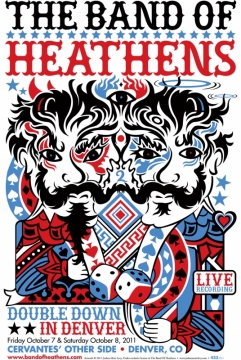
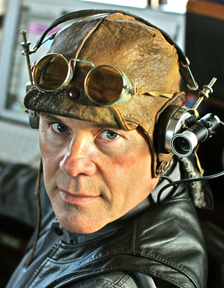
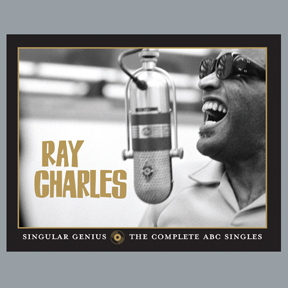
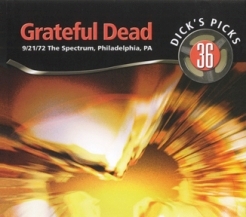
 Real Gone Music will debut in November with 12 titles headlined by the Grateful Dead’s Dick’s Picks, Vols. 34, 35 & 36. “Dick” was Dick Latvala, the official tape archivist for the Dead until 1999, whose inspiration and encyclopedic knowledge of the band’s vaults spawned the fabled Dick’s Picks series of Dead concert volumes. Comprising 36 volumes, Dick’s Picks follows the band on its long, strange trip through a multitude of eras, tours and venues, featuring handpicked shows that display the band at its most visionary, improvisational height. Real Gone Music will bring this cache of Dead concert brilliance to record stores. Many have never been previously available at retail.
Real Gone Music will debut in November with 12 titles headlined by the Grateful Dead’s Dick’s Picks, Vols. 34, 35 & 36. “Dick” was Dick Latvala, the official tape archivist for the Dead until 1999, whose inspiration and encyclopedic knowledge of the band’s vaults spawned the fabled Dick’s Picks series of Dead concert volumes. Comprising 36 volumes, Dick’s Picks follows the band on its long, strange trip through a multitude of eras, tours and venues, featuring handpicked shows that display the band at its most visionary, improvisational height. Real Gone Music will bring this cache of Dead concert brilliance to record stores. Many have never been previously available at retail.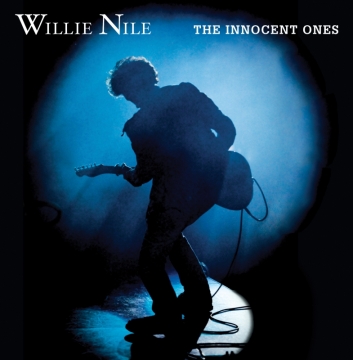

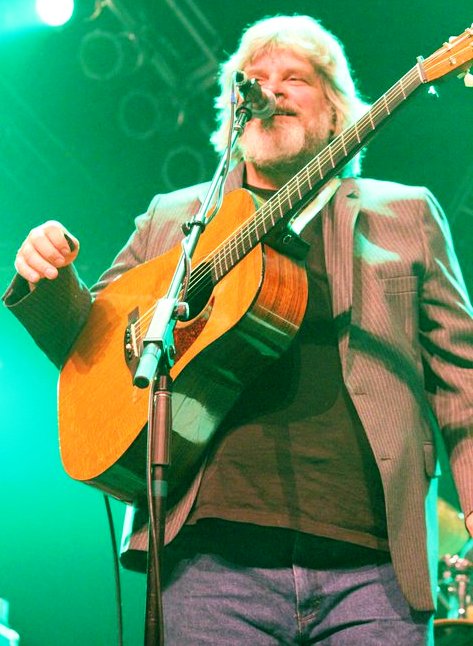 With Paradise Lost, Great American Taxi remain inspired by roots rockers like The Band, The Jayhawks, Gram Parsons, and New Riders of the Purple Sage, wearing these influences on their collective sleeve but carving out new territory along the way both lyrically and musically.
With Paradise Lost, Great American Taxi remain inspired by roots rockers like The Band, The Jayhawks, Gram Parsons, and New Riders of the Purple Sage, wearing these influences on their collective sleeve but carving out new territory along the way both lyrically and musically. The 12 tracks on Paradise Lost include a couple of reflective ballads, a sing-along or two, and some rockers that will make you want to get up and shake your money-maker. Great American Taxi, along with their friend and producer Todd Snider, deliver a collection of what Staehly calls “electric folk music for our times.” Paradise Lost is an ode to the American Dream, often times forsaken but always there to be rediscovered.
The 12 tracks on Paradise Lost include a couple of reflective ballads, a sing-along or two, and some rockers that will make you want to get up and shake your money-maker. Great American Taxi, along with their friend and producer Todd Snider, deliver a collection of what Staehly calls “electric folk music for our times.” Paradise Lost is an ode to the American Dream, often times forsaken but always there to be rediscovered.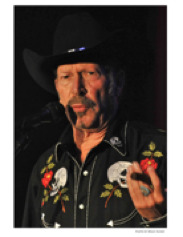
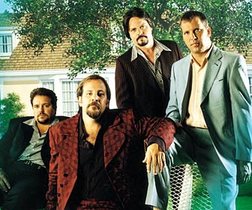
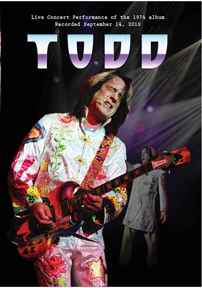
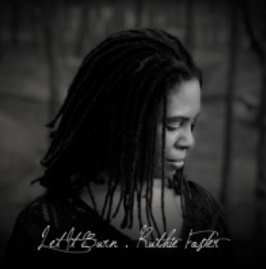
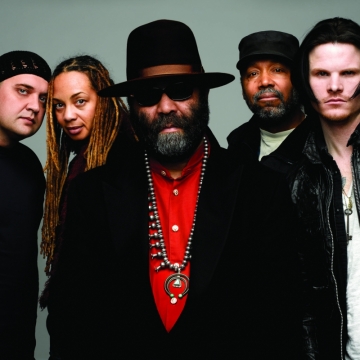

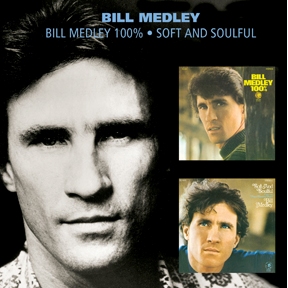 Seductive Reasoning, the 1975 Columbia Records album by sisters
Seductive Reasoning, the 1975 Columbia Records album by sisters  Finally, the Real Gone/ABKCO releases feature two famous artists from the hallowed Cameo-Parkway label vaults. The first,
Finally, the Real Gone/ABKCO releases feature two famous artists from the hallowed Cameo-Parkway label vaults. The first, 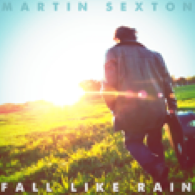
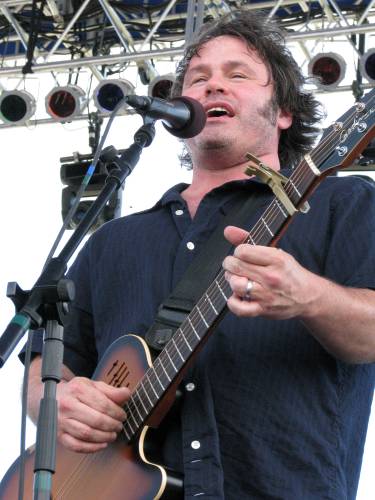 In 2007
In 2007 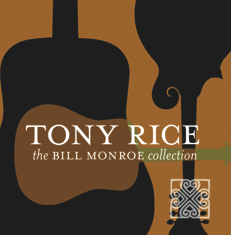

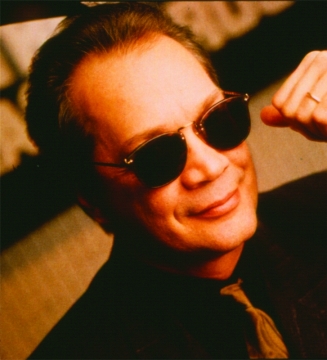
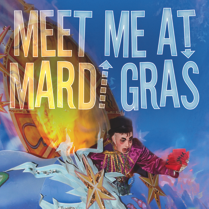
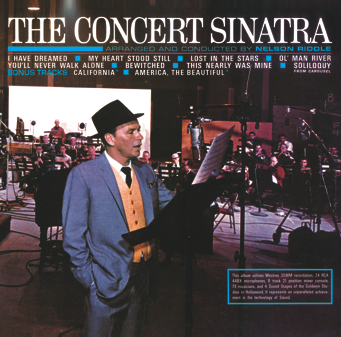
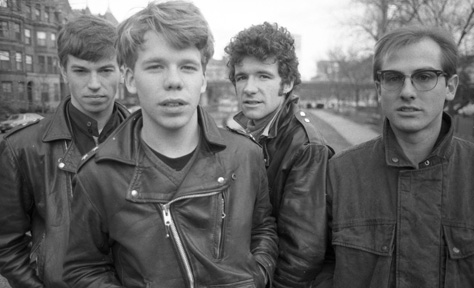
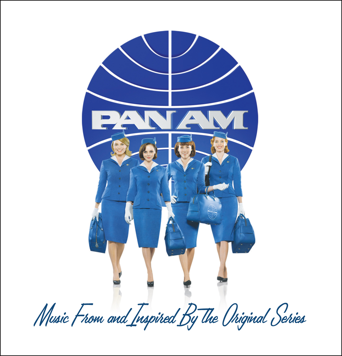
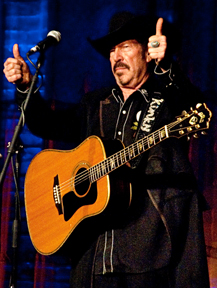
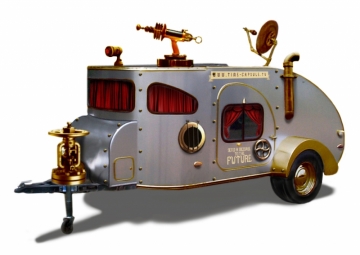

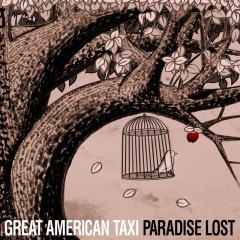
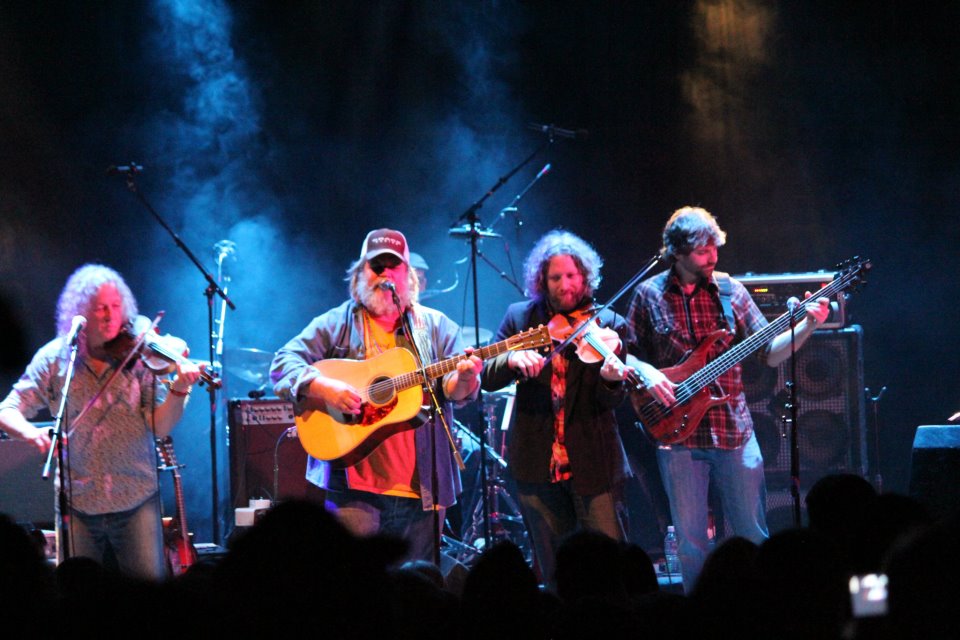 The band crafted a batch of 12 songs that follow a script of sorts, focusing on America in the new millennium. The theme started to develop in 2010 when they spent time in Nashville. Later that year, while on tour with Snider in Denver, lightning struck: Snider and the band decided to work together to create Taxi’s third album, which was to explore what “paradise lost” means to all of us, individually and collectively. Paradise Lost takes on issues such as loss of childhood, loss of innocence, lost loved ones — even the loss of the record industry.
The band crafted a batch of 12 songs that follow a script of sorts, focusing on America in the new millennium. The theme started to develop in 2010 when they spent time in Nashville. Later that year, while on tour with Snider in Denver, lightning struck: Snider and the band decided to work together to create Taxi’s third album, which was to explore what “paradise lost” means to all of us, individually and collectively. Paradise Lost takes on issues such as loss of childhood, loss of innocence, lost loved ones — even the loss of the record industry.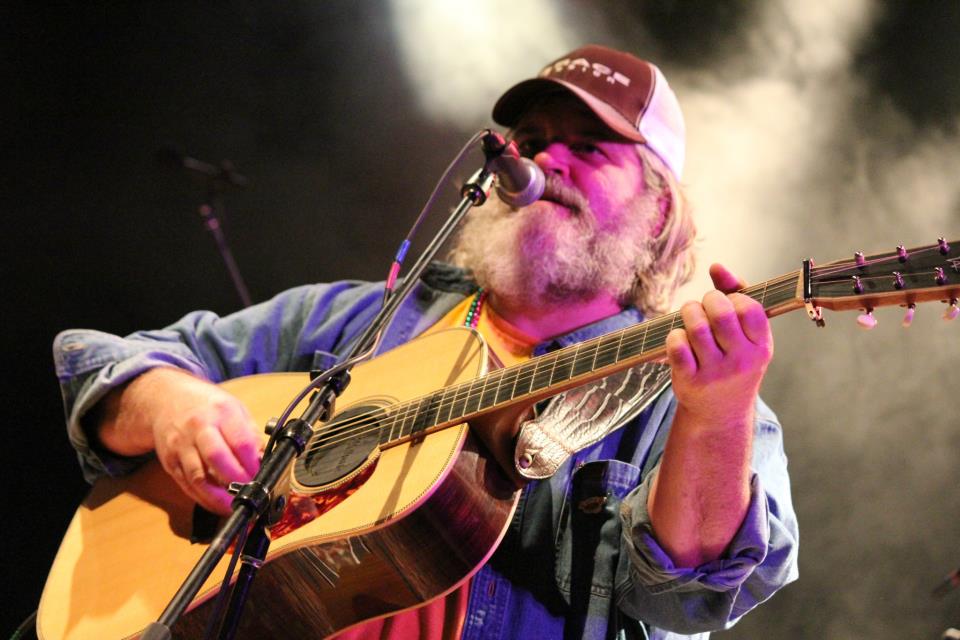 When work began on Paradise Lost, Snider wanted the lyrics first before anything else. All five band-members contributed. Snider helped them edit and whittle down the catalog of songs to about fifteen tunes before they shored up the music and headed for East Nashville in April of 2011. There they arrived at Eric McConnell’s house (where Snider cut his acclaimed release East Nashville Skyline and where Jack White produced Loretta Lynn’s Grammy-award winning release Van Lear Rose).
When work began on Paradise Lost, Snider wanted the lyrics first before anything else. All five band-members contributed. Snider helped them edit and whittle down the catalog of songs to about fifteen tunes before they shored up the music and headed for East Nashville in April of 2011. There they arrived at Eric McConnell’s house (where Snider cut his acclaimed release East Nashville Skyline and where Jack White produced Loretta Lynn’s Grammy-award winning release Van Lear Rose). Great American Taxi’s sophomore effort, Reckless Habits, garnered critical attention on the Americana music scene, topped at #12 on the Americana Music Association’s radio chart; it remained in the top 25 for more than two months. Habits sat atop the Colorado radio chart for more than two months and remained in the top 25 for more than a year. The album found the band moving “confidently between touching base on their first-generation influences and building songs with unmistakably individual presence,” noted the Boulder Weekly.
Great American Taxi’s sophomore effort, Reckless Habits, garnered critical attention on the Americana music scene, topped at #12 on the Americana Music Association’s radio chart; it remained in the top 25 for more than two months. Habits sat atop the Colorado radio chart for more than two months and remained in the top 25 for more than a year. The album found the band moving “confidently between touching base on their first-generation influences and building songs with unmistakably individual presence,” noted the Boulder Weekly.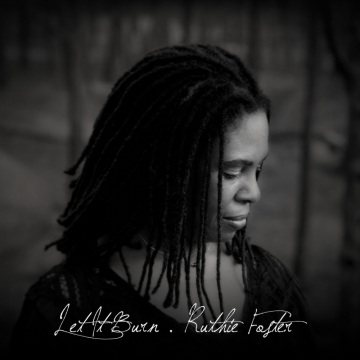
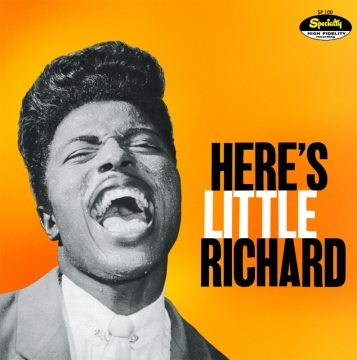

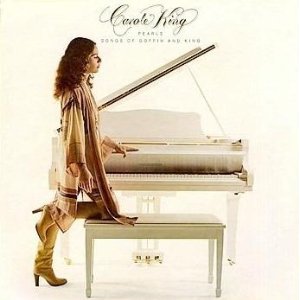
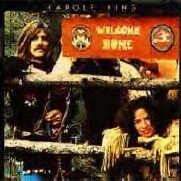 Welcome Home is an eclectic and exploratory outing, with songs ranging from the Beatle-esque (“Venusian Diamond”) to the dance beat (“Disco Tech”). But the album is also marked by tragedy. It’s King’s second recording to showcase the collaborative songwriting partnership with her husband Rick Evers, who died in the months between the completion of the recording sessions in January 1978 and the release in May (Evers appears prominently in the album photos). Welcome Home — with backing by her band Navarro — provides a snapshot of an artist willing to take risks by stepping beyond preconceptions to embrace a range of styles.
Welcome Home is an eclectic and exploratory outing, with songs ranging from the Beatle-esque (“Venusian Diamond”) to the dance beat (“Disco Tech”). But the album is also marked by tragedy. It’s King’s second recording to showcase the collaborative songwriting partnership with her husband Rick Evers, who died in the months between the completion of the recording sessions in January 1978 and the release in May (Evers appears prominently in the album photos). Welcome Home — with backing by her band Navarro — provides a snapshot of an artist willing to take risks by stepping beyond preconceptions to embrace a range of styles.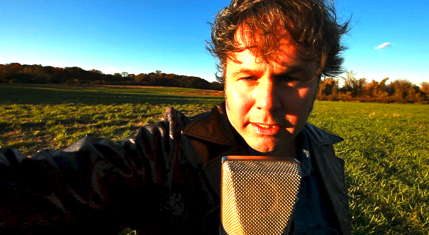
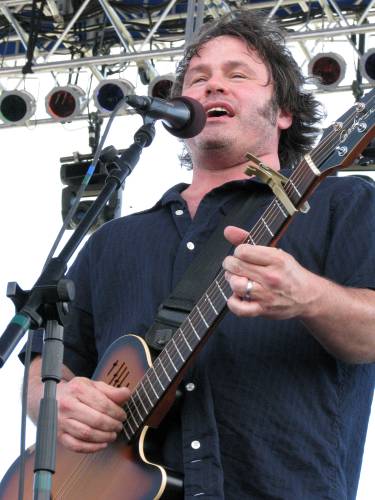 In 2007 Sexton began his most successful years to date with the release of his studio offering Seeds. The album debuted at #6 on Billboard’s Heatseekers chart, and the Los Angeles Times said, “Call him a soul shouter, a road poet, a folkie or a rocker and you wouldn’t be wrong.”
In 2007 Sexton began his most successful years to date with the release of his studio offering Seeds. The album debuted at #6 on Billboard’s Heatseekers chart, and the Los Angeles Times said, “Call him a soul shouter, a road poet, a folkie or a rocker and you wouldn’t be wrong.”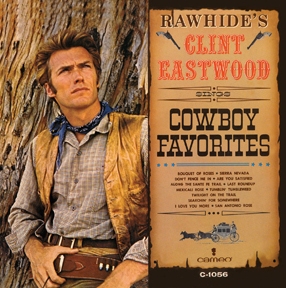
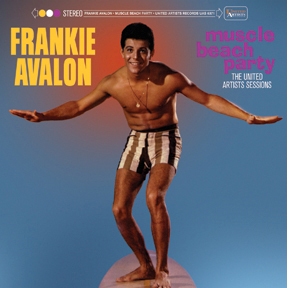 One might think that the debut solo album, sporting two hits, from one of the ’80s’ biggest heartthrobs would have been reissued long ago, but Rick Springfield’s 1972 Capitol release Beginnings was indeed the “beginnings” of a series of misadventures in the music business that were to plague the singer until he broke through with “Jessie’s Girl” and a role on the soap opera General Hospital. Springfield had scored a major hit in Australia with “Speak to the Sky” (the song appears here in its re-recorded U.S. hit version) when he moved to the States and made Beginnings, but there was a serious disconnect between the music and the marketing. The label seemed bent on selling him as a Tiger Beat teen heartthrob but Springfield’s songwriting betrayed an artist with loftier ambitions, switching from Big Star-esque power pop (“Mother Can You Carry Me”) to T-Rexish glam (“Hooky Jo”) to McCartney-esque balladry (“What Would the Children Think”). Springfield left Capitol following disappointing initial sales; this album deserved a wider audience then and still does now.
One might think that the debut solo album, sporting two hits, from one of the ’80s’ biggest heartthrobs would have been reissued long ago, but Rick Springfield’s 1972 Capitol release Beginnings was indeed the “beginnings” of a series of misadventures in the music business that were to plague the singer until he broke through with “Jessie’s Girl” and a role on the soap opera General Hospital. Springfield had scored a major hit in Australia with “Speak to the Sky” (the song appears here in its re-recorded U.S. hit version) when he moved to the States and made Beginnings, but there was a serious disconnect between the music and the marketing. The label seemed bent on selling him as a Tiger Beat teen heartthrob but Springfield’s songwriting betrayed an artist with loftier ambitions, switching from Big Star-esque power pop (“Mother Can You Carry Me”) to T-Rexish glam (“Hooky Jo”) to McCartney-esque balladry (“What Would the Children Think”). Springfield left Capitol following disappointing initial sales; this album deserved a wider audience then and still does now.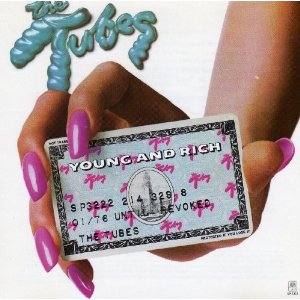 The fact that two albums by The Tubes, Young & Rich and Now (their second and third releases) have been out of print for years — and Now never even issued on CD in this country — is eloquent testimony to the fact that they are one of the most underrated bands of the ’70s (though not underrated by all — used CD copies of these albums sell for staggering figures online). Salacious Zappa-like satire? Check. Over-the-top theatricality à la Alice Cooper? Check. BOC-like hard rock? Check. Even avant-garde, Beefheart-ian atonality cropped up in unexpected places. The two-disc set features liner notes by Gene Sculatti drawn from a new interview with drummer Prairie Prince.
The fact that two albums by The Tubes, Young & Rich and Now (their second and third releases) have been out of print for years — and Now never even issued on CD in this country — is eloquent testimony to the fact that they are one of the most underrated bands of the ’70s (though not underrated by all — used CD copies of these albums sell for staggering figures online). Salacious Zappa-like satire? Check. Over-the-top theatricality à la Alice Cooper? Check. BOC-like hard rock? Check. Even avant-garde, Beefheart-ian atonality cropped up in unexpected places. The two-disc set features liner notes by Gene Sculatti drawn from a new interview with drummer Prairie Prince.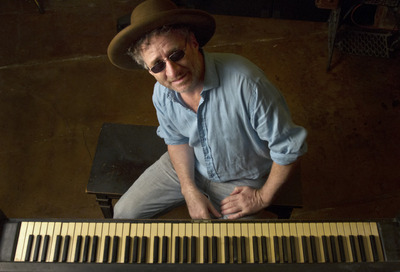
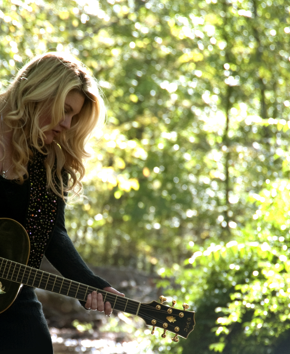
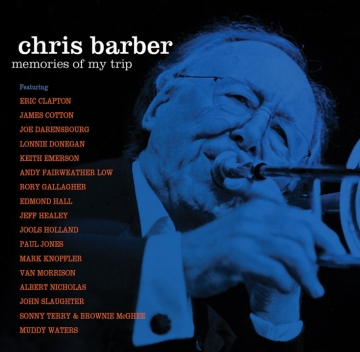
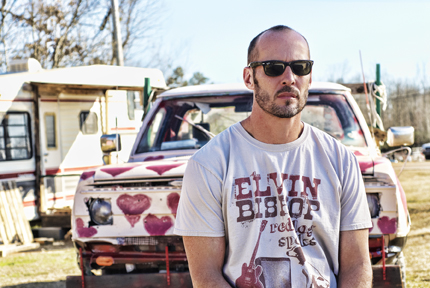

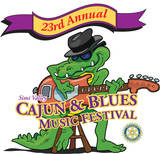

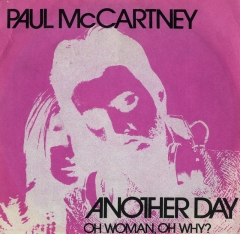

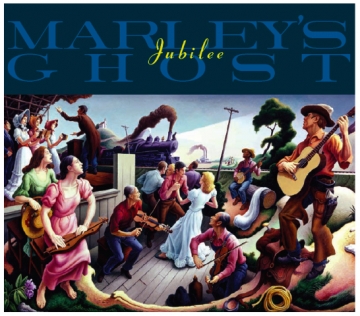
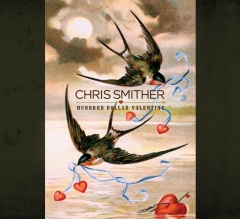
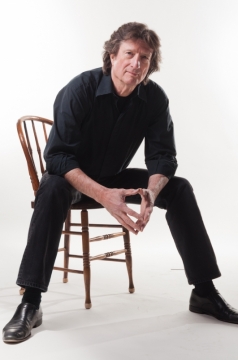 The recording sessions came together during early 2012 at Signature Studios in Pomfret, Connecticut. Stopping by were the nexus of two of Boston’s most distinctive and influential acts of the recent era — Treat Her Right’s (later Morphine) drummer Billy Conway and Jimmy Fitting on harmonica, and Goodrich’s ex-Groovasaurus bandmates Anita Suhanin (vocals) and violinist Ian Kennedy (Page/Plant, Lemonheads, Juliana Hatfield, Peter Wolf, Susan Tedeschi).
The recording sessions came together during early 2012 at Signature Studios in Pomfret, Connecticut. Stopping by were the nexus of two of Boston’s most distinctive and influential acts of the recent era — Treat Her Right’s (later Morphine) drummer Billy Conway and Jimmy Fitting on harmonica, and Goodrich’s ex-Groovasaurus bandmates Anita Suhanin (vocals) and violinist Ian Kennedy (Page/Plant, Lemonheads, Juliana Hatfield, Peter Wolf, Susan Tedeschi).
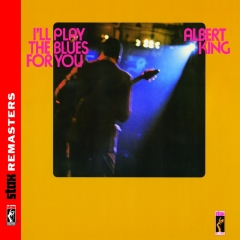
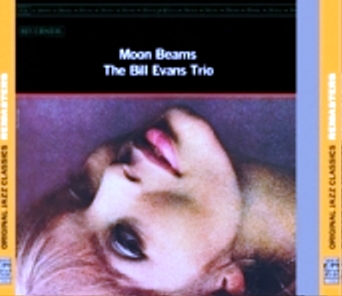
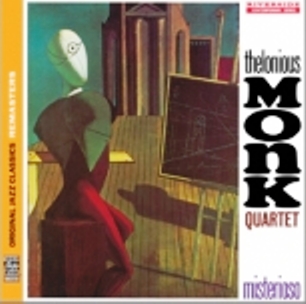 Recorded live in 1958 at the Five Spot Café in New York, Misterioso is one of two albums to emerge from the Five Spot dates — the other being Thelonious in Action — that introduced the world to the quartet format that defined the remainder of Monk’s career. Monk’s lineup throughout this recording includes tenor saxophonist Johnny Griffin, bassist Ahmed Abdul-Malik and drummer Roy Haynes. Art Blakey sits in on drums in one of the reissue’s three bonus tracks, a medley of “Bye-Ya” and “Epistrophy.”
Recorded live in 1958 at the Five Spot Café in New York, Misterioso is one of two albums to emerge from the Five Spot dates — the other being Thelonious in Action — that introduced the world to the quartet format that defined the remainder of Monk’s career. Monk’s lineup throughout this recording includes tenor saxophonist Johnny Griffin, bassist Ahmed Abdul-Malik and drummer Roy Haynes. Art Blakey sits in on drums in one of the reissue’s three bonus tracks, a medley of “Bye-Ya” and “Epistrophy.”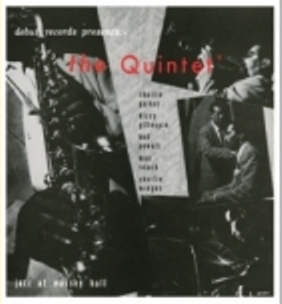 As the title clearly states, this album was recorded live at Massey Hall in Toronto, Canada, in May 1953. This summit of modern jazz titans — held in a concert hall three-quarters empty — is considered by many to be the greatest jazz concert ever. The music survives thanks to the foresight of Charles Mingus, who, along with Max Roach, taped the performance and subsequently issued it on Mingus’ own new label, Debut.
As the title clearly states, this album was recorded live at Massey Hall in Toronto, Canada, in May 1953. This summit of modern jazz titans — held in a concert hall three-quarters empty — is considered by many to be the greatest jazz concert ever. The music survives thanks to the foresight of Charles Mingus, who, along with Max Roach, taped the performance and subsequently issued it on Mingus’ own new label, Debut.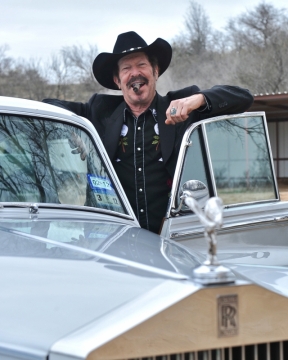
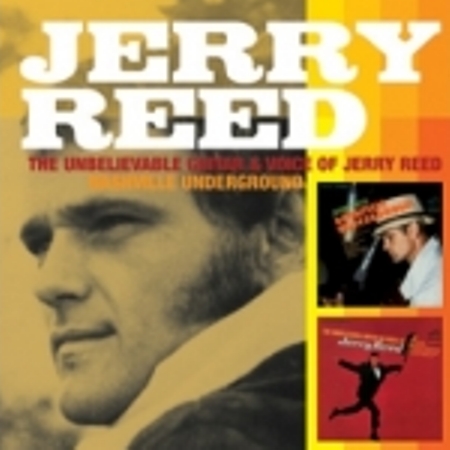
 Produced by Joan Jett, The Germs’ (GI) is a seminal album not just in West Coast punk, but in punk rock, period, wellspring of the Darby Crash legend and start of the illustrious career of Pat Smear (Nirvana, Foo Fighters). Astonishingly, this album (originally issued on Slash Records) has been out of print on CD for years. The Real Gone reissue places the platter inside a four-panel wallet featuring the original album graphics (including lyrics) with additional photos by noted punk scene photographer Jenny Lens and new liner notes by Richie Unterberger featuring fresh quotes from drummer Don Bolles.
Produced by Joan Jett, The Germs’ (GI) is a seminal album not just in West Coast punk, but in punk rock, period, wellspring of the Darby Crash legend and start of the illustrious career of Pat Smear (Nirvana, Foo Fighters). Astonishingly, this album (originally issued on Slash Records) has been out of print on CD for years. The Real Gone reissue places the platter inside a four-panel wallet featuring the original album graphics (including lyrics) with additional photos by noted punk scene photographer Jenny Lens and new liner notes by Richie Unterberger featuring fresh quotes from drummer Don Bolles.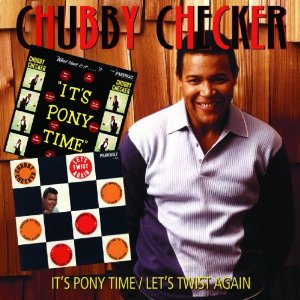 Also on deck are two albums from the height of the Chubby Checker twist phenomenon: It’s Pony Time/Let’s Twist Again. Chubby flat-out ruled the charts in 1960 and 1961; the title cut of It’s Pony Time went to #1, his only #1 hit besides “The Twist,” while Let’s Twist Again, his fourth album, went to #11, shortly to be followed by three Top Ten albums in a row. Jim Ritz’s liner notes document the Chubby Checker phenomenon; the two albums appear here straight from the original tapes in radio-ready, primed-to-party mono, just like they were originally released. The twofer is another “twist” in the Real Gone Music/ABKCO Music & Records partnership.
Also on deck are two albums from the height of the Chubby Checker twist phenomenon: It’s Pony Time/Let’s Twist Again. Chubby flat-out ruled the charts in 1960 and 1961; the title cut of It’s Pony Time went to #1, his only #1 hit besides “The Twist,” while Let’s Twist Again, his fourth album, went to #11, shortly to be followed by three Top Ten albums in a row. Jim Ritz’s liner notes document the Chubby Checker phenomenon; the two albums appear here straight from the original tapes in radio-ready, primed-to-party mono, just like they were originally released. The twofer is another “twist” in the Real Gone Music/ABKCO Music & Records partnership.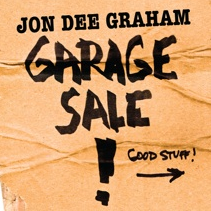
 Maybe that’s why
Maybe that’s why 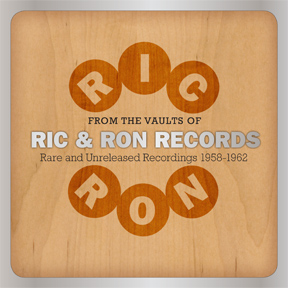
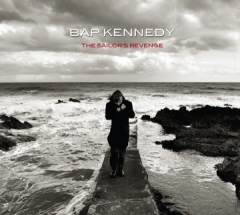
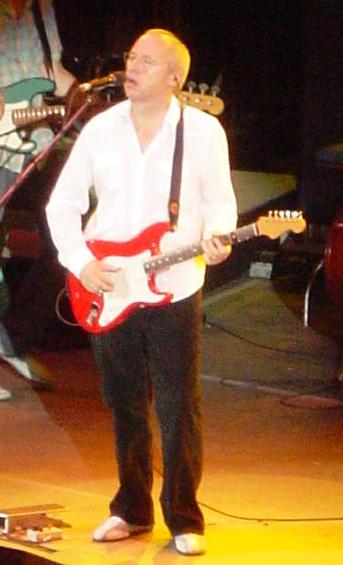 Kennedy says certain observations experiences plant seeds in his brain and germinate over time. “I don’t write songs until I have to, so I could be thinking of an idea for years before I write a song from it,” he confesses. “I don’t have any problem coming up with the tune and the structure; it’s the ideas that are really important to me — that it’s got a fresh angle or some personal thing. ‘The Sailor’s Revenge’ was like that. I went to an exhibition of Hogarth’s work in London a few years ago, and there was a painting called The Sailor’s Revenge. I thought it was a great title for a song, so I filed it away and waited for some emotional thing to connect it with, and I finally wrote it a couple years later.”
Kennedy says certain observations experiences plant seeds in his brain and germinate over time. “I don’t write songs until I have to, so I could be thinking of an idea for years before I write a song from it,” he confesses. “I don’t have any problem coming up with the tune and the structure; it’s the ideas that are really important to me — that it’s got a fresh angle or some personal thing. ‘The Sailor’s Revenge’ was like that. I went to an exhibition of Hogarth’s work in London a few years ago, and there was a painting called The Sailor’s Revenge. I thought it was a great title for a song, so I filed it away and waited for some emotional thing to connect it with, and I finally wrote it a couple years later.”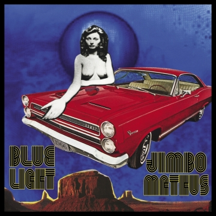
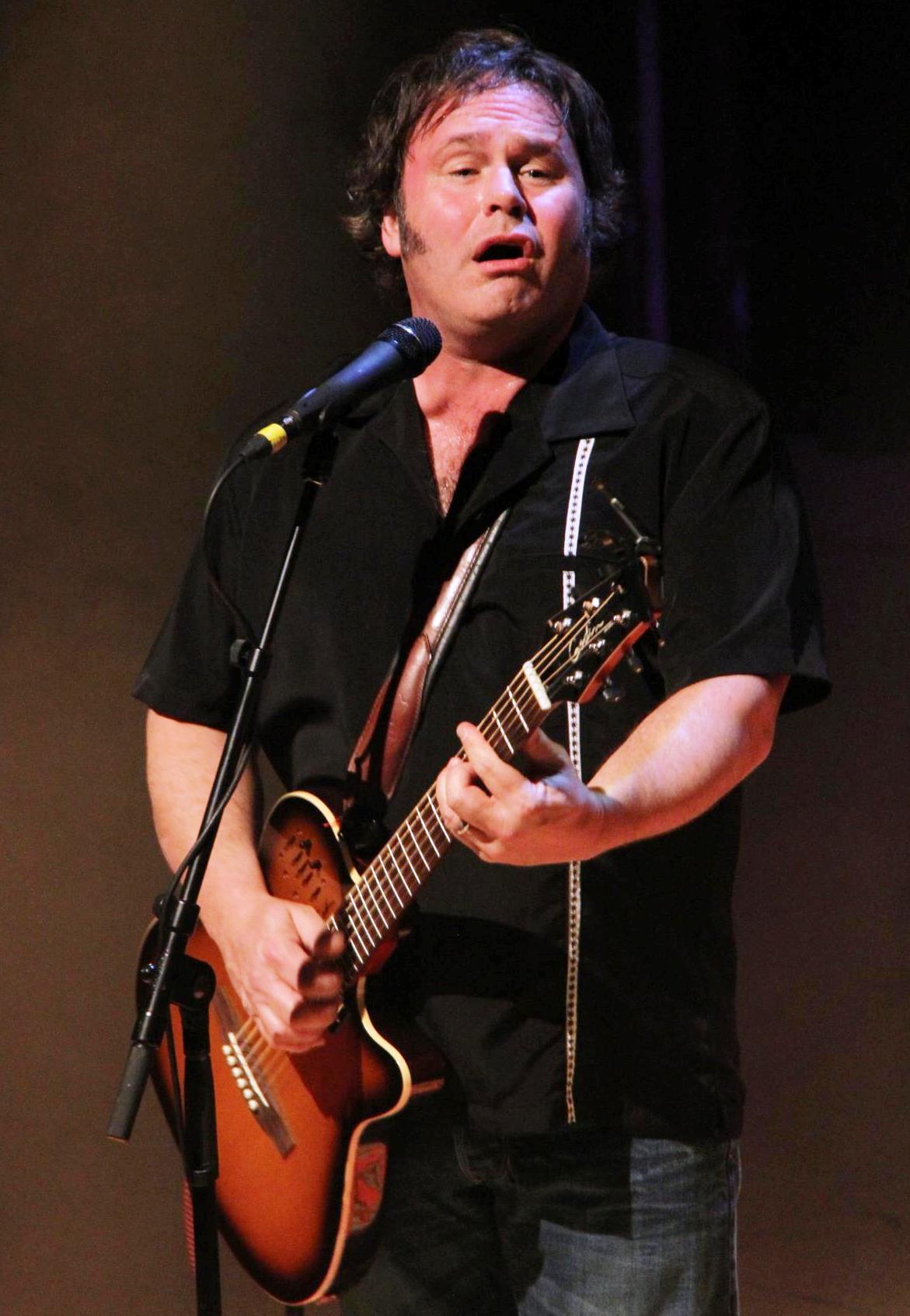
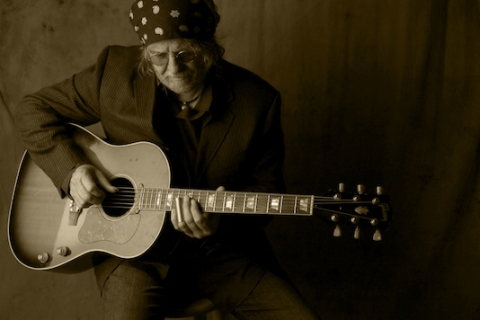
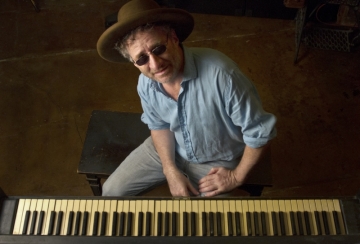
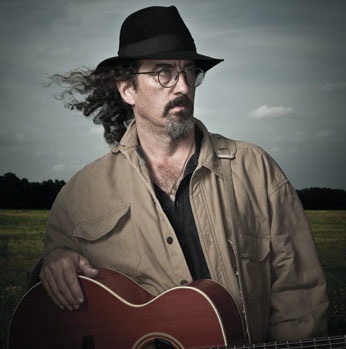
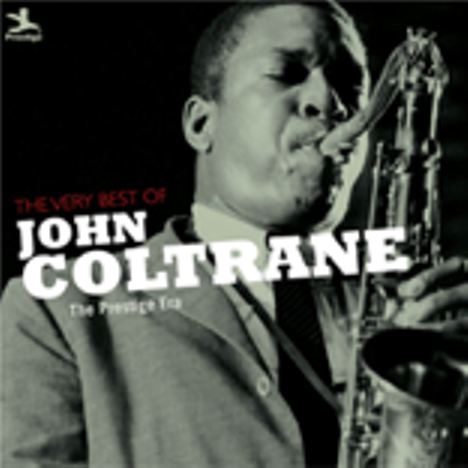
 before he ended a five-year run with the small independent Prestige label, and departed for the big leagues — namely Columbia Records. This is the music that first earned him national attention, and that continued to do so even after Miles shifted to Columbia; Prestige’s stockpiling strategy meant that many of these recordings only became publicly available well into the 1960s. In the end, these sides proved part of a solid foundation to a career that would reach higher and higher over the next thirty-five years.”
before he ended a five-year run with the small independent Prestige label, and departed for the big leagues — namely Columbia Records. This is the music that first earned him national attention, and that continued to do so even after Miles shifted to Columbia; Prestige’s stockpiling strategy meant that many of these recordings only became publicly available well into the 1960s. In the end, these sides proved part of a solid foundation to a career that would reach higher and higher over the next thirty-five years.”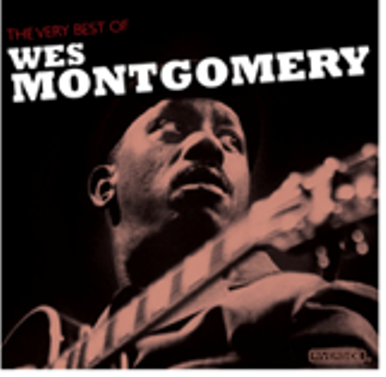 The Very Best of Wes Montgomery, a set of 11 tracks recorded for the Riverside label between the fall of 1959 and the spring of 1963, is not just a collection of prime recordings but also a blueprint for jazz guitar — what it was during Montgomery’s heyday and what it would be for generations to follow, according to Neil Tesser, author of the liner notes for the compilation. “You hold in your hand not only an album but also a manifesto,” says Tesser. “To anyone ever beguiled by the classic sound of jazz guitar, this might as well be a statement of principles, a foundation document, and a declaration of musical independence, all rolled into one.”
The Very Best of Wes Montgomery, a set of 11 tracks recorded for the Riverside label between the fall of 1959 and the spring of 1963, is not just a collection of prime recordings but also a blueprint for jazz guitar — what it was during Montgomery’s heyday and what it would be for generations to follow, according to Neil Tesser, author of the liner notes for the compilation. “You hold in your hand not only an album but also a manifesto,” says Tesser. “To anyone ever beguiled by the classic sound of jazz guitar, this might as well be a statement of principles, a foundation document, and a declaration of musical independence, all rolled into one.”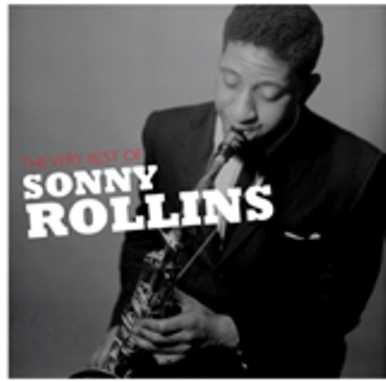 The Very Best of Sonny Rollins spans a significant chunk of the 1950s, and the entire range of the saxophonist’s broad repertoire, from his swaggering originals (“Pent-Up House”) to certified standards by Duke Ellington, Noel Coward, and Cole Porter. “It includes an unexpected oddity (‘I’m an Old Cowhand’) and a cornball oldie (‘I’ve Found a New Baby’),” notes Tesser. “These represent two founts of composition that Rollins has always tapped, transmuting their tiny clichés into pure gold. It allows for his sly humor (‘There’s No Business Like Show Business’) as well as his gift for instrumental passion (‘You Don’t Know What Love Is’). You can’t find a better introduction to what has made Sonny tick throughout his career. As night follows day, everything since these recordings rests upon them.”
The Very Best of Sonny Rollins spans a significant chunk of the 1950s, and the entire range of the saxophonist’s broad repertoire, from his swaggering originals (“Pent-Up House”) to certified standards by Duke Ellington, Noel Coward, and Cole Porter. “It includes an unexpected oddity (‘I’m an Old Cowhand’) and a cornball oldie (‘I’ve Found a New Baby’),” notes Tesser. “These represent two founts of composition that Rollins has always tapped, transmuting their tiny clichés into pure gold. It allows for his sly humor (‘There’s No Business Like Show Business’) as well as his gift for instrumental passion (‘You Don’t Know What Love Is’). You can’t find a better introduction to what has made Sonny tick throughout his career. As night follows day, everything since these recordings rests upon them.”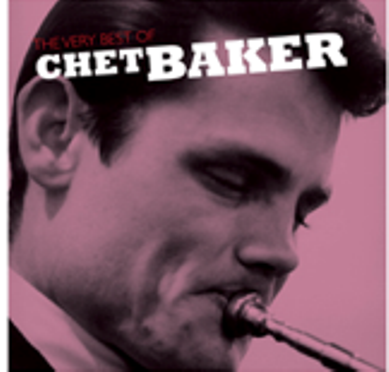 “This collection covers a broad stretch of Baker’s career,” says Phillips, “starting when he was recording with Gerry Mulligan on the Fantasy label. It then follows him to his Riverside period during the late ’50s, and onto his stint for Prestige in the mid-’60s. This captures highlights from each of these periods and underscores all the reasons why Baker was such an important and influential figure in jazz.”
“This collection covers a broad stretch of Baker’s career,” says Phillips, “starting when he was recording with Gerry Mulligan on the Fantasy label. It then follows him to his Riverside period during the late ’50s, and onto his stint for Prestige in the mid-’60s. This captures highlights from each of these periods and underscores all the reasons why Baker was such an important and influential figure in jazz.”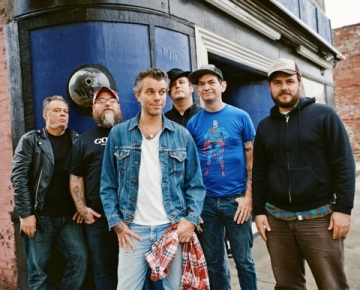
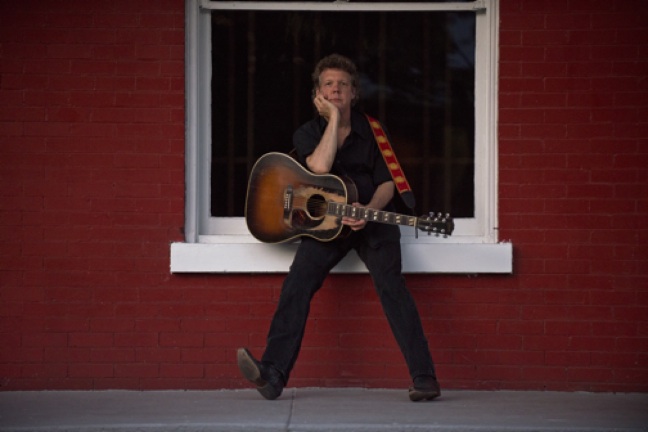
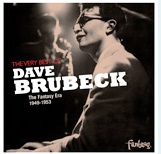
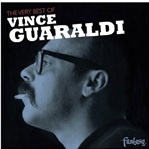 “Certainly a Very Best of Vince Guaraldi collection has to feature some of the beloved Peanuts themes — like ‘Linus and Lucy’ and ‘Christmas Time Is Here’ — that made him a household name,” says Nick Phillips, Vice President of Catalog and Jazz A&R at Concord Music Group and producer of the series. “But by the same token, as this collection illustrates, there’s much more to the artistry of Vince Guaraldi than his perennially popular Peanuts compositions, and more to him than the fame that he acquired with the hit ‘Cast Your Fate to the Wind.’ He did some really fun and inventive things with his arrangements and there's a contagious joyfulness in his playful piano style and in his interactions with his supporting musicians. He had a rare gift for creating music that’s not only interesting to devout jazz listeners, but also accessible and memorable to those that might not consider themselves hardcore jazz fans.”
“Certainly a Very Best of Vince Guaraldi collection has to feature some of the beloved Peanuts themes — like ‘Linus and Lucy’ and ‘Christmas Time Is Here’ — that made him a household name,” says Nick Phillips, Vice President of Catalog and Jazz A&R at Concord Music Group and producer of the series. “But by the same token, as this collection illustrates, there’s much more to the artistry of Vince Guaraldi than his perennially popular Peanuts compositions, and more to him than the fame that he acquired with the hit ‘Cast Your Fate to the Wind.’ He did some really fun and inventive things with his arrangements and there's a contagious joyfulness in his playful piano style and in his interactions with his supporting musicians. He had a rare gift for creating music that’s not only interesting to devout jazz listeners, but also accessible and memorable to those that might not consider themselves hardcore jazz fans.”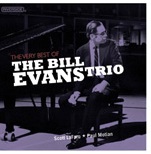 “The selection of tracks for this set easily lives up to the appellation of ‘Very Best,’” says Neil Tesser, author of the liner notes for the Evans collection. “Half the program comprises uncontested examples of the Great American Songbook, each transformed subtly but utterly by Evans’s ‘new jazz conception’ (to borrow the title of his 1956 Riverside debut) . . . On The Very Best of the Bill Evans Trio, you hear the seeds, and the roots, and in the opinion of some, the full flower of the ‘piano trio’ that proved to be so much more.”
“The selection of tracks for this set easily lives up to the appellation of ‘Very Best,’” says Neil Tesser, author of the liner notes for the Evans collection. “Half the program comprises uncontested examples of the Great American Songbook, each transformed subtly but utterly by Evans’s ‘new jazz conception’ (to borrow the title of his 1956 Riverside debut) . . . On The Very Best of the Bill Evans Trio, you hear the seeds, and the roots, and in the opinion of some, the full flower of the ‘piano trio’ that proved to be so much more.” Although this collection primarily focuses on Monk’s compositions, which include such all-time classics as “Blue Monk,” “Ruby, My Dear,” and “’Round Midnight,” it also includes selections from his first two Riverside albums that sought to present a more accessible Thelonious Monk to the public. “One of many things that I love about the Thelonious Monk Plays Duke Ellington and The Unique Thelonious Monk albums — both of which featured Monk covering other artists’ compositions — was that each song he played sounded like it could have been written by him,” says Phillips. “He had a very distinctive approach to playing the piano and a rhythmic, harmonic, and melodic vocabulary all his own. So even when he played an Ellington tune or an old standard like ‘Honeysuckle Rose,’ it still sounded uniquely like Thelonious Monk.”
Although this collection primarily focuses on Monk’s compositions, which include such all-time classics as “Blue Monk,” “Ruby, My Dear,” and “’Round Midnight,” it also includes selections from his first two Riverside albums that sought to present a more accessible Thelonious Monk to the public. “One of many things that I love about the Thelonious Monk Plays Duke Ellington and The Unique Thelonious Monk albums — both of which featured Monk covering other artists’ compositions — was that each song he played sounded like it could have been written by him,” says Phillips. “He had a very distinctive approach to playing the piano and a rhythmic, harmonic, and melodic vocabulary all his own. So even when he played an Ellington tune or an old standard like ‘Honeysuckle Rose,’ it still sounded uniquely like Thelonious Monk.”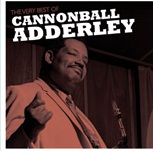 The collection “serves as an exciting introduction to Adderley’s 20-year journey, a career that ended far too soon in 1975, when a heart attack felled him at the young age of 46,” says Kahn. “The performances, running mostly chronologically, have been taken from a number of timeless albums recorded for the Riverside and Fantasy labels, most with legendary producer Orrin Keepnews guiding the sessions. As the collective weight of the sidemen on this session reveals, Adderley had ears for great talent and commanded the necessary respect to recruit them.”
The collection “serves as an exciting introduction to Adderley’s 20-year journey, a career that ended far too soon in 1975, when a heart attack felled him at the young age of 46,” says Kahn. “The performances, running mostly chronologically, have been taken from a number of timeless albums recorded for the Riverside and Fantasy labels, most with legendary producer Orrin Keepnews guiding the sessions. As the collective weight of the sidemen on this session reveals, Adderley had ears for great talent and commanded the necessary respect to recruit them.”
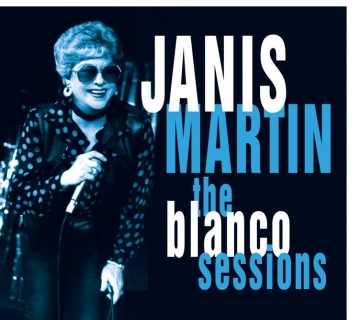
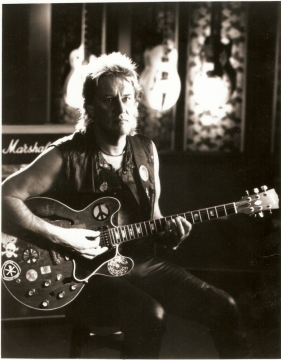

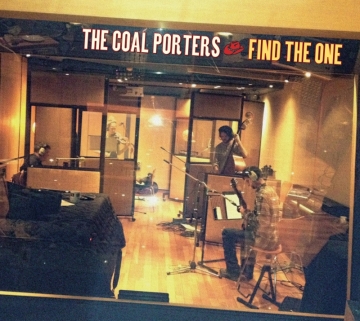 In the past decade, Griffin has started a family, written and published three books, heard his scripts performed on late night BBC national radio, toured, toured some more, and learned his Coal Porters can affect an audience with great songs, harmonies and not much volume needed.
In the past decade, Griffin has started a family, written and published three books, heard his scripts performed on late night BBC national radio, toured, toured some more, and learned his Coal Porters can affect an audience with great songs, harmonies and not much volume needed.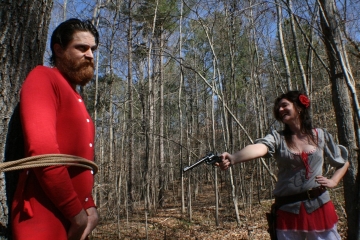
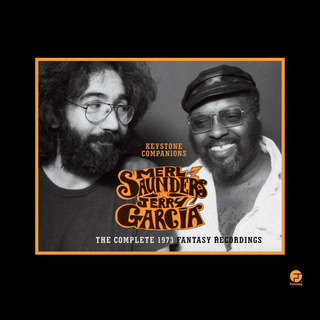

 Last December
Last December 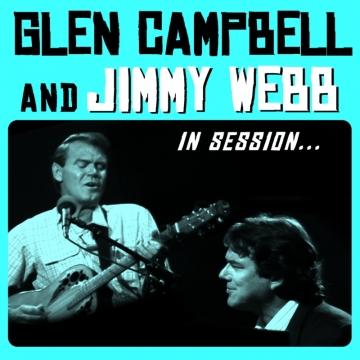
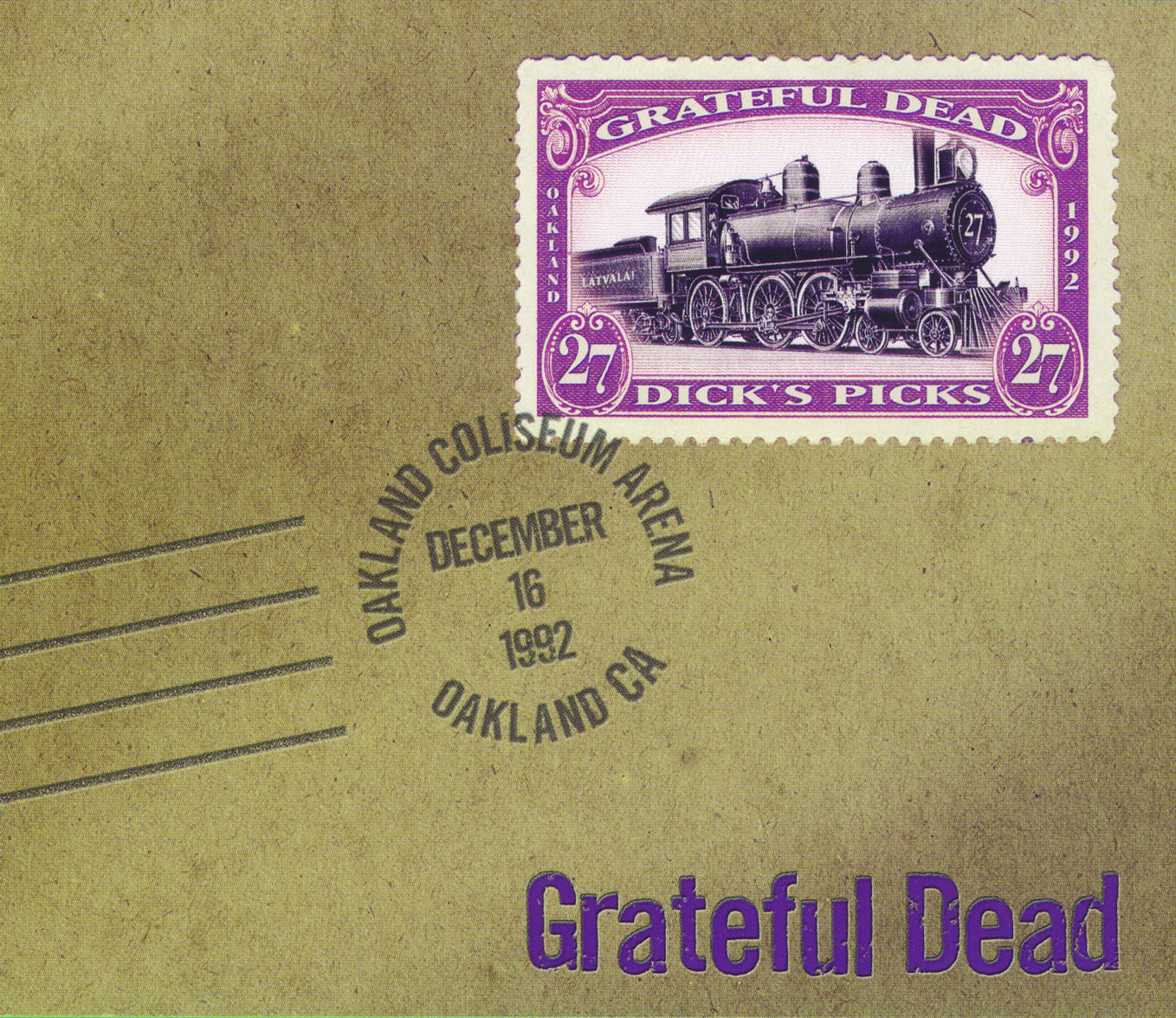
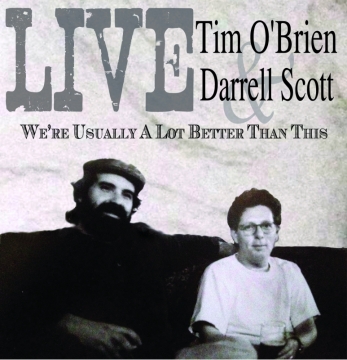
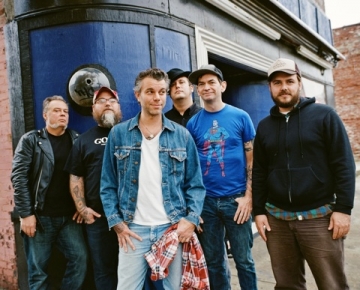
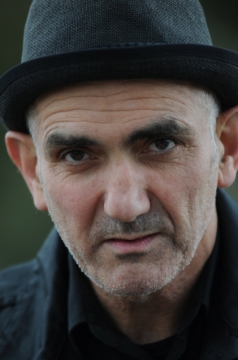
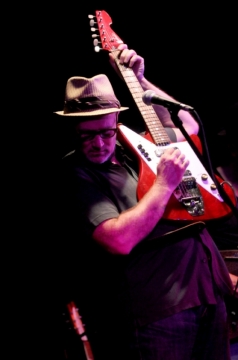
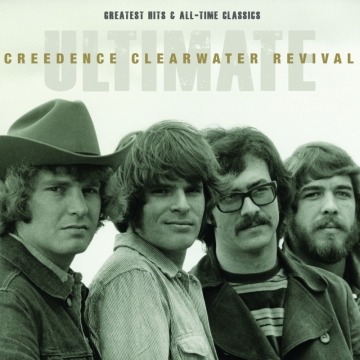

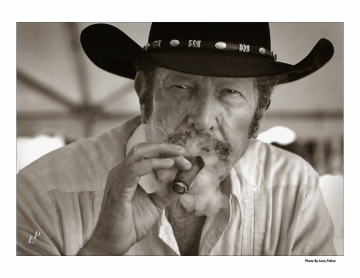
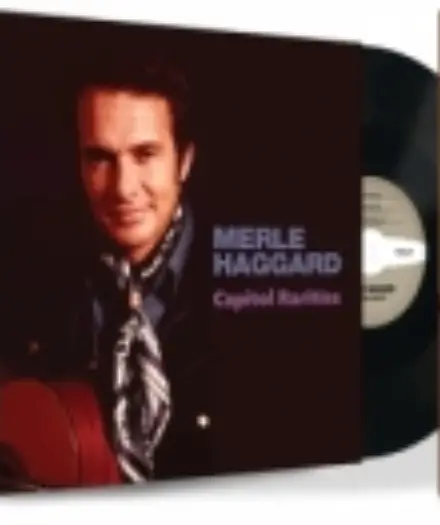

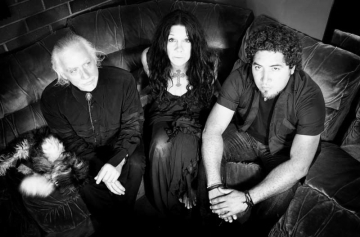

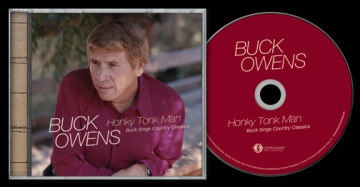
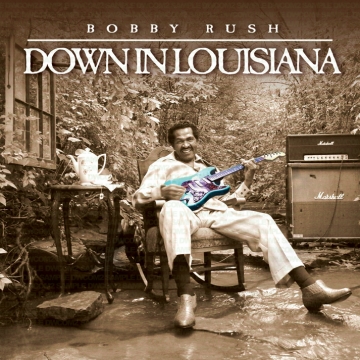
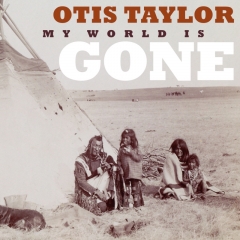
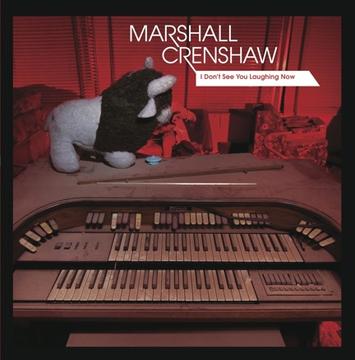
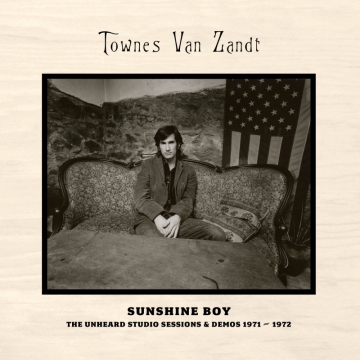
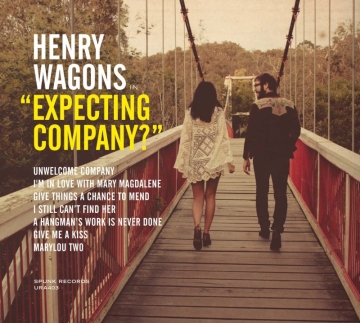
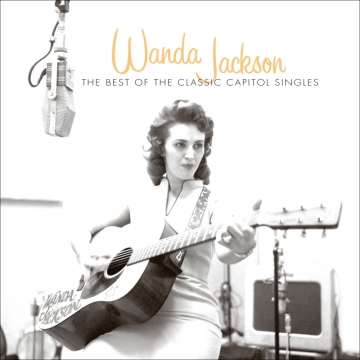
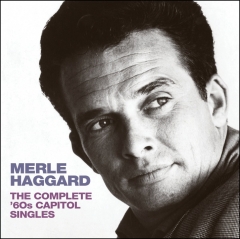 Neo-rockabilly artist and part-time journalist Deke Dickerson, a longtime Haggard fan, wrote the liner notes.
Neo-rockabilly artist and part-time journalist Deke Dickerson, a longtime Haggard fan, wrote the liner notes.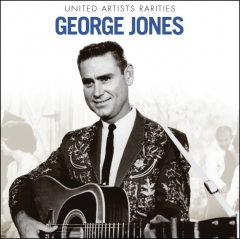 mastered all the flavors of country: lovelorn ballads, inspirational gospel, uptempo honky tonk, humorous novelty numbers, old-timey murder ballads — even holiday and Western songs. Most of his UA work was done in Nashville featuring the city’s A team: guitarist Grady Martin, pianist Hargus “Pig” Robbins, bassist Bob Moore, drummer Buddy Harman and Hal Rugg on pedal steel. The Jordanaires provided background vocals.
mastered all the flavors of country: lovelorn ballads, inspirational gospel, uptempo honky tonk, humorous novelty numbers, old-timey murder ballads — even holiday and Western songs. Most of his UA work was done in Nashville featuring the city’s A team: guitarist Grady Martin, pianist Hargus “Pig” Robbins, bassist Bob Moore, drummer Buddy Harman and Hal Rugg on pedal steel. The Jordanaires provided background vocals.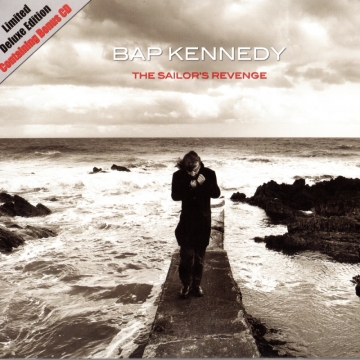
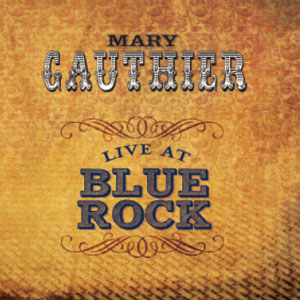

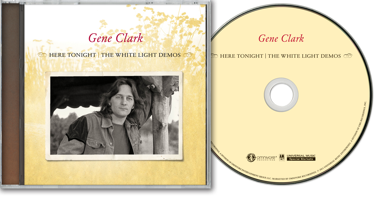
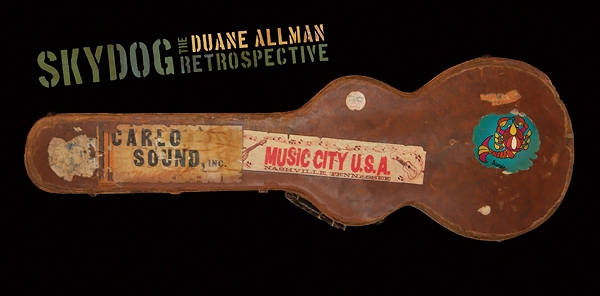
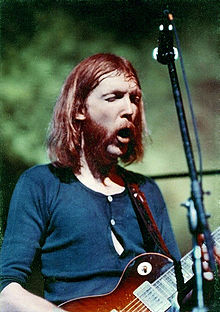 Schinder notes, “More than four decades after his death, Duane Allman remains a towering figure whose stature has only increased in his absence. His influence lives on, not only in the multiple generations of guitarists who have been motivated by his input, but also in the legions of listeners who have continued to find inspiration in his vibrant vision of American music, which remains as fresh and truthful today as when it was created.”
Schinder notes, “More than four decades after his death, Duane Allman remains a towering figure whose stature has only increased in his absence. His influence lives on, not only in the multiple generations of guitarists who have been motivated by his input, but also in the legions of listeners who have continued to find inspiration in his vibrant vision of American music, which remains as fresh and truthful today as when it was created.”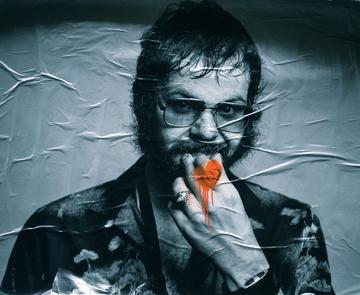
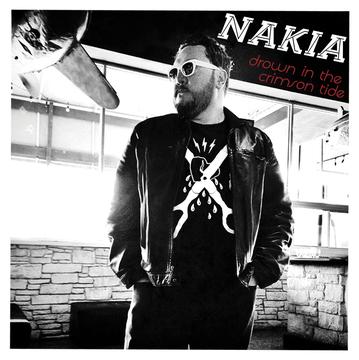
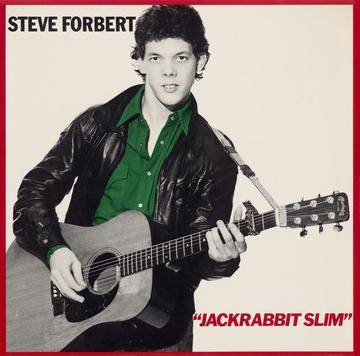
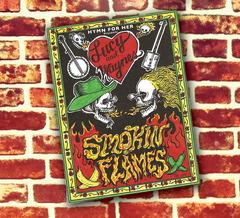
 Along with launching the new CD, Hymn for Her also have a hot sauce brewing under the same name as the album. They have been mixing, tasting and testing with their friends, Armando y Jorge’s Orlandonian Hot Sauce Company, to get the perfect flavors that will rock as hard as the record. It will feature bananas, jalapeños and smoked paprika. These spicy minstrels are running a Kickstarter campaign through the first week of April to fund the project.Always pondering new, space-age ideas for the future, the duo’s motto in life is “Inspire ’til you expire.” They’d love to transform their Airstream rocket into a mobile studio, a touring radio station, a mini-cinema and popcorn stand (with banana hot sauce) or even a botanical garden.Music, however, remains their lifeblood, as the two burn up the highway and ignite your town this year to promote Hymn for Her Presents . . .Lucy & Wayne’s Smokin Flames. Come out and taste the heat, y’all!
Along with launching the new CD, Hymn for Her also have a hot sauce brewing under the same name as the album. They have been mixing, tasting and testing with their friends, Armando y Jorge’s Orlandonian Hot Sauce Company, to get the perfect flavors that will rock as hard as the record. It will feature bananas, jalapeños and smoked paprika. These spicy minstrels are running a Kickstarter campaign through the first week of April to fund the project.Always pondering new, space-age ideas for the future, the duo’s motto in life is “Inspire ’til you expire.” They’d love to transform their Airstream rocket into a mobile studio, a touring radio station, a mini-cinema and popcorn stand (with banana hot sauce) or even a botanical garden.Music, however, remains their lifeblood, as the two burn up the highway and ignite your town this year to promote Hymn for Her Presents . . .Lucy & Wayne’s Smokin Flames. Come out and taste the heat, y’all!
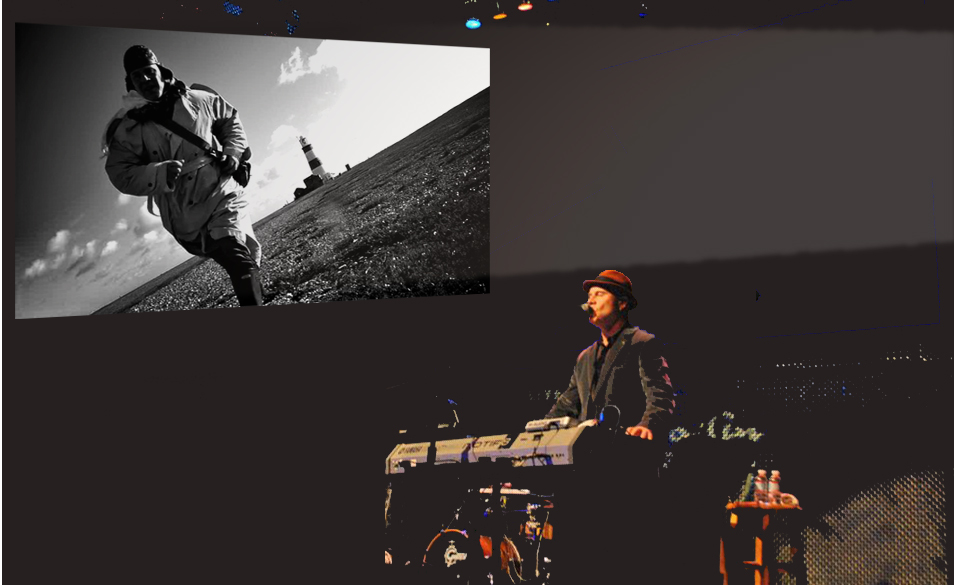
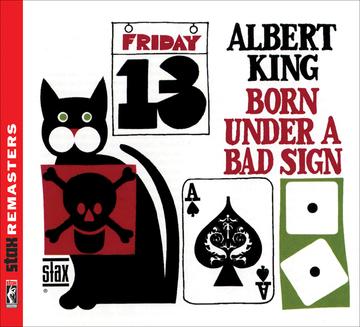
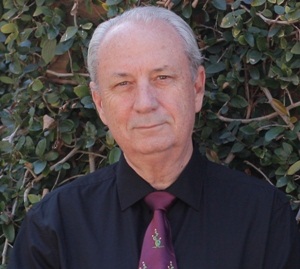
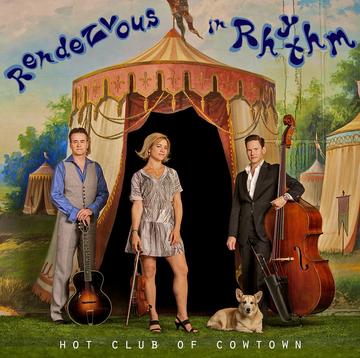
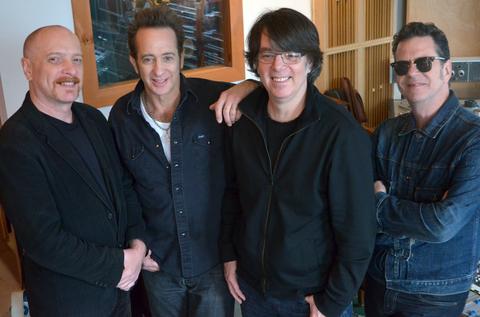


 “One goal with this album was to focus not on who was playing what but to do everything we could to simply make the best songs and the best record,” says McMillan. “It’s not all the individual’s ego. It’s
“One goal with this album was to focus not on who was playing what but to do everything we could to simply make the best songs and the best record,” says McMillan. “It’s not all the individual’s ego. It’s 
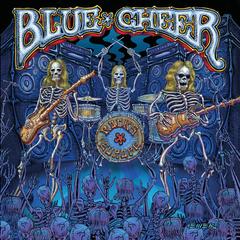
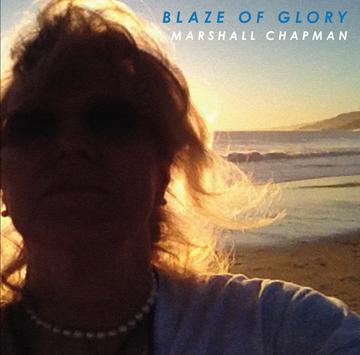
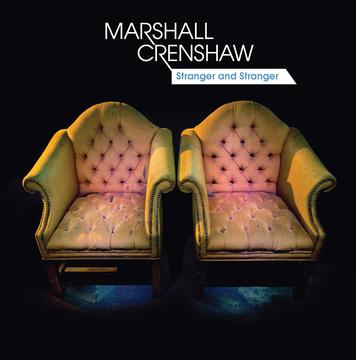
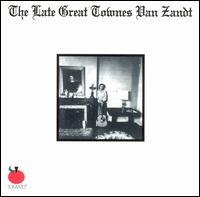
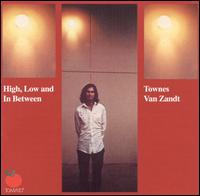 The gloriously remastered editions of High, Low and In Between and The Late, Great Townes Van Zandt will be available on CD, in a digipak with liner notes from award-winning scribe Colin Escott, as well as on 180-gram vinyl, with the first 1000 pressed on orange and clear colored vinyl respectively. (Future pressings will be on standard weight, black vinyl.)
The gloriously remastered editions of High, Low and In Between and The Late, Great Townes Van Zandt will be available on CD, in a digipak with liner notes from award-winning scribe Colin Escott, as well as on 180-gram vinyl, with the first 1000 pressed on orange and clear colored vinyl respectively. (Future pressings will be on standard weight, black vinyl.)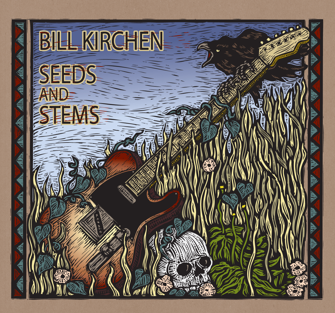
 In 2001, Kirchen received a Grammy nomination for his instrumental “Poultry in Motion.” The following year he was inducted into the Washington Area Music Association Hall of Fame, neatly sandwiched between John Phillip Sousa and Dave Grohl. He has played and recorded with a long list of luminaries, including Nick Lowe, Doug Sahm, Elvis Costello, Link Wray, Emmylou Harris, Hoyt Axton and Gene Vincent. Bill is pretty sure that he is the only person to have, in a single year, stood on stage and played with both Ralph Stanley and Elvis Costello.Now living in Austin, Kirchen maintains his rigorous and far-reaching tour schedule and also teaches at Augusta Heritage Center, Centrum Voiceworks and Jorma Kaukonen’s Fur Peace Ranch. Jorma was called in to fingerpick on the new release’s bonus track, the song that asks the musical question, “Are You Talkin’ About Love or Are You Talkin’ About Chicken?” It’s practically a true story written by Bill and Louise Kirchen and Sarah Brown, and inspired by their dog Rufus.Bill Kirchen’s latest, Seeds and Stems, takes a fresh approach to many of the songs that were planted at the beginning of an incredibly full career, songs that grew into classics and branched out across the variegated styles of Americana and roots rock ’n’ roll.Bill sums it up best: “I could have called this record Why I Love My Job. I got to write or co-write most of the songs, sing ’em, play a whole mess of guitar, and record with some of my favorite musicians on the planet. Thank you.”
In 2001, Kirchen received a Grammy nomination for his instrumental “Poultry in Motion.” The following year he was inducted into the Washington Area Music Association Hall of Fame, neatly sandwiched between John Phillip Sousa and Dave Grohl. He has played and recorded with a long list of luminaries, including Nick Lowe, Doug Sahm, Elvis Costello, Link Wray, Emmylou Harris, Hoyt Axton and Gene Vincent. Bill is pretty sure that he is the only person to have, in a single year, stood on stage and played with both Ralph Stanley and Elvis Costello.Now living in Austin, Kirchen maintains his rigorous and far-reaching tour schedule and also teaches at Augusta Heritage Center, Centrum Voiceworks and Jorma Kaukonen’s Fur Peace Ranch. Jorma was called in to fingerpick on the new release’s bonus track, the song that asks the musical question, “Are You Talkin’ About Love or Are You Talkin’ About Chicken?” It’s practically a true story written by Bill and Louise Kirchen and Sarah Brown, and inspired by their dog Rufus.Bill Kirchen’s latest, Seeds and Stems, takes a fresh approach to many of the songs that were planted at the beginning of an incredibly full career, songs that grew into classics and branched out across the variegated styles of Americana and roots rock ’n’ roll.Bill sums it up best: “I could have called this record Why I Love My Job. I got to write or co-write most of the songs, sing ’em, play a whole mess of guitar, and record with some of my favorite musicians on the planet. Thank you.”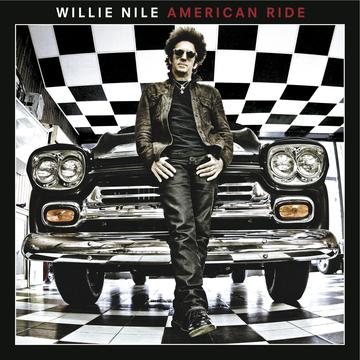

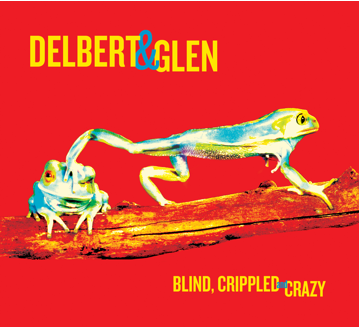
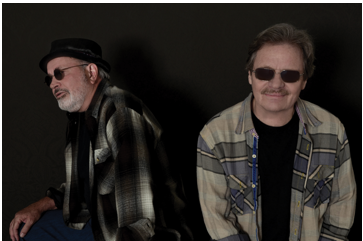 Of course, McClinton became an international star in the realms of blues and traditional country music, cross-pollinating the genres into his own unique sound. Since 1980, when his sixth solo album The Jealous Kind sparked the top 10 hit “Givin’ It Up for Your Love,” he has remained one of the most respected figures in American roots music. In 1992 the man who gave John Lennon his first harmonica lesson — when McClinton toured England in the early ’60s as part of Bruce Channel’s band — won his first Grammy Award, for the duet “Good Man, Good Woman” with Bonnie Raitt. That was followed by a second win in 2003 for Nothing Personal in the Best Contemporary Blues Album Category. In 2006, he won a third Grammy for his Cost of Living album. McClinton’s songs have also been recorded by a who’s who of country music royalty including Vince Gill, Wynonna Judd, Garth Brooks, Emmylou Harris, Martina McBride and Trisha Yearwood.Over the decades his blend of soaring blue-eyed soul singing sprinkled with red Texas dust, the emotional wealth of his songwriting and his command of virtuoso supporting ensembles has built McClinton a wildly avid fan base in the United States and Europe. They are nearly like Deadheads in their willingness to travel to repeated shows and their level of support. Each January they turn the Delbert McClinton & Friends Sandy Beaches Cruise, a weeklong music festival he hosts aboard luxury liners, into a sell-out.“The bottom line is, at this point I don’t believe in doing anything that’s not fun,” McClinton says, “and recording Blind, Crippled And Crazy was a blast. Me and Gary, who I’ve known for 40 years starting back in Texas, handpicked every musician on the record and made sure every song was perfect. The title, from the old soul tune, is something I’ve wanted to use for years. And singing with Glen again — between the way our voices mix and his sense of humor — makes me excited about us taking this music out on the road together.“I’ve got a good deal in life,” McClinton continues. “I’ve got a lot of good people for fans who support me — although I’ve won over each of them one-by-one on the road. I can pick and choose whatever I want to do. And I’ve never had to keep a job for long, thank God, because jobs stink. I know. I’ve had a lot of them, and I know why I got fired from every one. And believe me, making this album and singing these songs with Glen is nothing like a job.”
Of course, McClinton became an international star in the realms of blues and traditional country music, cross-pollinating the genres into his own unique sound. Since 1980, when his sixth solo album The Jealous Kind sparked the top 10 hit “Givin’ It Up for Your Love,” he has remained one of the most respected figures in American roots music. In 1992 the man who gave John Lennon his first harmonica lesson — when McClinton toured England in the early ’60s as part of Bruce Channel’s band — won his first Grammy Award, for the duet “Good Man, Good Woman” with Bonnie Raitt. That was followed by a second win in 2003 for Nothing Personal in the Best Contemporary Blues Album Category. In 2006, he won a third Grammy for his Cost of Living album. McClinton’s songs have also been recorded by a who’s who of country music royalty including Vince Gill, Wynonna Judd, Garth Brooks, Emmylou Harris, Martina McBride and Trisha Yearwood.Over the decades his blend of soaring blue-eyed soul singing sprinkled with red Texas dust, the emotional wealth of his songwriting and his command of virtuoso supporting ensembles has built McClinton a wildly avid fan base in the United States and Europe. They are nearly like Deadheads in their willingness to travel to repeated shows and their level of support. Each January they turn the Delbert McClinton & Friends Sandy Beaches Cruise, a weeklong music festival he hosts aboard luxury liners, into a sell-out.“The bottom line is, at this point I don’t believe in doing anything that’s not fun,” McClinton says, “and recording Blind, Crippled And Crazy was a blast. Me and Gary, who I’ve known for 40 years starting back in Texas, handpicked every musician on the record and made sure every song was perfect. The title, from the old soul tune, is something I’ve wanted to use for years. And singing with Glen again — between the way our voices mix and his sense of humor — makes me excited about us taking this music out on the road together.“I’ve got a good deal in life,” McClinton continues. “I’ve got a lot of good people for fans who support me — although I’ve won over each of them one-by-one on the road. I can pick and choose whatever I want to do. And I’ve never had to keep a job for long, thank God, because jobs stink. I know. I’ve had a lot of them, and I know why I got fired from every one. And believe me, making this album and singing these songs with Glen is nothing like a job.”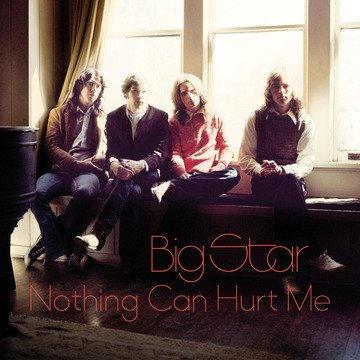
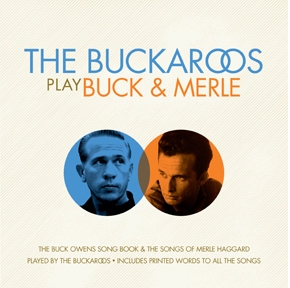
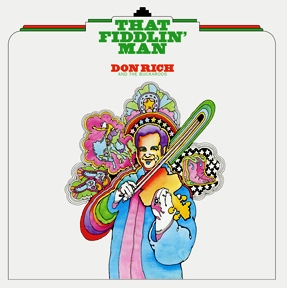 When a young Merle Haggard played in Owens’ band, he suggested the name The Buckaroos for the combo. While Merle’s tenure with them was short-lived, he did pretty well for himself afterward. And The Buckaroos name not only stuck, but the band became almost as notable as its leader. Their playing became as noticeable as Buck’s distinct songwriting and delivery.
When a young Merle Haggard played in Owens’ band, he suggested the name The Buckaroos for the combo. While Merle’s tenure with them was short-lived, he did pretty well for himself afterward. And The Buckaroos name not only stuck, but the band became almost as notable as its leader. Their playing became as noticeable as Buck’s distinct songwriting and delivery.
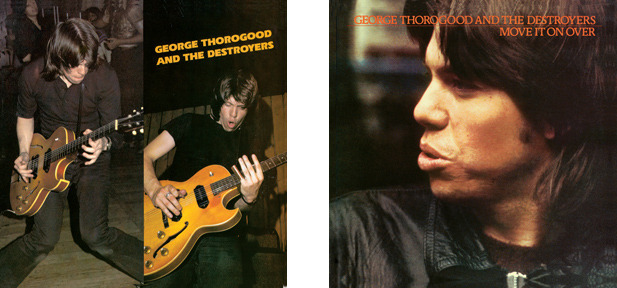
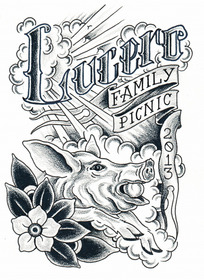
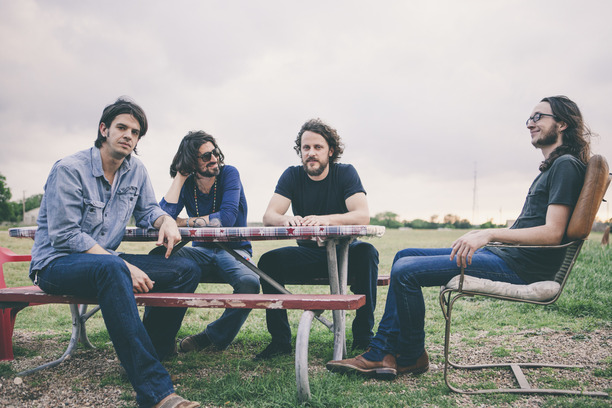
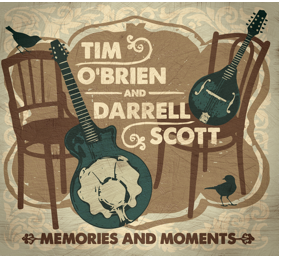
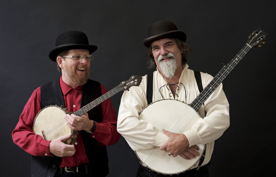 After playing together as touring members of Steve Earle’s Bluegrass Dukes, they hit the road on a joint tour, sitting in on each other’s sets and closing the shows as co-frontmen. In each of these situations, as well as in their initial songwriting collaborations (which had immediately yielded “When No One’s Around,” covered by Garth Brooks), their chemistry was palpable, and the nascent partners decided to cut an album together, hoping to capture the in-the-moment spontaneity of an Alan Lomax-style field recording. Recorded live in Scott’s living room, the resulting Real Time was greeted by discerning listeners, critics included, as a stone revelation, containing performances so nuanced, deeply rooted and keenly informed that it was hard to tell where tradition left off and invention came in. In truth, nine of the 13 songs on the record were originals, not traditional tunes — “They just sound that way,” says Scott.For all those who made Real Time and enduring part of their lives, and who hoped that these two rarefied artists would one day conjure up the magic they’d made together — something Scott describes, with the requisite glint in his eye, as “bigger than the sum of our parts, and our parts are pretty good to begin with” — the long-awaited Memories & Moments will not disappoint, and that’s an understatement.Recorded in a proper studio this time, the new album took only three days to complete. It’s almost entirely just the two of them, with nary an overdub, fix or comp. Scott, the de facto producer, claims his job was to “kick us in the ass to do this, set dates months in advance, and once we were in there, stay out of the way and let it happen. It’s this funny dance of organic and having some kind of plan, but it leans toward the organic. This record is more about songs and singing than the whiz factor, so there’s not as much fiery soloing on this record; it just never came up. But it will absolutely happen when we play live this fall.On the level of seamlessly infused tradition, the new album picks up where Real Time left off. “When Tim and I get together, we push each other’s Appalachian roots buttons,” Scott points out. “My Kentucky comes out, and so does his West Virginia. It happens naturally, it’s not a strategy. We know Southern gospel, Jimmy Rodgers and the Carter Family, and not just a little — it’s in our DNA. And when me and Tim sing close harmonies, that brother blend, like we do on Hank’s ‘Alone and Forsaken,’ neither of us is behind the other; we both stand up and deliver.”
After playing together as touring members of Steve Earle’s Bluegrass Dukes, they hit the road on a joint tour, sitting in on each other’s sets and closing the shows as co-frontmen. In each of these situations, as well as in their initial songwriting collaborations (which had immediately yielded “When No One’s Around,” covered by Garth Brooks), their chemistry was palpable, and the nascent partners decided to cut an album together, hoping to capture the in-the-moment spontaneity of an Alan Lomax-style field recording. Recorded live in Scott’s living room, the resulting Real Time was greeted by discerning listeners, critics included, as a stone revelation, containing performances so nuanced, deeply rooted and keenly informed that it was hard to tell where tradition left off and invention came in. In truth, nine of the 13 songs on the record were originals, not traditional tunes — “They just sound that way,” says Scott.For all those who made Real Time and enduring part of their lives, and who hoped that these two rarefied artists would one day conjure up the magic they’d made together — something Scott describes, with the requisite glint in his eye, as “bigger than the sum of our parts, and our parts are pretty good to begin with” — the long-awaited Memories & Moments will not disappoint, and that’s an understatement.Recorded in a proper studio this time, the new album took only three days to complete. It’s almost entirely just the two of them, with nary an overdub, fix or comp. Scott, the de facto producer, claims his job was to “kick us in the ass to do this, set dates months in advance, and once we were in there, stay out of the way and let it happen. It’s this funny dance of organic and having some kind of plan, but it leans toward the organic. This record is more about songs and singing than the whiz factor, so there’s not as much fiery soloing on this record; it just never came up. But it will absolutely happen when we play live this fall.On the level of seamlessly infused tradition, the new album picks up where Real Time left off. “When Tim and I get together, we push each other’s Appalachian roots buttons,” Scott points out. “My Kentucky comes out, and so does his West Virginia. It happens naturally, it’s not a strategy. We know Southern gospel, Jimmy Rodgers and the Carter Family, and not just a little — it’s in our DNA. And when me and Tim sing close harmonies, that brother blend, like we do on Hank’s ‘Alone and Forsaken,’ neither of us is behind the other; we both stand up and deliver.”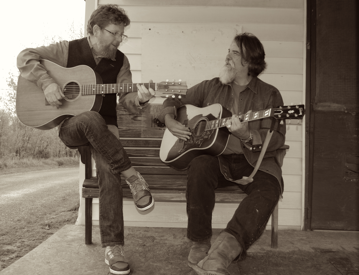 Their roots and current concerns come together on the album’s two environmental statements, “Keep Your Dirty Lights On,” which they wrote about the hot-button issue of mountaintop removal by coal companies, and Prine’s “Paradise,” both of which come across with such conviction and authenticity that they seem covered in coal soot.“As writers and artists, we just witness what’s going on, describe it like journalists and put it in a nice little melodic frame,” O’Brien reflects. “And under the guise of entertainment, it makes people think about what’s happening. That’s the funny thing about music — any kind of art, really: people are entertained and it gets them out of their everyday grind. So you have this wonderful opportunity as an artist to bring something to them. I love that I have this gig, because by labeling yourself a musician and calling people into a venue, you’re making an agreement to do something together, and it’s really a privilege to be in that position. And as such, you want to take responsibility for that privilege — you want to do your best. The audience fuels the work, and it definitely helps to clarify things, because if you stumble upon something as a writer or just select a song that you think will translate, it’s a little nugget of gold to offer them.Among the nuggets found on Memories & Moments are Scott’s lilting “It All Comes Down to Love,” which seems ancient until he sings, “Trouble is a cat on the freeway/Where the rubber meets the road she’ll find another way,” his achingly poignant title song, O’Brien’s raw-silk rhapsody “Brother Wind” and Darrell’s closing hymn “On Life’s Other Side.” These and other newly penned tunes are primed to be further burnished when these soul brothers bust them out on stage.“We’re walking out on the edge with this, in a routine way, and that’s part of the exercise: to see what will happen,” O’Brien notes. “It’s like cooking — you add some of this, some of that, see what happens and then maybe adjust it a little bit. The shows and the songs both start that way, and hopefully people will take in and digest it and say, ‘That tasted good.’”Right after they release Memories & Moments, O’Brien and Scott will spring into action. They’ve set aside a year, starting in late September, “to collaborate, to play this music and to say ‘Hey, we’re still here’ in a concentrated way,” O’Brien explains. It’ll be fascinating to see what these master chefs cook up.
Their roots and current concerns come together on the album’s two environmental statements, “Keep Your Dirty Lights On,” which they wrote about the hot-button issue of mountaintop removal by coal companies, and Prine’s “Paradise,” both of which come across with such conviction and authenticity that they seem covered in coal soot.“As writers and artists, we just witness what’s going on, describe it like journalists and put it in a nice little melodic frame,” O’Brien reflects. “And under the guise of entertainment, it makes people think about what’s happening. That’s the funny thing about music — any kind of art, really: people are entertained and it gets them out of their everyday grind. So you have this wonderful opportunity as an artist to bring something to them. I love that I have this gig, because by labeling yourself a musician and calling people into a venue, you’re making an agreement to do something together, and it’s really a privilege to be in that position. And as such, you want to take responsibility for that privilege — you want to do your best. The audience fuels the work, and it definitely helps to clarify things, because if you stumble upon something as a writer or just select a song that you think will translate, it’s a little nugget of gold to offer them.Among the nuggets found on Memories & Moments are Scott’s lilting “It All Comes Down to Love,” which seems ancient until he sings, “Trouble is a cat on the freeway/Where the rubber meets the road she’ll find another way,” his achingly poignant title song, O’Brien’s raw-silk rhapsody “Brother Wind” and Darrell’s closing hymn “On Life’s Other Side.” These and other newly penned tunes are primed to be further burnished when these soul brothers bust them out on stage.“We’re walking out on the edge with this, in a routine way, and that’s part of the exercise: to see what will happen,” O’Brien notes. “It’s like cooking — you add some of this, some of that, see what happens and then maybe adjust it a little bit. The shows and the songs both start that way, and hopefully people will take in and digest it and say, ‘That tasted good.’”Right after they release Memories & Moments, O’Brien and Scott will spring into action. They’ve set aside a year, starting in late September, “to collaborate, to play this music and to say ‘Hey, we’re still here’ in a concentrated way,” O’Brien explains. It’ll be fascinating to see what these master chefs cook up.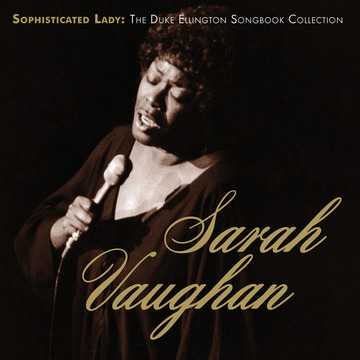
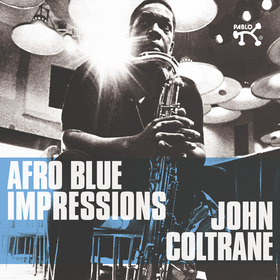
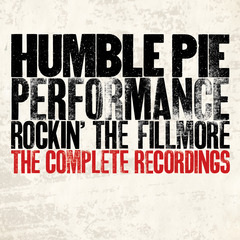
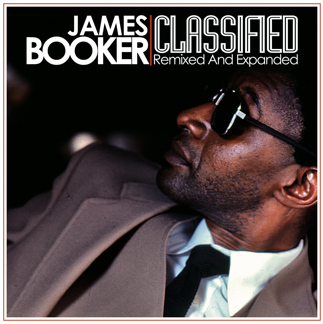
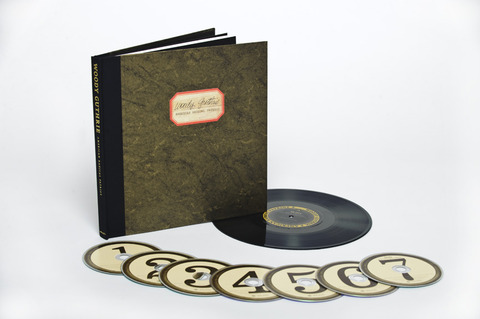
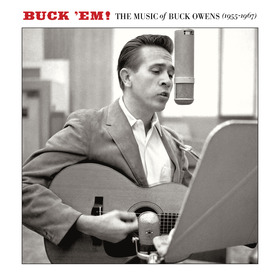
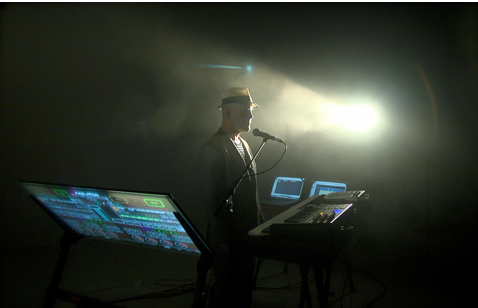
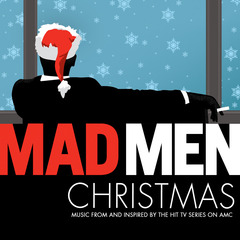
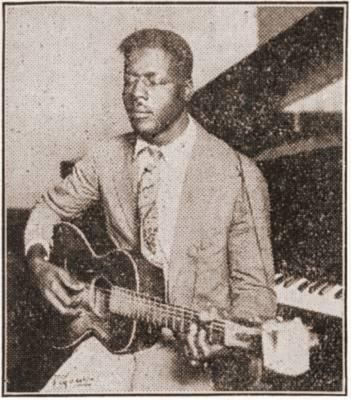
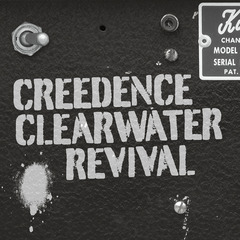
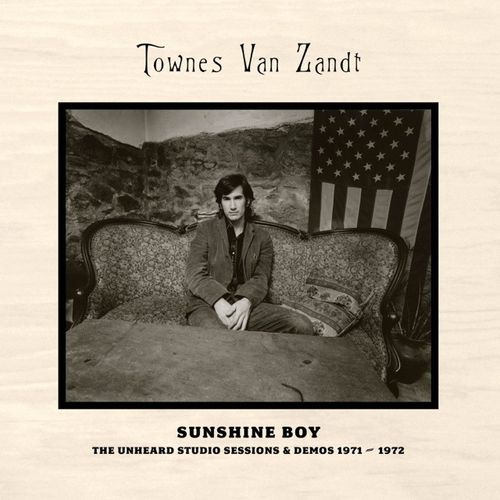
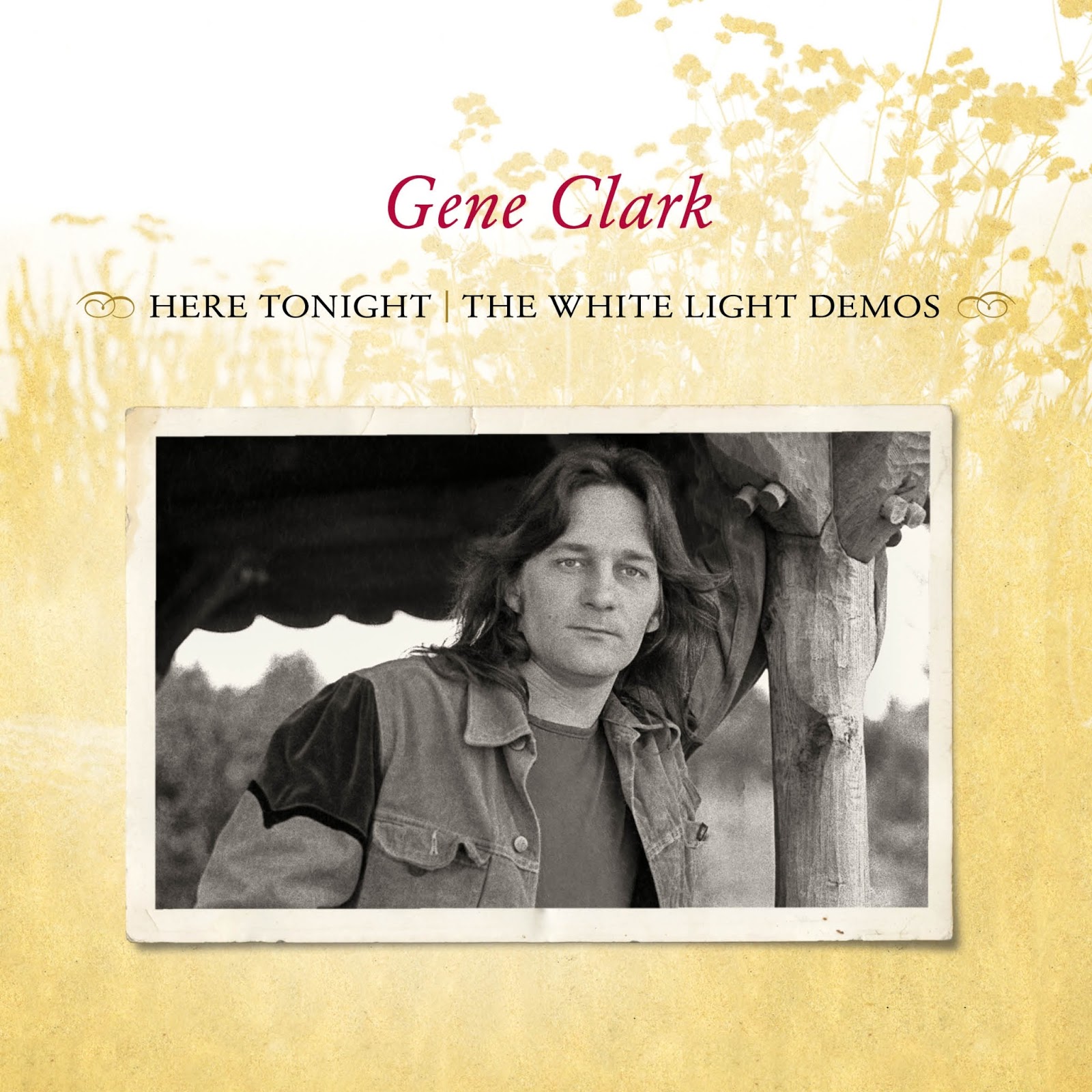 undoubtedly find a new and welcoming audience.” Uncut’s Bud Scoppa described it thusly: “Even [the] moments of relative repose unfurl against an unmistakable backdrop of melancholy, like shafts of sunlight intermittently appearing amid a thick bank of storm clouds.” Never before available on LP, the pressing for Back to Black Friday Record Store Day will be on orange vinyl.
undoubtedly find a new and welcoming audience.” Uncut’s Bud Scoppa described it thusly: “Even [the] moments of relative repose unfurl against an unmistakable backdrop of melancholy, like shafts of sunlight intermittently appearing amid a thick bank of storm clouds.” Never before available on LP, the pressing for Back to Black Friday Record Store Day will be on orange vinyl.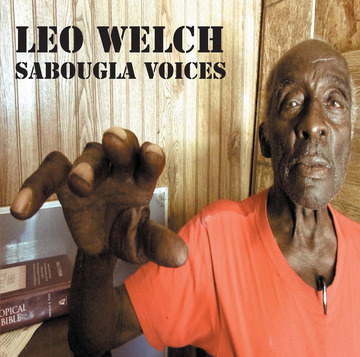

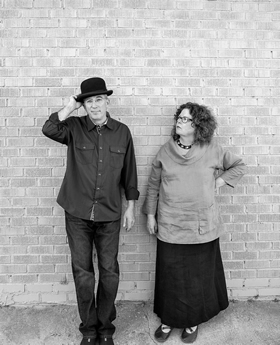
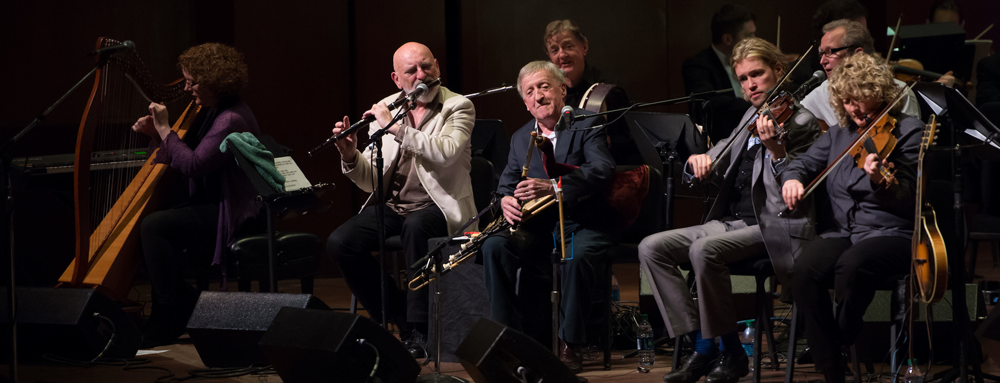
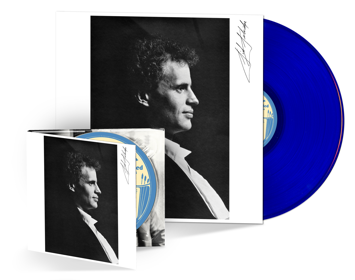
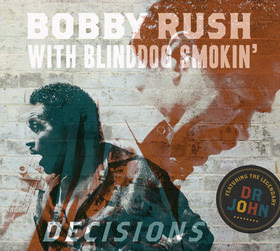
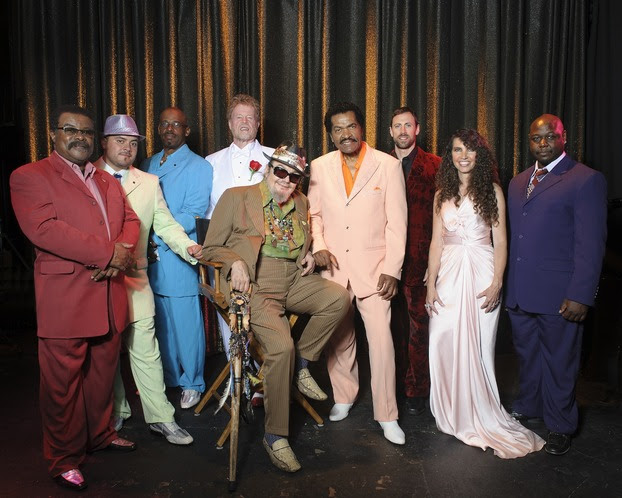 The leadoff track, “Another Murder in New Orleans” addresses in graphic terms the street violence that has ravaged that city post-Hurricane Katrina, and debuted last Fall at a fundraiser for Crimestoppers. It was written by Gustafson and Decisions producer Donald Markowitz, who won the Oscar for the Dirty Dancing soundtrack smash “I’ve Had the Time of My Life.”“When [Carl] first approached me about singing this I was leery about it because I didn’t want to sing a song that would make people think bad about Louisiana,” says Rush. “But when I listened to the lyrics and the story I changed my mind … wherever senseless violence happens, that’s your New Orleans. You could be in the country, a small town, or Timbuktu …”In September, director Jennifer DeLia and producer Julie Pacino, who is the daughter of Oscar-winning actor Al Pacino, shot a video for the song in the French Quarter that will debut early 2014.“I think it’s important to know that the video and the song have a lot to do with hope,” says Gustafson. “Not just despair.”“Another Murder in New Orleans” and Rush’s morals-seeking title track, “Decisions,” are the rare serious notes on an otherwise light-hearted blues romp that is rooted in Rush and Gustafson’s unlikely friendship. Other songs include “Sittin’ Here Waitin’,” the autobiographical “Bobby Rush’s Bus” about the singer’s constantly-moving tour vehicle, “Funky Old Man,” the rap-flavored “Dr. Rush,” the acoustic jam “Too Much Weekend,” and “Skinny Little Women,” which tackles an issue Rush has been pre-occupied with for some time.“Little bitty woman why you always in the mirror talking ’bout how good you look/You ought to be doing like that fat woman in the kitchen seeing ’bout how good you cook,” sings Rush, who had one of his biggest successes in the ’90s with the album Lovin’ a Big Fat Woman. “It’s a joke-y thing. But if you notice that little skinny ladies all the time they look cute and good and smell good and look good. All that’s good but the big lady has got somebody, too. She needs some lovin’, too.”Decisions comes as Rush continues his late-career emergence from the chitlin’ circuit underground to music mainstream. Having previously been featured in the “Road to Memphis” segment of the Martin Scorcese documentary “The Blues,” Rush enjoyed perhaps the biggest success of his career last year with the Grammy-nominated record
The leadoff track, “Another Murder in New Orleans” addresses in graphic terms the street violence that has ravaged that city post-Hurricane Katrina, and debuted last Fall at a fundraiser for Crimestoppers. It was written by Gustafson and Decisions producer Donald Markowitz, who won the Oscar for the Dirty Dancing soundtrack smash “I’ve Had the Time of My Life.”“When [Carl] first approached me about singing this I was leery about it because I didn’t want to sing a song that would make people think bad about Louisiana,” says Rush. “But when I listened to the lyrics and the story I changed my mind … wherever senseless violence happens, that’s your New Orleans. You could be in the country, a small town, or Timbuktu …”In September, director Jennifer DeLia and producer Julie Pacino, who is the daughter of Oscar-winning actor Al Pacino, shot a video for the song in the French Quarter that will debut early 2014.“I think it’s important to know that the video and the song have a lot to do with hope,” says Gustafson. “Not just despair.”“Another Murder in New Orleans” and Rush’s morals-seeking title track, “Decisions,” are the rare serious notes on an otherwise light-hearted blues romp that is rooted in Rush and Gustafson’s unlikely friendship. Other songs include “Sittin’ Here Waitin’,” the autobiographical “Bobby Rush’s Bus” about the singer’s constantly-moving tour vehicle, “Funky Old Man,” the rap-flavored “Dr. Rush,” the acoustic jam “Too Much Weekend,” and “Skinny Little Women,” which tackles an issue Rush has been pre-occupied with for some time.“Little bitty woman why you always in the mirror talking ’bout how good you look/You ought to be doing like that fat woman in the kitchen seeing ’bout how good you cook,” sings Rush, who had one of his biggest successes in the ’90s with the album Lovin’ a Big Fat Woman. “It’s a joke-y thing. But if you notice that little skinny ladies all the time they look cute and good and smell good and look good. All that’s good but the big lady has got somebody, too. She needs some lovin’, too.”Decisions comes as Rush continues his late-career emergence from the chitlin’ circuit underground to music mainstream. Having previously been featured in the “Road to Memphis” segment of the Martin Scorcese documentary “The Blues,” Rush enjoyed perhaps the biggest success of his career last year with the Grammy-nominated record 